PARASLAYER 200:1 ANTIHELMINTIC – New!
November 6, 2020STOMACH RESET COMBO (Fix Virtually All Gastrointestinal Problems) Featuring: PURGE/ PARASLAYER/ HELICO
December 12, 2020E K G : Cardioprotective 200:1
$275.00
INTRODUCING
INTERSTELLAR BLEND™
E K G
cardioprotective
200:1 Concentration
Galactic Heartbeat: The Cosmic Dance of Phytochemicals, Ketogenic Diet, and Intermittent Fasting in the Quest for Cardiovascular Health
In the ethereal realms of the cosmos, nestled within the folds of the vast Andromeda galaxy, was a lush planet named Phyto. A planet renowned for its exotic medicinal plants, brimming with potent phytochemicals, flavonoids, and polyphenols. It was home to an ancient civilization known as the Cardians, a people admired across galaxies for their exceptional heart health.
The Cardians, despite living under a sky studded with countless stars, had their lives guided by three potent forces: the Interstellar Blends, the ketogenic diet, and the 22/2 OMAD (One Meal A Day) fasting.
Interstellar Blends, the elixir of life on Phyto, was a concoction of the planet’s medicinal plants, each chosen for its rich content of flavonoids and polyphenols. Green tea, with its abundant flavonoid epigallocatechin gallate, known for reducing blood pressure; grapes, rich in resveratrol, a polyphenol that safeguarded the heart; and vibrant blueberries, laden with anthocyanins to improve vascular function, all went into making this potent blend.
The Cardians consumed this blend in their fasting window, during the 22 hours of the day when they refrained from eating. This practice, known as the 22/2 OMAD fasting, had been part of their culture for eons. They believed this fasting not only strengthened their bodies’ metabolic responses but also enhanced the absorption and efficiency of the phytochemicals from the Interstellar Blends.
Their single meal of the day, consumed in a 2-hour window, was based on the principles of the ketogenic diet. It was low in carbohydrates, high in healthy fats, and moderate in protein. This dietary pattern triggered a metabolic state called ketosis, wherein their bodies burned fat for energy rather than carbohydrates, leading to weight loss, reduced blood pressure, and improved lipid profiles, all contributing to excellent cardiovascular health.
The Cardians’ lifestyle, a harmonious blend of the Interstellar blends, ketogenic diet, and 22/2 OMAD fasting, allowed them to harness the protective power of the phytochemicals, maintain a healthy weight, and cultivate metabolic resilience. Their hearts thrived, beating with the rhythmic pulse of the universe, resilient against the specter of cardiovascular disease.
Word of their impeccable heart health spread across galaxies, making the Cardians a symbol of longevity and vitality. Their story served as an enduring testament to the power of phytochemicals, the benefits of a ketogenic diet, and the transformative potential of fasting.
Looking to this distant world, we on Earth are reminded of the power of nature, the wisdom in our dietary choices, and the strength we can derive from discipline. Just as the Cardians, with their Interstellar Blends, ketogenic diet, and 22/2 OMAD fasting, we too can protect our hearts and fortify ourselves against cardiovascular disease.
The Cardioprotective effects of polyphenols: A focus on classic cardiovascular risk factors
Cardiovascular disease remains the primary cause for death globally. Flavonoids are polyphenolic compoundswith well-known antioxidant properties, found in high concentrations in common dietary sources like fruits, vegetables, legumes. There is growing evidence that flavonoids exhibit Cardioprotective properties by influencing classic risk factors for cardiovascular disease: hypertension , diabetes mellitus, dyslipidemia, smoking and stress. Recent data show that flavonoids decrease both systolic and diastolic blood pressure through nitric oxide-dependent mechanisms. Cocoa-derived antioxidant s are mostly associated with antihypertensive effects in several trials. Accordingly, rich in flavonoids, other types of food have a beneficial impact on lipid profile, by lowering LDL and increasing HDL levels, accompanied by an ameliorated proinflammatory cytokines’ pattern. The propitious influence of flavonoids in several metabolic diseases and particularly in diabetes mellitus, is mediated by their ability of mitigating insulin resistance and increasing insulin sensitivity in peripheral tissues. Tea catechins play a pivotal role in regulating glucose metabolism among other polyphenols too, diminishing diabetic complications such as diabetic neuropathy, nephropathy, retinopathy etc. Interestingly, flavonoid consumption can reduce smoking detrimental effects on the cardiovascular system, by reducing redox state or inflammation. Accordingly, increased flavonoid uptake seems to exert anxiolytic and antidepressant properties, reducing psychological stress.
Flavonoids—Chemistry, metabolism, Cardioprotective effects , and dietary sources
Flavonoids are a group of polyphenolic compounds, diverse in chemical structure and characteristics, found ubiquitously in plants. Therefore, flavonoids are part of the human diet. Over 4,000 different flavonoids have been identified within the major flavonoid classes which include flavonols, flavones, flavanones, catechins, anthocyanidins, isoflavones, dihydroflavonols, and chalcones. Flavonoids are absorbed from the gastrointestinal tracts of humans and animals and are excreted either unchanged or as flavonoid metabolites in the urine and feces. Flavonoids are potent antioxidant s, free radical scavengers, and metal chelators and inhibit lipid peroxidation. The structural requirements for the antioxidant and free radical scavenging functions of flavonoids include a hydroxyl group in carbon position three, a double bond between carbon positions two and three, a carbonyl group in carbon position four, and polyhydroxylation of the A and B aromatic rings. Epidemiological studies show an inverse correlation between dietary flavonoid intake and mortality from coronary heart disease (CHD) which is explained in part by the inhibition of low density lipoprotein oxidation and reduced platelet aggregability.
With more than 8000 polyphenols found in food (mainly, wine, tea, coffee, cocoa, vegetables and cereals), many epidemiological studies suggest that the intake of polyphenol-rich foods has a beneficial effect on a large number of cardiovascular risk factors, such as high blood pressure , high blood cholesterol, obesity , diabetes and smoking. The mechanisms involved in the cardioprotective effects of polyphenols are numerous and include antioxidant , vasodilator, anti-inflammatory, anti-fibrotic, antiapoptotic and metabolic. Most importantly, recent experimental data demonstrate that polyphenols can exert its cardioprotective effect via the activation of several powerful prosurvival cellular pathways that involve metabolic intermediates, microRNAs, sirtuins and mediators of the recently described reperfusion injury salvage kinases (RISK) and survivor activating factor enhancement (SAFE) pathways.
Myocardial ischemia is the leading cause of death worldwide. Despite better outcomes with early coronary artery reperfusion strategies, morbidity and mortality remain significant. The principal myocardial hallmark of myocardial ischemia is cell death and the associated impairment of cardiac contractility. In this way, the use of extracts from medicinal plants versussynthetic drugs to mitigate post-ischemic damage constitutes an alternative. Despite their proven beneficial effects in cardiovascular disorders, the use of many plants is questioned. Our aim is to update the clinical and experimental studies about the actions of medicinal plants and polyphenol-enriched extracts against ischemia–reperfusion injury and the involved mechanisms. A review of the recent scientific literature (last ten years) on cardioprotective medicinal plants was developed using the following bibliographic databases: PubMed, Scopus, Web of Knowledge and Google Scholar. Herein, the clinical and experimental studies on medicinal plants and their phenolic compounds have been reviewed. The second part of this review was centered on the search for medicinal plant extracts and natural products isolated from them as potential cardioprotective agents. The botanical names of the cited plants have been authenticated by searching the Plant List and Royal Botanical Garden, Kew databases. The data collected show that treatment with natural products diminishes post-ischemic damage through an improvement of the mitochondrial functionality mainly mediated by enhanced nitric oxide bioavailability. Despite these results, further studies must be carried out to validate their use to prevent or mitigate ischemia–reperfusion injury in the clinical setting.
Phenolic compounds as well as flavonoids are well-known as antioxidant and many other important bioactive agents that have long been interested due to their benefits for human health, curing and preventing many diseases. This review attempts to demonstrate an overview of flavonoids and other phenolic compounds as the interesting alternative sources for pharmaceutical and medicinal applications. The examples of these phytochemicals from several medicinal plants are also illustrated, and their potential applications in pharmaceutical and medical aspects, especially for health promoting e.g., antioxidant effects , antibacterial effect, anti-cancer effect, cardioprotective effects , immune system promoting and anti-inflammatory effects , skin protective effect from UV radiation and so forth are highlighted.
Flavonoids and mitochondrial pharmacology: A new paradigm for cardioprotection
Since these pharmacodynamic features seem to be poorly considered, this review examines the mitochondrial role in the cardioprotective mechanisms of some members of this phytochemical class, by describing the biological pathways and reporting an overview of the most important experimental evidence in this field.
Cardioprotective Activity of Selected Polyphenols Based on Epithelial and Aortic Cell Lines.
Polyphenols have recently gained popularity among the general public as products and diets classified as healthy and containing naturally occurring phenols. Many polyphenolic extracts are available on the market as dietary supplements, functional foods, or cosmetics, taking advantage of clients’ desire to live a healthier and longer life. However, due to the difficulty of discovering the in vivo functions of polyphenols, most of the research focuses on in vitro studies. In this review, we focused on the cardioprotective activity of different polyphenols as possible candidates for use in cardiovascular disease therapy and for improving the quality of life of patients. Thus, the studies, which were mainly based on endothelial cells, aortic cells, and some in vivo studies, were analyzed. Based on the reviewed articles, polyphenols have a few points of action, including inhibition of acetylcholinesterase, decrease in reactive oxygen species production and endothelial tube formation, stimulation of acetylcholine-induced endothelium-derived mediator release, and others, which lead to their cardio- and/or vasoprotective effects on endothelial cells. The obtained results suggest positive effects of polyphenols, but more long-term in vivo studies demonstrating effects on mechanism of action, sensitivity, and specificity or efficacy are needed before legal health claims can be made.
The Cardioprotective power of leaves
Lack of physical activity, smoking and/or inappropriate diet can contribute to the increase of oxidative stress, in turn affecting the pathophysiology of cardiovascular diseases. Strong anti-oxidant properties of plant polyphenolic compounds might underlie their cardioprotective activity. This paper reviews recent findings on the anti-oxidant activity of plant leaf extracts and emphasizes their effects on blood platelets, leukocytes and endothelial cells – the targets orchestrating the development and progression of cardiovascular diseases. We also review the evidence linking supplementation with plant leaf extracts and the risk factors defining the metabolic syndrome. The data point to the importance of leaves as an alternative source of polyphenolic compounds in the human diet and their role in the prevention of cardiovascular diseases.
For many decades, the use of synthetic chemicals as drugs has been effective in the treatment of most diseases. Moreover, from ancient to modern history, many traditional plant based medicines are playing an important role in health care. Phytochemicals are natural bioactive compounds found in vegetables, fruits, medicinal plants, aromatic plants, leaves, flowers and roots which act as a defense system to combat against diseases. The phytochemicals from natural products cover a diverse range of chemical entities such as polyphenols, flavonoids, steroidal saponins, organosulphur compounds and vitamins. A number of bioactive compounds generally obtained from terrestrial plants such as isoflavones, diosgenin, resveratrol, quercetin, catechin, sulforaphane, tocotrienols and carotenoids are proven to reduce the risk of cardiovascular diseases and aid in cardioprotection which is the leading cause of death globally. The cardioprotective effects of the various phytochemicals are perhaps due to their antioxidative , antihypercholesteroemic, antiangiogenic, anti-ischemic, inhibition of platelet aggregation and anti inflammatory activities that reduce the risk of cardiovascular disorders. The multi-faceted role of the phytochemicals is mediated by its structure-function relationship and can be considered as leads for cardiovascular drug design in future. This review summarizes the findings of recent studies on selected phytochemicals as prophylactic and therapeutic agents in cardioprotection.
INGREDIENTS & SCIENCE
Abelmoshcus Esculentus
To investigate the Cardioprotective potential of the aqueous extract of Allium cepa Linn. bulb in isoprenaline-induced myocardial injury in Wistar albino rats. In vitro total phenolic, total flavonoid content and 2, 2’-diphenyl-1-picrylhydrazyl hydrate radical scavenging activity was measured. Isoprenaline-induced myocardial injury model was used to evaluate in vivo effect of aqueous extract of A. cepa in Wistar albino rats. Seventy two rats were randomly divided in 6 groups. Rats were treated with A. cepa 400 mg/kg and 800 mg/kg doses for 30 days and myocardial injury was produced by subcutaneous injection of isoprenaline (ISO) 85 mg/kg on day 28 and 29. Carvedilol 1 mg/kg for 30 days served as active control. Electrocardiogram parameters, cardiac injury markers, oxidative stress markers and histopathological changes were evaluated in each group and compared using appropriate statistical tests. In vitro evaluation of aqueous extract of A. cepa showed significant antioxidant property. ISO produced significant myocardial injury as compared to normal control group (P < 0.05). Administration of A. cepa in the dose of 400 mg/kg significantly recovered the altered parameters (Troponin-I, Creatine kinase-MB, glutamate-pyruvate transaminase, HR, R-R interval, and oxidative stress markers) compared to disease control group (P < 0.05) while A. cepa in the dose 800 mg/kg recovered the altered parameters (HR, heart weight/body weight ratio, and superoxide dismutase level) compared to disease control group. Histopathological parameters did not recover in the doses of 400 and 800 mg/kg (P > 0.05). The aqueous extract of A. cepa 400 mg/kg was found to be Cardioprotective against myocardial injury while A. cepa 800 mg/kg did not show significant Cardioprotective activity. So, we presume that A. cepa might be effective within certain dose range only.
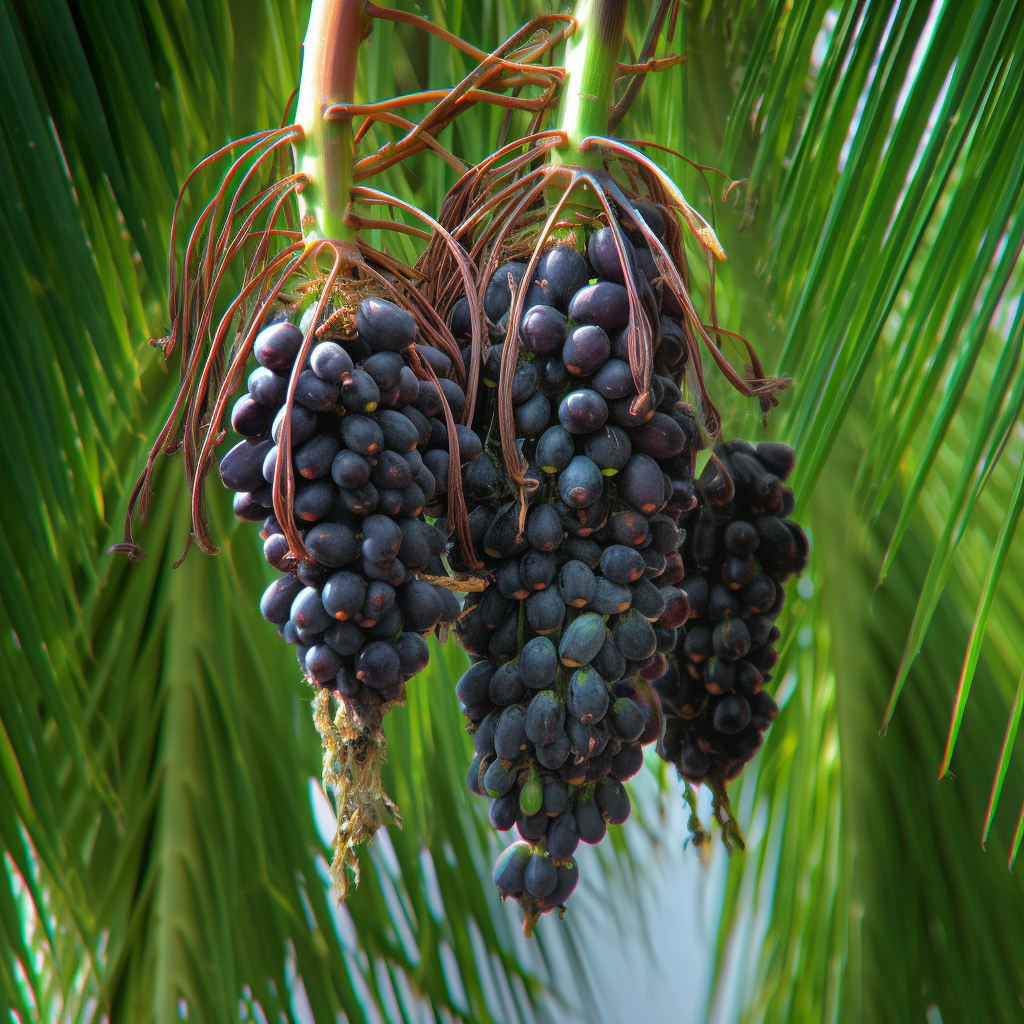
Açaí Seed
ASE protected against maternal cardiovascular changes and IUGR in the L-NAME-induced PE. The protective effect of ASE may be partly explained by its antioxidant property.
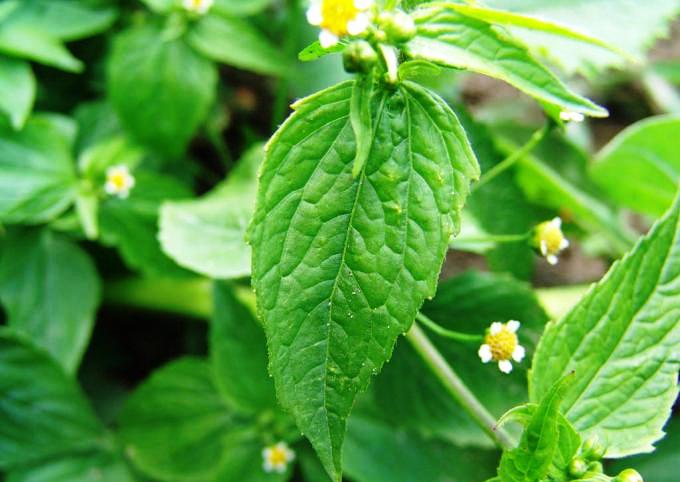
Acalypha Indica
Acalypha indica Linn. (Euphorbiaceae) is a common annual shrub that grows in the tropical India and recognized as a medicinal plant in traditional Indian system. The present study is designed to uncover the Cardioprotective role of this plant. The A. indica leaves were extracted with water, ethanol and methanol by Soxhlet method. On the basis of qualitative screening of secondary metabolites and antioxidant activity by DPPH method, methanol was finalized as a suitable solvent for extraction. The methanolic extract possesses high retaining capacity of all the metabolites (alkaloids, flavanoids, saponins, sterols, terpenoids, phenolic compounds and tannins) examined in this study with high antioxidant activity. On acute toxicity analysis, no lethality or toxicity was observed for A. indica leaf extracts.
To investigate the Cardioprotective role of methanolic extract, myocardial infarction (MI) was induced in rats using isoproterenol. The levels of inflammatory marker (LDH), cardiac markers (CRP, troponin-T, CK-MB), lipid peroxidase activity were restored to normal levels in MI induced rats pretreated with leaf extract. In addition, the histopathological analysis of the heart tissue confirmed the protection of tissue damage by A. indica. In conclusion, the A. indica leaves possess possibly active metabolites that protects the cardiac tissue from cardiovascular diseases.
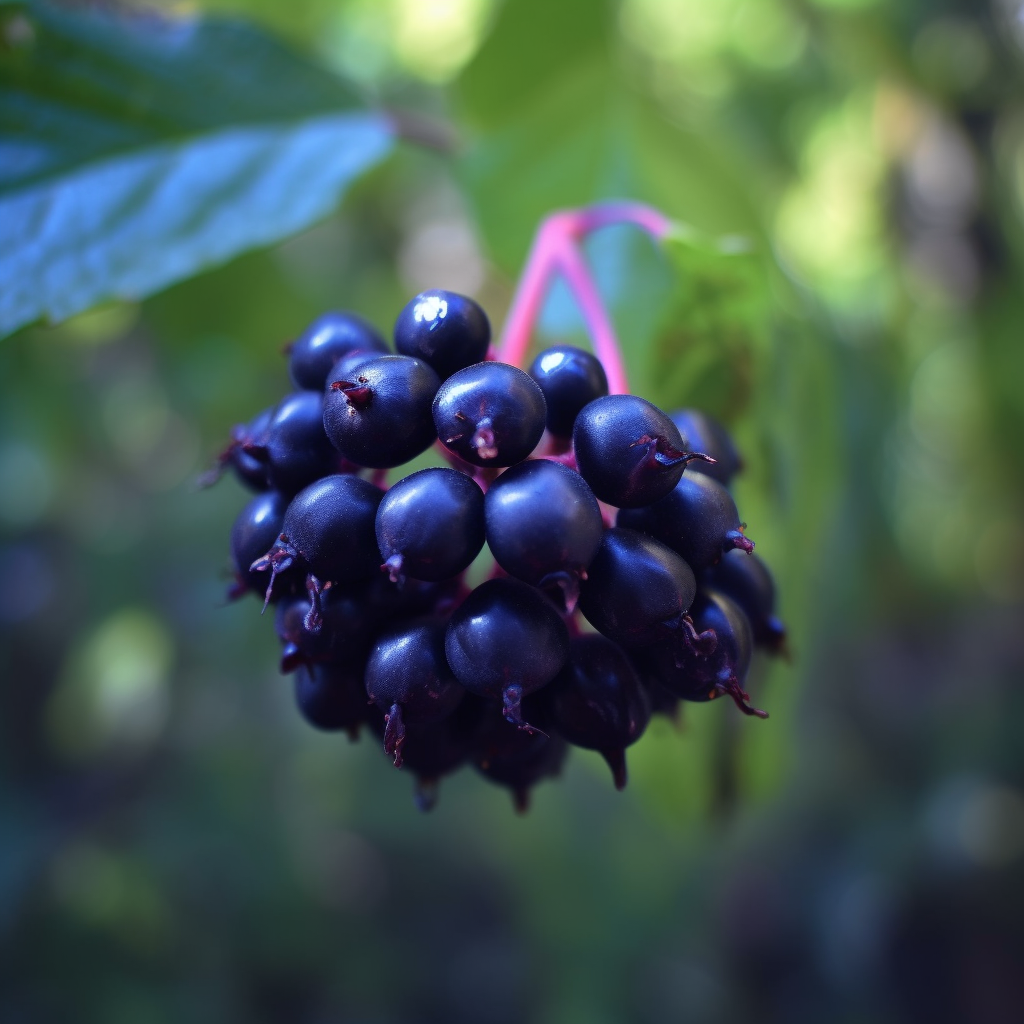
Acanthopanax Ethanol
Effect of Acanthopanax Ethanol Extract on Experimental Renal hypertension in Rats
This study was carried out for the purpose of observing the effect of Korean Acanthopanax Radicis Cortex on renal hypertension and to clarify the mechanism of this effect, making use of its ethanol extract. Adult male or female rats, weighing 180-250g, were divided into 3 groups; the first for normotensive control, the second for hypertensive control and the third for hypertensive Acantopanax-treatment. Rats in the normotensive and hypertensive control group were administered 0.9% saline subcutaneously only, whereas those in the Acanthopanax-treated hypertensive group were administered 50mg/kg Acanthopanax ethanol extract subcutanously once a day. Changes of original blood pressure, and responses of blood pressure to various 4gents(norepinephrine, angiotensin, acetylcholine, serotonin and histamine) were recorded for each group on the initial, 18th, 32nd and 46th days of the experiment. The results obtained in this experiment are as follows: 1) The initial blood pressure was 102.6±7.6mmHg on the average. The blood pressures of the normotensive control group were not observed to alter significantly at any period in the course of the experiment. 2) The mean blood pressures in the hypertensive control group were recorded at 120.3±10.4mmHg on the 18th day, at 134.5±9.2 on the 32nd day and at 138.8±8.3 on the 46th day, thus revealing significant elevation in comparison with the corresponding normotensive control group blood pressures. On the other hand, the mean blood pressure s in Acanthopanax-treated hypertensive group on the 18th, 32nd and 46th days were 118.3±9.7,129.9±8.3and120.2±8.3mmHg respectively.
The blood pressure s of the hypertensive-Acanthopanax group recorded. on the 46th day revealed a significant difference as compared with those of the corresponding hypertensive control group. 3) On the 46th day of this experiment, the responses of blood pressure to acetylcholine in the hypertensive-Acanthopanax group were suppressed significantly as compared with those of the hypertensive control group, and in the latter group, angiotensin was decreased markedly as compared with the corresponding normotensive control group. In contrast, pressor action of norepinephrine and depressor action of serotonin and histamine did not differ significantly among the three groups. These results suggest that Acanthopanax ethanol extract suppresses the induction of renal hypertension by means of a cholinergic action such as that caused by acetylcholine.
Adansonia Digitata Stem Bark
Adansonia digitata is a plant used against cardiovascular disorders in African folk medicine. We assessed the effects of the aqueous extract of its stem bark on the development of hypertension in L-NAME-induced hypertensive rats.
Methods: The animals were administered L-NAME once daily for 3 weeks (25 mg/kg, i.p.), concomitantly with aqueous extract of A. digitata stem bark (100 and 200 mg/kg, p.o.) or captopril (20 mg/kg, p.o.). Then, hemodynamic and electrocardiographic parameters, oxidative stress markers, and the lipid profile were assessed in the blood and heart, aorta, and kidney homogenates, and histopathological analyses were performed.
Results: L-NAME-induced hypertensive control animals, but not the animals concomitantly treated with A. digitata extract, displayed increases in the mean arterial blood pressure (21.64% difference, vs. dose 200 mg/kg), systolic arterial blood pressure (21.33%, ), and the diastolic arterial blood pressure (21.84%, ). In addition, hypertensive control animals displayed (i) increases in serum triglycerides, total cholesterol, LDL, and creatinine levels, malondialdehyde and transaminase activities, and atherogenic index; (ii) decreases in serum HDL, catalase, reduced glutathione, and nitric oxide; and (iii) aorta wall thickening, inflammatory cell infiltration, and cell loss in the cardiac muscle and renal tissues. As captopril, the extract prevented hypertension-like changes in lipid profile, cardiac, hepatic, and renal affection indicators, and oxidative stress markers.
Conclusion: Our findings suggest that the extract of A. digitata has antihypertensive and antioxidant effects in L-NAME-induced hypertension rat models. These effects partly justify the traditional medicine use against cardiovascular disorders.
Aegle Marmelos
The present study was undertaken to evaluate the Cardioprotective effect of methanolic extract of Aegle marmoles leaves (AMLE) against isoproterenol (ISO) induced myocardial damage in rats. Rats of either sex were administered AMLE (100 and 500 mg/kg) for three weeks and propranolol (PRO, 10 mg/kg) for one week in their respective groups orally. Subsequently myocardium injury was induced by subcutaneous administration of isoproterenol (150 mg/kg) for two consecutive days. The influence of prophylactic treatment was analysed by quantification of biomarkers and antioxidants. The CK-MB activities were fallen in serum and raised in heart tissue of animals treated with low and high doses of AMLE as well as PRO compared to ISO control. However, low dose of AMLE did not demonstrate any significant change in serum and tissue LDH activity when compared to ISO control.
Further, high and low doses of AMLE caused significant elevation in SOD and CAT activities compared to ISO control. Furthermore, TBARS level declined in heart tissues of animals treated with PRO and high doses of AMLE, whereas, low dose of AMLE was not equally potent. Hence it is concluded that the low dose of AMLE was less effective than the high dose of AMLE and PRO.
Aerva Lanata
To evaluate the Cardioprotective effect of aqueous, ethanol and aqueous ethanol extract of Aerva lanata (A. lanata) against doxorubicin induced cardiomyopathy in Wistar rats.
By all these findings A. lanata has showed significant Cardioprotective activity, which provides scientific proof of these traditional values.
Agathosma
The effects Of A Watery Extract Of Agathosma On The Development Of hypertension
obesity is a major risk factor for non-communicable diseases (NCD), a collective term given to type 2 diabetes (T2D), hypertension (HTN) and cardiovascular disease (CVD). Globally, NCDs are the leading cause of death. In recognition of this, untested remedies are flooding the market. Buchu water is one of these herbal remedies advertised as having antihypertensive properties. This water is a by-product of the extraction of the oil from the leaves of Agathosma. Buchu water is already freely available to the public.
Our present study was novel and demonstrated that Buchu water treatment exhibits similar properties to that of antihypertensive medication known as angiotensin-converting enzyme inhibitors. It acts on the whole body RAAS in a similar manner reducing both BP and weight gain. It also reduced metabolic aberrations (HTN, leptin, aldosterone) seen in animals on a HFD, partly through visceral fat remodelling. In addition Buchu water also elicits some Cardioprotective properties. Thus we conclude that Buchu water is an alternative, cost effective and ready available means to treat HTN and is beneficial to one’s health.
Ageratum Conyzoides
Diabetes mellitus has developed into one of the debilitating diseases disturbing the health of many people living with cardiovascular diseases in modern times. The root of Ageratum conyzoides was investigated for its effects on alloxan-induced diabetic Wistar rats’ cardiac tissues. Thirty-two (32) Wistar rats weighing between 180 and 190 g were randomly divided into four groups. The animals in groups B-D were induced with a single dose of 150 mg/kg body weight of alloxan (ALX) intraperitoneally. They were confirmed hyperglycemic after 72 hours of induction and then sustained in hyperglycemic condition for 2 weeks. Animals in groups C and D received AC intervention, as stated above, for four weeks. The body weight of the experimental animals and blood collection for glucose estimation were taken weekly for six weeks using appropriate instruments. Biochemical assays for lipid profile, antioxidant enzymatic, and nonenzymatic markers were carried out. Histopathological changes in the cardiac tissues were also studied. Administration of 150 mg/kg of ALX to experimental rats induced diabetes and significantly reduced the body weights, significantly () increased the glucose level, triglyceride (TG), total cholesterol (TC), and low-density lipoprotein (LDL) levels, and decreased the levels of high-density lipoprotein (HDL) and antioxidant enzymatic markers such as catalase (CAT), superoxide dismutase (SOD), and glutathione peroxidase (GPx) while the antioxidant nonenzymatic marker such as malondialdehyde (MDA) level was significantly increased.
By contrast, rats given the ethanolic extract root of A. conyzoides had significantly () increased the body weight gain, whereas the glucose levels significantly () improved in treated diabetic rats. This extract also improved the cardiovascular system of the diabetic rats by significantly decreasing TG and LDL levels, significantly () increasing the HDL level, significantly reducing the cardiac contents of CAT, SOD, and GPx, and significantly () decreasing MDA. Ethanolic extract root of A. conyzoides exhibited antihyperglycemic and antihyperlipidemic activities and mitigates damage to the heart from the ALX-induced myocardial toxicity associated with type-1 diabetes.
Ajwa Date
Cardioprotective Effect Of Ajwa Date Aqueous Extract On Doxorubicin-Induced Toxicity In Rats
Doxorubicin (DOX) is one of the most potent and widely used chemotherapeutic agents to treat several malignancies. However, the clinical use of DOX is seriously restricted due to its acute and chronic cardiotoxic side effects This study investigated the protective effect of (Ajwa) date aqueous extract (AJDAE) against doxorubicin-induced cardiotoxicity in rats. Sixty Wister albino male rats (150-200 gms.) were comprised in our study and divided into six equal groups: group I (untreated control), group II, group III, rats were orally received AJDAE (0.75 & 1.5 gm/ kg.bw) respectively, for 4 weeks, rats of groups IV, V and VI were intraperitoneally injected with one dose of doxorubicin (5 mg/kg.bw) at the end of the 4th week of the study to induce cardiotoxicity, rats of groups V & VI were orally received AJDAE (0.75 & 1.5 gm/ kg.bw) respectively. cardiac enzymes, lipid profile, SOD, GR, GST, GPx, CAT and MDA in rats’ hearts homogenate, urinary 8OHdG as well as DNA integrity and histopathological changes were investigated in all studied rats.Oral administration of AJDAE (0.75 & 1.5 gm/ kg.bw) attenuated the cardiotoxicity of DOX, improved the cardiac enzymes, lipid profile, reduced the urinary 8OHdG and prohibited the depletion of endogenous antioxidant s and suppressed lipid peroxidation (MDA).
Moreover, AJDAE enhanced DNA integrity. Histological findings showed that AJDAE (0.75 & 1.5 gm/ kg.bw) administration reduced cardiomyocytes alterations, congestion, edema and the intense cellular stress exerted on myocardial fibers as well as restored the cardiomyocytes architecture. Our data showed that AJDAE obviously resulted in protective effects against DOX-induced cardiotoxicity in rat’s heart. It can be concluded that Ajwa date offers a considerable protection against DOX-induced cardiotoxicity .
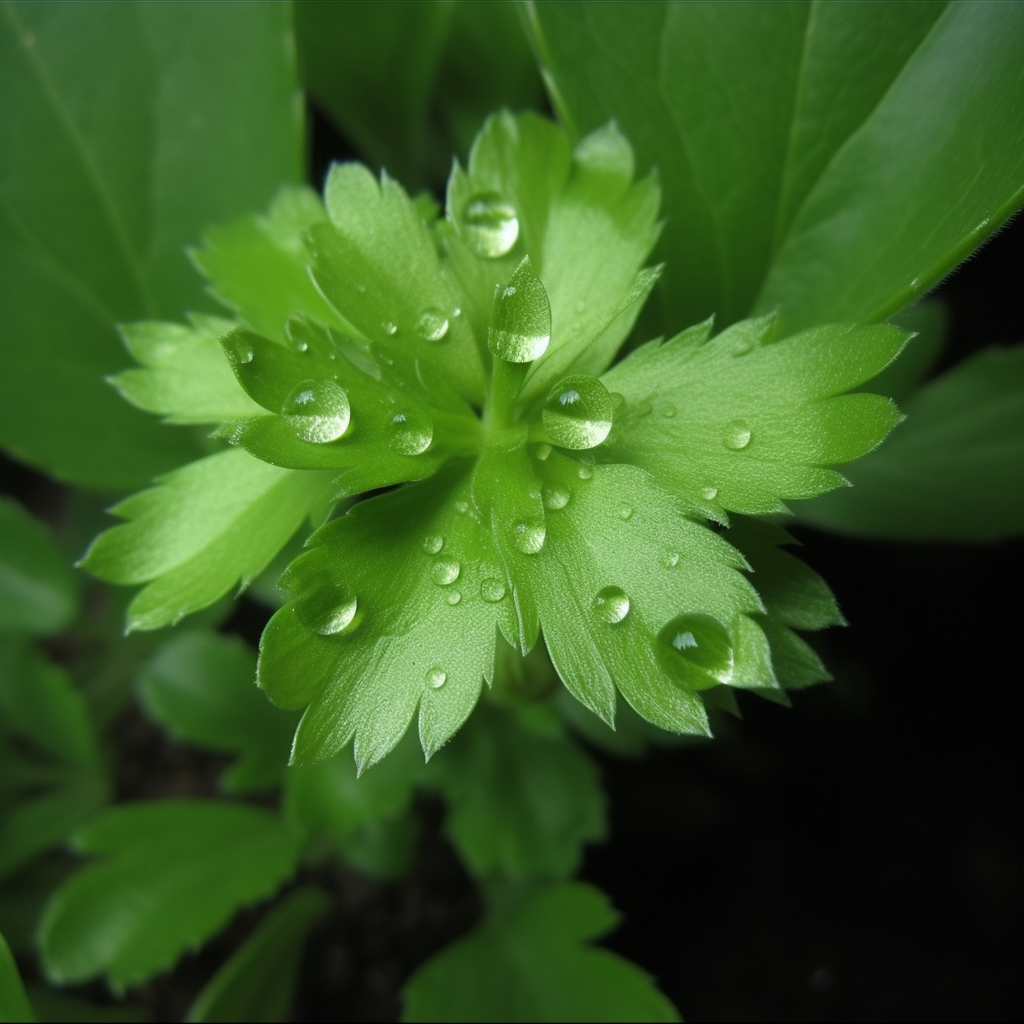
Alchemilla Vulgaris
The course of treatment with Alchemilla vulgaris extract increased the concentrations of lipids and phospholipids in erythrocyte membranes, decreased the number of abnormal erythrocytes, and improved deformability of red blood cells in rats with arterial hypertension .
Allanblackia Gabonensis
This study was designed to evaluate the antihypertensive effect of Alllanblackia gabonensis (A. gabonensis) methanol stem bark extract, and its antioxidative activity in sucrose-induced hypertensive rats. After 6-week treatment period, sucrose significantly increased systolic blood pressure as well as heart rate compare to control. A. gabonensis treatment (150 and 300 mg/kg) prevented the rise in blood pressure in rats with a significant effect on hearth rate. Sucrose induced a significant rise in aspartate amino transferase (AST), alanine amino transferase (ALT), with no effect on total protein.
In heart, liver and kidney, there was an increased in malondialdehyde (MDA) and superoxide dismutase (SOD) with a reduction of glutathione reduced (GSH). treatment of rats with the plant extract significantly (P<0.05) prevented the altered serum and antioxidant marker levels to near normal as compared to sucrose-treated rats. The activity of the extract was comparable to the standard drug, nifedipin (5 mg/kg).These findings suggest that the modulatory influence of the methanol stem bark extract of A. gabonensis on the oxidant status might be a relevant effect accounting for its antihypertensive properties against chronic sucrose-induced hypertensive rats.
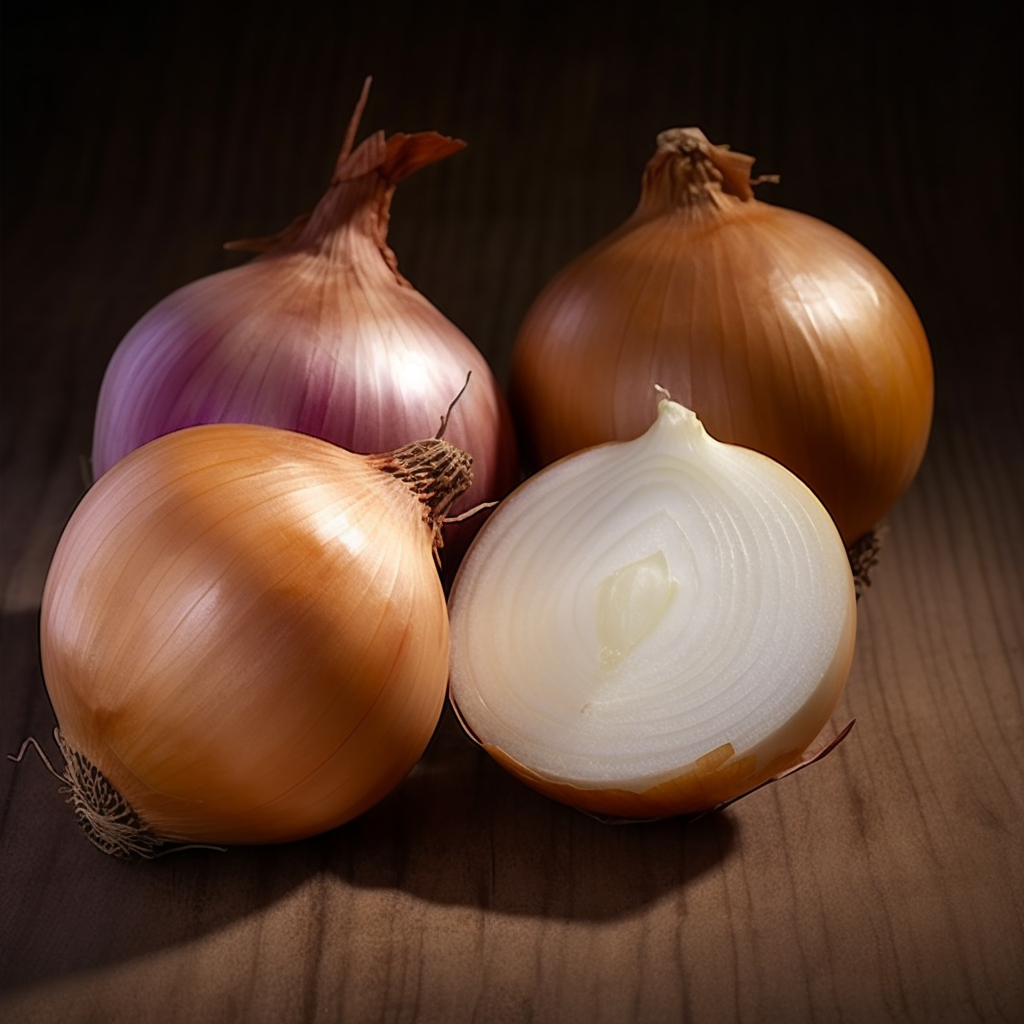
Allium Cepa
The study evaluated the Cardioprotective and antioxidant activity of onion (Allium cepa) leaves extract in Doxorubicin (DOX) induced cardiotoxicity in rats. In this study twenty four male Albino Wistar rats weighing between 200-250g were used. The animals were treated as follows. Group 1: animals served as control and received saline (0.9%)10ml/kg/p.o, Group 2: animals received doxorubicin 10mg/kg, i.v once 48 h before sacrifice. Group 3: animals received vitamin E (4mg/kg/p.o.,) for 14 days followed by Doxorubicin, Group 4: animals received aqueous\n Allium cepa leaves extract of (200mg/kg/day/p.o.,) for 14 days followed by Doxorubicin. In each group, body wt of rats were taken before and after Doxorubicin administration. After 48 hrs of doxorubicin administration blood was collected for serum CK-MB and LDH estimation. Isolated hearts were dried and weighed. In the heart tissues superoxide dismutase (SOD) & catalase (CAT), glutathione (GSH) and malondialdehyde (MDA) were estimated.
Results showed that the mean heart weight/body weight (HW/BW) ratio in group 2 was significantly (p<0.001) decreased, CKMB (p<0.01), LDH (p<0.05) increased, GSH (p<0.01) decreased, MDA (p<0.01) increased, SOD and CAT (p<0.01) enzymes were decreased as compared to group 1. Group 3, 4 has shown significant (p<0.001) increase in (HW/BW) ratio, decrease in CKMB and LDH levels (p<0.01), GSH levels were significantly (p<0.01) increased, MDA levels significantly decreased (p<0.01), SOD and CAT enzymes levels significantly (p<0.01) increased as compared to group 2. It may be concluded that the aqueous extract of A.cepa leaves posseses Cardioprotective and antioxidant activity in doxorubicin induced cardiotoxicity in rats.
Allium Eriophyllum Leaves
Some species of Allium family are known to have antihypertensive, anti-diabetic, and lipid lowering effects.
This study aimed to examine the possible mechanisms of antihypertensive, anti-diabetic, and anti-lipid activities of Allium eriophyllum which grows in Fars province, Iran in a rat model of simultaneous type 2 diabetes and renal hypertension .
The present study findings indicated that antihypertensive, anti-diabetic, and anti-lipid effects of the extract might be partly due to its antioxidant mechanism. It was also revealed that its antihypertensive effects may be additionally mediated by improving the release of nitric oxide as well as by sympatholytic activities.
Allium Humile Leaves
In modern era scientists have been trying to validate many properties of Allium species, especially in terms of the identity of the active components, their mechanism of action and exploring the potential benefits as food supplements. Thus, the present study has been designed to characterize the isolated Cardioprotective compound from Allium humile leaves. Chromatographic purification of the methanolic extract of A. humile leaves isolated ajoene (enol form) (AH-1)- a new potent Cardioprotective principle, along with three known compounds allicin (AH-2) and alliin (AH-3) and a flavonoid quercetin (AH-4).
The structures of all the isolates (AH-1, AH-2) were characterized by using modern spectroscopic analysis UV, IR, 1H and 13C NMR and mass spectrometry. Furthermore, the new isolated compound pharmacologically conformed for Cardioprotective effect. The data of known compounds (AH-2, AH-4) were further compared with the reported data for these compounds.
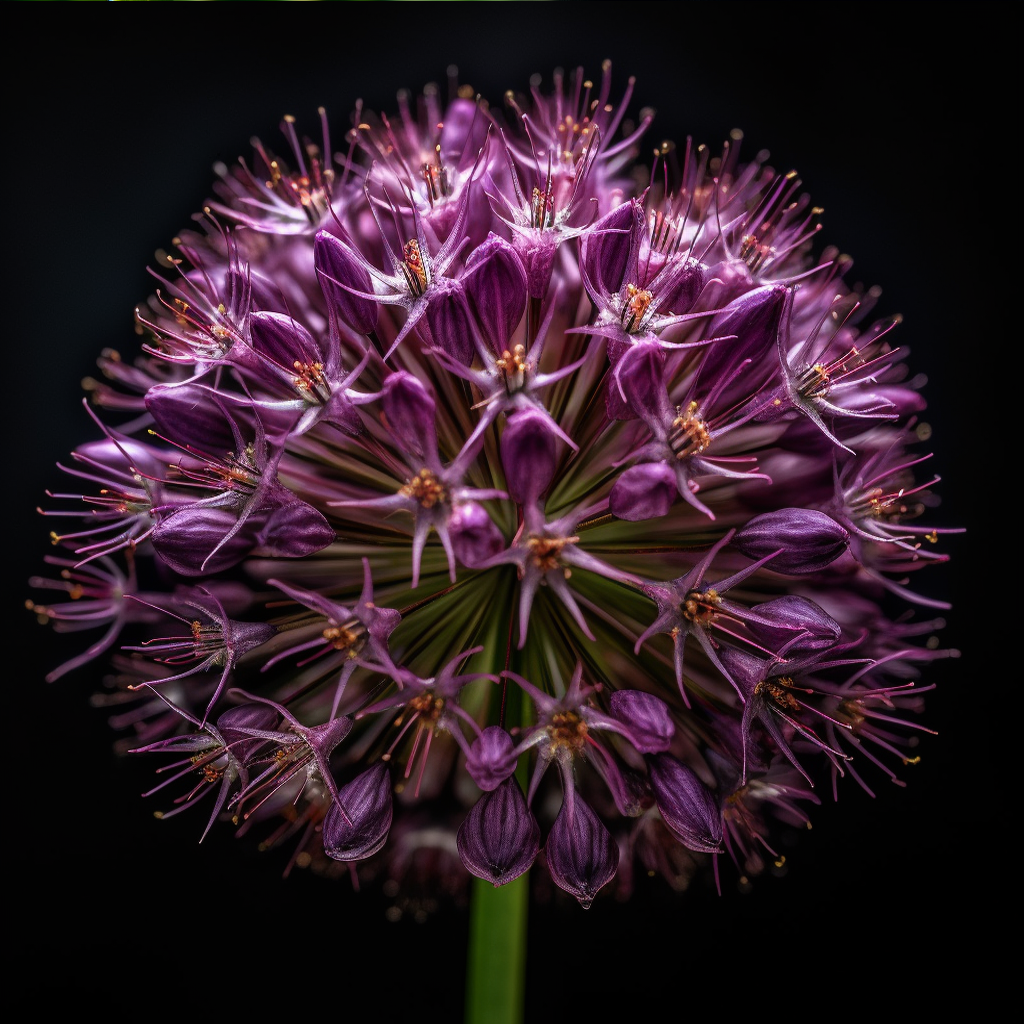
Allium Sativum Linn
The present study investigated the effect of garlic (Allium sativum Linn.) aqueous extracts on ischemic preconditioning and ischemia-reperfusion induced cardiac injury, as well as adenosine involvement in ischemic preconditioning and garlic extract induced cardioprotection. A model of ischemia-reperfusion injury was established using Langendorff apparatus. Aqueous extract of garlic dose was standardized (0.5%, 0.4%, 0.3%, 0.2%, 0.1%, 0.07%, 0.05%, 0.03%, 0.01%), and the 0.05% dose was found to be the most effective. Higher doses (more than 0.05%) were highly toxic, causing arrhythmia and cardiodepression, whereas the lower doses were ineffective. Garlic exaggerated the Cardioprotective effect of ischemic preconditioning.
The Cardioprotective effect of ischemic preconditioning and garlic cardioprotection was significantly attenuated by theophylline (1,000 µmol/L) and 8-SPT (10 mg/kg, i.p.) and expressed by increased myocardial infarct size, increased LDH level, and reduced nitrite and adenosine levels. These findings suggest that adenosine is involved in the pharmacological and molecular mechanism of garlic induced cardioprotection and mediated by the modulation of nitric oxide.
Alpinia Zerumbet
To evaluate the Cardioprotective effects of the hydroalcoholic extract of the leaves of Alpinia zerumbet (AZE) against isoproterenol (ISO)-induced myocardial infarction in rats.
Haemodynamic, biochemical alteration and histopathological results suggest a Cardioprotective protective effect of oral administration of AZE in isoproterenol induced cardiotoxicity .
Amaranthus Cruentus
The present study is focused to evaluate Cardioprotective activity of ethanolic extract of Amaranthus cruentus. Methods: Amaranthus cruentus extract (Dose 200mg/kg and 400mg/kg) in isoprenaline induced myocardial infarction in rats. The ethanolic extract of Amaranthus cruentus was prepared and subjected to acute toxicity in albino rats. The extract was given orallyat two different doses 200mg/kg and 400mg/. Isoprenaline was administered subcutaneously (85mg/kg s.c.).
The outcome of the present study suggested Cardioprotective activity of Amaranthus cruentus extract.
Amaranthus Tricolor
Red spinach (Amaranthus tricolor) has been reported to possess many benefits and medicinal properties and used as a part of traditional medicine in Ayurveda and Siddha. The aim of the study was to investigate the effects of Amaranthus tricolor on isoproterenol-induced oxidative stress, fibrosis, and myocardial damage in ovariectomized rats. Ovariectomy surgery was conducted to remove both ovaries from the rats.
After recovery, rats were administered with ISO subcutaneously (50 mg/kg) twice a week and were treated with ethanolic extracts of A. tricolor. This investigation showed that the level of oxidative stress markers was significantly increased while the superoxide dismutase (SOD) activity decreased in ISO administered ovariectomized rats. A. tricolor extract and atenolol treatment prevented the rise of malondialdehyde, nitric oxide and advanced protein oxidation product. Moreover, elevated activities of AST, ALT, and CK-MB enzymes were also lowered by both atenolol and A. tricolor treatment.
Increased uric acid and creatinine levels were also normalized by atenolol, and A. Tricolor treatment in ISO administered ovariectomized rats. ISO-induced ovariectomized rats also showed massive inflammatory cell infiltration, fibrosis and iron deposition in heart compared to sham rats. Atenolol and A. tricolor treatment prevented the inflammatory cells infiltration, fibrosis, and iron deposition.
These results suggest that A. tricolor treatment may protect against ISO administered myocardial infarction in ovariectomized rats probably by preventing inflammation, oxidative stress, and fibrosis. Further research is warranted to examine molecular mechanism of Cardioprotective effect of A. tricolor.
Ampelopsi Megalophylla
Study On Effect Of Extracts Of Ampelopsi Megalophylla On Rats With Renal hypertension [J]
To observe the therapeutic effect of the extracts ampelopsin,myricetin and myricetrin from Ampelopsi megalophylla on rats with renal hypertension. Ampelopsin,myricetin and myricetrin all possess therapeutic effect in decreasing the blood pressure.
Ananas Comosus
To evaluate the Cardioprotective effects of hydro alcoholic extract of Ananas comosus (A. comosus) (HEAC), on Isoproterenol (ISO) induced myocardial infarction in Albino Wistar rats.
In the present study, ISO administration significantly elevated the cholesterol, low density lipoprotein, very low density lipoprotein, triglycerides, alanine aminotransferase and aspartate aminotransferase levels while it decreases high density lipoprotein and total protein in plasma and administration of HEAC decreases the level of cholesterol, low density lipoprotein, very low density lipoprotein, triglycerides, alanine aminotransferase and aspartate aminotransferase levels while it increases high density lipoprotein and total protein levels. Pretreatment with the HEAC protected the cardiotoxicity induced by Isoproterenol. The histopathological findings of the ISO-induced myocardium showed infracted zone with inflammatory cells, lipid droplets, myocardial necrosis and vacuolization of myofibrils which were reduced by the pretreatment of HEAC.
It can be concluded that HEAC possess Cardioprotective activity against Isoproterenol induced myocardial infarction in rats.
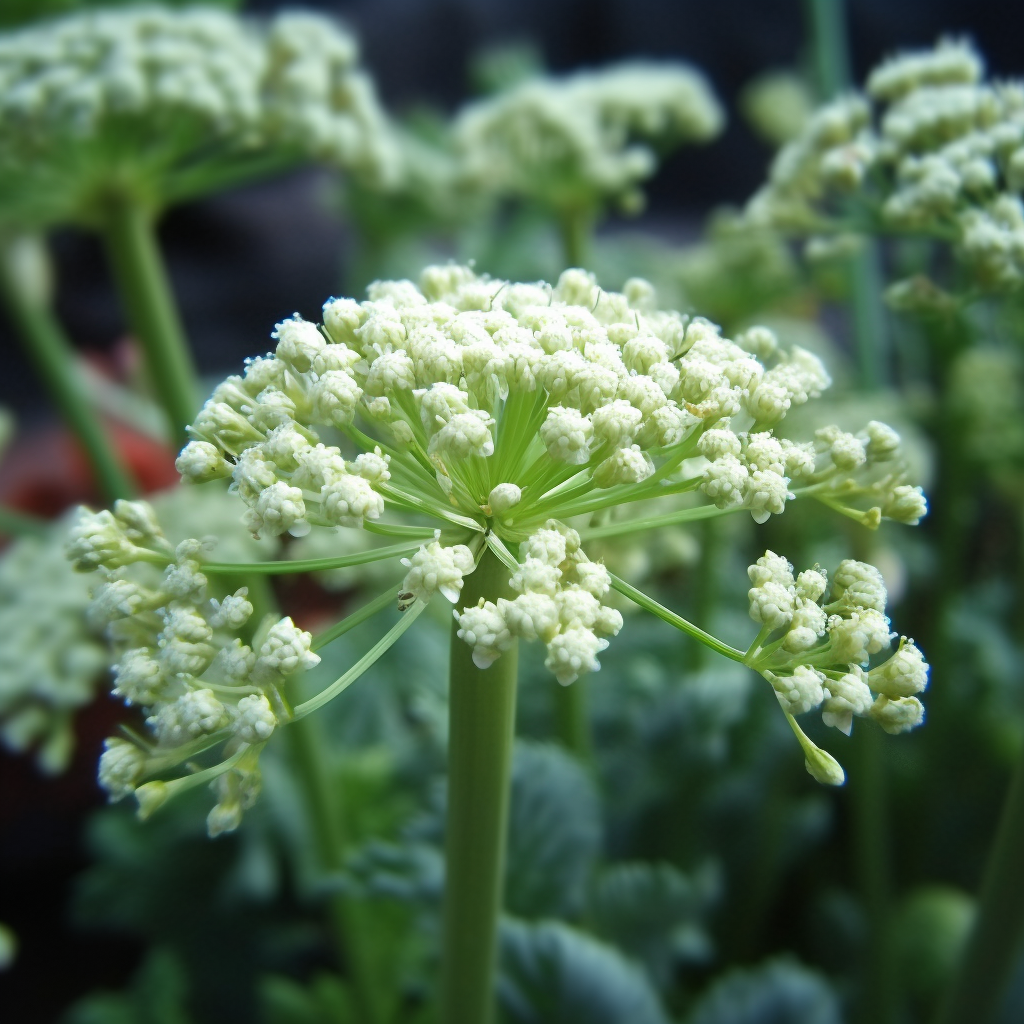
Angelica Keiskei
A third of women who experience pregnancy hypertension or pre-eclampsia will continue in the postpartum period and reach their peak on days 3-6 postpartum. The study aimed to examine Ashitaba extract (Angelica keiskei) on reducing blood pressure levels among hypertensive postpartum. A quasi-experimental study design, pre-test, and post-test with the non-equivalent control group were applied in this study. Thirty samples were selected and divided into the experimental group and the control group. The experimental group received the Ashitaba extract, and the control group received nifedipine.
The findings showed that systolic blood pressure among the intervention group was significantly decreased than the control group. This study proved the effective Ashitaba extract as an alternative therapy to reduce blood pressure among postpartum hypertensive mothers
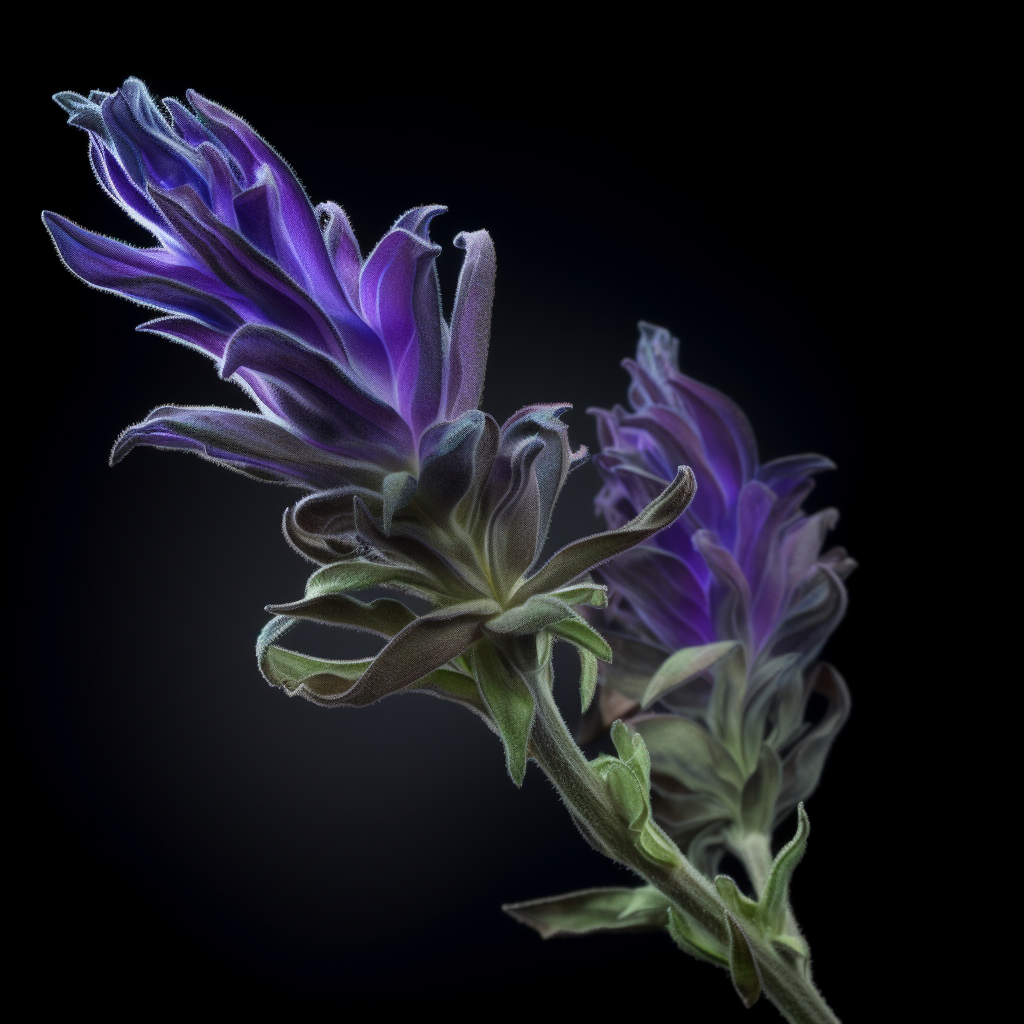
Angino
In the present study, we compared Cardioprotective effects of DanShen (an extract from Salvia miltiorrhiza) and the angiotensin-converting enzyme inhibitor, ramipril, in rats. With both treatment regimens, DanShen- and ramipril similar effects were observed: (1) a higher survival rate, (2) a significant reduction of infarct size, (3) significantly lower ratios of heart weight to the body weight as well as the left and right ventricular weights to body weight. DanShen showed some unique effects in the following aspects: (1) higher activities of antioxidant defense enzymes such as superoxide dismutase (SOD), catalase (CAT), glutatione perioxidase (GSH-Px) and glutathione S-transferase (GST) in the liver of rats with acute myocardial infarction (AMI), (2) lower myocardial and hepatic TBARS values; (3) augmented VEGF mRNA expressions in the non-ischemic parts of rat hearts with AMI. These results were consistent with the findings of a slight increase in myocardial capillary density and the special distribution pattern of coronary blood vessels in DanShen-treated rats.
Artemisia Campestris
Aqueous Leaves Extract Of Artemisia Campestris Inhibition Of The Scorpion Venom Induced hypertension
The boiled leaves of Artemisia campestris (Asteraceae) was used as a folk-medicine against ophidian and scorpion envenoming in rural and nomad populations, but its bona fide mechanisms are still unknown. In this report, the effect of the aqueous dry leaves’ extract of this plant on hemodynamic variations induced by Buthus occitanus tunetanus venom was assayed in pregnant and non pregnant rats. Our results showed that the venom induced hypertension magnitude was much important in pregnant rats (maximal of 156% of baseline) than in cycling ones (maximal of 143.9% of baseline). When injected alone, the aqueous leaves extract of A. campestris induced a progressive significant diminishing of the mean arterial pressure both in 72.4 ± 7.6% and out of pregnancy (90.4 ± 4.4%). This effect did completely abolish the venom induced hypertensive shock, when envenomed rats were pretreated with the extract.
It was concluded that aqueous extract of A. campestris leaves prevents the induced hypertensive phase induced by the scorpion venom, probably through adrenergic pathway. The potential of A. campestris water-boiled extract to revert hypertension is sought to be useful for anti-hypertensive drugs development; and worth much merit to be investigated.
Artemisia Sieberi
The aim of the current study is to evaluate the potential mechanism of antidiabetic action of the essential oil of Artemisia sieberi and its effects on some hematological and biochemical parameters in alloxan induced diabetic rats. Extraction of the essential oil from aerial parts of A. sieberi was preformed by hydrodistillation. Fifty rats were divided into five groups. Groups I and II normal rats given 1 mL/day of dimethyl sulfoxide and 80 mg/kg BW of this oil extract, respectively. Groups III, IV and V diabetic rats given 1 mL/day of dimethyl sulfoxide, oil extract (80 mg/kg BW) and metformin (14.2 mg/kg BW), respectively. Several hematological and biochemical parameters were assessed. Oral administration of the extract resulted in a significant reduction in the mean values of blood glucose, glucagon, cholesterol, triglyceride, LDL-C, ESR, urea, uric acid, creatinine accompanied by an increase in the mean values of the total protein, albumin, insulin, HDL-C, neutrophile count and PCV in diabetic rats.
No significant changes in these parameters were found in the control group. The effects produced by this extract were closely similar to a standard antidiabetic drug, metformin. In conclusion, the present study indicates that the essential oil extract of A. sieberi appears to exhibit Cardioprotective , nephroprotective and hepatoprotective activities in alloxan induced diabetic rats.
Astraeus Hygrometricus
Cardioprotective Activity Of Ethanolic Extract Of Astraeus Hygrometricus (Pers.) Morg
Incubation of platelet rich plasma with ethanolic extract resulted in the inhibition of both secondary phase of ADP induced platelet aggregation and prostaglandin synthesis. It also stimulated the production of NO in platelets simultaneously in the absence of added ADP. Incubation of washed platelets with the extract stimulated NO synthesis too indicating that the effect of the extract was not mediated through plasma proteins. In addition, the in vivo effect of the extract on the increase of NO in the platelets could be demonstrated by in vivo exposure of platelets to the extract. It may be correlated that the inhibition of prostaglandin synthesis resulted in the synthesis of NO in resting platelets.
The inhibition of platelet aggregation by the extract may not be the consequence of prostaglandin synthesis alone, and can be partly related to the stimulated synthesis of NO. The extract on being tested upon cardiomyocytes in vitro showed regression of hypertrophy and potent antiapototic effects . This hypertrophy was associated with increased expression of proto-oncogenes, hypertrophy marker genes, growth factors, and cytokines, with symptoms that mimicked those of human cardiomyopathy, functionally and morphologically.
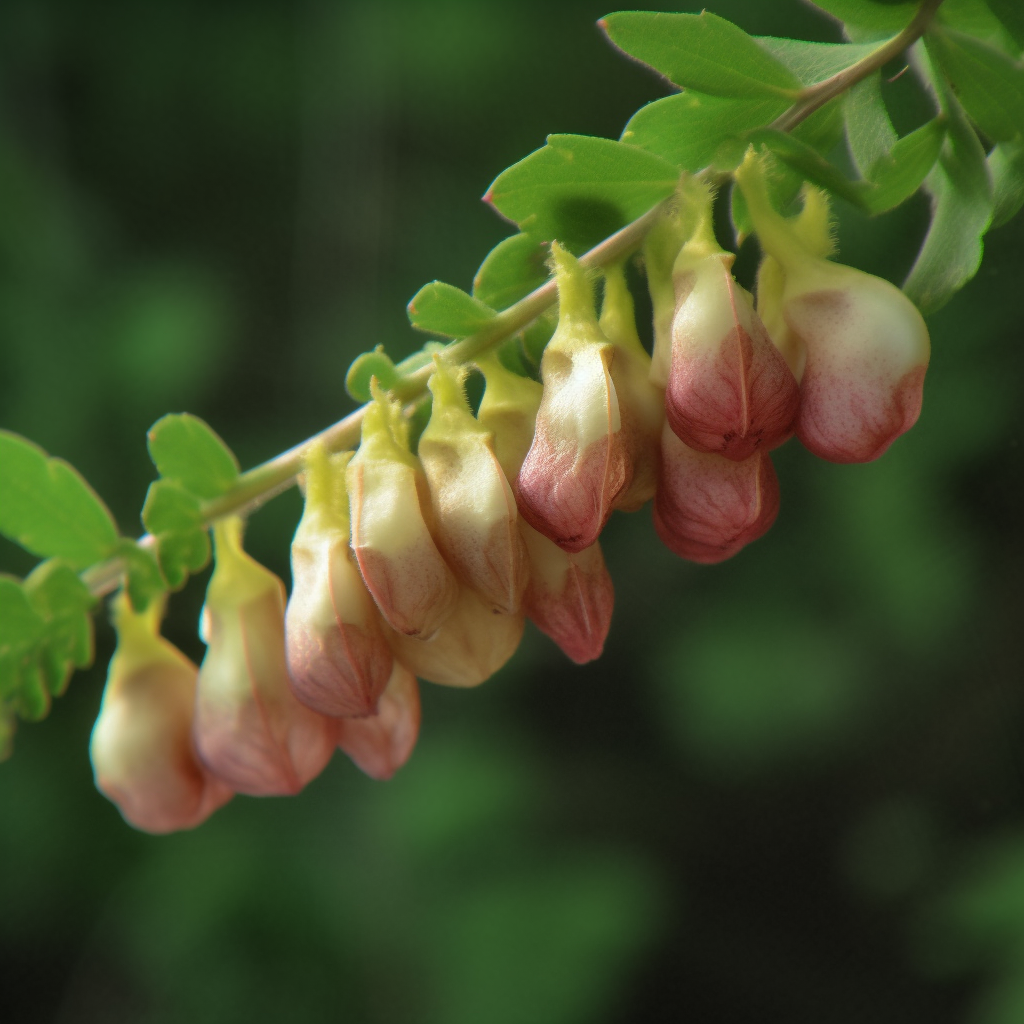
Astragali Radix
Although herb medicines have become the major source for new drug discovery, many of them are largely under-explored due to the purity-activity relationship. Efficient identification of bioactive compounds in conventional stepwise separation and isolation has not yet been elucidated. Therefore, we proposed a new separation strategy for holism understanding of herb pharmacology using molecularly imprinted polymers (MIPs). Astragali Radix (AR), important in traditional Chinese medicine, was chosen in this study for multicomponent knockout followed by bioactivity evaluation. We prepared calycosin molecularly imprinted polymers (calycosin-MIPs) which could selectively recognize flavonoid aglycons in AR. The molecular selectivity of calycosin-MIPs as a critical parameter was evaluated using the template and other high content compounds in AR.
Based on it, using the calycosin-MIPs material via solid-phase extraction procedures was applied for the knockout of flavonoid aglycons in AR. Finally, hypoxia/reoxygenation model in H9c2 cells was used to evaluate the activity of the AR extract before and after knockout. The results showed that calycosin-MIPs as recognition materials for flavonoid aglycons in AR are applied in one-step separation with high selectivity and tunability. The subextract in the absence of flavonoid aglycons has been demonstrated to clarify the cardio-protective components of AR. In conclusion, this proof-of-principle study is the first one showing that molecular imprinting technology coupled with a bioassay can be used to explore the bioactive variability from the perspective of multicomponent separation of herbal medicine.
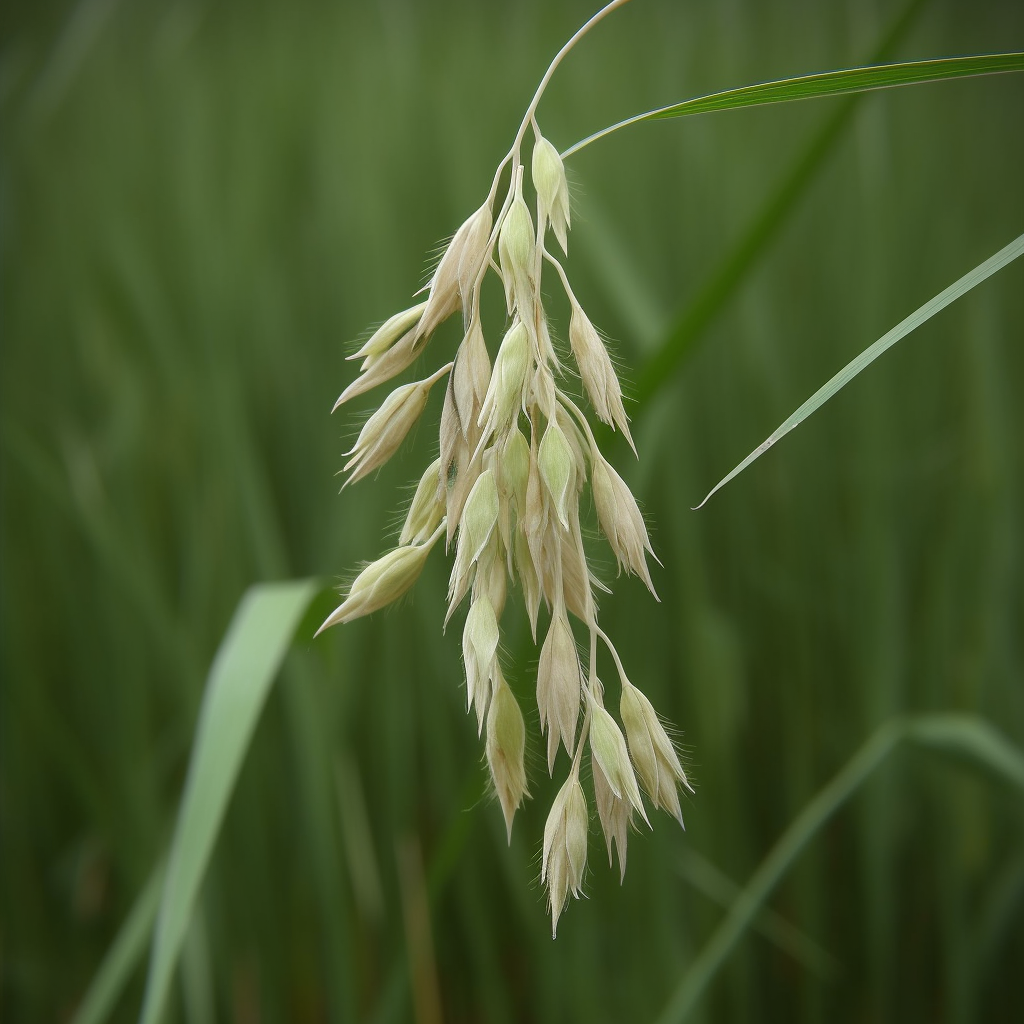
Avena Sativa Seeds
Evaluation Of Avena Sativa Seeds Extract As Cardioprotective Agent In Rats
The present study was undertaken to evaluate the Cardioprotective effect of Avena Sativa Linn. seeds in rats. Isoproterenol at a dose level 5.25 on 11th day and 8.5 mg/kg s.c. on 12th day had been utilized to induce Myocardial infarction in Rats. The animals were pretreated with ASSAE (125, 250 and 500 mg/kg/day, oral) for period of 10 days and Isoproterenol (ISO) was injected on 11th and 12th day. The blood was collected after 24 hours through retero-orbital plexus for the estimation of biochemical parameters. The histopathological studies were also performed. The infarct size in heart was evaluated using TTC staining. The administration of ASSAE significantly increased GSH level and lowered the level of the alkaline phosphatase (ALP), lactate dehydrogenase (LDH), TBARS levels, creatinine phosphokinase (CK-MB) as well as significantly changed haemodynamic parameters in the Isoproterenol Induced myocardial necrosis. The integrity of the myocardial cell membrane and inflammatory cell infiltration and reduced muscle separation were promptly improved in the histopathological studies of the ISO-induced myocardium. These results presented here clearly demonstrated the Cardioprotective activity of the ASSAE against Isoproterenol induced myocardial infarction in rats. The effect of climatic conditions on the chemical constituents responsible for the Cardioprotective activity can also be explored.
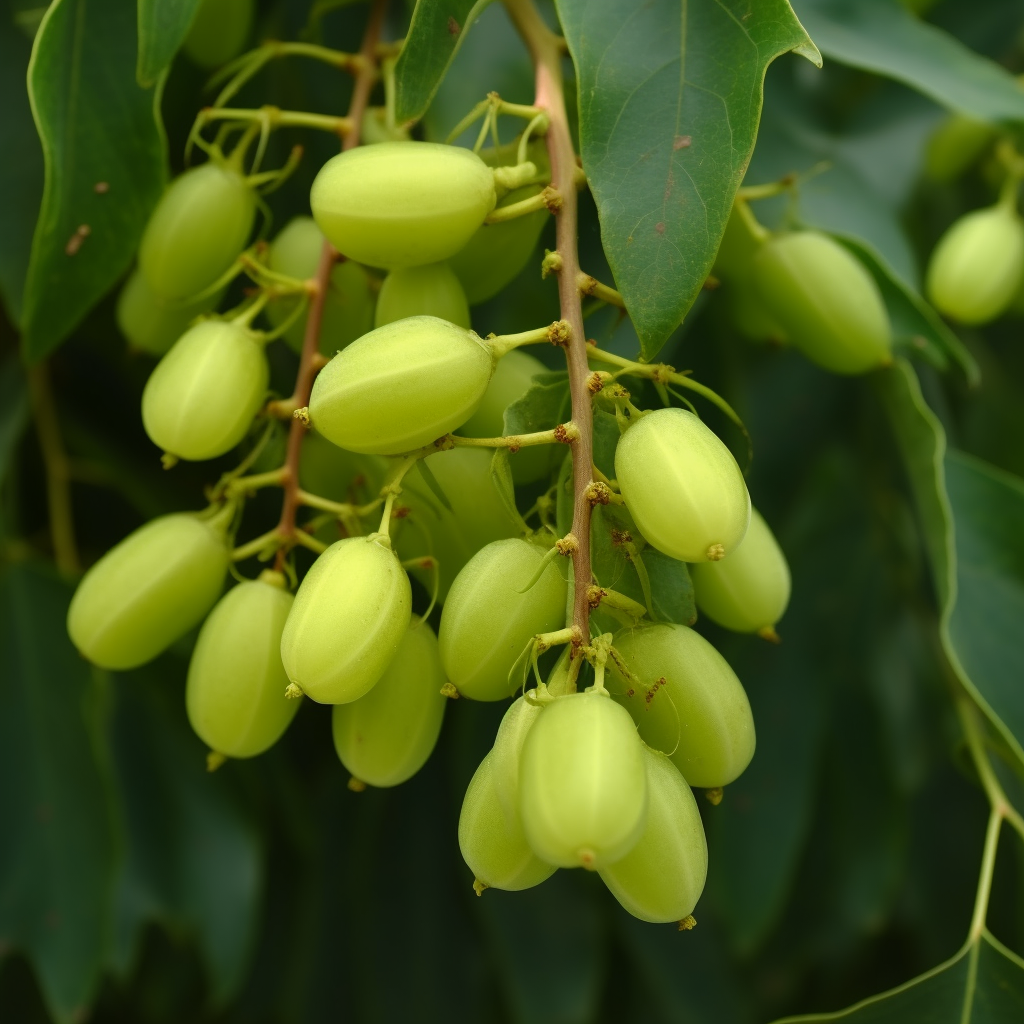
Azadirachta Indica
In the last two decades, the incidence of hypertension has increased significantly both in developed and developing countries. Moreover, hypertension is known as a major risk factor in the development of cardiovascular diseases. Azadirachta indica Adr Juss (AI) known as neem, has been used traditionally for the treatment of various cardio‐metabolic diseases such as type 2 diabetes, obesity and hypertension . This study investigated the possible antihypertensive effects of the methanol leave extract of Azadirachta indica on Nω‐nitro‐L‐arginine methyl ester (L‐NAME) induced hypertension in Wistar rats. Fifty rats were selected into five groups, ten animals in each group, for this study. Group A (Control) received only clean water; group B received L‐NAME at 40 mg/kg; groups C and D were administered Azadirachta indica at 100 and 200 mg/kg, respectively, with L‐NAME at 40 mg/kg; and group E received enalapril at 25 mg/kg and L‐NAME at 40 mg/kg.
All administrations were done for 21 days consecutively. treatment with L‐NAME led to significant (p <0.05) increases in systolic, diastolic, mean arterial blood pressure and markers of oxidative stress in hypertensive rats. Immunohistochemistry showed increased renal expressions of Caspase‐3 in hypertensive rats compared to the control. treatment with methanol leaf extract of Azadirachta indica caused significant improvement in antioxidant defense systems, reduction in markers of oxidative stress, restoration of blood pressure parameters and suppression of renal caspase‐3 expressions when compared to enalapril, standard antihypertensive drug. This study suggests that Azadirachta indica leaf extract can exert antihypertensive effect on L‐NAME induced elevation of blood pressure.
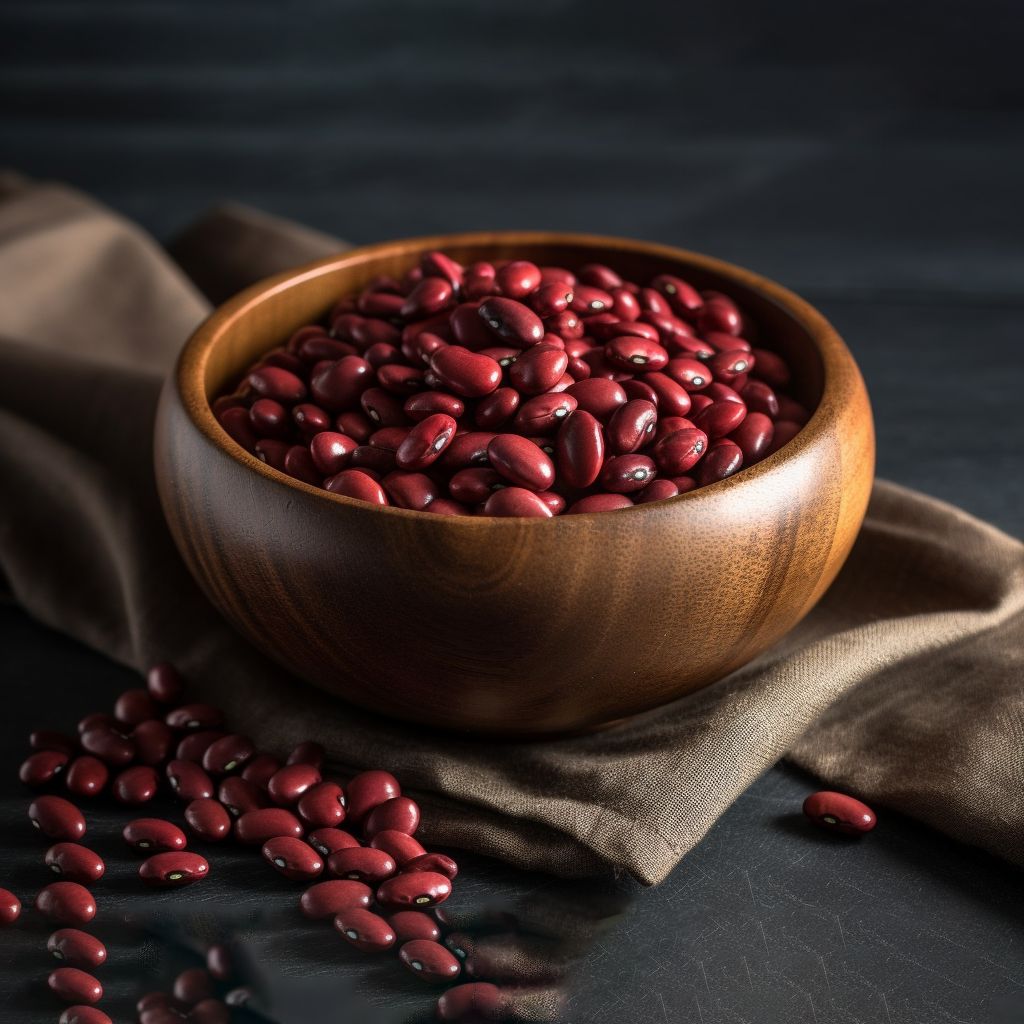
Azuki Bean
The azuki bean (Vigna angularis) has been one of the most important and traditional crops of East Asia, where it has long been cultivated. In Japan, the azuki bean is the second-most important legume after soybeans, and it is commonly used as an essential ingredient, e.g., seki-han, a festive rice dish and an, a sweetened bean paste. Azuki beans (V. angularis) have been known to contain proanthocyanidins, a group of polyphenolic bioflavonoids with remarkable radical-scavenging activities. However, little research has provided detailed discussion of the beneficial effects and physiological functions of azuki beans involved in human body. Based on our findings, the authors provide here evidence that azuki bean (V. angularis) extract – including the molecules therein, such as proanthocyanidins and/or dietary fibers – may play a role in suppressing increases of oxidative stress and macrophage infiltration in the kidneys of animal models with hypertension and hyperglycemia.
Moreover, azuki bean (V. angularis) extract may affect the vascular and renal expressions of endothelial nitric oxide synthase, which contribute to nitric oxide production. This review aims to summarize findings concerning the beneficial and interesting effects of azuki beans, especially the physiological functions of azuki bean (V. angularis) extract in treating inflammation, hypertension , and diabetic nephropathy.
Baihua Qianhu
pulmonary arterial hypertension (PAH) is a severe disease characterized by progressive remodeling of distal pulmonary arteries and persistent elevation of pulmonary vascular resistance (PVR), which leads to right ventricular dysfunction, heart failure, and eventually death. Although treatment responsiveness for this disease is improving, it continues to be a life-threatening condition. With the clinical efficacy of natural plant products being fully confirmed by years of practice, more and more recognition and attention have been obtained from the international pharmaceutical industry. Moreover, studies over the past decades have demonstrated that drugs derived from natural plants show unique advantages and broad application prospects in PAH treatment , not to mention the historical application of Chinese traditional medicine in cardiopulmonary diseases.
In this review, we focus on summarizing natural plant compounds with therapeutic properties in PAH, according to the extracts, fractions, and pure compounds from plants into categories, hoping it to be helpful for basic research and clinical application.
Bambusa Blumeana Schultes Leaf
Cardiovascular diseases (CVD) are the major health problems in the Philippines and are now the leading cause of death in the country. Moreover, more than 80% of CVD occurs in underdeveloped and developing countries. Plants have a long history of use all over the world for the treatment of different diseases and complaints. Flavonoids are bioactive compound which are widely distributed in plants. It was reported to have antioxidant activities and had effects of treating cardiovascular diseases and different types of cancer preventive activity. Flavonoids contained in bamboo leaves have been found to have therapeutic effects.
The present study was designed to investigate Cardioprotective activity of Bambusa blumeana Schultes leaf crude extract against isoproterenol-induced myocardial infarction in Sprague-Dawley rats. Rats were pretreated with leaf extract (200 mg/kg, 300 mg/kg and 400 mg/kg, orally) and Tocopherol (60 mg/kg, orally) daily for 21 days. After treatment, isoproterenol (85 mg/kg body weight, s.c.)was injected to rats at 22ndand 23rdday to induce myocardial infarction. Cardioprotection was investigated by measuring the activities of serum aspartate aminotransferase, lactate dehydrogenase and creatine kinase–MB together with histopathologic techniques. The activities of serum marker enzymes were increased significantly (p<0.05) in isoproterenol-induced rats while B. blumeana Schultes leaf crude extract (200 mg/kg, 300 mg/kg and 400 mg/kg) treated rats have normal cardiac enzyme levels. This study revealed that at 200 mg/kg body weight of B. blumeanaleaf crude extract exhibited its Cardioprotective effect but with greater effect in reducing the level of cardiac enzymes CK-MB, AST and LDH upon increasing concentration of 300 mg/kg and 400mg/kg oral extract treatment.
The results were confirmed by histopathological evidences and showed decreasing inflammatory condition upon increasing concentrations of extract which revealed severe-to-mild myocardial degeneration and necrosis. This study demonstrated the Cardioprotective effect of B. blumeana Schultes leaf crude extract against isoproterenol-induced myocardial infarction in Sprague-Dawley rats
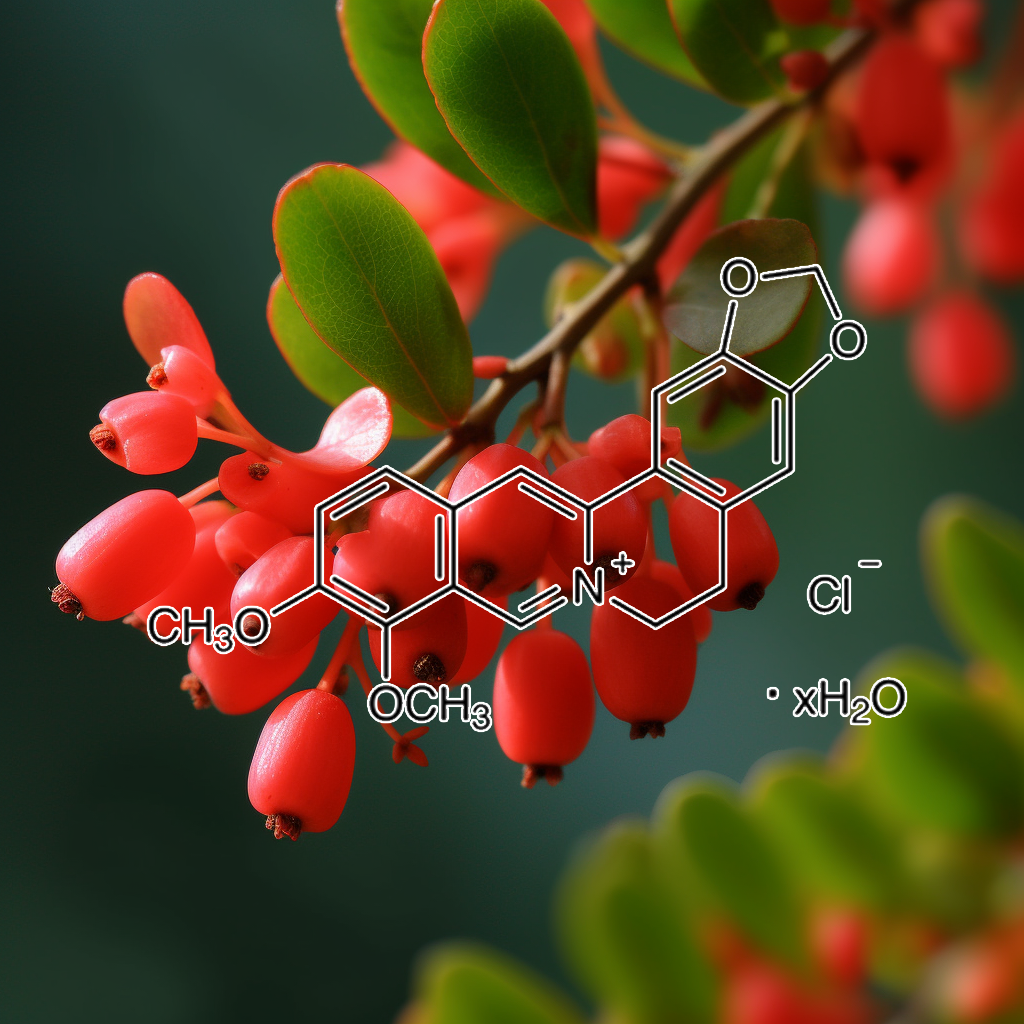
Barberry
The objective of this study is to examine the effect of barberry fruit, on monocrotaline-induced pulmonary hypertension. 200 mg/kg of barberry has an improving effect on the monocrotaline-induced pulmonary hypertension. This effect was stronger than that of the sildenafil’s and may have been mediated through mechanisms other than the modulation of the endothelin-1 or redox system.
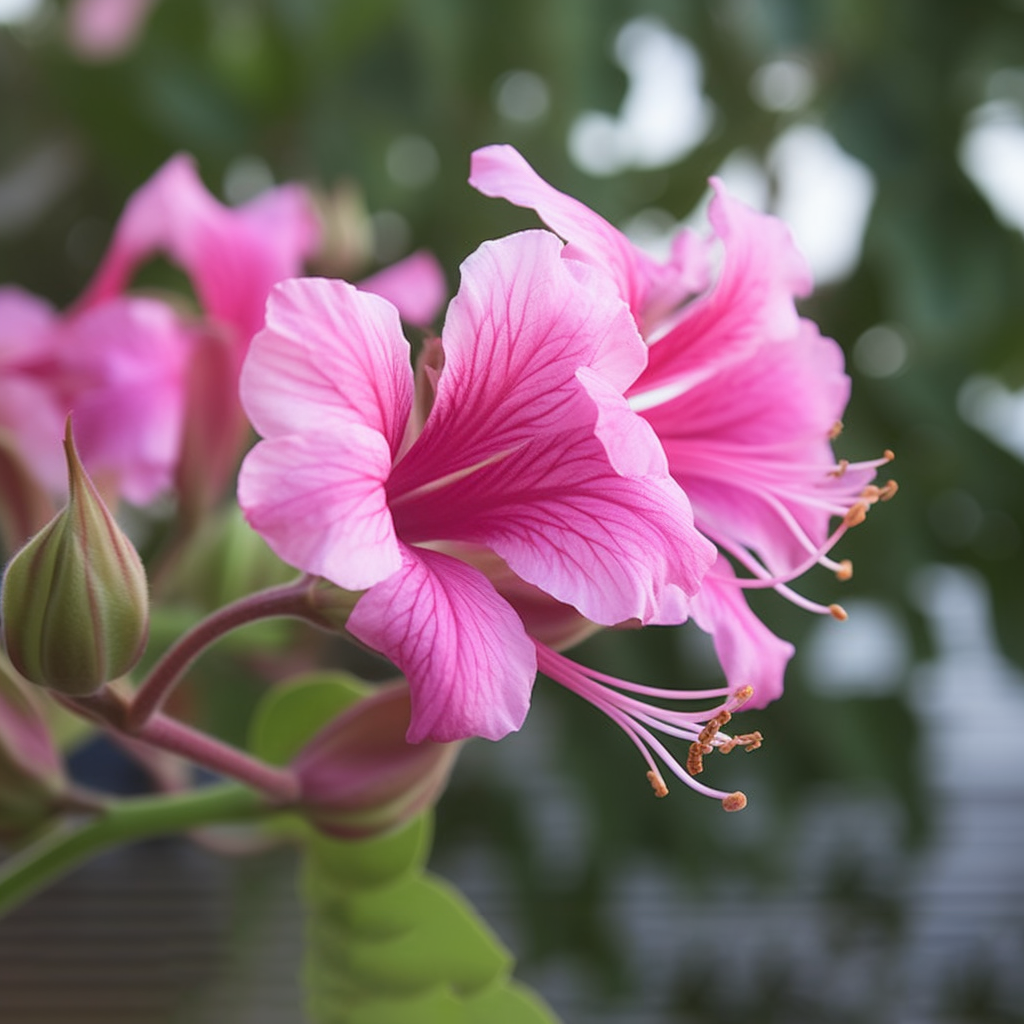
Bauhinia Variegata
The aim of present study was to evaluate Cardioprotective activity of ethanolic and aqueous extracts of Bauhinia variegata Linn in CaCl2 induced arrhythmia in albino rats.In present study, i.v injection of 5% CaCl2 solution (25 mg/kg b.w.) that induce arrhythmia without causing mortality and heart rates were monitored throughout the study by a lead II electrocardiogram. CaCl2 reduced heart rate and exhibited alteration in the PQRST waves. Arrhythmia induced by CaCl2in experimental animals, which is confirmed by change in ECG pattern and sodium, potassium and calcium level in plasma. Pretreatment of extracts prevent the CaCl2induced arrhythmia by virtue of the potent active constituents.
Bauhinia variegata Linn. root extracts produced significantly (P<0.05) antiarrhythmic activity. These finding might be helpful to understand the beneficial effect of extracts against CaCl2induced arrhythmia. Further study is need to confirm their mechanisms.
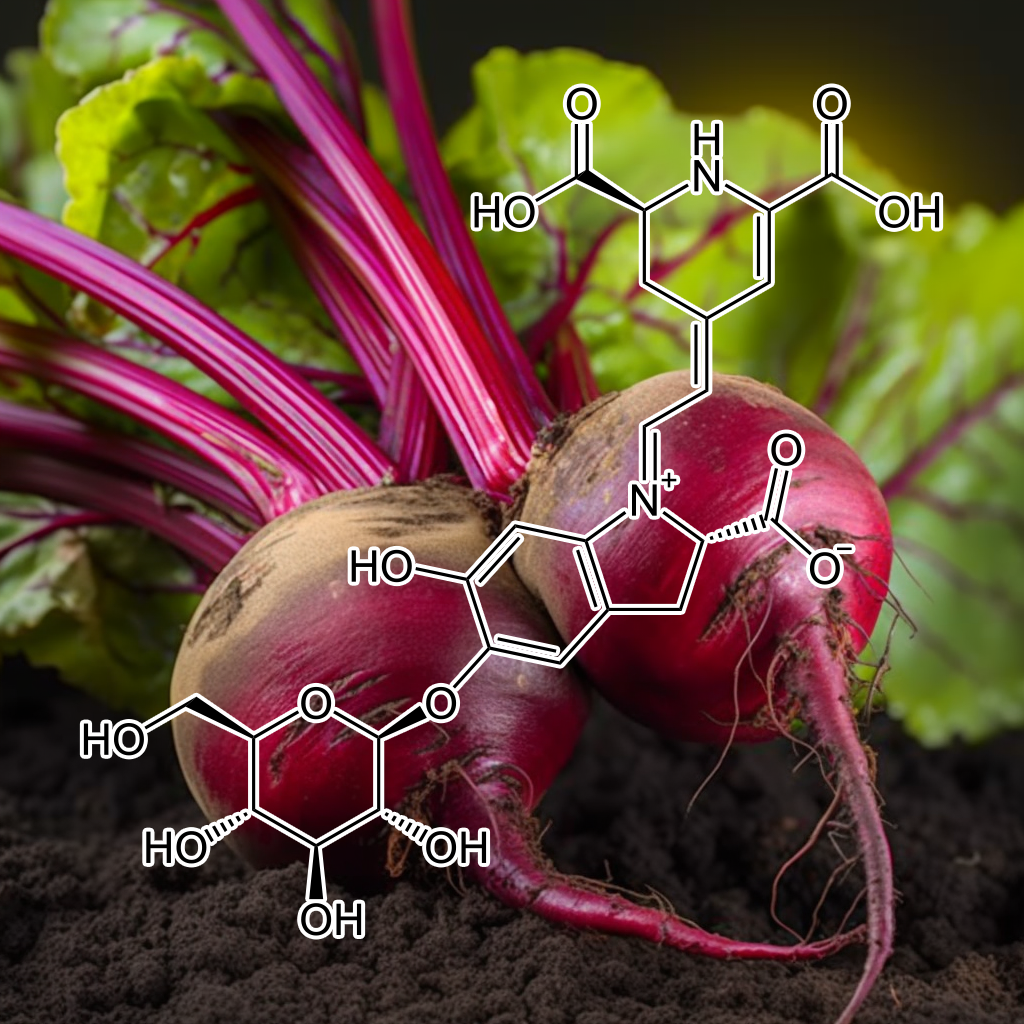
Beetroot
Doxorubicin is used extensively to treat cancer. Oxidative stress condition is closely related to doxorubicin therapy, which is characterized by the formation of lipid peroxidation which has the potential to cause cell damage and induced cardiotoxicity. This study was to determine the Cardioprotective effect of beetroot ethanol extract on a rat induced by doxorubicin. As many as 30 Male white rats as weighing 180-200 grams were divided into six treatment groups. Group, I was the normal control group without treatment. Group II was a negative control group that only injected doxorubicin with a cumulative dose of 15 mg/kgBW for 15 days. Group III was the positive control group that treated by vitamin E 100 mg/kgBW, Group IV-VI was the test group that treated by beetroot ethanol extract at doses of 100, 200 and 400 mg/kgBW respectively for 15 days together with doxorubicin induction. The group treated with beetroot extract at a dose of 100 mg/kgBW could improve the condition of rat in all parameters including Creatine kinase-MB (CK-MB) level, Lactate Dehydrogenase (LDH) level and hematology profile and it was significantly different to the negative control (p <0.05). All parameters showed that the beetroot extract had a Cardioprotective and it showed a dose-dependent manner.
This research proves that the compound contained in beetroot ethanol extract has protective activity in rats that induced by doxorubicin. Keywords: Doxorubicin, Beetroot, Cardioprotective , CK-MB, LDH, Hematology.
Bidens Pilosa
Chronic fructose treatment in rats has repeatedly been shown to elevate blood pressure in association with insulin resistance and hyperinsulinemia. The purpose of the current study was to investigate the effect of the leaf methanol extract of Bidens pilosa on systolic blood pressure (SBP) and plasma glucose, insulin, cholesterol, triglycerides and creatinine levels in rats with fructose-induced hypertension.
Wistar rats that drank a 10% fructose solution for 3-6 weeks showed significant increase not only in plasma insulin and cholesterol levels but also in SBP. B. pilosa extract was able to prevent the establishment of hypertension and lower elevated blood pressure levels. The extract also reduced the highly elevated plasma insulin levels provoked by the high fructose diet. These results suggest that the leaf methanol extract of B. pilosa exerts its antihypertensive effect in part by improving insulin sensitivity.
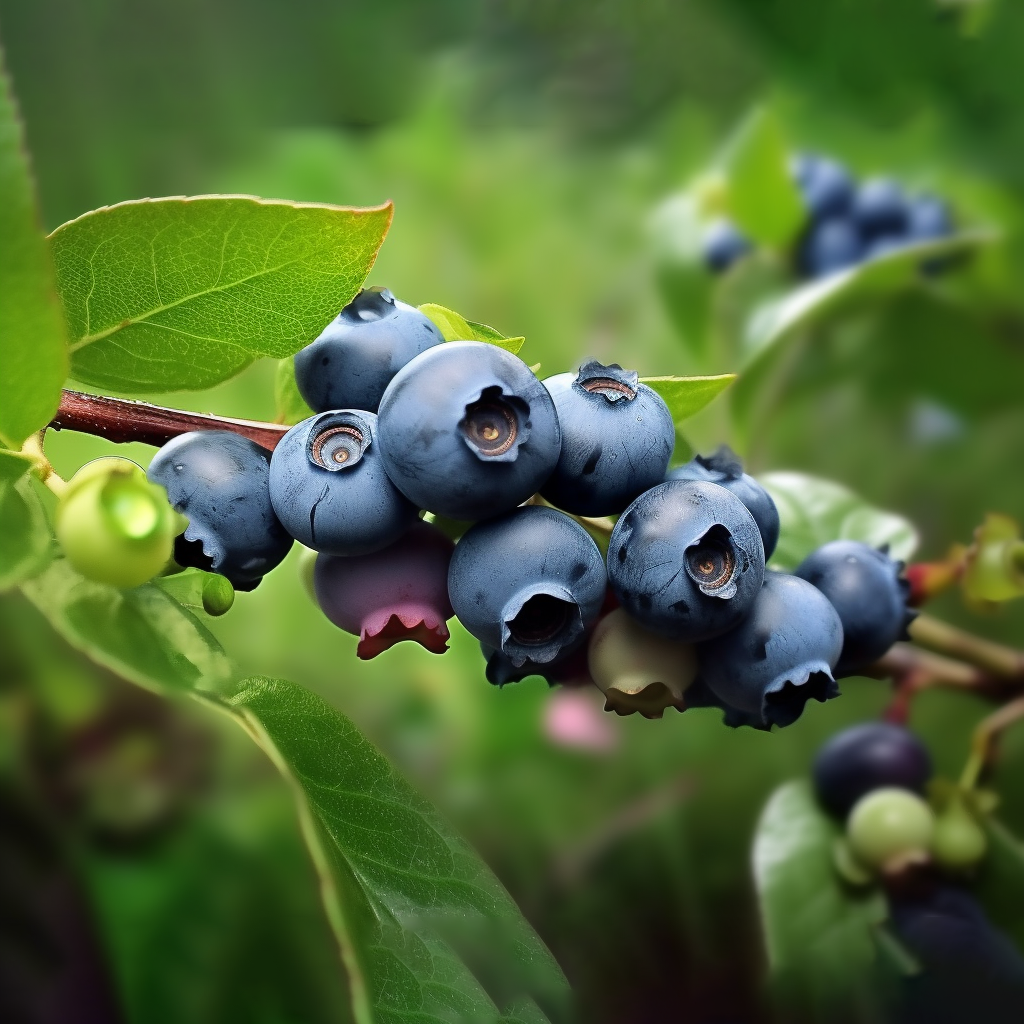
Bilberry Extract
Bilberry extract (0.01-5 mg/L) increased coronary flow and decreased LDH release rate during reperfusion. Coronary flow was increased up to 2.5-fold (p < 0.001) at 0.1 mg/L and up to 2.0-fold (p < 0.01) at 1 mg/L compared to the control values. The LDH release rates were decreased 3.7-fold (p < 0.001) at 0.1 mg/L and 6.7-fold (p < 0.001) at 1 mg/L compared to the control. Furthermore, the application of bilberry extract was also effective in the prevention of arrhythmias. The duration of arrhythmias was maximally shortened at 0.1 mg/L to 3.2 ± 0.2% (p < 0.001) and at 1 mg/L group to 4.4 ± 0.3% (p < 0.001) of the control value from the untreated group. However, the bilberry extract had no significant effect on heart rate and on left ventricular developed pressure.
Our results show that bilberry extract has anti-ischemic and anti-arrhythmic activity on ischemia-reperfusion-induced injury in isolated rat hearts.
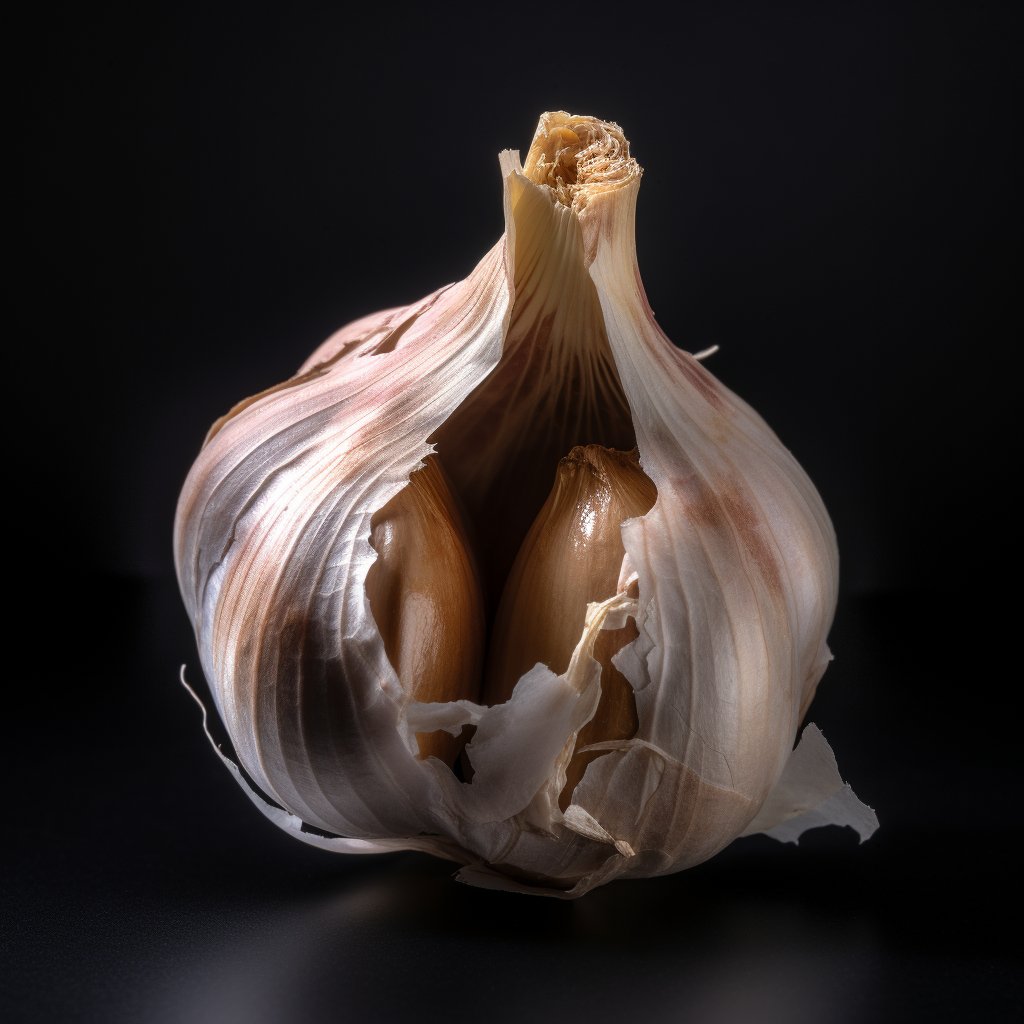
Black Garlic Extract
Aged black garlic (ABG) exerts metabolic and cardiovascular beneficial effects . The aim of this work was to analyse the in vitro cardiovascular effects of an ABG extract enriched in S-allyl-cysteine and polyphenols (ABG10+) in Sprague-Dawley rats. Hearts were pre-treated either with ABG10+ or vehicle and subjected to 30 min ischaemia followed by 45 min reperfusion (IR) using the Langendorff technique. Segments of aorta and tail artery were used for inflammation/oxidative stress and vascular reactivity experiments respectively in presence/absence of ABG10+. ABG10+ induced a nitric oxide (NO) dependent vasodilating effect in tail artery segments and directly increased the release of NO in aorta segments.
In the heart, ABG10+ induced a relaxing effect on coronary arteries before and after IR and prevented the IR induced decrease in myocardial contractility. Functional changes were associated with increased expression of both pro- and antioxidant and pro- and anti-inflammatory markers in the myocardium and in aorta.
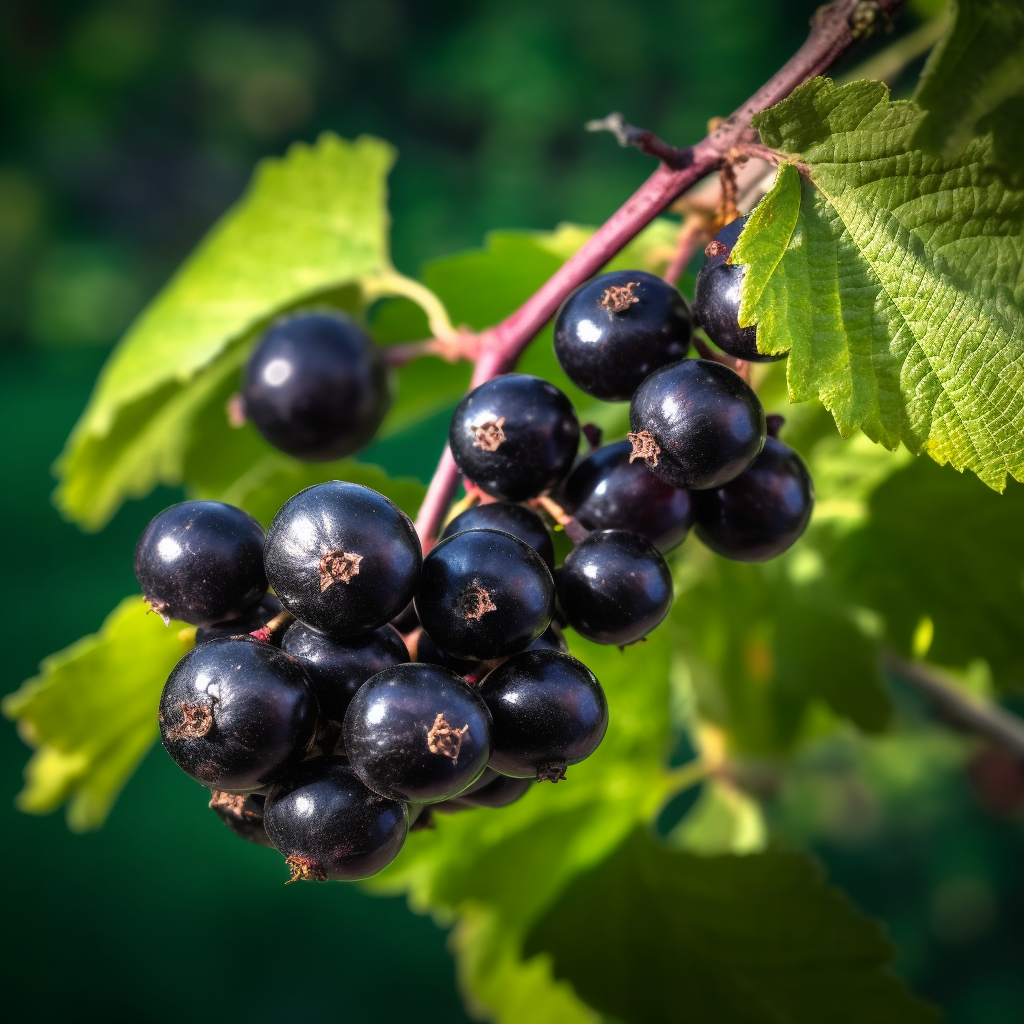
Blackcurrant Anthocyanin Extract
Cardioprotective Properties Of Blackcurrant Anthocyanin Extract Against Ischemia-Reperfusion Injury
Constantly growing experimental data from in vitro, in vivo and epidemiological studies show the great potential of anthocyanin-containing fruit and berry extracts or pure individual anthocyanins as Cardioprotective food components or pharmacological compounds. In general it is regarded that the Cardioprotective activity of anthocyanins is related to their antioxidant properties. However there are recent reports that certain anthocyanins may protect the heart against ischemia/reperfusion-induced injury by activating signal transduction pathways and sustaining mitochondrial functions instead of acting solely as antioxidants.
In this review, we summarize the proposed mechanisms of direct or indirect actions of anthocyanins within cardiac cells with the special emphasis on recently discovered their pharmacological effects on mitochondria in cardioprotection: reduction of cytosolic cytochrome c preventing apoptosis and sustainment of electron transfer between NADH dehydrogenase and cytochrome c supporting oxidative phosphorylation in ischemia-damaged mitochondria.
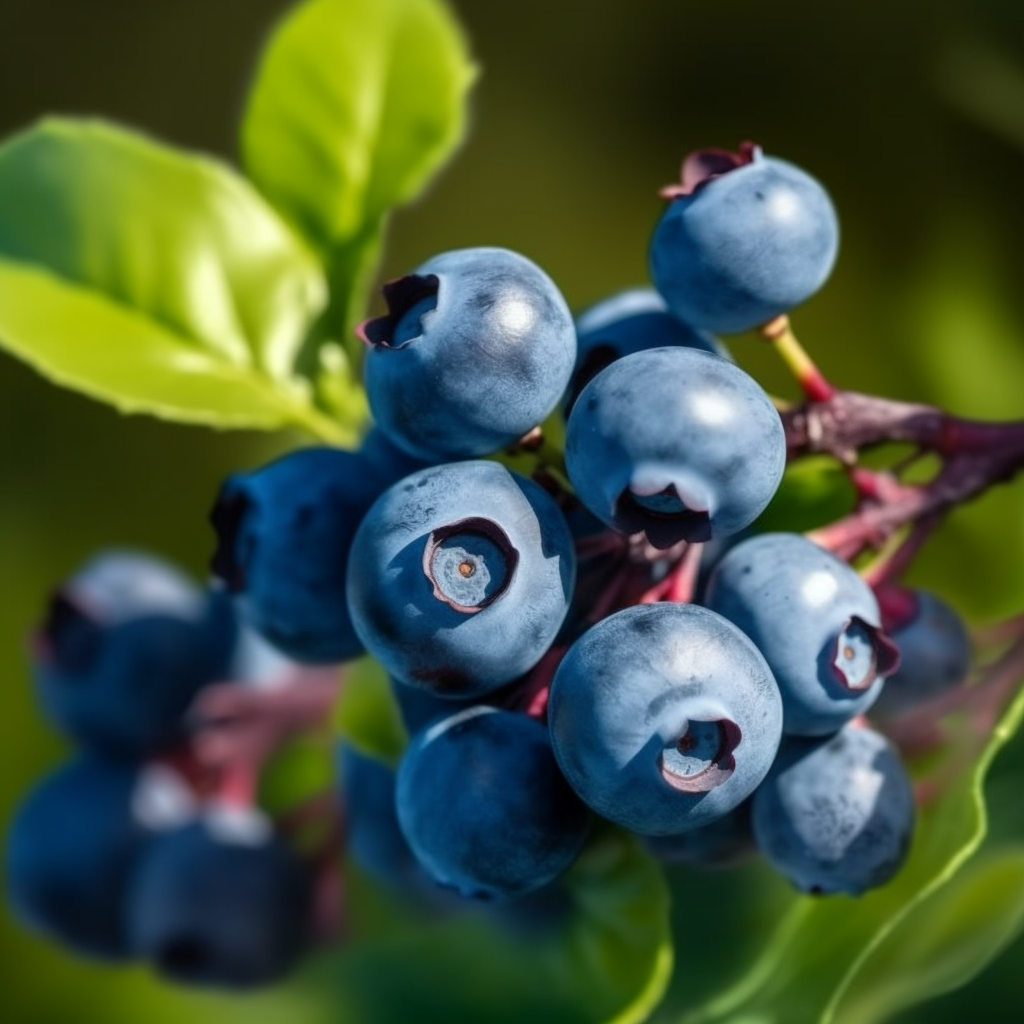
Blueberry anthocyanin
pulmonary arterial hypertension (PAH) is a condition characterized by an increased resistance of pulmonary vasculature, culminating in an increase in pulmonary pressure. This process involves disturbances in lung redox homeostasis, causing progressive right heart failure. In this context, the use of natural antioxidant s, such as those found in blueberries, may represent a therapeutic approach. The aim of this study was to evaluate the effect of blueberry extract (BB) on functional parameters and oxidative stress levels in rat lungs with induced PAH.
Intervention with BB mitigated functional PAH outcomes through improvement of the pulmonary redox state. Our results provide a basis for future research on natural antioxidant interventions as a novel treatment strategy in PAH.
Byrsocarpus Coccineus
Hypertension remains a major health problem worldwide considering the prevalence of morbidity and mortality. Plants remain a reliable source of efficacious and better tolerated drugs and botanicals. This study was designed to investigate the effect of the chemo-profiled hydroethanolic leaf extract of Byrsocarpus coccineus in ethanol- and sucrose-induced hypertension. Groups of rats were treated orally (p.o.) with distilled water (10 ml/kg), ethanol (35%; 3 g/kg), sucrose (5-7%), and B. coccineus (100, 200, and 400 mg/kg), and nifedipine together with ethanol and sucrose separately for 8 weeks. At the end of the treatment period, blood pressure and heart rate of rats were determined. Blood was collected for serum biochemical parameters and lipid profile assessment, and the liver, aorta, kidney, and heart were harvested for estimation of in vivo antioxidants and malondialdehyde (MDA).
Results obtained in this study showed that B. coccineus at the various doses administered reduced the systolic, diastolic, and arterial blood pressure elevated by ethanol and sucrose. Also, the extract reversed the reduction in catalase (CAT), reduced glutathione (GSH), glutathione peroxidase (GPx), and superoxide dismutase (SOD) induced by ethanol and sucrose. The level of MDA was reduced compared to the ethanol- and sucrose-induced hypertensive group. With respect to lipid profile, administration of B. coccineus at the various doses reduced the levels of triglycerides, low-density lipoprotein (LDL), cholesterol, and atherogenic indices, compared to the ethanol and sucrose groups. In conclusion the hydroethanolic leaf extract of B. coccineus exerted significant antihypertensive effect and this is probably related to the antioxidant property and improvement of lipid profile observed in this study.
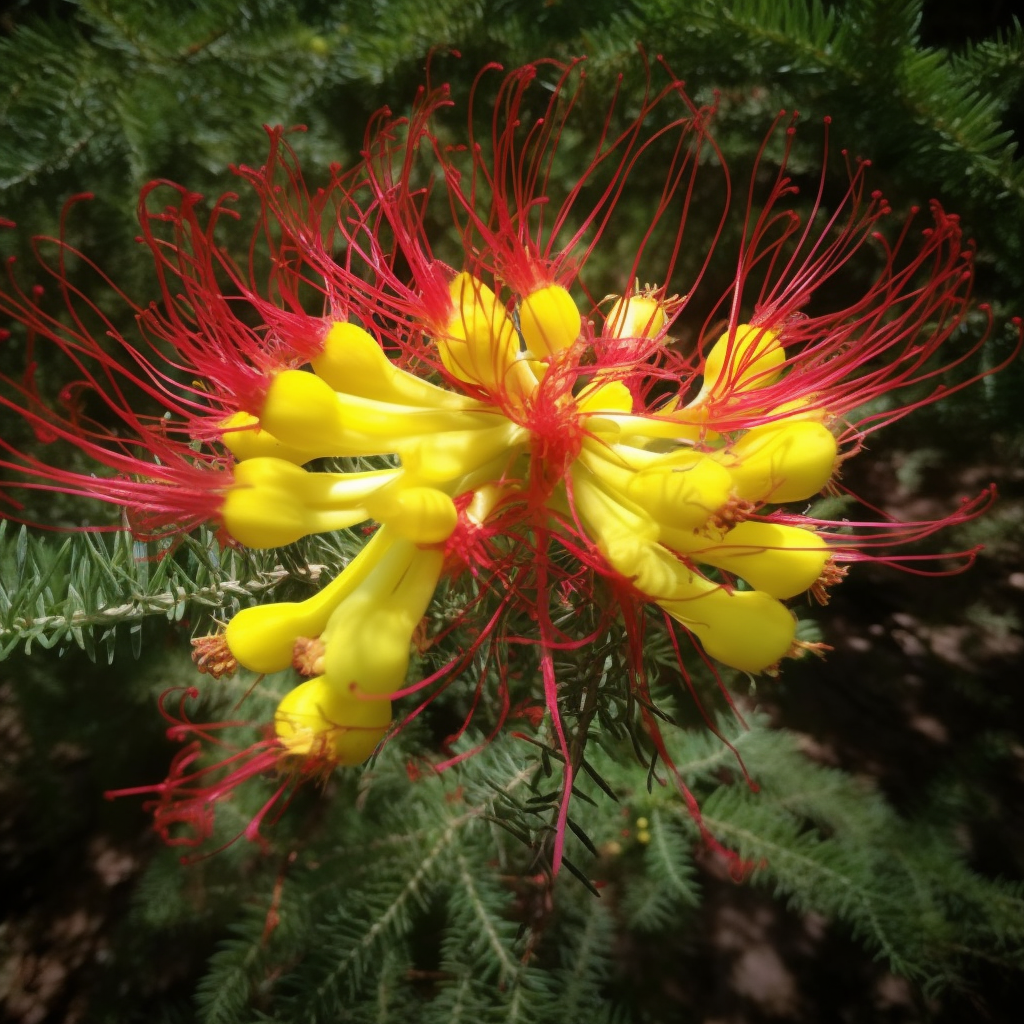
Caesalpinia Digyna
The present study was meant to explore the thrombolytic action of methanol extract of Senna sophera stems (MESS) and Caesalpinia digyna stems (MECD) alongside streptokinase as positive control and saline water as negative control. In the In vitro thrombolytic model, the MESS stems and MECD stems has been indicated 32.79±4.51% and 9.19±0.80% clot lysis individually. Between two extracts, MESS stems. has been demonstrated the noteworthy percent of clot lysis (32.79±4.51%) with reference to streptokinase (66.09±2.37%). From our investigation it has been uncovered that between the plants, MESS stems uncovered moderate thrombolytic action.
In this way, steps ought to be taken to search in vitro clot dissolving potential and to isolate dynamic segments of MESS Stem for clot lysis are proposed to found. After found, MESS Stem could be recommended as a clot lysis agent in the treatment of patients experiencing disease related with blood clot (Myocardial Infraction, hypertension , atherosclerosis, Peripheral artery sickness, heart attack and so forth)”.
Callistemon Lanceolatus
The Cardioprotective effect of ethanol extract of Callistemon lanceolatus leaves (100 and 200 mg/kg) against doxorubicin-induced cardiomyopathy was studied. Rats were pretreated with the extract for 7 days and simultaneous treatment with doxorubicin along with the extracts for the next 14 days. After 24 hours of last dose of doxorubicin, ECG, invasive blood pressure , serum markers (creatine kinase-MB, lactate dehydrogenase, serum transaminases), tissue antioxidant markers (catalase, superoxide dismutase) and extent of lipid peroxidation (malondialdehyde) were studied.
The elevated ST segment, decreased blood pressure , increased level of serum enzymes and decreased level of tissue antioxidant markers were observed in doxorubicin treatment (p<0.01). While 200 mg/kg extract significantly reduced the elevated levels of the serum enzymes and restores the ECG and blood pressure to normal, also significantly increased the tissue antioxidant levels, while decreased the malondialdehyde level (p<0.01) when compared with the control. The histopathological study confirmed the cardioprotection.
Camellia Brevistyla
Camellia brevistyla (Hayata) Coh. Stuart seeds are used to produce edible oil. The seed pomace is an agricultural waste, containing approximately 8% saponin, which has antihypertensive effects . Nω‐nitro‐L‐arginine methyl ester (L‐NAME) can induce hypertension with no deficiency on mice. Here, we investigated the effects of ethanol extract from C. brevistyla seed pomace (CBPE) in L‐NAME–induced hypertension mice. The results showed that all doses of CBPE significantly decreased systolic (117 ± 5–122 ± 5 mmHg) and diastolic (72 ± 16–77 ± 8 mmHg) blood pressure , aortic intima media thickness (48 ± 5–53 ± 5 µm), and also reduced the MDA adduct and protein carbonyl levels in the liver (101 ± 19–114 ± 17 ρmol/mL and 4.8 – 5.2 nmol/mg) compared to those observed in the L‐NAME group (140 ± 3 and 95 ± 8 mmHg, 65 ± 10 µm, 145 ± 25 ρmol/mL, and 7.8 nmol/mg; P < 0.05).
These results suggest that CBPE has profitable antihypertensive properties which are preventing aorta remodeling and reducing liver oxidative stress in hypertensive mice.
Cardiosten
Experimental Study Of Cardioprotective Properties Of Viscous Extract “Cardiosten”
For treatment of cardiovascular diseases vegetative origin pharmacological preparations with metabolic and cytoprotective effects are increasingly used, but their range is rather limited. Therefore, the search and pharmacological studies of new potent plant origin cardioprotectors are promising.
To study the effectiveness of the new viscous extract application under the conventional name “Cardiosten” for correction of disorders in the body of rats under heart attack induced by elevated doses of adrenaline. The conducted research confirmed the Cardioprotective properties of the viscous extract “Cardiosten”, which makes this pharmacological preparation promising for its further study in order to introduce into the production and application in the clinic of cardiovascular diseases.
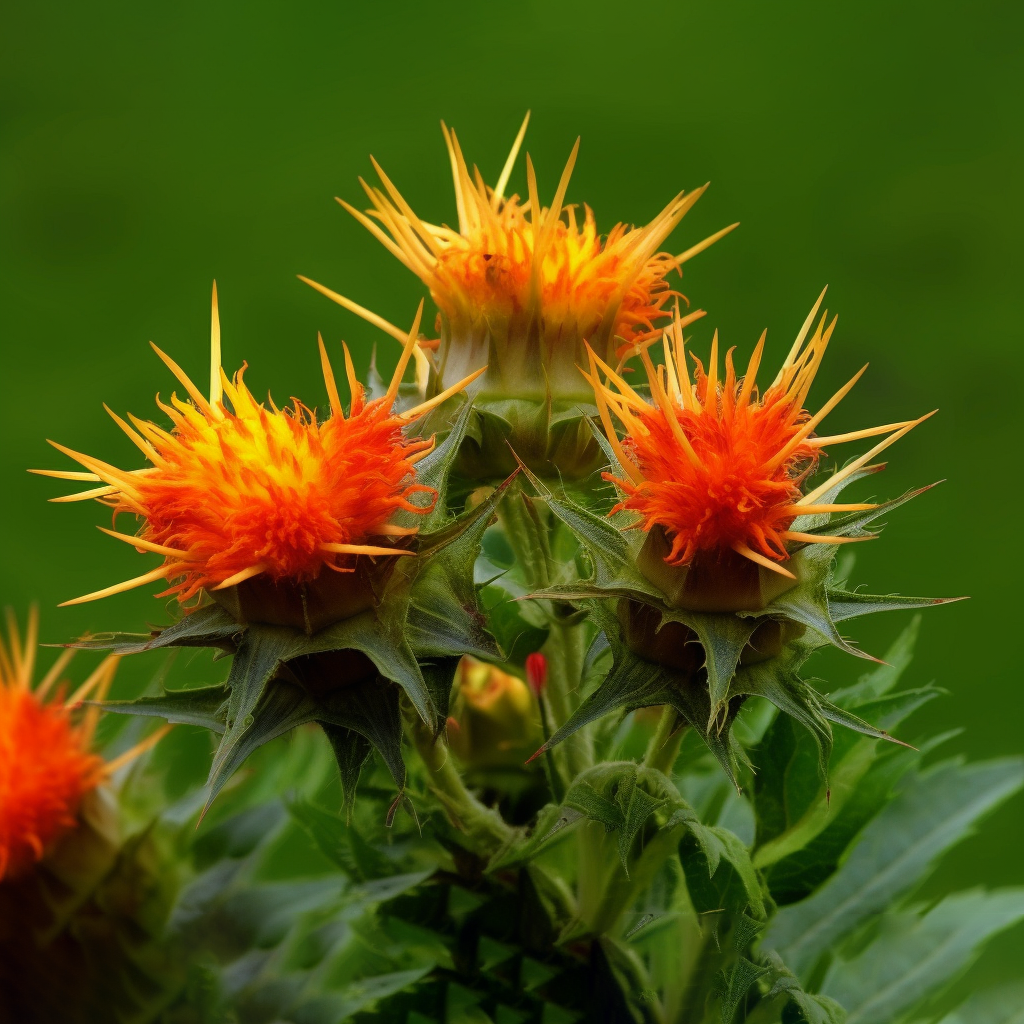
Carthamus Tinctorius L.
Carthamus tinctorius L. (CT) is widely used in Asian countries as a beverage and in folk medicine. The effects of CT extract on hemodynamics, vascular remodeling, the renin–angiotensin system (RAS) and oxidative stress in the two-kidney, one clip (2K-1C) hypertensive rat model were investigated. Renovascular hypertension was induced in male Sprague-Dawley rats and were treated with CT extract (500mg/kg/day) or captopril (5mg/kg/day) or vehicle for four weeks. CT extract or captopril reduced blood pressure , hindlimb vascular resistance, and increased hindlimb blood flow in 2K-1C hypertensive rats (p<0.05). Increases in aortic wall thickness, cross-sectional area and collagen deposition in 2K-1C rats were alleviated with CT extract or captopril treatment (p<0.05). CT extract or captopril suppressed RAS activation, including elevated serum ACE activity, and plasma Ang II level and up-regulated aortic AT1R protein expression in 2K-1C rats (p<0.05). Furthermore, CT extract or captopril reduced vascular superoxide production, aortic NADPH oxidase subunit gp91phox expression and increased plasma nitric oxide metabolite levels in 2K-1C rats (p<0.05).
These findings suggest that CT extract ameliorated hemodynamic alteration and vascular remodeling in 2K-1C hypertensive rats. Possible mechanisms may involve RAS inhibitor effects and potent antioxidant activity.
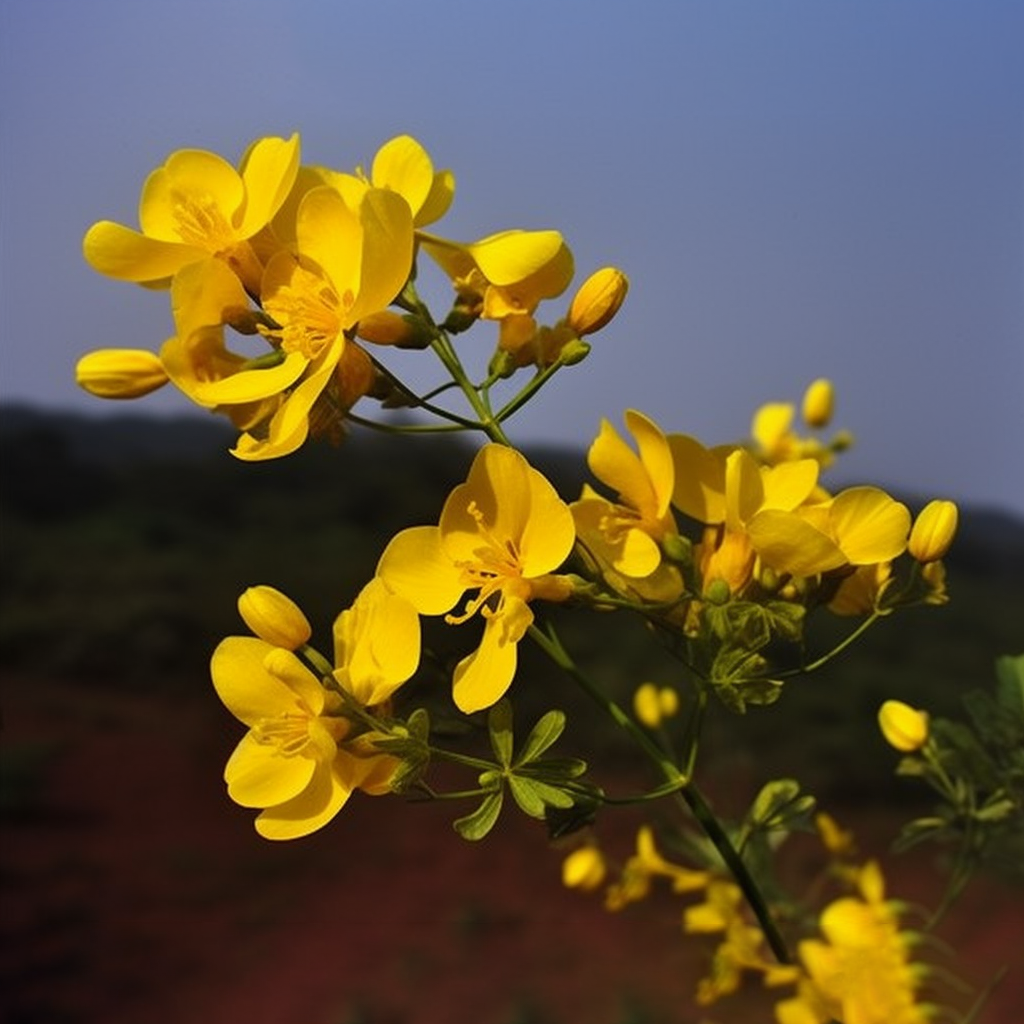
Cassia Auriculata Linn
Protective effect of Cassia auriculata Linn., floral extract was examined against Isoproterenol induced Myocardial infarction in male albino rats. The oral administration of aqueous extract of Cassia auriculata, afforded protection against Isoproterenol induced alterations in Cholesterol, LDL, HDL, TG, Protein, AST, ALT, LDH, Catalase and GPx. The protective effect was further supported by the histological observations. The results clearly demonstrate that Cassia auriculata flowers have potent Cardioprotective effect. INTRODUCTION: Heart is an incredible organ, which determines survival of an individual. The basic physiological function of heart is to make blood circulation, although we speak of heart as seat of emotions, affections, mind, soul, etc. The branching muscle fibers of myocardium connected to each other in the form of network allowing contraction to begin at one point in the heart and spread outwards in all directions.
Cassia Fistula Bark
Evaluation Of Methanolic Extract Of Cassia Fistula Bark For Cardioprotective Activity.
Cassia fistula of the family Leguminaceae is traditionally used in cardiopathy and heart disease. The Cardioprotective effect of the methanolic extract of C. fistula (MECB) bark against dox orubicin (DXR) induced cardiotoxicity in wistar rat was studied. DXR 10 mg/kg i.p. single dose to male Wistar rats causes cardiac damage and increases the levels of cardiac biomarker enzymes Viz. AST, ALT, LDH and CKMB. The histopathological changes in DXR treated animals showed sever degeneration of the myofibrils with focal necrosis and vacuolated cytoplasm. Pretreatment with MECB at a dose of 400 mg/kg significantly decreased the elevated levels of serum enzymes histological disturbances and electro card iogram changes to normal myocardium functioning. The result suggests that MECB has cardio protective effect in DXR induced myocardial damage rats.
Cassia Siamea Lamk. Leaves
The present study was undertaken to assess the Cardioprotective effect of ethanolic extract of Cassia siamea Lamk. leaves on Doxorubicin induced cardiac myopathy in rats. Doxorubicin was administered to rats in six equal doses intraperitoneally over a period of two weeks (cumulative dose of 15 mg/Kg) for all the study groups except normal group. The pretreatment for one week with ethanolic extract of C. siamea Lamk. leaves was given to the respective groups to assess the Cardioprotective activity. On the 22 nd day various parameters such as body weight, heart weight, heart/body weight ratio, ECG recording, Invasive BP determination, serum markers such as creatine kinase – MB (CK – MB), lactatedehydrogenase (LDH), SGOT and SGPT was estimated.
The tissue antioxidant markers viz. catalase (CAT), superoxide dismutase (SOD) and extent of lipid peroxidation viz. malondialdehyde (MDA) was also estimated. The Histopathological study of heart was carried out to assess the Cardioprotective activity of the extract on Doxorubicin induced cardiac toxicity. Doxorubicin cause increase in all the serum enzyme markers and also alters the normal ECG pattern and blood pressure, while the ethanolic extract of C. siamea Lamk. (EECS) leaves significantly reduced the elevated levels of the enzymes and restores the ECG and BP close to normal. The EECS also significantly increased the tissue antioxidant levels of CAT and SOD, while decrease the MDA level and also restores the Histopathological architecture of the heart near to normal when compared with the groups treated with Doxorubicin control.
Chayote Fruit
antihypertensive POTENTIAL OF CHAYOTE FRUIT EXTRACT FOR hypertension treatment
hypertension is defined as systolic blood pressure ≥140 mmHg or diastolic blood pressure ≥90 mmHg. The prevalence of hypertension keep increasing. In Indonesia, the highest prevalence is in the province of Bangka belitung. treatment of hypertension generally takes a long time, safety and side effects of long-term drugs use are major concerns, so that herbal medicine become one of an alternative choice. One of the plants used as antihypertensive is chayote fruit (Sechium edule), especially the fruit and the rind. The active compound in chayote fruit that used as antihypertensive is flavonoid that can inhibit angiotensin I converting enzyme (ACE) and diuretic. Chayote fruit extracts can be used as an alternative treatment of hypertension .
Cherry Seed
Cardioprotective effects Of Sour Cherry Seed Extract (Scse) On The Hypercholesterolemic Rabbit Heart
The present study evaluates the hypothesis that sour cherry seed extract (SCSE) protects against cardiovascular disease and inflammation in hypercholesterolemic rabbits, and that this protection correlates with SCSE-induced activity of heme oxygenase- 1 (HO-1), a cytoprotective enzyme contributing to oxidative stress responses.
This study demonstrates SCSE Cardioprotective effects on hypercholesterolemic hearts. Correlation of these outcomes with HO-1 expression suggests that the effect may be mediated by activity of this enzyme. However, definitive proof of HO-1 dependence requires further investigation.
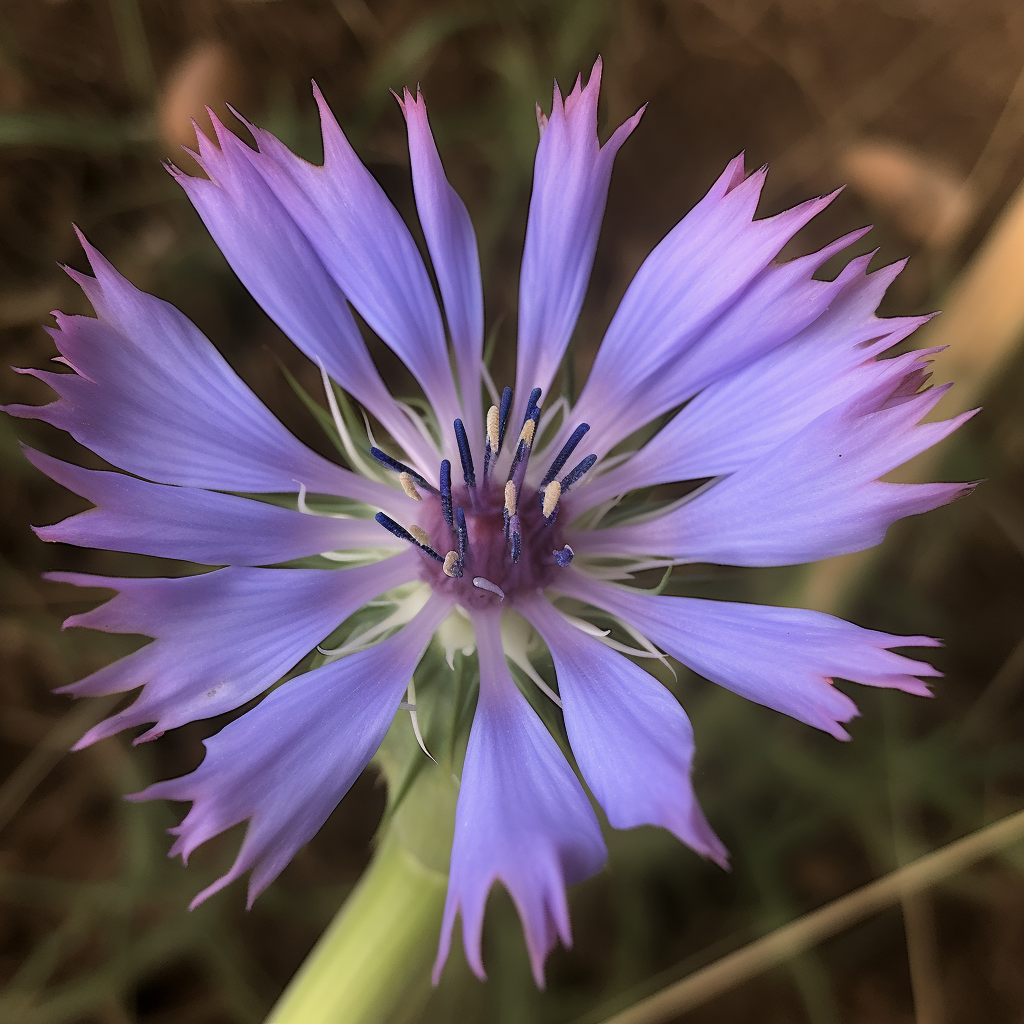
Chichorium Intybus
Several studies have shown that Chichorium intybus (C. intybus) which possesses flavonoid compounds has an effective role in treatment of cardiovascular diseases. Contractile dysfunction mostly occurs after acute myocardial infarction, cardiac bypass surgery, heart transplantation and coronary angioplasty.
The aim of the present study was to investigate the effect of aqueous extract of C. intybus on ischemia- reperfusion injury in isolated rat heart.
It seems that flavonoid compounds of aqueous extract of C. intybus reduce ischemia – reperfusion injuries, suggesting its protective effect on heart function after ischemia.
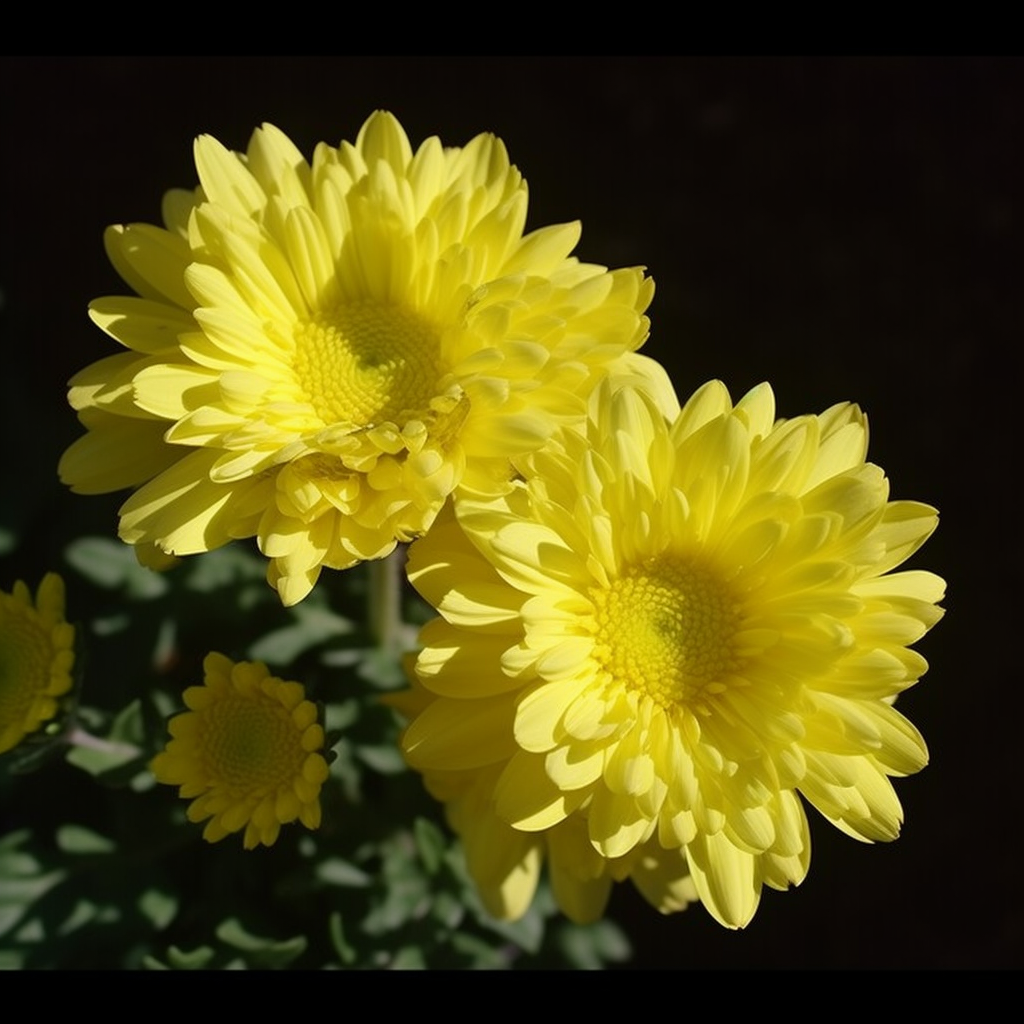
Chrysanthemum Morifolium
We investigated the effect of polyphenol-rich CME on hypertension -induced cardiac hypertrophy in rats and its possible mechanism of action.
Polyphenol-rich CME may alleviate hypertensive cardiac hypertrophy in rats. Its mechanisms may be related to the reduction of blood pressure and amelioration of the myocardial energy metabolism. The latter may be attributed to the inhibition of HIF-1α expression and subsequent modulation of PPARα-mediated CPT-1a, PDK-4 and GLUT-4 expressions.
Cinnamomumtamala
The present study was designed to scientifically evaluate the cardio protective potential of Ethanolic Extract of dried leaves of Cinnamomum tamala (Family: Lauraceae) (EECT), against doxorubicin induced myocardial infarction in Wistar albino rats. Myocardial infarction was produced in rats with 15mg/kg of doxorubicin administered intraperitoneally (i.p), in six divided doses for two weeks. Effect of oral treatment of EECT at two doses (200 and 400 mg/kg body weight), both in prophylactically and curatively manner was evaluated against doxorubicin (15mg/kg,i.p) induced myocardial infarction.
Levels of marker enzymes-Creatinine Phospho Kinase (CPK), Lactate Dehydrogenase (LDH), Alanine Amino Transferase(ALT) and Aspartate Amino Transferase(AST) were estimated in both the serum and heart tissues; antioxidant parameters viz., catalase (CAT) and malondialdehyde (MDA) were assayed in heart homogenate. Doxorubicin significantly increases the serum levels of marker enzymes and reduction of endogenous antioxidant s when compared with normal rats. EECT elicited a significant cardio protective activity by lowering the levels of serum marker enzymes and lipid peroxidation and elevated the levels of catalase. The study confirms the Cardioprotective potential of EECT against doxorubicin-induced cardiotoxicity in rats.
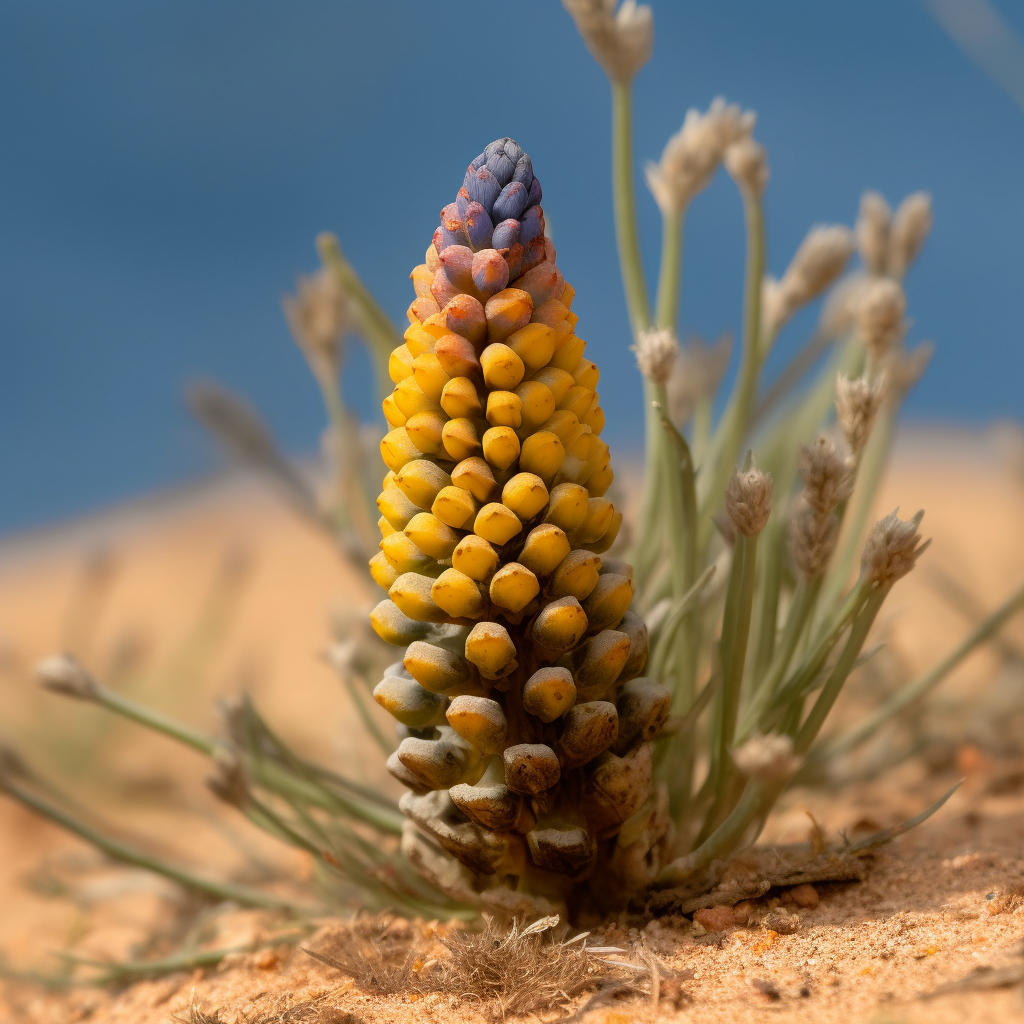
Cistanche Deserticola
The aim of the study was to examine and confirm the Cardioprotective effect and mechanism of phenylethanoid glycoside-rich extract of Cistanche deserticola (PhG-RE), a well-known natural antioxidant -based active constituents, against ischemia/reperfusion injury using both in vivo and in vitro approaches.
The results suggested that the PhG-RE may reduce the oxidative stress in the reperfused myocardium and play a significant role in the inhibition of apoptotic pathways leading to cardioprotection.
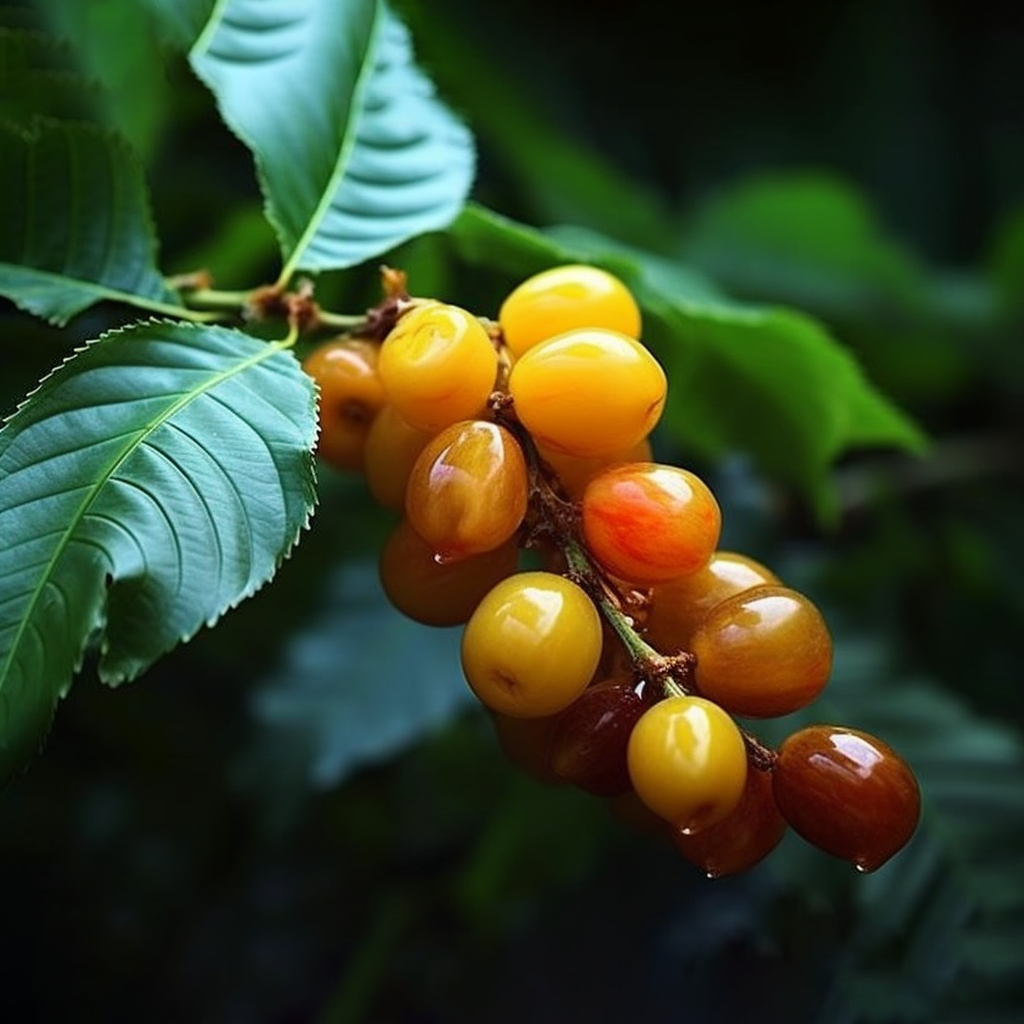
Clausena Anisata
Clausena anisata (Willd.) Hook.f. ex Benth(Rutaceae) is a medicinal plant indigenous to Southern Africaand scientific studies reporton its biomedical activities and possible antihypertensive property by demonstratingin vitro angiotensin converting enzyme inhibition. This study investigated the antihypertensive effects of an aqueous leaf extract of Clausena anisata in a spontaneously hypertensive rat model, anddeterminedwhether these blood pressure lowering effects could be attributed to diuresis, the inhibition of the renin–angiotensin-aldosterone blood pressure control systemand/or possible negative inotropic or chronotropic cardiac effects. Aqueous extractswere prepared from ground leaves of Clausena anisata. Four groups of ten rats each received 50, 100, 200 or 400 mg/kg.bwof aqueous extracts intra-arteriallyrespectively to obtain a dose response relationship. Another two groups of fifteen rats each received either plain water (control group) or the plant extractadded to their drinking water(experimental group)for 40 days. Urine output was measured at 10 day intervals. All cardiovascular data wasrecorded with a Powerlab 200 recording system in anaesthetised rats that were catheterised via the carotid artery.
Plasma angiotensin II levels were determined using a commercially available enzyme immunosorbent assay kit.Theresults showed that Clausena anisatawas effective in reducing aortic blood pressure at the highest dose tested(400 mg/kg.bw). Furthermore, Clausena anisatasignificantly reduced the blood pressure over 40 days. This appears to have occurred via a mechanism that causes a reduction in plasma angiotensin II levels and not via diuresis or negative chronotropiceffects .
Clitoriaternatea
There was a significant evidence that there are several of the medicinal plants encompass the prospective to treat cardiovascular disease. In this study, Doxorubicin is used as an effectual induction of cardiotoxicity and heart malfunction in the taken experimental rats which is an anthracycline chemotherapeutic mediator used to the treat of a wide variety of malignancies. To examine the shielding property of ethanolic flower extract of clitoraternatea (EECT) scheduled doxorubicin(DOX) persuaded cardiotoxicity via albino wistar rats,through inspect the enzymatic,non-enzymatic antioxidant position,serum enzyme and Histopathology tissue.Experimental rats been provoked cardiotoxicity by means of a generous single dose of doxorubicin (15mg /body weight ) and treated orally through an ethanolic extract of clitoraternatea (EECT) for 14 days (100 mg/kg bw, 200 mg/kg bw and 300mg/kg bw,n=5).On15 days, the rats are sacrificed by treated through Ketamine –Xylazine,Biochemical as well as histological remarks of the heart tissues had carry out. cardiotoxicity had been calculated throughout to establish the cardio marker enzyme levels such as (LDH) Lactic acid dehydrogenase,(CK-MB) Creatinin kinase and (AST) Aspartate transaminase at the finish of the study.
Managementthrough EECT of 200mg/kg and 300mg/kgconsiderablyreduced the levels of cardiac marker enzymes(p<0.05), and as wellminimize the decrease of weight of the heart of DOX treated group. In heart tissue superoxide dismutase, glutathione and catalase heightsbe significantly greater than before and lipid oxide peroxide (LPO) significantly decreased in the extract (200 &300 mg /kg bw) treated rats when compared to DOX treated with the significance of P< 0.05. There was no significant recovery of the 100 mg/kg of EECT. These results will suggested that EECT having potential anti-cardiotoxic effects induced by Doxorubicin by preventing oxidative injure provoke by DOX in heart of taken experimental animals.
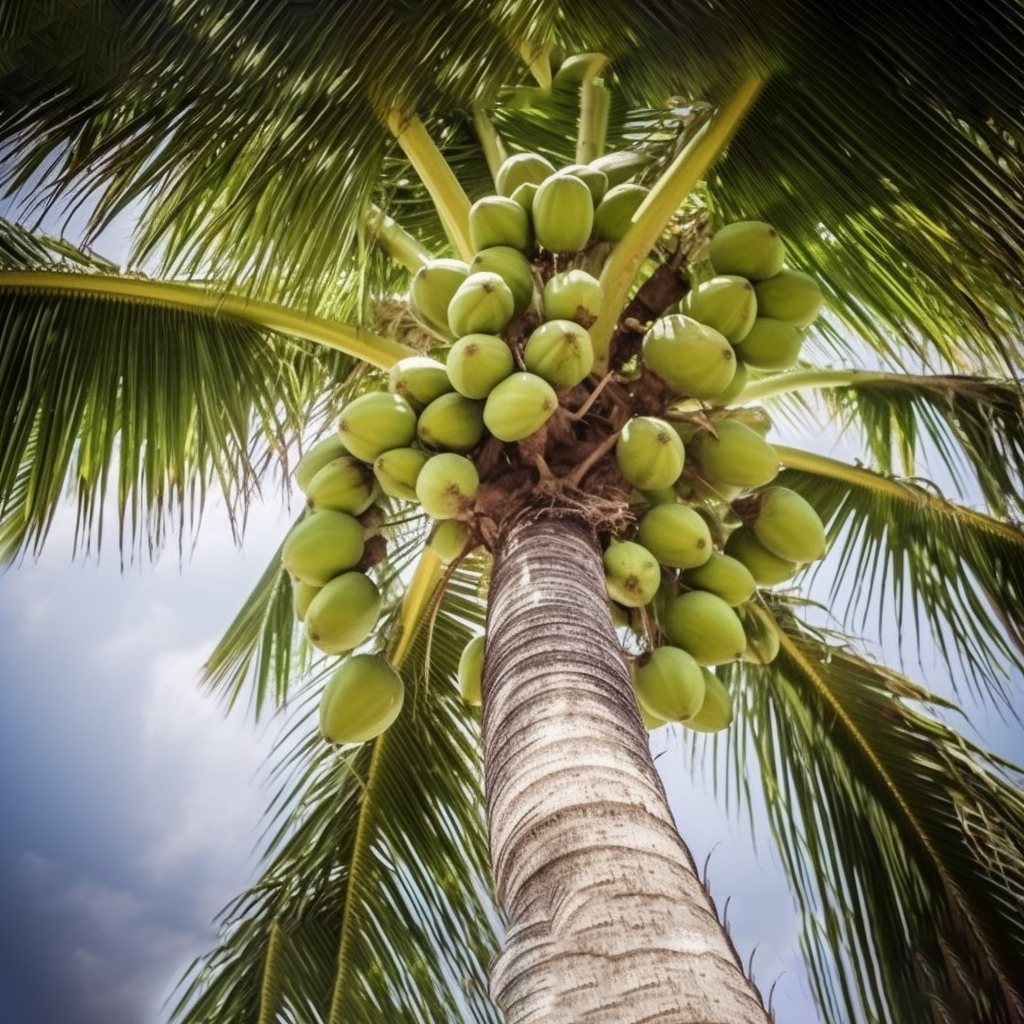
Coconut Husk
Coconut husk is a potential natural source of some important bioactive compounds with several health benefits. In this study, the inhibitory effects of polyphenolics-rich extract of coconut husk on pancreatic lipase (PL), xanthine oxidase (XO) and angiotensin 1-converting enzyme (ACE), being enzymes whose over-activities contribute to the pathogenesis of obesity , gout and hypertension , respectively, were investigated. Free radicals (DPPH* and ABTS*+) scavenging ability, and HPLC-DAD profile of the flavonoids and phenolic acids constituents of the extract were also evaluated. The extract strongly inhibited PL, XO and ACE in a dose-dependent pattern, with IC50 values of 12.34 ± 1.25 μg/mL, 26.20 ± 2.46 μg/mL and 17.64 ± 1.89 μg/mL, respectively.
The extract effectively scavenged DPPH* and ABTS*+. The flavonoids in the extract were in the order of quercetin > apigenin > kaempferol > rutin; while the phenolic acids were in the order of p-coumaric acid > chlorogenic acid > gallic acid > caffeic acid. Hence, coconut husk may be a low-cost natural product for managing obesity , gout and hypertension , and alleviating oxidative stress; through inhibition of PL, XO and ACE, and scavenging of free radicals. The combined effects of the flavonoids and phenolic acids constituents of the husk may be responsible for these bioactivities.
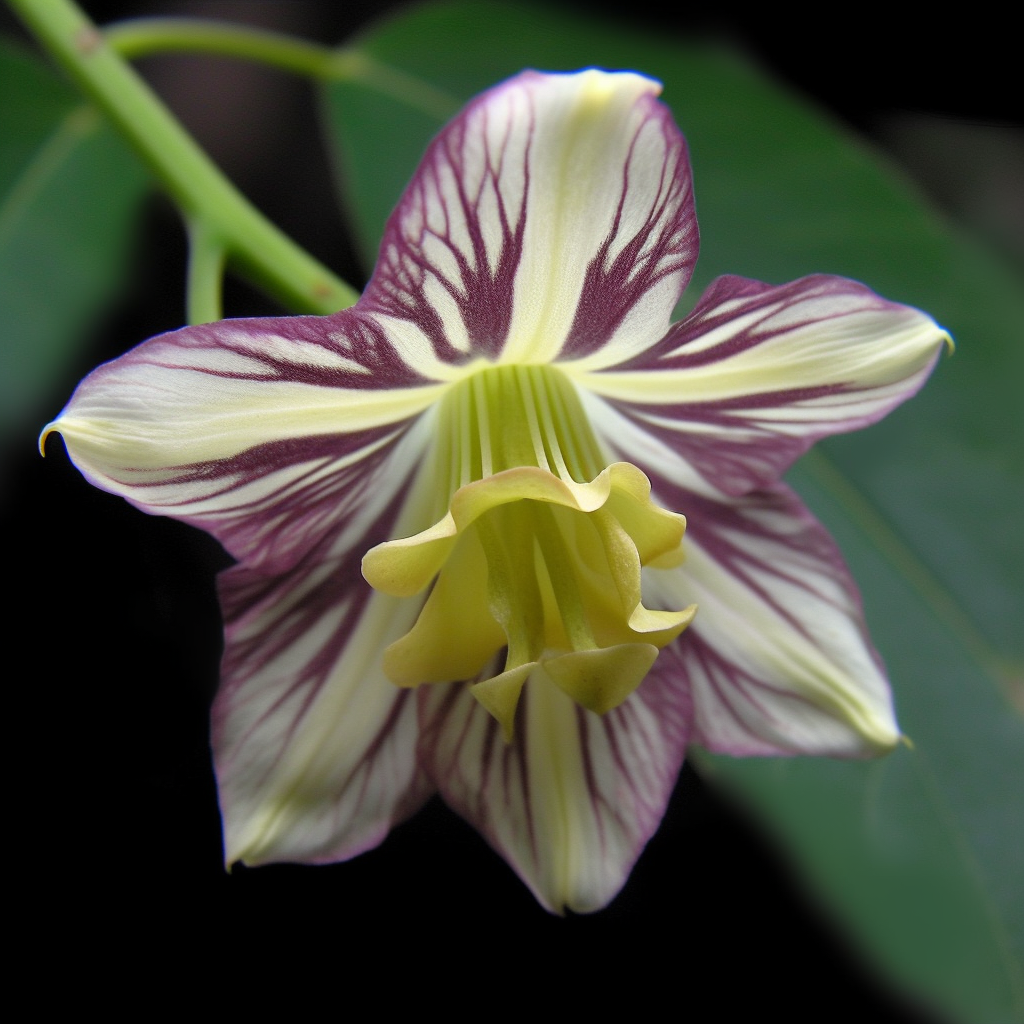
Codonopsis Lanceolata
Codonopsis lanceolata extract prevents hypertension in rats
Codonopsis lanceolata, a plant with antioxidant , anti-cancer, anti-inflammatory and blood lipid improving effects , has been widely used as a therapeutic agent in traditional medicine.
These results suggest that ECL is effective in reducing SBP and inflammation in hypertensive conditions.
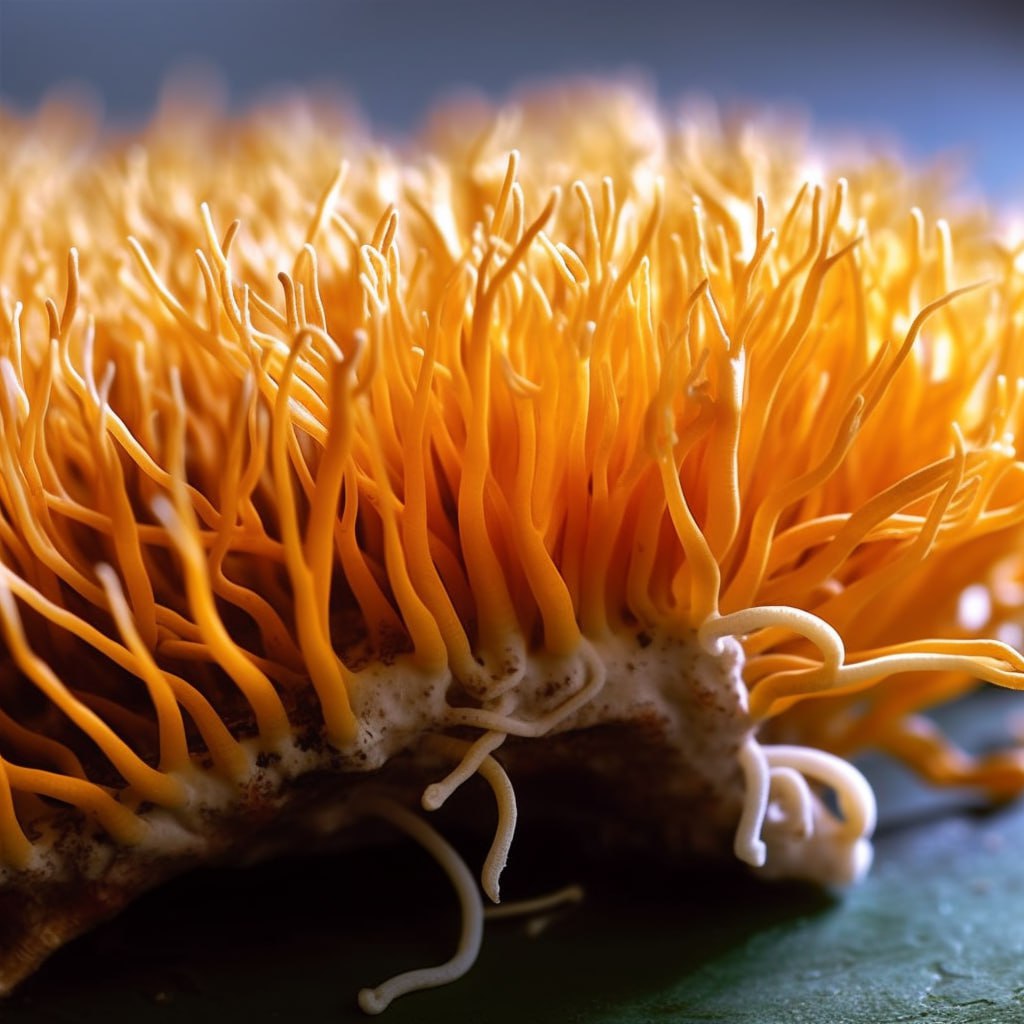
Cordyceps Mycelia
To study the effects of Cordyceps mycelia extract (CME) on portal hypertension in rats with dimethylnitrosamine (DMN) induced liver cirrhosis and probe into the mechanism of the action.
CME plays a good role in preventing and treating the portal hypertension in rats with DMN-induced liver cirrhosis. The histological bases of the effects are to treat liver sinusoida l endothelial cell injury, inhibit hepatic stellate cell activation, inhibit and reverse hepatic sinusoida 1 capillarization.
Coreopsis Tinctoria Nutt
Aim: To investigate the effects of the alco-hol extract from Coreopsis tinctoria Nutt. on urinary metabolomics of spontaneous hypertension rats ( SHR).
Methods: SHR were fed with normal diet for 1 week and then, they were randomly divided into six groups:untreated control, the high, middle, low dos-age group of the alcohol extract(3.2 g·kg-1 ,1.6 g· kg-1,0.8 g·kg-1) , captopril group(4 mg·kg-1) and Duzhong tablet group(187.5 mg·kg-1). The u-rine of normal rats and SHR hypertension model rats was collected on 1,2,3,4 weeks. The metabolic pro-files were analyzed using 1 H-NMR. PLS-DA methods were used to discriminate the difference and the bio-markers.
Results: Compared with model group, the blood pressure of all groups was significantly lowered after 4 weeks ( P <0.01 ). The alcohol extract from Coreopsis tinctoria Nutt. could significantIy reduce blood pressure, and the urinary metabolic profiles trea-ted with Coreopsis tinctoria Nutt. were changed signifi-cantly such as IIL,creatine,β-glucose,etc.
Conclusion: The alcohol extract from Coreopsis tinctoria Nutt. could significantIy reduce blood pressure and change the urinary metabolomics profiles of SHR rats.
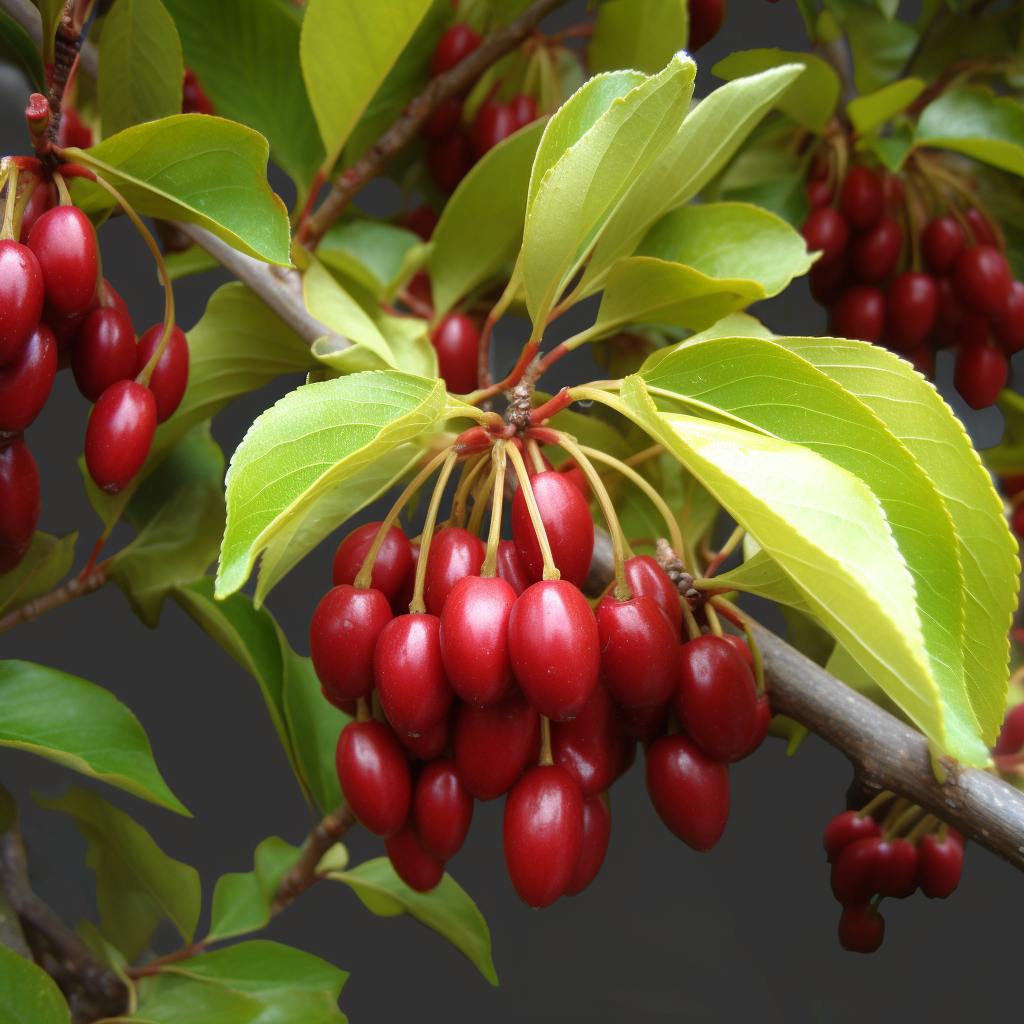
Cornus Mas Fruit Extract
In the present study, Cardioprotective effect ofCornus masfruitsextract (CMFE) was evaluated in a rat model having acute cardiotoxicity, induced by single dose of carbon tetrachloride (CCl4) (1ml/kg i.p.). Pre and post treatment of C. masfruit extract (300 and 700mg/kg) in CCl4-treated rats significantly decreased the increased levels of serum lactate dehydrogenase, serum creatine kinase and myocardial lipid peroxides and significantly increased the myocardial endogenous antioxidants (glutathioneperoxidase, superoxide dismutase and catalase) levels. The results of biochemical observations in the serum and heart tissues were supplemented by histological examination of rats’heart sections to confirm the myocardial injury.
The present results provide evidence for the first time, that Cornus masfruit extract (CMFE) treatment ameliorated myocardial injury andenhanced the antioxidant defense against CCl4-induced cardiotoxicity in rats and exhibited Cardioprotective properties.
Costus Afer Leaf
Costus afer leaf extract is one of the native heritages of folklore medicine in Nigeria, used for the treatment of various disease conditions. Therefore this study was undertaken to evaluate the Cardioprotective potential of the methanol extract of Costus afer leaves on CCl4– induced cardiotoxicity in albino rats. Twenty-eight (28) albino rats were divided into four main groups: normal control (normal saline only), CCl4 control (saline and CCl4), aspirin treated (1.2 mg/kg b.w aspirin and CCl4) and Costus afer extract treated (extract and CCl4) groups.
Costus afer extract was administered in four doses; 100, 200, 300, and 400 mg/kg b.w. p.o for 7 days. On day 7, CCl4 (2.5 ml) cardiotoxicity was induced in animals of CCl4 control, aspirin treated and extract pre-treatment groups. The parameters studied in this respect were cardiac biomarker enzymes; Creatine Kinase (CK), Aspartate Transaminases (AST) and Lactate Dehydrogenase (LDH), serum lipid profile; Triacylglycerol (TAG), Total Cholesterol (TC), Low Density Lipoprotein (LDL), High Density Lipoprotein (HDL) and artherogenic index (AR), lipid peroxidation; malondialdehyde (MDA) level and enzymatic antioxidant levels of cardiac tissue homogenate; Superoxide Dismutase (SOD), Catalase (CAT) and Glutathione Reductase (GR). CCl4 intoxication produced significant (p < 0.05) increases in cardiac biomarker enzymes, serum lipid profile (TAG, TC, and LDL) along with enhanced lipid peroxidation in heart, while significant (p < 0.05) decreases in enzymatic antioxidant activities and HDL contents were also observed when compared to normal control.
Costus afer leaf extract protected against CCl< cardiotoxic effect by restoring the cardiac functions alterations, augmenting antioxidant activities, reducing lipid peroxidation and improving lipid profile levels near normal. From the results, Costus afer leaves expressed Cardioprotective potential and could be helpful in the management of cardiac dysfunction.
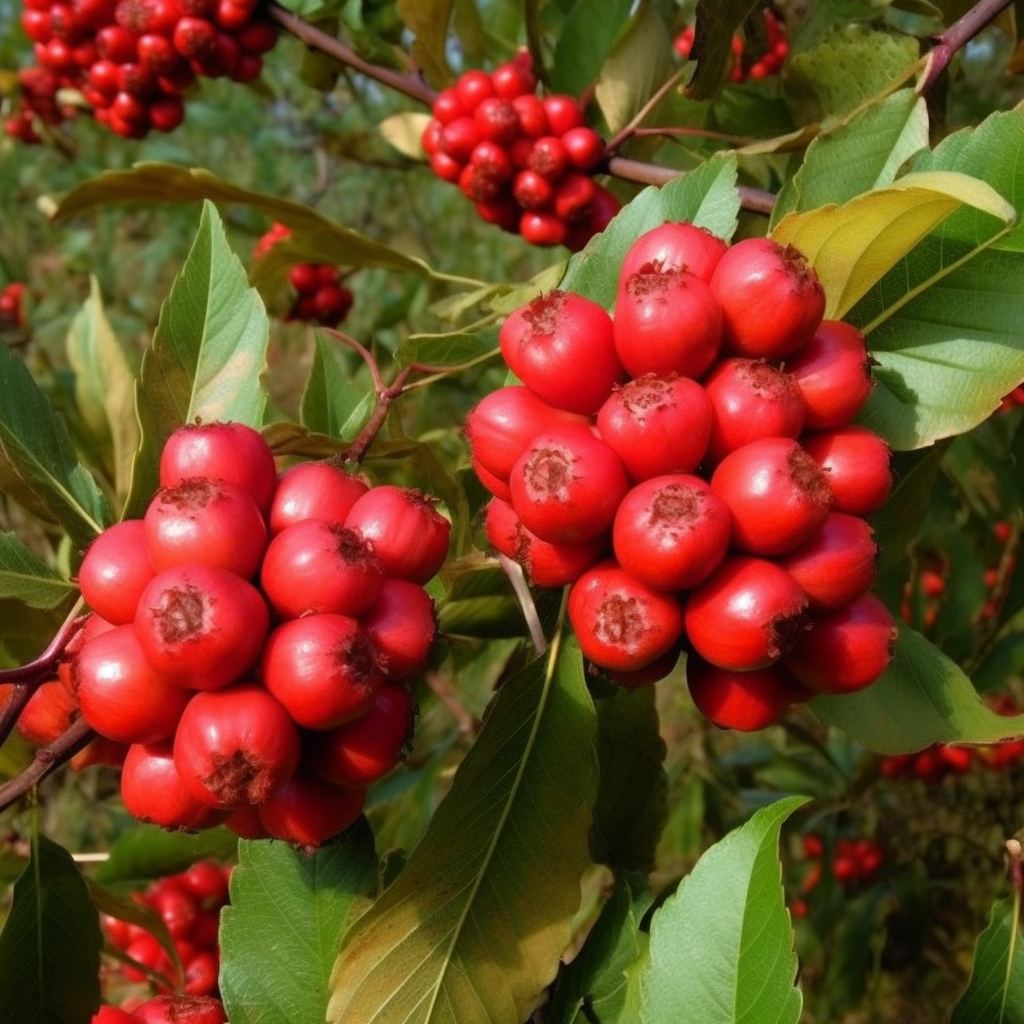
Crataegus Aronia Syn. Azarolus
We examined whether Crataegus aronia (C. aronia) can ameliorate Doxirubicin (DOX) – induced cardiotoxicity in rats. Six groups of Wistar rats were divided as: Group I: a control group (administered saline); Group II: administered aqueous extract of C. aronia alone; Group III: administered DOX alone; Group IV: administered concomitant doses of both DOX and C. aronia; Group V: administered DOX first then followed by C. aronia; Group VI: administered C. aronia first, followed by DOX. Following treatment , serum levels of cardiac enzymes and B-type natriuretic peptide (BNP) were measured. Endogenous antioxidant evaluation, light and electron microscopy were performed on the cardiac tissues. Those of groups III and VI showed increases in oxidative stress and lipid peroxidation, accompanied by increases in the serum levels of cardiac enzymes and BNP. Histologically, groups III and VI showed destruction of myofibrils, infiltration of mononuclear cells, fibrosis and vacuolation. Ultrastructural changes included similar findings with emptying of myocytes, mitochondrial swelling, condensed or disrupted cristae. The Z-lines were also irregular, interrupted and thickened.
These changes were significantly less prominent in groups IV and V. In conclusion, the aqueous extract of C. aronia augments the endogenous antioxidant components of the rat’s heart and ameliorates DOXinduced cardiotoxicity.
Crataegus Tanacetifolia Leaf
Crataegus (hawthorn) has long been used as a folk medicine all around the world. Most of the studies with Crataegus species focus on effects on heart failure and cardiovascular disease. The pharmacological effects of Crataegus have been attributed mainly to the content of flavonoids, procyanidin, aromatic acid and cardiotonic amines. The present study investigated the blood pressure and the structure of the coronary arterial wall of L-NAME-induced hypertensive rats given an aqueous leaf extract of C. tanacetifolia (100 mg/kg), for 4 weeks via gavage. It was observed that C. tanacetifolia, especially the hyperoside fraction, prevented L-NAME-induced hypertension in rats and had beneficial effects on the cardiovascular system.
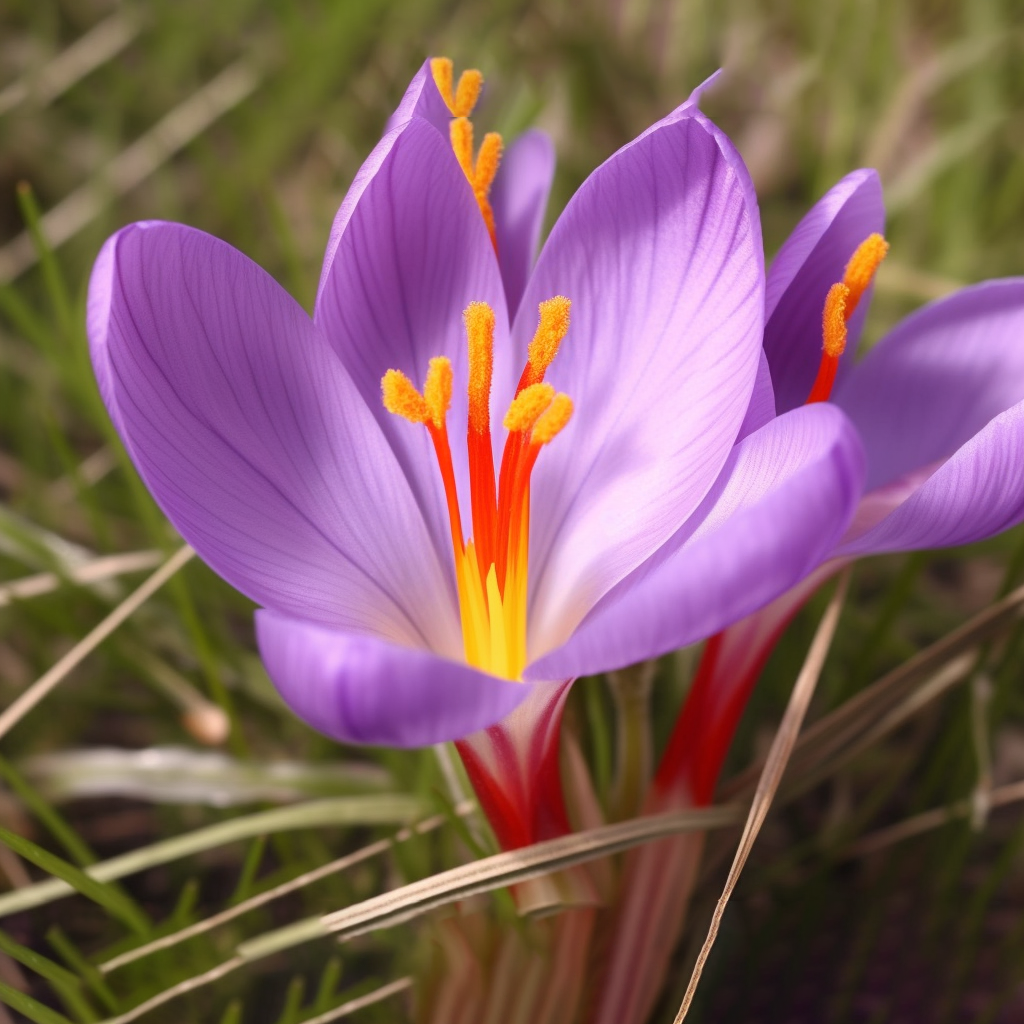
Crocus Sativus Crocin
Angiotensin II (AngII), a major product of renin–angiotensin system (RAS) has important role in induction of hypertension and antihypertensive effect of several medicinal plant was mediated by effect on this agent. Therefore, this study examined the possible effect of hydroalcoholic extract of Crocus sativus (C. sativus) on hypertension induced by AngII.
Regarding the improving effect of the C. sativus extract on AngII induced hypertension, it seems that this ameliorating effect partly mediated through inhibition of RAS.
Croton Macrostachyus
Croton macrostachyus Hochst. ex Delile (Euphorbiaceae) has been used in traditional medicine to manage heart failure and other heart diseases in Ethiopia. Objective. To evaluate the antioxidant and Cardioprotective activities of stem bark extract and solvent fractions of Croton macrostachyus on cyclophosphamide-induced cardiotoxicity in rats.
Croton macrostachyus possesses Cardioprotective activities and it could be a possible source of treatment for cardiotoxicity induced by cyclophosphamide.
Croton Sparciflorus
Abstract The methanolic extract of Croton sparciflorus was studied for the Cardioprotective activity using Isoproterenol induced myocardial infarction in wistar albino rats. Methanolic extract of this plant showed significant Cardioprotective effect by lowering the serum levels of various biochemical parameters like CPK, LDH and transaminases in the selected model.
The results obtained in the present work are in turn with histopathological examinations of heart tissue sections and are comparable with the standard Cardioprotective drug. The results also suggests that the biologically active phytoconstituents such as flavonoids, glycosides, alkaloids present in the methanolic extract of plant which is confirmed from the qualitative analysis may be responsible for the significant Cardioprotective activity.
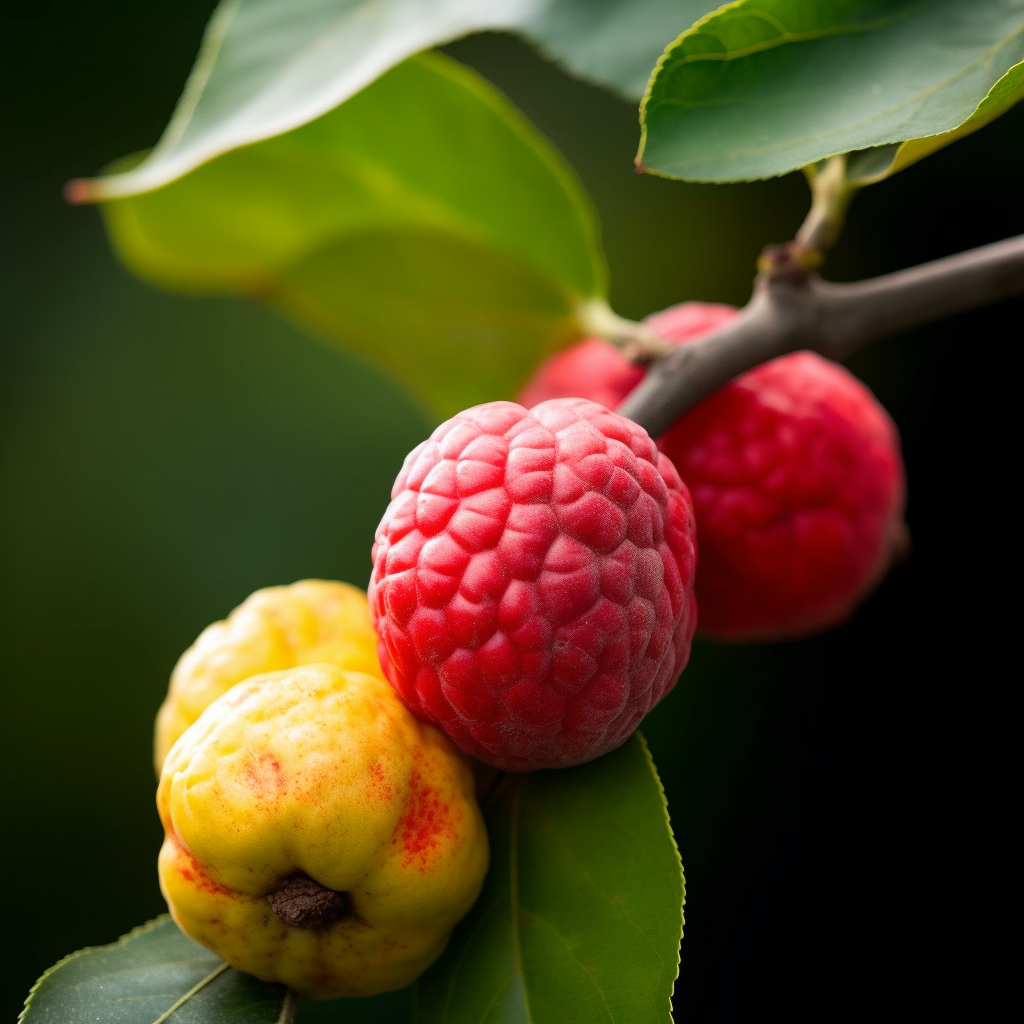
Cudrania Tricuspidata
A pharmacological inhibition of nitric oxide synthase (NOS) in rats for 4-6 weeks produces renal vasoconstriction, renal dysfunction, and severe hypertension. The present study was aimed at investigating whether Cudrania tricuspidata (C. tricuspidata) water extract ameliorates N(G)-Nitro-L-arginine methylester (L-NAME)-induced hypertension. Treatment of L-NAME (60 mg/L drinking water, 4 weeks) causes a sustained increase in systolic blood pressure (SBP). The concentration of plasma NO metabolites and NO/cGMP productions in the vascular tissues of the L-NAME-treated group were significantly reduced as compared with those in the control. C. tricuspidata water extract blocked increase of SBP in the L-NAME-treated group and restored SBP to normal level. Futhermore, C. tricuspidata water extract was able to preserve the vascular NO/cGMP production and plasma NO metabolites concentration.
However, there are no changes in the expression of ecNOS and iNOS of thoracic aorta among the rats of control, L-NAME-treated group, and L-NAME and C. tricuspidata water extract co-treated group. The urinary sodium level, urine volume, and creatinine clearance were significantly higher in rats co-treated with C. tricuspidata water extract and L-NAME than in L-NAME-treated group. Taken together, these results suggest that C tricuspidata water extract prevents the increase of SBP in the L-NAME-induced hypertension that may have been caused by enhanced generation of vascular NO/cGMP.
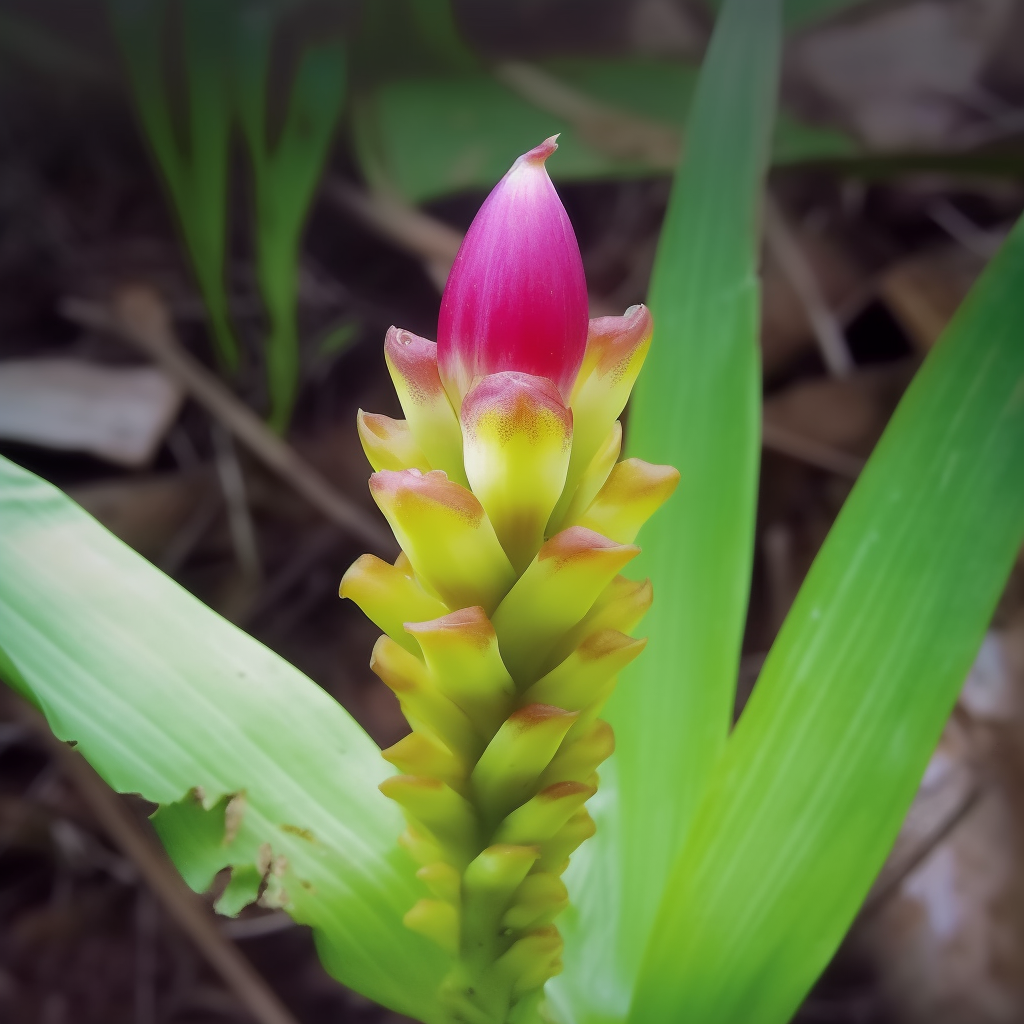
Curcuma Longa L.
To investigate the effect of a hot water extract of C. longa L. (WEC) containing anti-inflammatory agents, bisacurone, and turmeronol on chronic inflammation, a randomized double-blind placebo-controlled study was conducted in middle-aged and elderly subjects aged 50-69 years with overweight or prehypertension /mild hypertension . The subjects consumed 900 mg WEC tablets, containing 400 μg bisacurone, 80 μg turmeronol A and 20 μg turmeronol B (WEC group: n = 45), or placebo tablets without WEC (placebo group: n = 45) daily for 12 weeks. Serum inflammatory and metabolic markers were measured. The subjects also completed the MOS 36-item short-form health survey (SF-36) and the Profile of Mood States scale (POMS). In the WEC group, the serum levels of C-reactive protein, tumor necrosis factor-α, interleukin-6, and soluble vascular cell adhesion molecule-1 decreased significantly.
Compared with the placebo group, the WEC group had significantly lower serum levels of glucose, hemoglobin A1c, and triglycerides, as well as higher serum levels of high-density lipoprotein cholesterol. The WEC group also showed significant improvement of SF-36 scores (for general health, vitality, mental health, and mental summary component) and POMS scores for positive mood states (vigor-activity and friendliness). In conclusion, WEC may ameliorate chronic low-grade inflammation, thus contributing to the improvement of associated metabolic disorders and general health.
Cuscuta Reflexa
diabetes and hypertension are the major cardiovascular risk factors and is an increasing life-threatening disease around the world. diabetes and hypertension is leading life threatening diseases over worldwide. Available conventional drugs have lot of side effects and tolerance problem. Herbal medicines are preferred to overcome side effects and tolerance. Aim of this research was investigation effect of Cuscuta reflexa on experimentally induced hypertension in normal and streptozotocin induced diabetes in rats. Objective was to find out the possibilities of use of extract as a supportive/protective medicine and to explore the possible toxicities of cuscuta reflexa in these models. hypertension was induced by angiotensin II (150ug/kg, i.p) in rats. diabetes was induced in rats by administration of streptozotocin (50mg/kg). Animals were divided into various groups and effects of ethanolic extracts of cuscuta reflexa were studied in Ang-II induced hypertension in normal rats and streptozotocin induced diabetic rats. blood pressure was measured by noninvasive techniques (NIBP) using Power lab, AD instrument, Australia.
Effect of extracts was studied on oxidative parameters like SOD, CAT, LOP and NO. Extract of Cuscuta reflexa possess significant antidiabetic activity and antihypertensive activity in experimentally induced hypertension in normal and strepozotocin induced diabetes in rats.
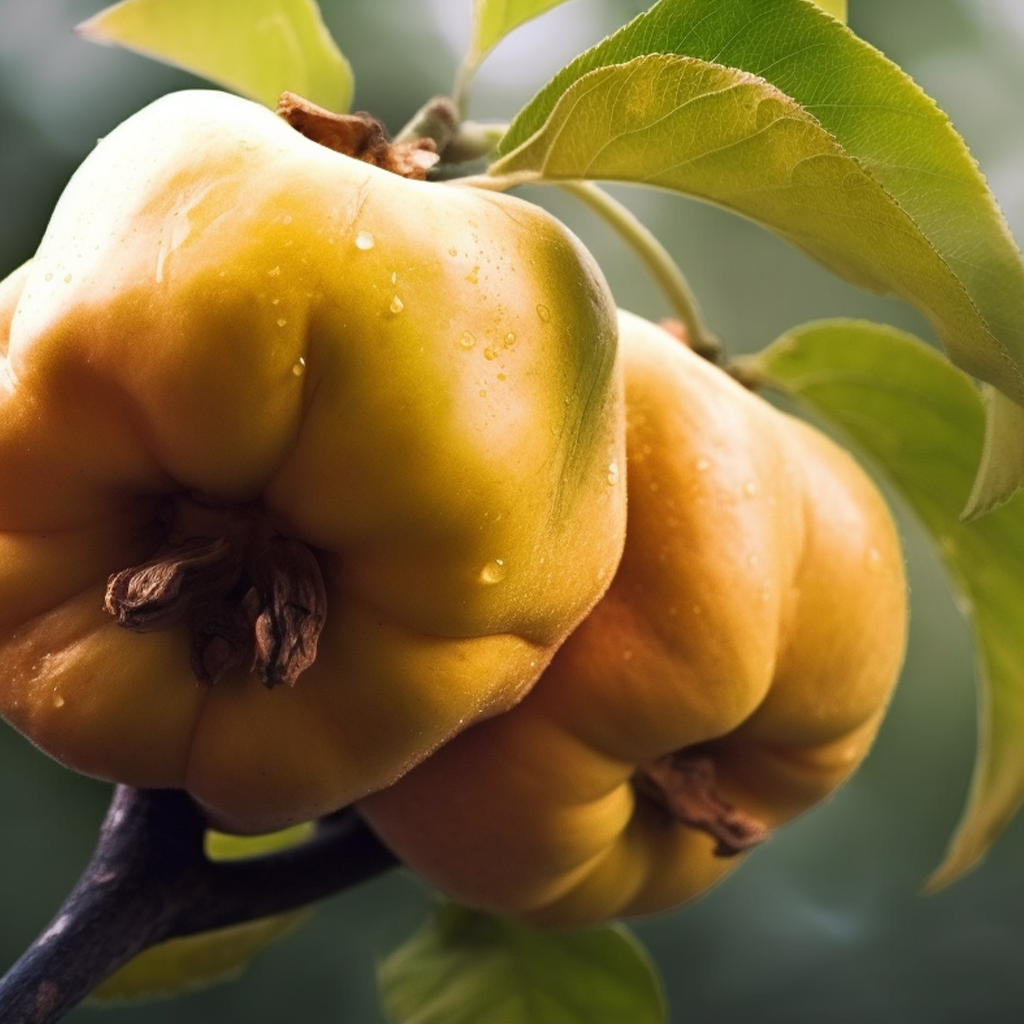
Cydonia Oblonga Mill
Quince, Cydonia oblonga Mill. (COM), is used in traditional Uyghur medicine to treat or prevent cardiovascular diseases. Uyghur people have greater longevity and lower blood pressure than other central Asian populations. We therefore tested COM fruit and leaf extracts on blood pressure and rheology in renal hypertensive rats (RHR).
COM extracts have antihypertensive activity in renal hypertensive rats. The additional effect on rheology, compared to captopril, may convey added interest. Further studies of these effects in man appear warranted.

Cymbopogon
Cymbopogon proximus Extract Decreases L-NAME-Induced hypertension in Rats
Cymbopogon proximus (C. proximus) is a wild herb that is commonly used safely as an anti-spasmodic and diuretic agent and known as halfabar. In the current study, we aimed at exploring the potential antihypertensive effect of C. proximus on Nω-Nitro-L-arginine methyl ester (L-NAME)-induced hypertensive rats. hypertension was induced in rats by L-NAME (40 mg/kg) given orally once daily for 4 weeks. The antihypertensive activities of the total methanolic extract, n-hexane, chloroform and methanol fractions of C. proximus (50 and 100 mg/kg) were studied using a non-invasive Rat Tail-Cuff blood pressure System. The total methanolic extract or n-hexane fractions caused a dose-dependent decrease in the blood pressure of hypertensive rats. On the other hand, chloroform and methanol fractions did not show any significant effect on blood pressure.
All the used extracts did not show any appreciable hypotensive effect on normotensive animals in the tested dose levels compared to animals administered vehicle only. Total methanolic extract and n-hexane fraction caused a transient decrease in blood pressure of about 8% at 100 mg/kg dose after 2 weeks of treatment . According to the results C. proximus extracts possess a valuable antihypertensive activity which supports further development of the extract as a potential therapeutically useful natural antihypertensive agent.
Cyperusrotundus
The polyphenolic extract of tuberus of cyperus rotundus and taurine was studied for the Cardioprotective activity using isoproterenol induced myocardial infraction in female rats. Thesefindings the synergistic cardio protective effects of polyphenolic extract of tubers of cyperus rotundus and taurine during ISO-induced myocardial infraction in rats.
Daesiho-Tang
effects of DaeSiHo-Tang extract on hypertension and Arterial Contraction
This study was undertaken to define the effect of DaeSiHo-Tang extract on the hypertension in spontaneous hypertensive rat and norepinephrine-induced arterial contraction in rabbit. Systolic blood pressure and blood velocity were significantly attenuated by administration of DaeSiHo-Tang extract. but blood flow and renin-angiotensin-aldosterone system unaffected by DaeSiHo-Tang extract. The relaxation effect of DaeSiHo-Tang extract was dependent on the presence of endothelium, showing that DaeSiHo-Tang extract-induced relaxation was not observed in the strips without endothelium. The endothelium-dependent relaxation induced by DaeSiHo-Tang extract was decreased by the pretreatment of Nω-nitro-L-arginine or methylene blue, but it was not observed in the strips pretreated with indomethacin or tetraethylammonium chloride. When Ca2+ was applied, the strips which were contracted by norepinephrine in a Ca2+-free solution, arterial contraction was increased. But pre-treatment of DaeSiHo-Tang extract inhibited contractile response to Ca2+.
These results indicate that antihypertensive effect of DaeSiHo-Tang extract is due to descend arterial resistance by the arterial relaxation through the formation of nitric oxide in the vascular endothelial cells.

Danshen Tanshinone IIA
effects of DaeSiHo-Tang extract on hypertension and arterial Contraction
This study was undertaken to define the effect of DaeSiHo-Tang extract on the hypertension in spontaneous hypertensive rat and norepinephrine-induced arterial contraction in rabbit. systolic blood pressure and blood velocity were significantly attenuated by administration of DaeSiHo-Tang extract. but blood flow and renin–angiotensin-aldosterone system unaffected by DaeSiHo-Tang extract. The relaxation effect of DaeSiHo-Tang extract was dependent on the presence of endothelium, showing that DaeSiHo-Tang extract-induced relaxation was not observed in the strips without endothelium. The endothelium-dependent relaxation induced by DaeSiHo-Tang extract was decreased by the pretreatment of Nω-nitro-L-arginine or methylene blue, but it was not observed in the strips pretreated with indomethacin or tetraethylammonium chloride. When Ca2+ was applied, the strips which were contracted by norepinephrine in a Ca2+-free solution, arterial contraction was increased.
But pre-treatment of DaeSiHo-Tang extract inhibited contractile response to Ca2+. These results indicate that antihypertensive effect of DaeSiHo-Tang extract is due to descend arterial resistance by the arterial relaxation through the formation of nitric oxide in the vascular endothelial cells.

Decaffeinated Green Tea
Oxidative stress and endothelial dysfunction are closely associated with hypertension and insulin resistance (IR) in metabolic syndrome (MetS). It is still controversial whether green tea extract (GTE) may have blood pressure (BP) lowering effect. Decaffeinated GTE might be presumed to have strong antioxidative effect and BP-lowering effect as compared with catechins. Thus we investigated whether decaffeinated-GTE could attenuate hypertension and IR by improving endothelial dysfunction and reducing oxidative stress in a rat model of MetS.
Decaffeinated-GTE reduced the formation of ROS and NADPH oxidase activity and stimulated phosphorylation of eNOS and Akt in the aorta of a rat model of MetS, which resulted in improved endothelial dysfunction and IR, and eventually lowered BP.
Delphinium Brunonianum
The present study aims at phytochemical profiling and valuating the effect of crude extract of Delphinium brunonianum on fructose mediated rise in blood pressure and metabolic abnormalities in rats. Therefore, rats were fed on fructose (10%w/v) for 6 weeks. Rats in treatment groups received amlodipine 250, 500 and 1000 mg/kg of DB-Cr separately in concurrent to fructose. Various parameters of metabolic perturbations were assessed at the end of study. Further, DB-Cr was analyzed using LC-MS technique. DB-Cr exerted remarkable antihypertensive effect whereas, sympathetic hyperactivity and hyperinsulinemia in these rats was significantly blunted, further, endothelium functionality was successfully restored.
LC-MS analysis of DB-Cr revealed the presence of a variety of chemical constituents (41) including quinic acid, scopolin, gingerol, Robinetin 3-rutinoside, KAPA and maleic acid. In conclusion, D. brunonianum possess the potential to combat the fructose mediated hypertension and metabolic perturbations, which may partially be due to its chemical constituents
Dioscorea Opposita
Aqueous extract of dioscorea opposita thunb. normalizes the hypertension in 2K1C hypertensive rats
Dioscorea opposita Thunb. (Huai Shan Yao, DOT), a common staple food in China, has been used for more than 2000 years in traditional Chinese medicine (TCM) to treat different systemic diseases including hypertension . The objective of this study was to investigate the possible antihypertensive effects of the aqueous extract of (DOT) in renovascular hypertensive rats as well as the mechanism in reducing blood pressure.
Our results suggest that DOT may have an antihypertensive effect on hypertension by inhibit ET-converting enzyme and antioxidant activity, which warrant further exploration.
Dohaekseunggi-Tang
Dohaekseunggi-tang (DHSGT) is a traditional plant-based medicine prescribed to promote blood circulation and to treat obesity and hypertension. The present study aimed to identify potential anti-obesity activities of DHSGT extract.
These results validate traditional knowledge and suggest that DHSGT may be potentially useful for managing hyperlipidemia, hyperglycemia, hypertension, and obesity.
Echinophora Cinerea
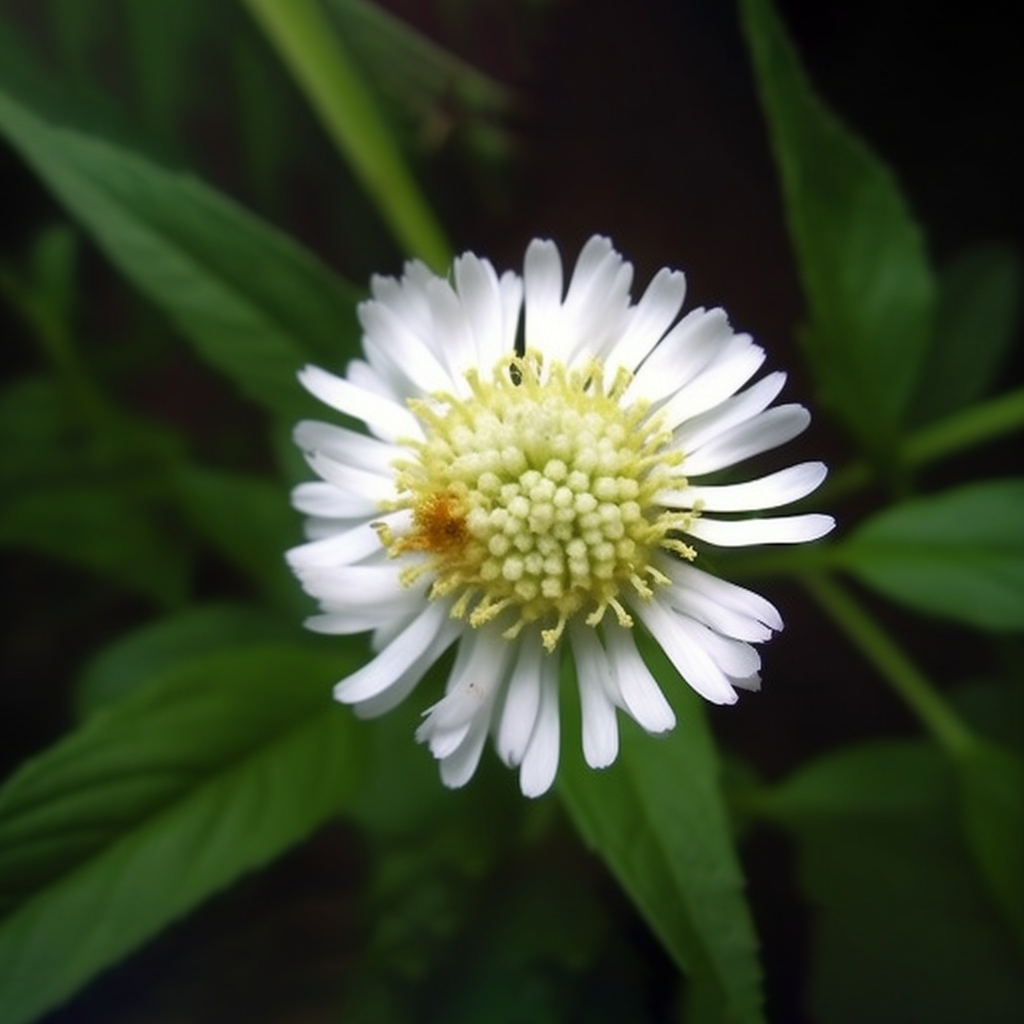
Eclipta Alba
CLINICAL STUDY OF AQUEOUS EXTRACT OF OF ESSENTIAL hypertension
Hypertension (HTN or HT) is also known as condition in which the blood pressure in the particularly in developing countries. It is an instrumental disease, so there is no descr urvedic classic. Hypertension is a Tridoshaja Vyadhi which regulate and also responsible for the movement of other is multifactorial diseases, accordingly the treatment is combinations. Drugs once started usually continued for lifelong. Hence the research is still on to find a safe, cost effective and suitable drug for treatment of hypertension. As a trial drug due to its known diuretic, hypocholesterolemic, anti patients were selected from N.I.A. OPD and IPD mgm O.D. and group B was given aqueous extract of extract of Eclipta alba were found effective in reducing the systolic and diastolic blood parameters as compare to amlodipine. Aqueous extract of of Sr. cholesterol (p<0.01), HDL (p<0.05) and VLDL Keywords-Eclipta alba, Essential hypertension,
Hypertension (HTN or HT), also known as blood pressure or arterial hypertension, is a chronic medical condition in which the sure in the arteries is persistently elevated. tension is common disorder rising in incidence once established treatment is obligatory. It is growing in incidence globally particularly in developing cou tries.
Egyptian Silybum Marianum
Liver fibrosis is one of the common problems effects on the human health. Many herbal, medicinal and pharmaceutical plants and their extracts are widely studied by many researches. Chinese silymarin got a bright reputation in relieve of liver fibrosis. The current study is a comparative study between the effect of Chinese silymarin (commercial drug) and the extracted silymarin from the natural Egyptian plant on the cardiac toxicity due to liver fibrosis induced by ethanol in rats. A total of 72 female Albino rats were divided into six groups; G1, Control; G2,Fibrosis; G3,Chinese silymarin; G4, Fibrosis + Chinese silymarin; G5, Egyptian silymarin extract; G6, Fibrosis + Egyptian silymarin extract.
Results showed that, heart enzymes activities LDH, lipid profiles in serum and MDA in tissues were a significant increase in Fibrosis group when compared with control group. On the other hand; creatine kinase (CK) in serum, total protein, total thiol, TAC, CAT and GST in cardiac tissues were a significant decrease in Fibrosis group when compared with control group. The current results revealed that; the Egyptian plant extract improved the lipid profile, heart functions and its oxidative stress parameters as comparison with the used medical Chinese silymarin.
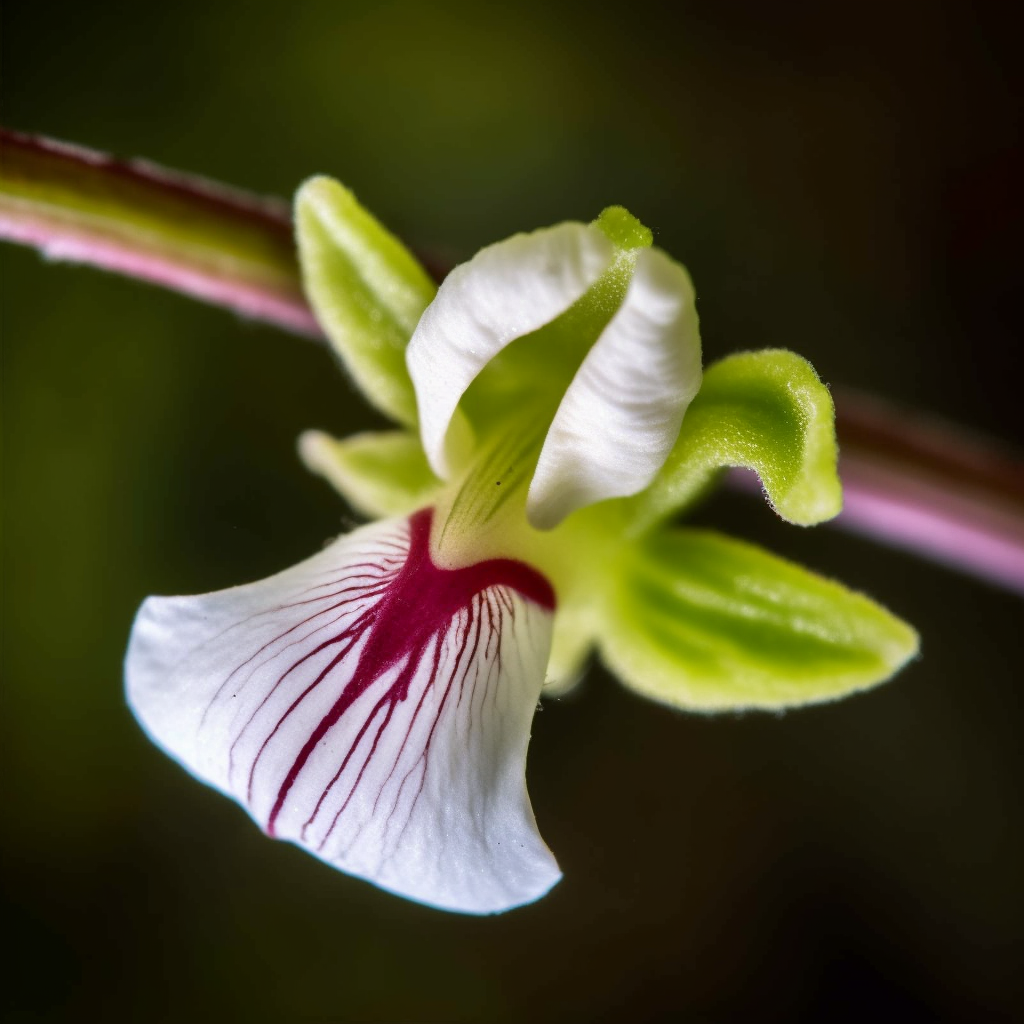
Elettaria Cardamomum
This study was conducted to evaluate the potential Cardioprotective effect of cardamom (CAR) against myocardial injuries induced by doxorubicin (DOX) in rats through investigation of histological alterations and the associated oxidative stress, apoptosis, inflammation, and angiogenesis. This study included 30 adult male albino rats that were randomized to 3 groups (n = 10/group): group I (control), group II (DOX) rats injected with DOX (2.5 mg/kg body weight [BW] i.p.) every other day for 2 weeks, and group III (CAR+DOX) received CAR extract (200 mg/kg BW) orally for 3 weeks, and 1 week later (starting from the 2nd week) they were injected with DOX (2.5 mg/kg BW i.p.) every other day for 2 weeks.
Rats treated with DOX alone exhibited notable myocardial damage (discontinuity and disorganization of cardiac muscle fibers, mononuclear cell infiltration, and apparent increases in collagen fiber deposition) accompanied by loss of function (revealed by elevated serum levels of lactate dehydrogenase, creatine kinase, and cardiac troponin), induction of oxidative stress (indicated by higher levels of nitric oxide and malondialdehyde, and lower levels of superoxide dismutase, catalase, and glutathione peroxidase), apoptosis (evidenced by high caspase 3 activity and immunostaining), and inflammation (marked by high cardiac NFκB level).
However, administration of CAR not only ameliorated all deleterious effects of DOX but also induced angiogenesis, as indicated by a significant increase in VEGF immunoreactivity. These data indicate that CAR could relieve DOX-induced cardiotoxicity, at least in part, via reductions in oxidative stress, apoptosis, and inflammation and increased tissue regeneration via induction of angiogenesis. Therefore, CAR could be a promising cytoprotective agent against DOX cardiotoxicity.
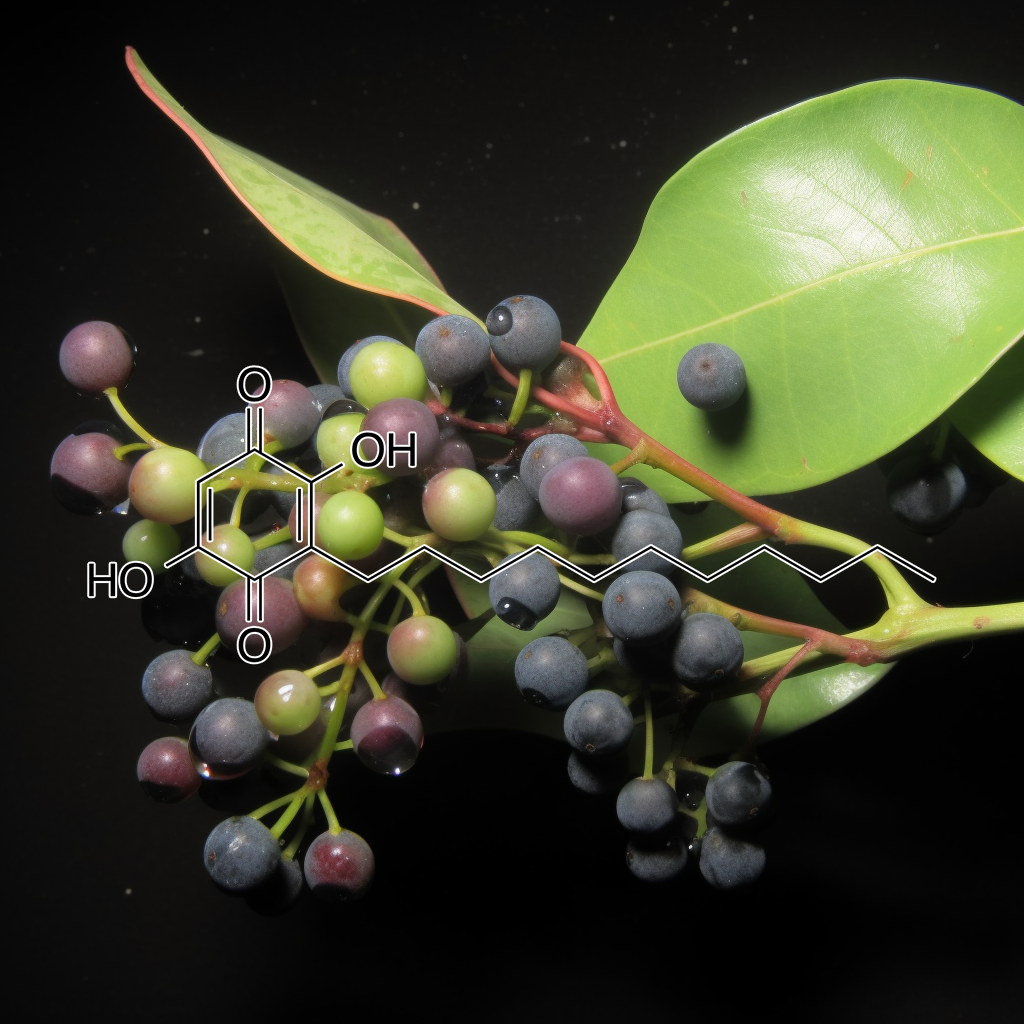
Embelia Ribes
In the present study, Cardioprotective effect of aqueous extract of fruits of Embelia ribes Burm (ER) was evaluated in a rat model having acute myocardial infarction, induced by isoproterenol (5.25 and 8.5 mg/kg, sc, for two consecutive days). Aqueous ER extract (100 mg/kg) pretreatment orally for 40 days in isoproterenol (ISO)-treated rats significantly decreased the heart rate, systolic blood pressure , increased levels of serum lactate dehydrogenase, serum creatine kinase and myocardial lipid peroxides and significantly increased the myocardial endogenous antioxidants (glutathione, superoxide dismutase and catalase) levels.
The results of biochemical observations in serum and heart tissues were supplemented by histopathological examination of rat’s heart sections to confirm the myocardial injury. The results were comparable to that of gliclazide treated group. The present results provide evidence for the first time, that aqueous ER extract pretreatment ameliorated myocardial injury and enhanced the antioxidant defense against ISO-induced myocardial infarction in rats and exhibited Cardioprotective property.
Enicostemma Littorale Blume
We investigated the protective effects of Enicostemma littorale Blume (EL) extract on hypertension and insulin resistance along with its associated cardiovascular complications in high fructose (HF) fed rats. For this, rats were divided among 4 groups: (i) control, fed laboratory chow; (ii) fed with a high level of fructose; (iii) fed with a high level of fructose plus E. littorale extract; and (iv) fed with a high level of fructose plus rosiglitazone (Rg). EL and Rg treatments were given simultaneously with HF diet. The results show that untreated HF-fed rats showed altered oral glucose tolerance, increased fasting insulin, and increased fasting glucose.
These rats also exhibited hypertriglyceridemia, moderate hypertension, platelet hyperaggregability, decreased prothrombin time, activated partial thromboplastin time, altered vascular reactivity, and increased serum levels of enzymes (creatine kinase, type muscle-brain (CK-MB), aspartate aminotransferase (SGOT), lactate dehydrogenase (LDH), and alanine aminotransferase (SGPT). This is the first demonstration of platelet hyperaggregation and prothrombotic alteration in HF-fed rats. HF-fed rats treated with EL showed improved insulin resistance, along with reduced hypertriglyceridemia, hypertension, platelet aggregability, blood coagulation, serum enzymes (CK-MB, SGOT, LDH and SGPT), and vascular reactivity.
These effects of EL in HF-induced hypertensive rats might be associated with the suppression of hyperinsulinemia and hypertriglyceridemia, along with its antiatherogenic and antithrombogenic potential. These data indicate that the aqueous extract of EL has great therapeutic potential for the prevention and (or) management of insulin resistance and the associated hypertension.
Eribroma Oblongum
Eribroma oblongum (Malvaceae) stem bark is used in Cameroonian ethnomedicine to treat various metabolic illnesses including cardiovascular diseases. The present study was designed to investigate the mechanisms of hypotensive effects of hydroethanolic extract of Eribroma oblongum and its Cardioprotective effects after a subchronic treatment . The hydroethanolic stem bark extract of Eribroma oblongum showed a promising potential Cardioprotective effect in L-NAME induced hypertension . This effect could be due at least in part by improving endothelial function, lipid profile and oxidative status. These findings justify the traditional use of HEEO as treatment in cardiovascular disorders and serve as a promising traditional pharmacopoeia for the development of new chemical entity in the phytomedicine development platform.
Eucalyptus Globulus
Doxorubicin is an effective broad-spectrum anthracycline chemotherapeutic agent successfully used in the treatment of a wide range of malignancies. However, the effectiveness of this drug has become limited by the occurrence of dose related cardiotoxicity and heart failure. The aim of the present study was to investigate the potential Cardioprotective effect of “Eucalyptus globulus” against doxorubicin induced cardiotoxicity in the Wister albino rats. Animals received either Doxorubicin (3 mg/kg, i.p.) every other day or combination of E. globulus (100mg/kg and 200mg/kg;p.o.) with Doxorubicin or E. globulus (200mg/kg;p.o.) extract alone for 2 weeks.
Cardiotoxicity was assessed by recording changes in ECG (increased QT interval), measuring the levels of cardiac marker enzymes such as lactic acid dehydrogenase (LDH), creatinin kinase (CK-MB) at the end of treatment schedule. treatment with E. globulus (100mg/kg and 200mg/kg) significantly (p<0.05) decreased the levels of cardiac marker enzymes, reversed the changes in ECG and prevented the decrease in heart weight in DOX-treated group. These results suggest that E. globulus has the potential in preventing the cardiotoxic effects induced by Doxorubicin.
European Oak Bark
Red wine contains many potentially bioactive polyphenols including resveratrol, catechins, anthocyanins and flavonoids as well as tannins derived from oak during maturation. This study examined the effects of a mixture of ellagitannins from oak bark (Quercus petraea L.) on cardiovascular, metabolic and liver changes in high-carbohydrate, high-fat diet-fed rats and in Spontaneously Hypertensive Rats (SHR).
Oak bark extract containing ellagitannins improved cardiovascular, metabolic and liver parameters in these rat models of human disease, suggesting that part of the benefits attributed to red wine may be produced by these ellagitannins.
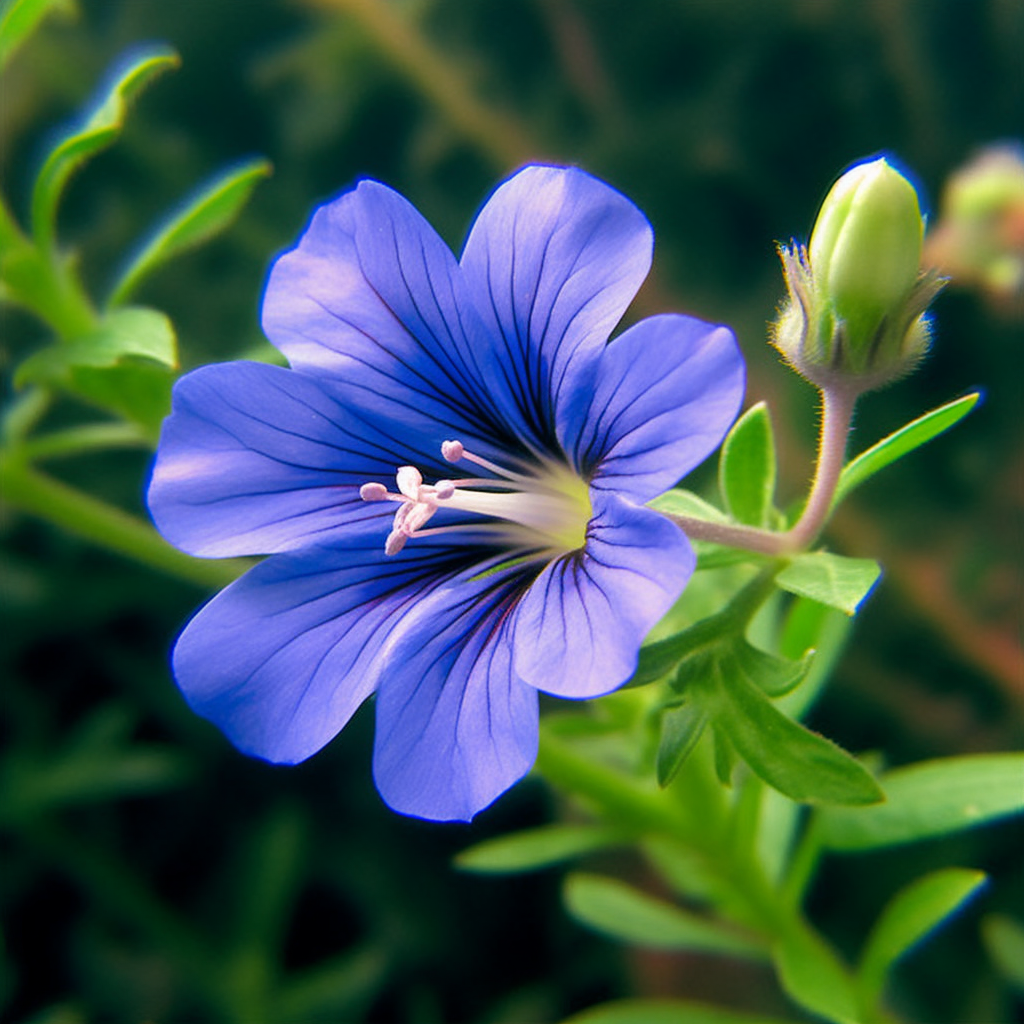
Evolvulus Alsinoides
The present study was performed to investigate Evolvulus alsinoides. Linn a natural herb, would attenuate the acute myocardial infarction in isoproterenol [ISP]-treated rat model maintaining cardiac function and activities of endogenous antioxidant enzymes. Heart tissue enzyme analysis in albino male rats, such as LPO, GSH, GPX, GST, SOD, CAT, CK-MB, MDA and biochemical analysis in serum plasma viz., ALT, AST, LDH, and CPK were performed. Methanolic extract of Evolvulus alsinoides [EA] at the dose of [100 & 200 mg/kg/p.o] showed significant cytoprotection in the heart from isoproterenol induced myocardial ischemic injury.
The results indicate that Evolvulus alsinoides [EA] administration causes myocardial adaptation by augmenting endogenous antioxidant s and protects rat hearts from oxidative stress associated with ISP induced myocardial injury, and justify its potential therapeutic value in the treatment of ischemic heart diseases in albino rats.
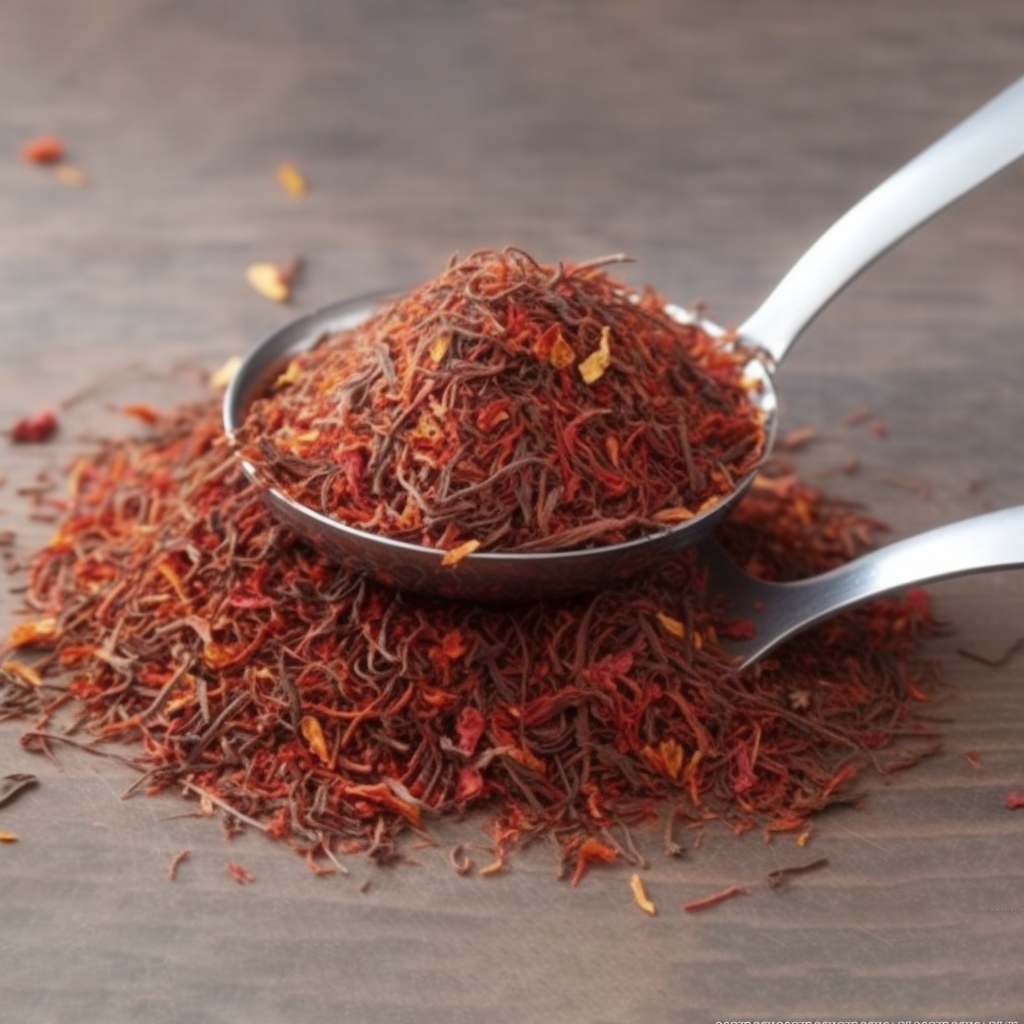
Fermented Rooibos
Diabetic cardiomyopathy (DCM) is a disorder of the heart muscle that contributes to cardiovascular deaths in the diabetic population. Excessive generation of free radicals has been directly implicated in the pathogenesis of DCM. The use of antioxidant s, through dietary supplementation, to combat increased cellular oxidative stress has gained popularity worldwide. Aspalathus linearis (rooibos) is a popular herbal tea that contains a novel antioxidant , aspalathin. Literature has reported on the antidiabetic, anti-inflammatory and free radical scavenging effects of rooibos. However, its protective effect against DCM has not been established. Therefore, this study investigated whether chronic exposure to an aqueous extract of fermented rooibos (FRE) has an ex vivo Cardioprotective effect on hearts obtained from streptozotocin (STZ) induced diabetic rats.
Adult Wistar rats were injected with 40 mg/kg of STZ. Two weeks after STZ injection, cardiomyocytes were isolated and cultured. Cultured cardiomyocytes were treated with FRE (1 and 10 μg/ml), vitamin E (50 μg/ml), and n-acetyl cysteine (1mM) for 6h, before exposure to either hydrogen peroxide (H2O2) or an ischemic solution. Cardiomyocytes exposed to H2O2 or an ischemic solution showed a decrease in metabolic activity and glutathione content with a concomitant increase in apoptosis and intracellular reactive oxygen species. Pretreatment with FRE was able to combat these effects and the observed amelioration was better than the known antioxidant vitamin E.
This study provides evidence that an aqueous extract of fermented rooibos protects cardiomyocytes, derived from diabetic rats, against experimentally induced oxidative stress and ischemia.
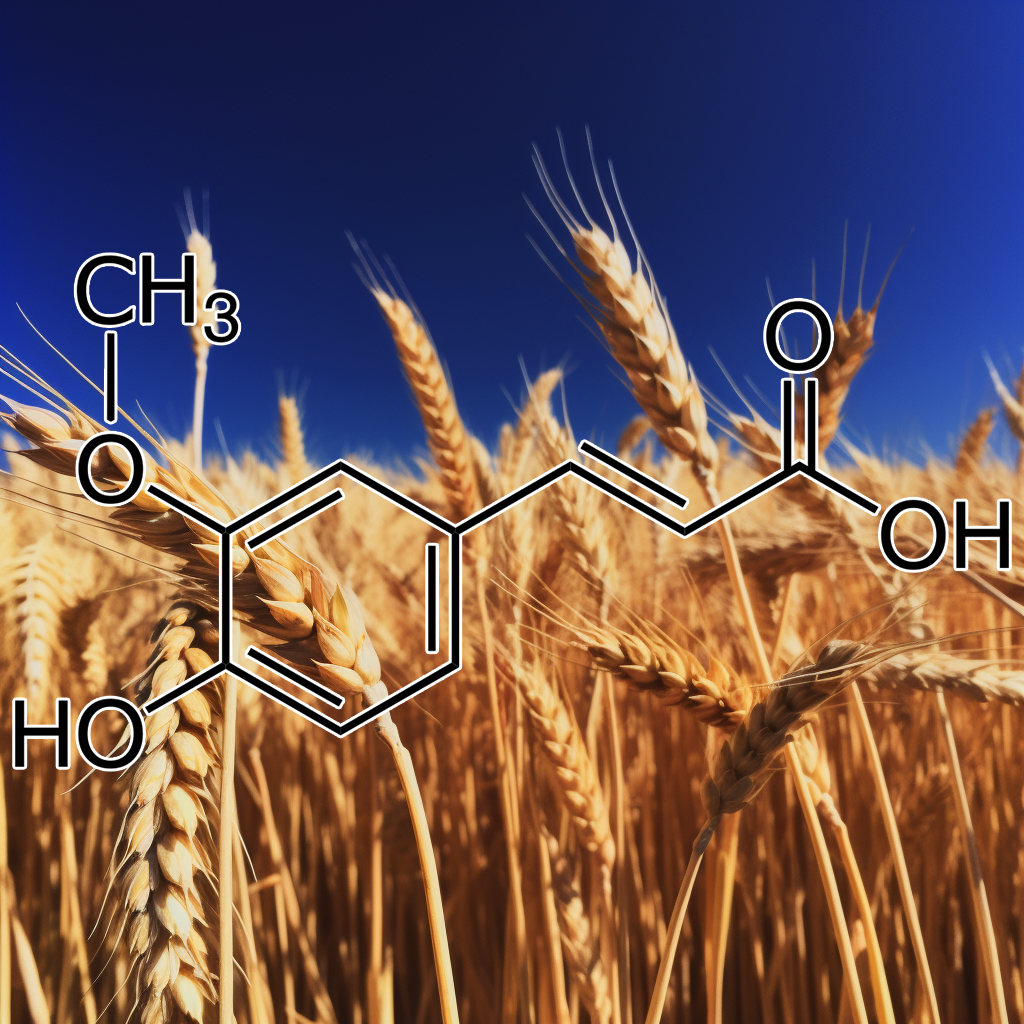
Ferulic Acid
This study investigated the effect of aldose reductase (AR) inhibitors on hypertension in diabetes. diabetes was induced with streptozotocin, while AR inhibitors zopolrestat and ferulic acid were administered at 2 weeks after streptozotocin treatment and for 6 weeks afterwards. Then, blood pressure (BP) and serum level of glucose were determined. Concentration-response curves for phenylephrine (PE), KCl, and acetylcholine (ACh) were obtained in isolated aorta. In addition, ACh-induced NO and reactive oxygen species (ROS) generation in aorta and histopathology were examined. Compared with the control animals, diabetes increased diastolic and systolic BP. AR inhibitors reduced diastolic BP elevation without affecting the developed hyperglycaemia. diabetes increased the contractile response of aorta to KCl, and decreased the relaxation response to Ach, while administering AR inhibitors prevented an impaired response to ACh. Incubation of aorta isolated from diabetic animals with AR inhibitors did not affect the impaired relaxation response to ACh. In addition, AR inhibitors negated the impaired Ach-stimulated NO generation seen in aorta isolated from diabetic animals.
Furthermore, diabetes was accompanied with marked infiltration of leukocytes in aortic adventitia, endothelial cell pyknosis, and increased ROS formation. AR inhibitors reduced leukocyte infiltration and inhibited endothelial pyknosis and ROS formation. In conclusion, AR inhibitors negate diabetes-evoked hypertension via ameliorating impaired endothelial relaxation and NO production.
Ficus Racemosa Stem Bark
Ficus racemosa Linn. (Moraceae) bark is a rich source of phenolic compounds having diverse biological properties including antioxidant activity. The present study evaluated the Cardioprotective activity of sequential acetone extract of Ficus racemosa bark against doxorubicin-induced cardiotoxicity in rats.
The acetone extract of F. racemosa bark possesses potential Cardioprotective activity against doxorubicin-induced cardiotoxicity in rats by scavenging free radicals generated by the administration of the drug.
Fireberry Hawthorn Fruit Extract
Hawthorn is a widely used herbal alternative medicine for the treatment of various cardiovascular diseases. However, the attributed health benefits, purported to be due to the presence of phenolic compounds, may depend on both the specific species and plant part. Studies to date investigating effects of hawthorn on heart disease(s) have used well-described European and/or Asian species, while little is known regarding the bioactivity of species native to North America. Six weeks of supplementation of both fireberry hawthorn berry (native Crataegus chrysocarpa) and English hawthorn leaf (C. monogyna, naturalized in North America) in the JCR:LA-cp rat, resulted in a significant reduction in heart weight, fasting LDL-C and improved heart function (p < 0.05). Fasting triglyceride and myocardial fibrosis were also reduced, but only by the berry extract.
We demonstrate that both of the Canadian-sourced hawthorn extracts (introduced leaf and native berry) have Cardioprotective benefits, likely via increased availability of nitric oxide.
Fufang Jisheng Extract
Galium Verum L.
Cardioprotective effects Of Galium Verum L. Extract Against Myocardial Ischemia-Reperfusion Injury
The aim of our study was to determine a chemical composition of methanol extract of Galium verum as well as to assess its effects on functional recovery and redox status of isolated rat heart after ischemia. Rats were divided into control and G. verum group, which included animals treated with 500 mg/kg of methanol extract of G. verum for 28 days. Parameters of heart function and oxidative stress markers were estimated. Cell morphology was evaluated by hematoxylin and eosin (HE) staining. Our results demonstrated for the first time that G. verum extract preserved cardiac contractility, systolic, and diastolic function as wells as structural damage of the heart after ischemia. Furthermore, G. verum extract modulated the activity of antioxidant enzymes and alleviated the production of pro-oxidants.
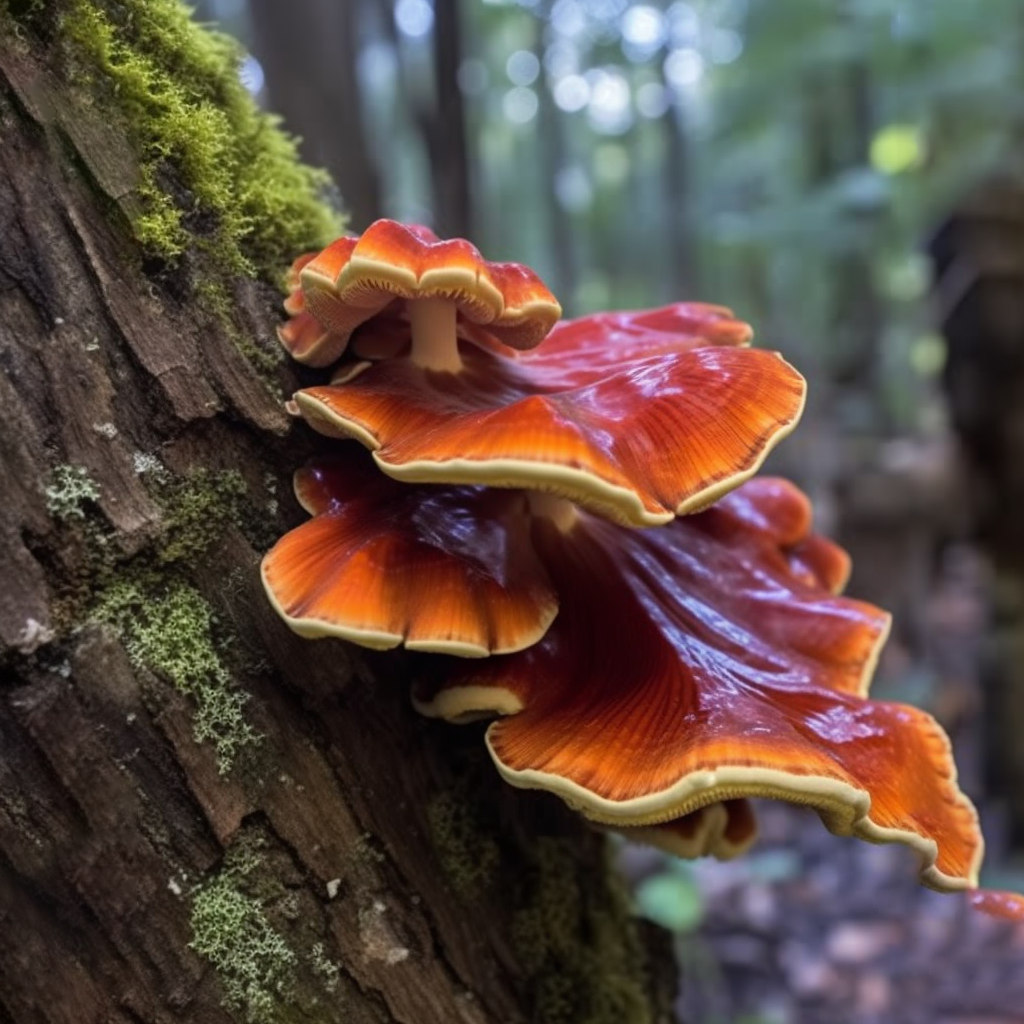
Ganoderma Lucidum
The Cardioprotective effects of Ganoderma lucidum extract were examined in experiments with global ischemia (45 min) and reperfusion (30 min) of isolated and perfused rat heart. The course of preventive administration of the extract in a dose of 400 mg/kg for 15 days diminished necrotic death of cardiomyocytes and reduced reperfusion contracture. Ganoderma lucidum extract demonstrated antioxidant properties. The authors believe that the Cardioprotective properties of Ganoderma lucidum extract are largely determined by its antioxidant properties.
Garcinia Indica
In the present study, Cardioprotective effect of aqueous extract of Garcinia indica Linn. fruit rinds in isoprenaline-induced myocardial infarction in Wistar albino rats was evaluated. In vitro total phenolic, total flavonoid content and 2, 2’-diphenyl-1-picrylhydrazyl hydrate radical scavenging activity was measured. In vivo effect of aqueous extract of G. indica was evaluated in Wistar albino rats by isoprenaline-induced myocardial injury model. Thirty six rats were randomly divided in 6 groups. Rats were treated with G. indica 250 mg/kg and 500 mg/kg doses for 21 days and myocardial injury was produced by subcutaneous injection of isoprenaline 85 mg/kg on day 20 and 21.
Carvedilol 1 mg/kg for 21 days served as active control. Electrocardiogram parameters, cardiac injury markers (serum troponin-I, uric acid, lactate dehydrogenase, creatinine kinase-MB, aspartate aminotransferase and alanine aminotransferase), oxidative stress markers (superoxide dismutase, catalase and malondialdehyde level) and histopathological changes were evaluated in each group and compared using appropriate statistical tests. In vitro evaluation of aqueous extract showed significant antioxidant property. Isoprenaline produced significant myocardial ischemia as compared to normal control group (P<0.05). Administration of G. indica in both the doses did not significantly recover the altered electrocardiogram, cardiac injury markers, oxidative stress markers and histopathological myocardial damage as compared to disease control group (P>0.05). The aqueous extract of G. indica was not found to be Cardioprotective against myocardial injury.
Further study with more sample size and higher dose range may be required to evaluate its Cardioprotective effect.
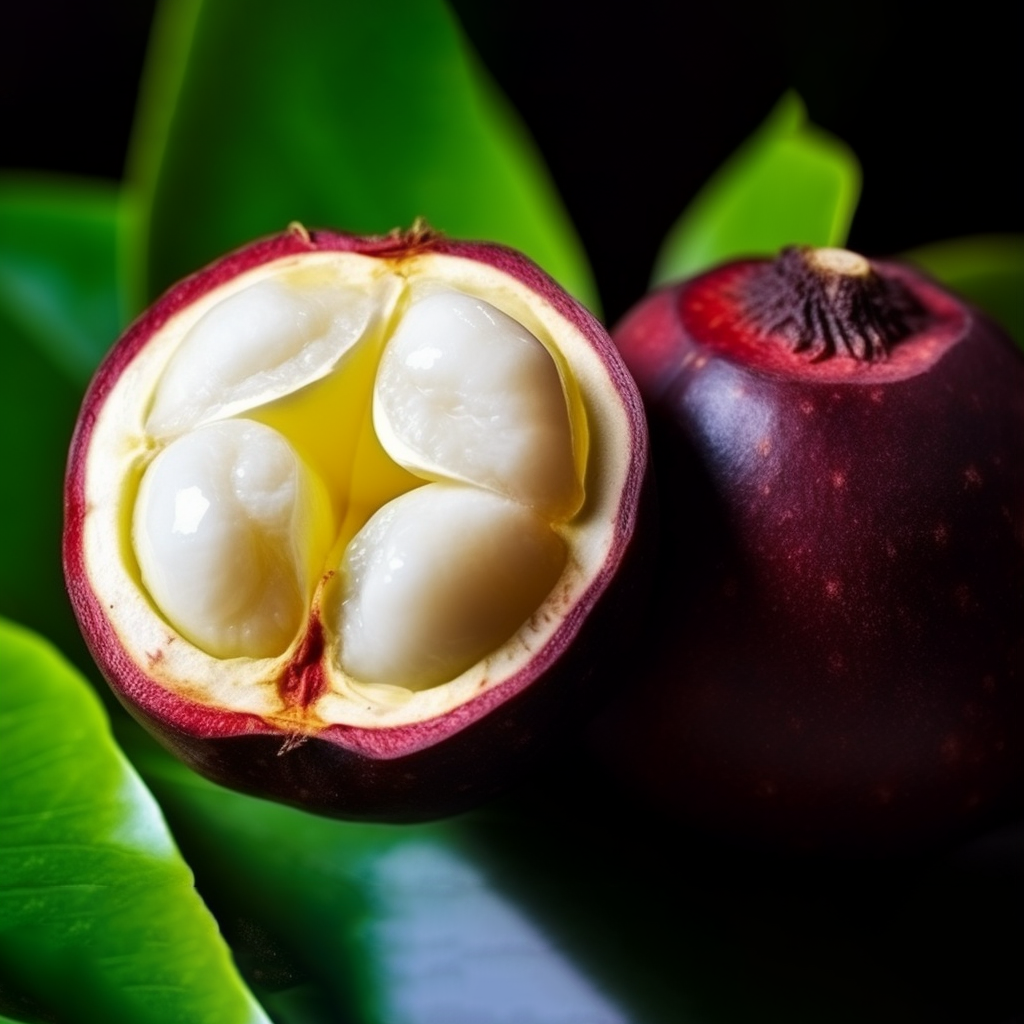
Garcinia Mangostana Linn
To examine the effectivity of Garcinia mangostana Linn extract consumption to reduced blood pressure and inflammatory process in hypertension patients with high risk Framingham score
These results suggest that consumption of Garcinia mangostana Linn extract significantly reduce systolic blood pressure and inflammatory process in hypertension patients.
Gardenia Gummifera
To investigate the Cardioprotective effect of methanolic extract of Gardenia gummifera root (MEGG) on Isoproterenol (ISO) induced myocardial infarction (MI) in rats.
Our results suggest that MEGG affords a dose dependant cardioprotection against isoproterenol-induced myocardial infarction.
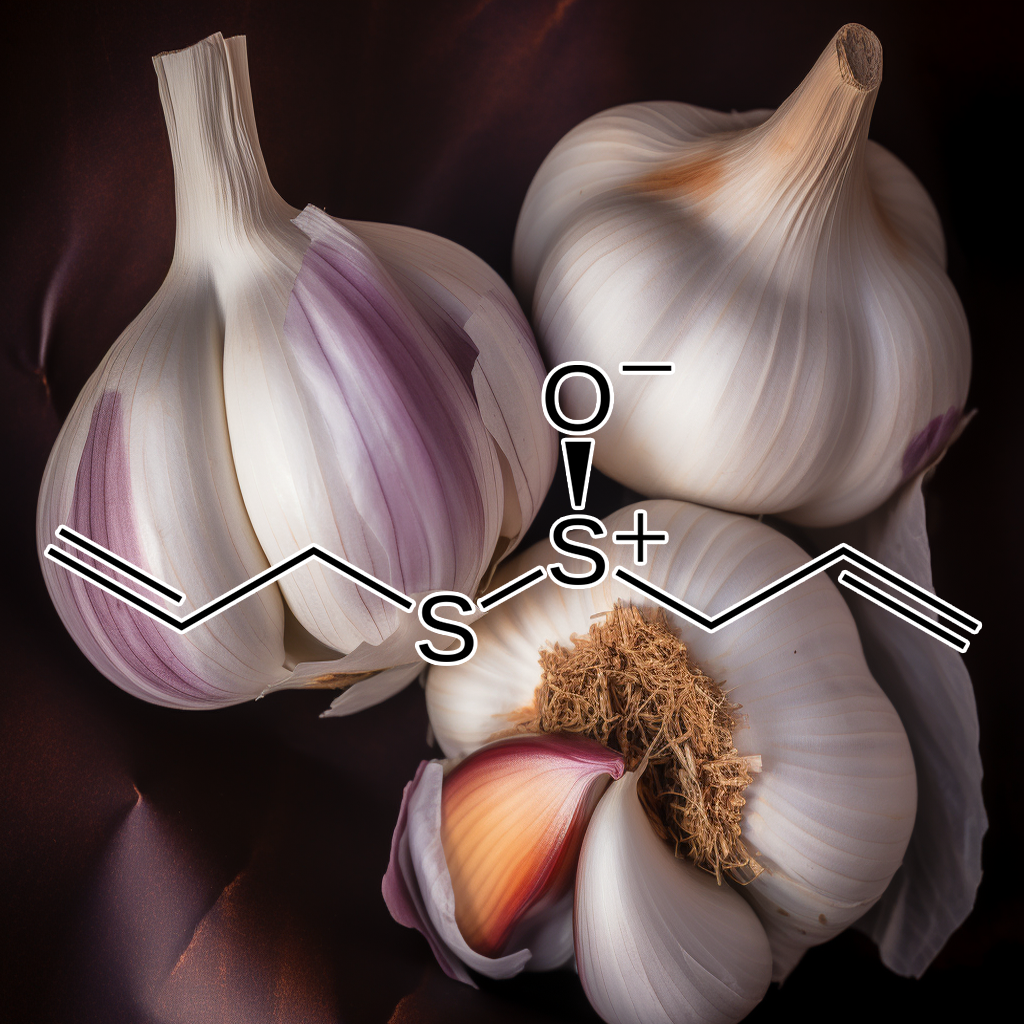
Garlic Extract
Aged garlic has been extensively studied and has been shown to have a number of medicinal properties, including immunomodulatory, hepatoprotective, antimutagenic, anticarcinogenic, and antioxidant effects. The objective of this study was to investigate the mechanisms of the Cardioprotective effect of aged garlic extract (AGE), a widely used herbal medicine with potent antioxidant activity, against doxorubicin-induced cardiotoxicity. Moreover, the study investigated if the Cardioprotective effect of AGE might be at the expense of the antitumor effect of the anticancer drug doxorubicin (DOX). Primary cultured neonatal rat cardiac myocytes were treated with DOX, AGE, and their combination for 24 hours. DOX increased p53 and caspase 3 activity-induced apoptotic cell death, whereas AGE pretreatment suppressed the action of DOX. AGE pretreatment did not interfere with the cytotoxic activity of DOX, but it increased the DOX uptake into tumor cells and increased the long term survivors of tumor-bearing mice from 30% to 70%.
In conclusion, DOX impairs viability of cardiac myocytes, at least partially by activating the p53-mediated apoptotic signaling. AGE can effectively and extensively counteract this action of DOX and may potentially protect the heart from severe toxicity of DOX. At the same time, AGE did not interfere with antitumor activity of DOX.

Ginkgo Biloba
Ginkgo biloba extract for essential hypertension : a systematic review
Ginkgo biloba extract (GBE), a traditional natural herbal product, is often used in the treatment of essential hypertension (EH) as complementary therapy in China and European countries.
No confirmative conclusions on the efficacy and safety of GBE for EH could be drawn. More rigorous trials are warranted to support their clinical use.
Myocardial ischemia (MI) is one of the highest mortality diseases in the world. It is closely associated with metabolism disorders of endogenous substances. Ginkgo biloba L. extract (GBE) is a popular herbal medicine used for prevention and therapy of MI. But its regulation effect on the metabolism disorders caused by MI remains currently unknown.
The Cardioprotective effect of GBE can be achieved through the comprehensive regulation of multiple metabolic pathways.
Glycosmis Pentaphylla Leaves
The present study was designed to investigate the cytotoxic activity of methanol extract of Glycosmis pentaphylla on brine shrimp and thrombolytic activity of methanol extract of Glycosmis pentaphylla on human blood. Ethanolic extract of G. pentaphylla was assessed with the Brine shrimp lethality bioassay was used to evaluate cytotoxicity and ethanolic extract of G. pentaphylla assessed with human blood to evaluate thrombolytic effect. The extract showed remarkable cytotoxic activity, LC 50 value of the extract was 2.8315μg/ml compared to vincristin sulphate, a reference drug. It also has evaluated as thrombolytic agent compared to streptokinase. It has significant thrombolytic effect which was about 33.144%. These findings demonstrate that the leaves extract of G. pentaphylla have excellent cytotoxic activity and Glycosmis pentaphylla have excellent thrombolytic effect.
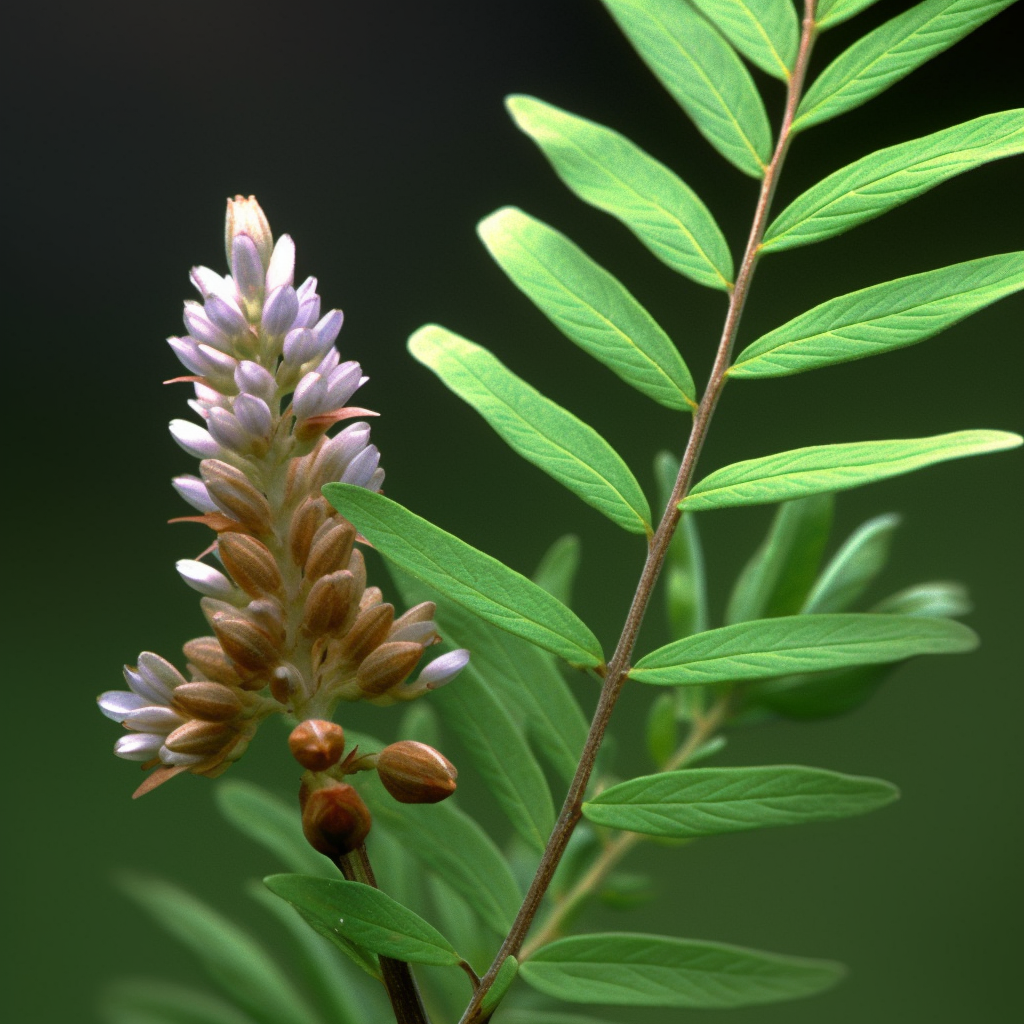
Glycyrrhiza Uralensis
Cardioprotective effects Of Glycyrrhiza Uralensis Extract Against Doxorubicin- Induced Toxicity
The purpose of the present study was to investigate the Cardioprotective effects of Glycyrrhiza uralensis extract (GUE) against doxorubicin (DOX)-induced cardiotoxicity. Imprinting control region (ICR) mice were treated with saline, DOX (20 mg/kg intraperitoneal [ip] for once), GUE (100 mg/kg intragastric [ig] for 8 days), co-treatment s with DOX and GUE (100 mg/kg ig for 8 days), and amifostine (100 mg/kg intravenous [iv] for once), respectively. Serum levels of lactate dehydrogenase (LDH) and creatine kinase isoenzyme (CK-MB), glutathione peroxidase (GSH-P(X)) activity, and glutathione (GSH) level in heart tissue were measured. Histopathologic analysis of heart tissue was also performed. Treatment with GUE significantly protected the mice from DOX-induced cardiotoxicity, indicated by decreased levels of serum LDH and CK-MB, improved heart morphology and increased GSH-P(X) activity and GSH level. Additionally, GUE did not compromise the tumor-inhibitory effect of DOX. In conclusion, our studies imply the potentially clinical application of GUE to overcome the cardiotoxicity of doxorubicin.

Grape Polyphenol
Cardioprotective Effect Of Grape Polyphenol Extract Against Doxorubicin Induced cardiotoxicity
Doxorubicin is a chemotherapeutic agent known to cause cardiotoxicity that is thought to be associated with oxidative stress. The aim of the current study is to investigate the role of grape polyphenols’ antioxidant property as Cardioprotective against doxorubicin-induced cardiotoxicity . Adult Wistar rats weighing 200 ± 20 g were divided into 3 different groups: a doxorubicin group that received a single intraperitoneal administration of doxorubicin (8.0 mg/kg body weight), an experimental group that received doxorubicin and grape polyphenol concentrate (25 mg/kg) via intragastric route, and the third group was a negative control group that received water only.
On day 8, blood samples and tissues were harvested for analyses. The results indicated that grape polyphenol concentrate was able to reduce the signs of cardiotoxicity of doxorubicin through the reduction of aspartate aminotransferase activation, increasing the plasma antioxidant levels and decreasing the level of free radicals. The results also showed that grape polyphenol concentrate was able to reverse doxorubicin-induced microscopic myocardial damage. The myocardial protective effect of grape polyphenol might likely be due to the increase in the level and activity of the antioxidant enzymes, superoxide dismutase, catalase, and glutathione peroxidase. In conclusion, grape polyphenol concentrate displayed Cardioprotective effect and was able to reverse doxorubicin-induced-cardiomyopathy in experimental rats.
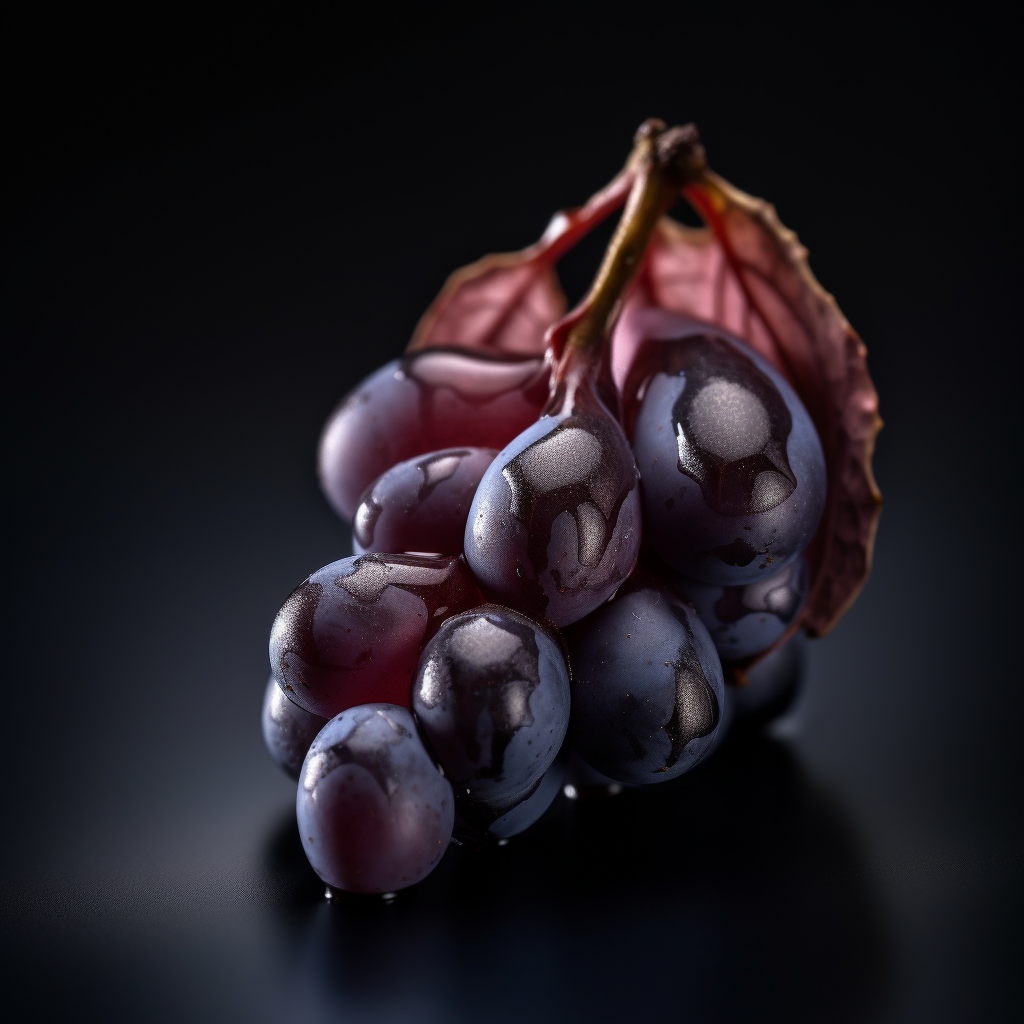
Grape Seed
Dietary polyphenols, such as those from grape products, may exert beneficial effects on cardiovascular health, including anti-hypertensive effects . We investigated the effect of a specific grape seed extract (GSE) rich in low-molecular-weight polyphenolic compounds on ambulatory blood pressure (ABP) in untreated subjects with pre- and stage I hypertension . In addition, potential mechanisms that could underlie the hypothesised effect of GSE on blood pressure (BP), and platelet aggregation, were explored. The study was designed as a double-blind, placebo-controlled, randomised, parallel-group intervention study including seventy healthy subjects with systolic BP between 120 and 159 mmHg. A 1-week run-in period was followed by an 8-week intervention period, during which subjects consumed capsules containing either 300 mg/d of GSE or a placebo (microcrystalline cellulose). Before and after the intervention, daytime ABP readings, 24 h urine samples and fasting and non-fasting blood samples were taken.
The mean baseline systolic BP was 135.8 (SE 1.3) mmHg and diastolic BP was 81.5 (SE 0.9) mmHg. BP values were modestly, but not significantly, affected by the polyphenol-rich GSE treatment v. placebo with an effect of – 3.0 mmHg for systolic BP (95% CI – 6.5, 0.5) and – 1.4 mmHg for diastolic BP (95% CI – 3.5, 0.6). Vasoactive markers including endothelin-1, NO metabolites and asymmetric dimethylarginine, plasma renin activity and platelet aggregation were not affected by the GSE intervention. Our findings show that consumption of polyphenol-rich GSE does not significantly lower ABP in untreated subjects with pre- and stage I hypertension.

Grapefruit Peel
This study sought to characterize the interaction of phenolic extract from grapefruit peels with α‐amylase, α‐glucosidase and angiotensin‐I‐converting enzyme (ACE) activities. The free phenolic of grapefruit peels was extracted with 80% acetone, while the bound phenolic was extracted from the alkaline and acid‐hydrolyzed residue with ethyl acetate; and their interaction with the enzymes were assessed. The phenolic extracts inhibited α‐amylase, α‐glucosidase and ACE enzyme activities; however, free phenolic had significantly higher (P < 0.05) α‐amylase and α‐glucosidase inhibitory activities than bound phenolic, while there was no significant difference (P > 0.05) in their ACE inhibitory activities. Nevertheless, the extracts were strong inhibitor of α‐glucosidase when compared to α‐amylase.
The phenolic inhibited sodium nitroprusside‐induced lipid peroxidation in pancreas in a dose‐dependent manner. Therefore, free and bound phenolic extracts from grapefruit peels could be used as nutraceutical for the management of hypertension and type 2 diabetes.
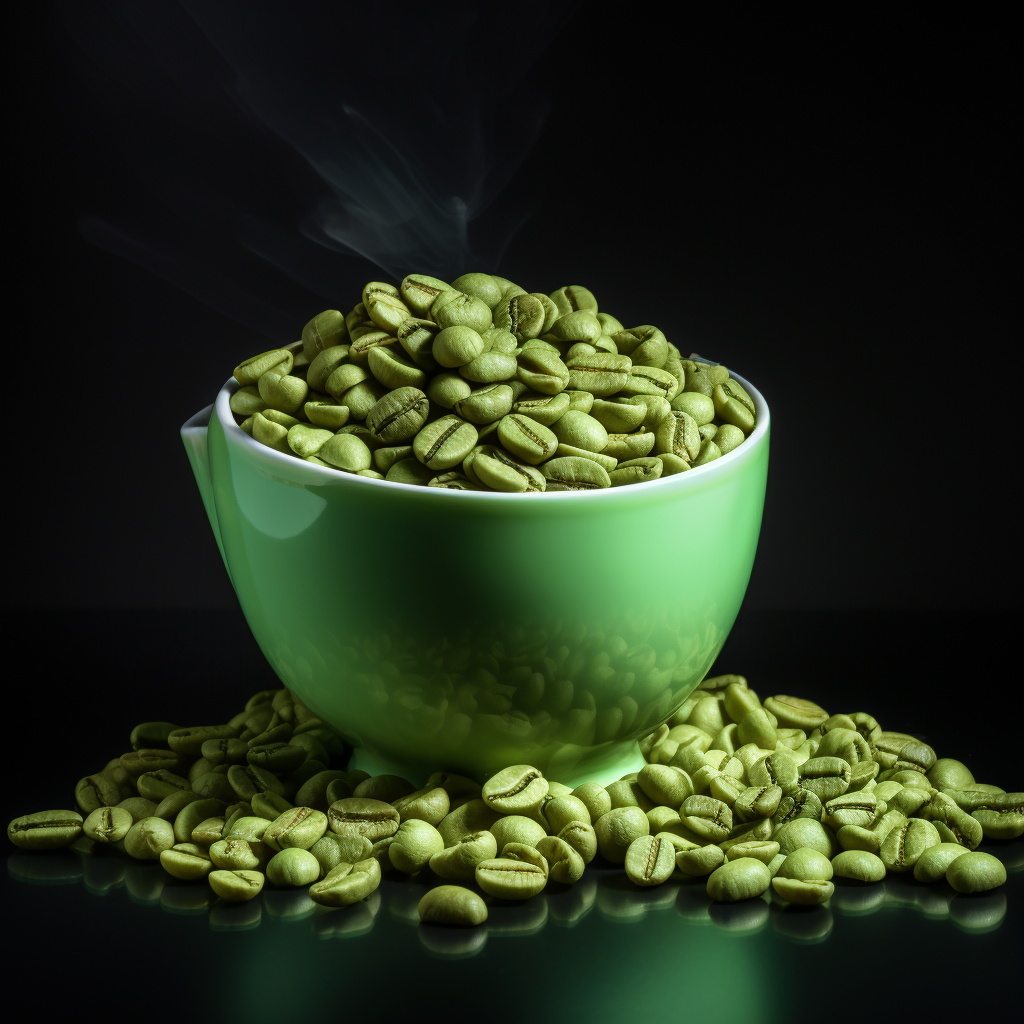
Green Coffee Bean
Chlorogenic acids (CGA) in green coffee bean extract (GCE) reduce blood pressure in spontaneously hypertensive rats and humans. The authors examined the blood pressure -lowering effect and safety of CGA in patients with mild hypertension through a placebo-controlled, randomized clinical trial. Subjects (n = 28) were randomized to receive treatment with CGA (140 mg/day) from GCE or placebo. Blood pressure, pulse rate, body mass index, routine blood test, hematochemistry, urinalysis, and subjective symptoms were recorded throughout the study. In the CGA group, but not the placebo group, blood pressure (systolic and diastolic) decreased significantly during the ingestion period. There was no difference in body mass index and pulse rate between groups, nor were there any apparent side effects. Thus, CGA from GCE is effective in decreasing blood pressure and safe for patients with mild hypertension.
Guava Leaves
Elevated uric acid level, an index of gout resulting from the over-activity of xanthine oxidase (XO), increases the risk of developing hypertension. However, research has shown that plant-derived inhibitors of XO and angiotensin 1-converting enzyme (ACE), two enzymes implicated in gout and hypertension, respectively, can prevent or ameliorate both diseases, without noticeable side effects. Hence, this study characterized the polyphenolics composition of guava leaves extract and evaluated its inhibitory effect on XO and ACE in vitro.
Guava leaves extract could serve as functional food for managing gout and hypertension and attenuating the oxidative stress associated with both diseases.
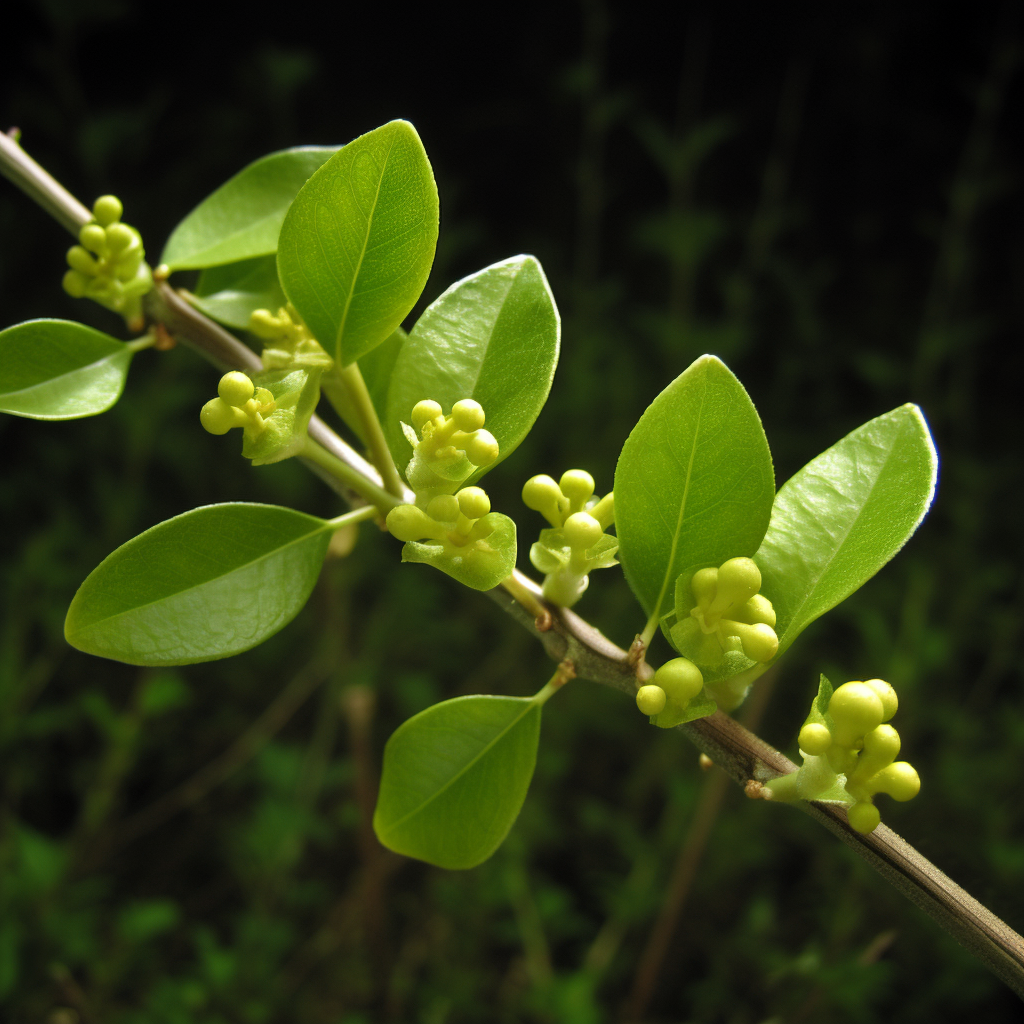
Gymnema Sylvestre
Evaluation Of Antiobesity And Cardioprotective Effect Of Gymnema Sylvestre Extract In Murine Model
Obesity plays a central role in the insulin resistance syndrome, which is associated with hyperinsulinemia, hypertension, hyperlipidemia, type 2 diabetes mellitus, and an increased risk of atherosclerotic cardiovascular disease. The present study was done to assess the effect of Gymnema sylvestre extract (GSE) in the high fat diet (HFD)-induced cellular obesity and cardiac damage in Wistar rats.
The present study has demonstrated the significant antiobesity potential of GSE in murine model of obesity.
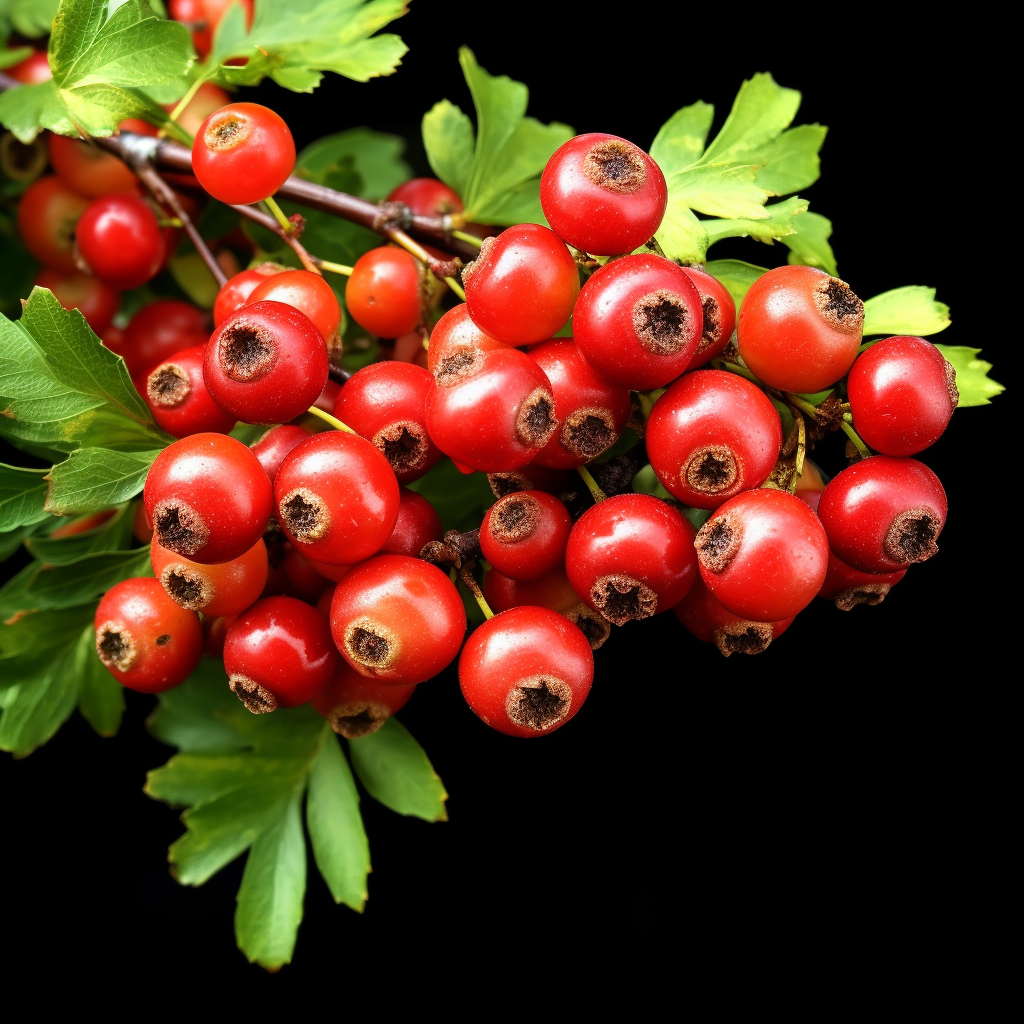
Hawthorn
This pilot study was aimed at investigating the hypotensive potential of hawthorn extract and magnesium dietary supplements individually and in combination, compared with a placebo. Thirty-six mildly hypertensive subjects completed the study. At baseline, anthropometric and dietary assessment, as well as blood pressure measurements were taken at rest, after exercise and after a computer ‘stress’ test. Volunteers were then randomly assigned to a daily supplement for 10 weeks of either: (a) 600 mg Mg, (b) 500 mg hawthorn extract, (c) a combination of (a) and (b), (d) placebo. Measurements were repeated at 5 and 10 weeks of intervention. There was a decline in both systolic and diastolic blood pressure in all treatment groups, including placebo, but ANOVA provided no evidence of difference between treatments.
However, factorial contrast analysis in ANOVA showed a promising reduction (p = 0.081) in the resting diastolic blood pressure at week 10 in the 19 subjects who were assigned to the hawthorn extract, compared with the other groups. Furthermore, a trend towards a reduction in anxiety (p = 0.094) was also observed in those taking hawthorn compared with the other groups. These findings warrant further study, particularly in view of the low dose of hawthorn extract used.
Standardized WS-1442 extract from Crataegus oxycantha (hawthorn) leaves and berries is one of the most widely studied preparations received from hawthorn. This popular substance is known from its positive influence on the cardiovascular system. The current research aimed to evaluate the optimal dose of standardized WS-1442 extract and the most beneficial period for its use. The study analysis was based on experiments previously conducted on male Sprague-Dawley rats (n = 152). The animals were divided into subgroups to examine the relationship between the dose-dependent (n = 96) and time-dependent (n = 56) effects of the mentioned extract. The research was performed based on the modified early reperfusion-induced arrhythmias model in vivo. The following parameters were assessed during the study: efficiency of mortality index reduction, reduction of ventricular arrhythmias incidences as well as the influence of standardized WS-1442 extract on hemodynamic parameters and amount of biochemical marker of cardiac tissue damage (creatine kinase).
The current study revealed the dose- and time-dependent Cardioprotective effect of standardized WS-1442 extract. It was expressed by mortality index reduction, decrease in the incidence and duration of severe ventricular arrhythmias and decline in the total amount of creatine kinase. Analyzed data coming from a model of reperfusion-induced arrhythmias in rats suggests that standardized WS-1442 extract is a potent Cardioprotective agent whose action depends on both dose and intake time.
Helicteres Isora Linn
The aim of the study is to evaluate the Cardioprotective effect of bark of Helicteres isora Linn. by carrying out the pharmacological studies with the ethanolic extract of bark of Helicteres isora Linn. The main goal of the study is to develop a new herbal remedy for the Myocardial infarction. Many drugs present in market which is used for the treatment of the disease produce many side effects . Also these drugs mainly cure the symptoms of the disease and not the underlying cause. The side effects produced by the synthetic agents include dizziness, weakness and increasing the intraocular pressure precipitating glaucoma (nitrates), nausea, vomiting, rashes, wheezing, peripheral edema and constipation caused by Calcium channel antagonists, etc. On the other hand, herbal drugs produce less side effects and are cost effective to all classes of people. Thus there is a need to replace synthetic agents by safe and effective plant based herbal remedies as Cardioprotective agents. Many plants extracts have been used as Cardioprotective agent in folklore claim and in traditional medicines.
From our study it may be concluded that the ethanolic extract of bark of Helicteres isora Linn. contains phytochemicals such as Alkaloids, Carbohydrates, Steroids, Phenols, Flavonoids, Glycosides, Saponins, Terpenoids. Acute oral toxicity studies of ethanolic extract of bark of Helicteres isora Linn .did not produce any mortality or signs of toxicity at the dose of 2000 mg/kg b.w/p.o, in experimental rats. In this study, an elevation of ST segments were observed in ISO induced rat and pretreatment with ethanolic extract of bark of Helicteres isora Linn. (400 mg/kg) significantly inhibited ISO induced ST segment elevation suggestive of its cell membrane protecting effects. The ethanolic extract of bark of Helicteres isora Linn. (400 mg/kg) possess good Cardioprotective activity against Isoproterenol induced myocardial necrosis by decreasing the level of CK-MB, LDH in serum and increase in heart.
On treating with ethanolic extract of bark of Helicteres isora Linn. (400 mg/kg), LDL, Total cholesterol levels are decreased and HDL levels increased, while compared to negative control group where HDL level was decreased, and LDL and total cholesterol levels were increased. GSH & SOD levels were also increased in ethanolic extract of bark of Helicteres isora Linn. treated group. The ethanolic extract of bark of Helicteres isora Linn. was found to be most effective in the functional recovery of the heart. Further isolation, characterization and purification of the active constituents and further experimentation would be necessary to elucidate the exact mechanism of action of Helicteres isora Linn.
Hemidesmus Indicus
The aim of this work was to investigate possible ameliorative action of Hemidesmus indicus root extract (HiRe) against doxorubicin (Dox) induced toxicity. HiRe was administered 14 days before doxorubicin (25 mg/kg.b.wt) administration. Mouse in all groups was sacrificed 24 hrs after doxorubicin injection. Serum markers of heart injury –LDH, CPK, SGOT and SGPT levels, which were markedly increased by doxorubicin treatment, were decreased to normal levels by HiRe pre-treatment. Antioxidant enzymes-SOD, CAT and GPx, as well as GSH levels in heart tissue decreased drastically after doxorubicin injection. HiRe pretreatment elevated these levels significantly. Oxidative stress markers in heart tissue, which were high in control animals, were decreased significantly by HiRe pretreatment.
The biochemical changes were consistent with histopathological observations, suggesting that Hemidesmus indicus, due to its antioxidant properties significantly reduced the oxidative stress and thereby toxicity induced by doxorubicin.

Hibiscus Sabdariffa
The effect of aqueous extract of petals of Hibiscus sabdariffa (HS) on the established stages of 2-Kidney, 1-Clip renovascular hypertension was investigated in Sprague-Dawley rats. Renovascular hypertension was induced by subjecting the animals to left renal artery clamping using a 0.2mm silver clip under ether anesthesia. Sham-operated (Sh-Op) rats served as controls. Six weeks after renal artery clamping, one group of hypertensive rats (blood pressure (BP) >140 mmHg) received HS (250 mg/kg/day) in drinking water (2K-1C+HS). The second group (2K-1C) and the sham-operated (Sh-Op) controls, received drinking water. BP was monitored weekly using rat-tail plethysmography. After 8 weeks, 2K-1C+HS had a reduction in systolic BP (139.6+/-1.6 mmHg) compared to 2K-1C (174+/-2.4 mmHg, n=5; P<0.001). No significant difference was found in BP of 2K-1C+HS and Sh-Op (139.6+/-1.6 mmHg versus 132+/-3.4 mmHg).
A reduction in heart rate in 2K-1C+HS was observed (388+/-3.7 bpm versus 444+/-6.8 bpm in 2K-1C and 416+/-9.3 in Sh-Op, n=5; P<0.001). The hearts of 2K-1C were heavier than those of 2K-1C+HS (0.74+/-0.03 g versus 0.66+/-0.03 g, n=5; P<0.05). cardiac weight of 2K-1C+HS was comparable to those of Sh-Op (0.57+/-0.04 g). Serum creatinine and plasma electrolytes were not different from controls. This study suggests that HS exhibits antihypertensive and Cardioprotective effects in vivo and supports the public belief that HS may be a useful antihypertensive agent.

Hibiscus Sabdariffa Calyces Aqueous
Hibiscus sabdariffa aqueous extract (HS) is often used as complementary therapy for hypertension. However, some studies have shown that coadministration with a conventional antihypertensive drug can affect drug potency. We compared the effects of HS plus captopril (CAP) coadministration to HS and CAP administration alone on blood pressure and renin–angiotensin-aldosterone system (RAAS) biomarkers in the rat two-kidney-one-clip (2K1C) model of hypertension. Male Sprague Dawley rats were randomly divided into seven groups (n=6/group), a normal control (SHAM) group, and six 2K1C groups. In 2K1C animals, hypertension was induced using a stainless microclip (inner diameter of 0.20 mm). Four weeks after 2K1C surgery, blood pressure was significantly higher than in the SHAM group. Then, model rats were randomly divided into negative control (2K1C, no treatment ), positive control (4.5 mg captopril/200 g body weight [BW] orally [p.o.]), HS alone (30 mg/200 g BW; p.o.), and 3 co-treatment groups receiving HS (15, 30, or 60 mg/200 g BW; p.o.) plus 4.5 mg/200 g BW captopril.
The treatments were performed for two weeks. blood pressure was significantly reduced by all the drug treatment s to near the level of SHAM controls. Plasma renin level, serum angiotensin converting enzyme (ACE) activity, and plasma angiotensin II level were also significantly elevated in the 2K1C group compared to the SHAM group. Both serum ACE activity and plasma angiotensin II level were significantly reduced to near SHAM group levels by all the drug treatments. Hibiscus sabdariffa aqueous extract alone can reduce blood pressure. This extract appears could be used as a supplement with captopril but may not provide any additional benefit.

Hibiscus Sabdariffa Linn
Hibiscus sabdariffa Linn. polyphenol-rich extract (HPE) has gained attention for its antioxidant properties and rich in polyphenols, such as anthocyanins, protocatechuic acid and hydroxycitric acid. Thus, these characteristics are highly potential in developing a new pharmaceutical drug. To date, the action of HPE towards cardiac function in diabetic condition is still not fully understood.
Hygrophila Auriculata
Myocardial infarction is the common presentation of the ischemic heart disease.Herbal medicines is getting more importance in the treatment of heart diseases because the modern synthetic medicines have limitation in their use due to side effects . Present study was designed to investigate the protective effect of Hygrophila auriculata L. (family: Acanthaceae) against cardiotoxicity induced by doxorubicin. Administration of doxorubicin (25 mg/kg i.p.) induced cardiomyopathy by significant elevation in serum creatine kinase (CK), lactate dehydrogenase (LDH), triglycerides, cholesterol & lipid peroxidation activities with a corresponding decrease in SOD, CAT, GSH level in tissue homogenate. Oral administration of methanolic extract of Hygrophila auriculata leaves (100, 200& 400mg/kg) & it’s different fraction like petroleum ether fraction, n-butanol fraction, chloroform fraction & ethyl acetate fraction (100 & 200 mg/kg) prior to doxorubicin produced a significant Cardioprotective activity.
Methanolic extracts of Hygrophila auriculata leaves & its n-butanol fraction at dose 200 mg/kg shows reduction in mortality & restoration of altered cardiac marker enzymes. The histopathological studies also supported the protective properties of Hygrophila auriculata leaves, animals pretreated with Hygrophila auriculata leaves extract showed a marked protective effect with decreased necrotic zones and revealed normal cardiac muscle bundles. Present study showed that Hygrophila auriculata leaves methanolic extract & its n-butanol fraction significantly
Hystrix Peels
Cardioprotective And Hepatoprotective effects Of Citrus Hystrix Peels Extract On Rats Model
To observe the combination effect of doxorubicin and Citrus hystrix (kaffir lime’s) peel ethanolic extract (ChEE) on blood serum alanine aminotransferase (ALT) and aspartate aminotransferase (AST) activity and cardio-hepato-histopathology of female Sprague Dawley rats.
ChEE has potency to be developed as cardioprotector agent in chemotherapy.
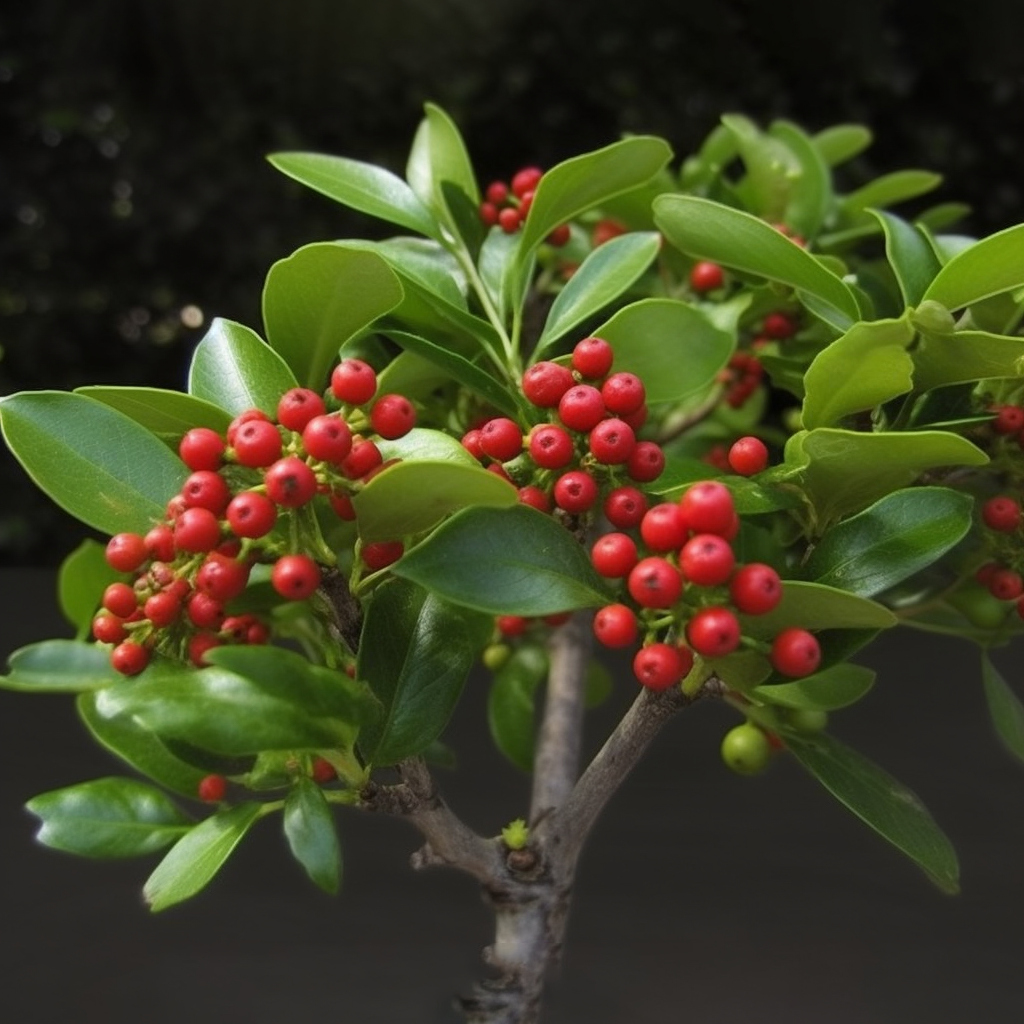
Ilex Paraguariensis
To examine the effects of an Ilex paraguariensis (Ip) extract on postischemic alterations derived from 20 min of global ischemia and 30 min of reperfusion.
These data are the first demonstration that Ip extract attenuates the myocardial dysfunction provoked by ischemia and reperfusion and that this cardioprotection involves a diminution of oxidative damage through a nitric oxide-dependent mechanism.
Isoproterenol
To determine the protective role of Punica granatum L. (Punicaceae) seed juice extract and its butanolic fraction on heart rate, electrocardiographic patterns, vascular reactivity to catecholamines, cardiac marker enzymes, antioxidant enzymes together with morphologic and histopathological changes in isoproterenol-induced myocardial infarction in male Wistar rats.
Punica granatum ameliorates cardiotoxic effects of isoproterenol and may be of value in the treatment of MI.
Ixora Coccinea Linn.
To investigate the effect of methanolic extract of Ixora coccinea Linn. (MEIC) leaves against doxorubicin-induced cardiac toxicity in rats.
The results suggest a Cardioprotective effect of Ixora coccinea Linn. leaves due to its antioxidant properties.
Justicia Traquebareinsis
Atherosclerosis is complex disease and the underlying cause of heart attack, stroke and peripheral vascular disease. It is the main cause of morbidity and mortality worldwide, characterized by an excessive inflammatory, fibro fatty, proliferative response to damage of the artery wall. The present study was designed to evaluate the Cardioprotective role of Justicia tranquebareinsis Linn. leaf extract on isoproterenol induced myocardial infarction in Wistar albino rats. The rats were divided into five groups of six animals each. Group I served as a normal control, Group II rats were administered isoproterenol (20mg/kg, s.c) at the end of experimental period on the29th and 30th days. Group III and IV were pretreated with Justicia tranquebareinsis Linn. leaf extract (100mg/kg, 200mg/kg, respectively) for a period of 28 days and received a subcutaneous injection of isoproterenol (20mg/kg, b.w)at the end of experimental period for 2 consecutive days. Group V received aqueous extract of Justicia tranquebariensis Linn 200mg/kg b.w for 28 days. After the experimental period, blood was collected and serum was separated and used for the estimation of protein, cholesterol, triglycerides, phospholipids, and lipoproteins and the assay of marker enzymes.
The heart homogenate was used for the assay lipid profile. Isoproterenol induced rats showed significant increase in the levels of triglycerides, total cholesterol and phospholipids in both serum and heart homogenate. A rise in the levels of LDL, VLDL with significant decrease in the level of HDL was also observed in the serum of isoproterenol-intoxicated rats. Significant increase in the level of myocardial marker enzymes (CK, LDH, ALT and AST) in serum was noted. The LDH & CK levels were low in the heart tissue. Oral administration of aqueous leaf extract of Justicia tranquebariensis Linn. (100 and 200mg/kg) to isoproterenol-induced rats daily for a period of 28 days proved the protective role of the aqueous extract of Justicia tranquebariensis Linn.
The levels of the biochemical parameters in the plant treated groups were nearly the same as that of the normal control.
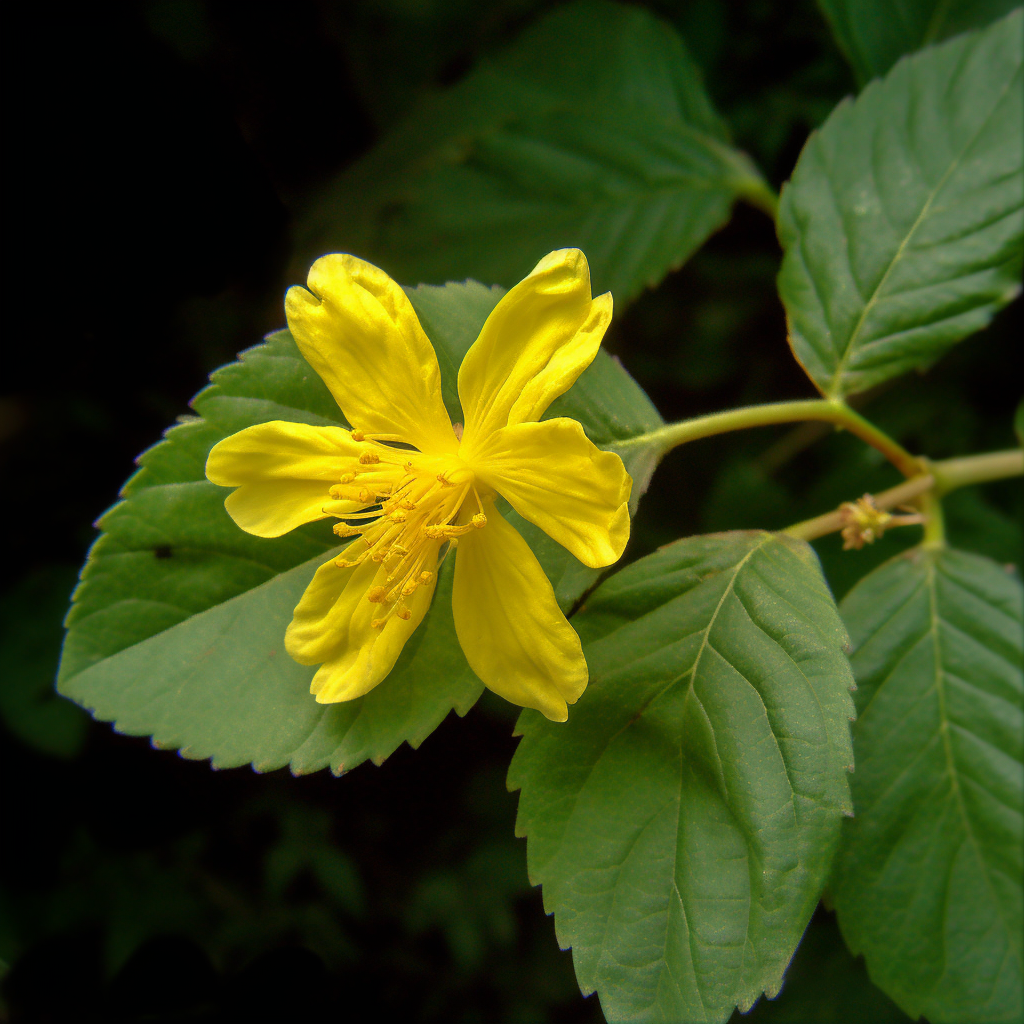
Jute Leaf
Corchorus olitorius leaf is consumed in various parts of the world as leafy vegetable and folk remedy for the management of some degenerative diseases with dearth of information on its biochemical rationale. Therefore, this study sought to characterize the inhibitory action of polyphenol-rich extracts (free and bound) of C. olitorius on α-amylase, α-glucosidase and angiotensin I converting enzyme (ACE), as well as to identify the phenolic compound responsible for these activities. Our findings revealed that the extracts inhibited α-amylase and α-glucosidase (12.5–50.0 μg/mL), and ACE (10.0–50.0 μg/mL) in dose-dependently with free extracts having significantly (P < 0.05) higher α-amylase (17.5 μg/mL), α-glucosidase (11.4 μg/mL) and ACE (15.7 μg/mL) inhibitory activities as revealed by the IC50.
Reversed-phase HPLC analysis of the extracts revealed chlorogenic acid (7.5 mg/100 g) and isorhamnetin (51.1 mg/100 g) as the main phenolics in the free extract and caffeic acid (58.1 mg/100 g) in the bound extract. Therefore, the enzyme inhibitory activity of C. olitorius extracts may be attributed to the presence of caffeic acid, chlorogenic acid and isorhamnetin, thus justifying its use in folklore for the management of diabetes and hypertension.
Kalanchoe Pinnata
Kalanchoe pinnata(Crassulaceae) aqueous extract antihypertensive property has been proven. This study aimed to evaluate the safety and potential Cardioprotective effects of the extract in isoproterenol treated rat. We demonstrated that K. pinnataextract (100-200mg/kg/day, per os) might be Cardioprotective.
Kolaviron
Cardioprotective Effect Of Kolaviron (Garcinia Kola Seed Extract) In Cholesterol-Fed Rats
Flavonoids – a group of polyphenolic substances are naturally present in vegetables, fruits, seeds and beverages such as tea and wine. Studies have shown that flavonoid intake is inversely correlated with mortality from coronary heart diseases and myocardial infarction. The effect of kolaviron (a flavonoid complex) extracted from Garcinia kola seeds on the organ weights (lungs, kidneys, heart, spleen and liver) of rats administered with cholesterol, five times a week, for eight consecutive weeks was investigated. The results revealed that cholesterol administration at a dose of 30mg/day for eight consecutive weeks caused a significant increase (p<0.001) in relative heart weights of the cholesterol-fed rats when compared with the control.
However, co-treatment with kolaviron at doses 100 and 200mg/kg significantly (p<0.001) reduced the cholesterol induced enlargement of the heart. This is a pointer to the Cardioprotective potential of kolaviron; and thus suggests a possible use as a dietary supplement for the prevention and management of coronary heart diseases.

Korean Red Ginseng
The present study was designed to investigate the Cardioprotective effects of Korean Red Ginseng extract (KRG) on isoproterenol (ISO)-induced cardiac injury in rats, particularly in regards to electrocardiographic changes, hemodynamics, cardiac function, serum cardiac enzymes, components of the myocardial antioxidant defense system, as well as inflammatory markers and histopathological changes in heart tissue. ISO (150 mg/kg, subcutaneous, two doses administered at 24-hour intervals) treatment induced significant decreases in P waves and QRS complexes (p<0.01), as well as a significant increase in ST segments. Moreover, ISO-treated rats exhibited decreases in left-ventricular systolic pressure, maximal rate of developed left ventricular pressure (+dP/dtmax) and minimal rate of developed left ventricular pressure (−dP/dtmax), in addition to significant increases in lactate dehydrogenase, aspartate transaminase, alanine transaminase and creatine kinase activity.
Heart rate, however, was not significantly altered. And the activities of superoxide dismutase, catalase and glutathione peroxidase were decreased, whereas the activity of malondialdehyde was increased in the ISO-treated group. ISO-treated group also showed increased caspase-3 level, release of inflammatory markers and neutrophil infiltration in heart tissue. KRG pretreatment (250 and 500 mg/kg, respectively) significantly ameliorated almost all of the parameters of heart failure and myocardial injury induced by ISO. The protective effect of KRG on ISO-induced cardiac injury was further confirmed by histopathological study. In this regard, ISO treatment induced fewer morphological changes in rats pretreated with 250 or 500 mg/kg of KRG. Compared with the control group, all indexes in rats administered KRG (500 mg/kg) alone were unaltered (p>0.05). Our results suggest that KRG significantly protects against cardiac injury and ISO-induced cardiac infarction by bolstering antioxidant action in myocardial tissue.
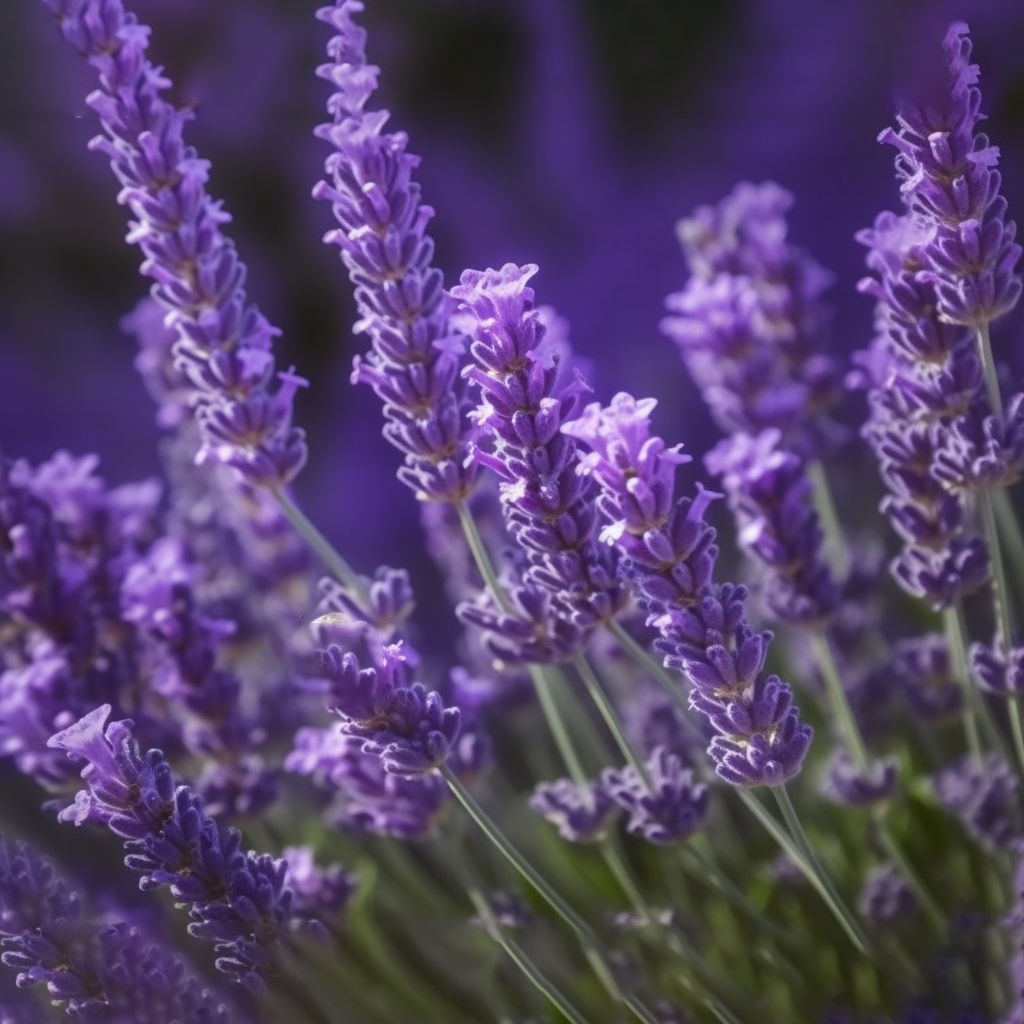
Lavender Flower
This study was conducted to evaluate the Cardioprotective property of the aqueous extract of lavender flower (LFAE). The myocardial ischemia/reperfusion (I/R) injury of rat was prepared by Langendorff retrograde perfusion technology. The heart was preperfused with K-H solution containing LFAE for 10 min before 20 minutes global ischemia, and then the reperfusion with K-H solution was conducted for 45 min. The left ventricular developed pressure (LVDP) and the maximum up/downrate of left ventricular pressure (±) were recorded by physiological recorder as the myocardial function and the myocardial infarct size was detected by TTC staining. Lactate dehydrogenase (LDH) and creatine kinase (CK) activities in the effluent were measured to determine the myocardial injury degree. The superoxide anion dismutase (SOD) and malondialdehyde (MDA) in myocardial tissue were detected to determine the oxidative stress degree.
The results showed that the pretreatment with LFAE significantly decreased the myocardial infarct size and also decreased the LDH, CK activities, and MDA level, while it increased the LVDP, ±, SOD activities, and the coronary artery flow. Our findings indicated that LFAE could provide protection for heart against the I/R injury which may be related to the improvement of myocardial oxidative stress states.
Leersia Hexandra
Leersia hexandra ( L. hexandra ) is used in traditional medicine to treat many diseases including hypertension. This study aimed to evaluate the curative effects of the aqueous extract of L. hexandra on hypertension. Hypertension was induced in rats by oral administration of ethanol (5 g/kg/day) for five weeks. The animals were divided into 2 groups: one group of 5 rats receiving distilled water (10 mL/kg) and another group of 20 rats receiving ethanol. At the end of the 5 weeks of administration of ethanol, the animals were divided into 4 groups of 5 rats each: one group of hypertensive rats receiving distilled water (10 mL/kg), another one receiving nifedipine (10 mg/kg), and two groups of hypertensive rats receiving L. hexandra at doses of 100 and 200 mg/kg, respectively. The results showed that ethanol induced a significant increase in the mean arterial pressure (MAP) and heart rate of normotensive rats. The administration of the extract (100 and 200 mg/kg) or nifedipine caused a significant decrease of MAP compared to hypertensive rats.
Ethanol induced a significant increase of lipid profile, the atherogenic index, creatinine, and transaminase activities. Ethanol also induced a significant decrease in serum HDL-cholesterol and antioxidant markers evaluated. treatment of hypertensive rats with L. hexandra or nifedipine significantly improved lipid profile, hepatic and renal functions, and antioxidant status. The curative effect of L. hexandra extract on hypertension is probably related to its antihypertensive, hypolipidemic, and antioxidant activities, which justifies its empirical use in the treatment of hypertension.
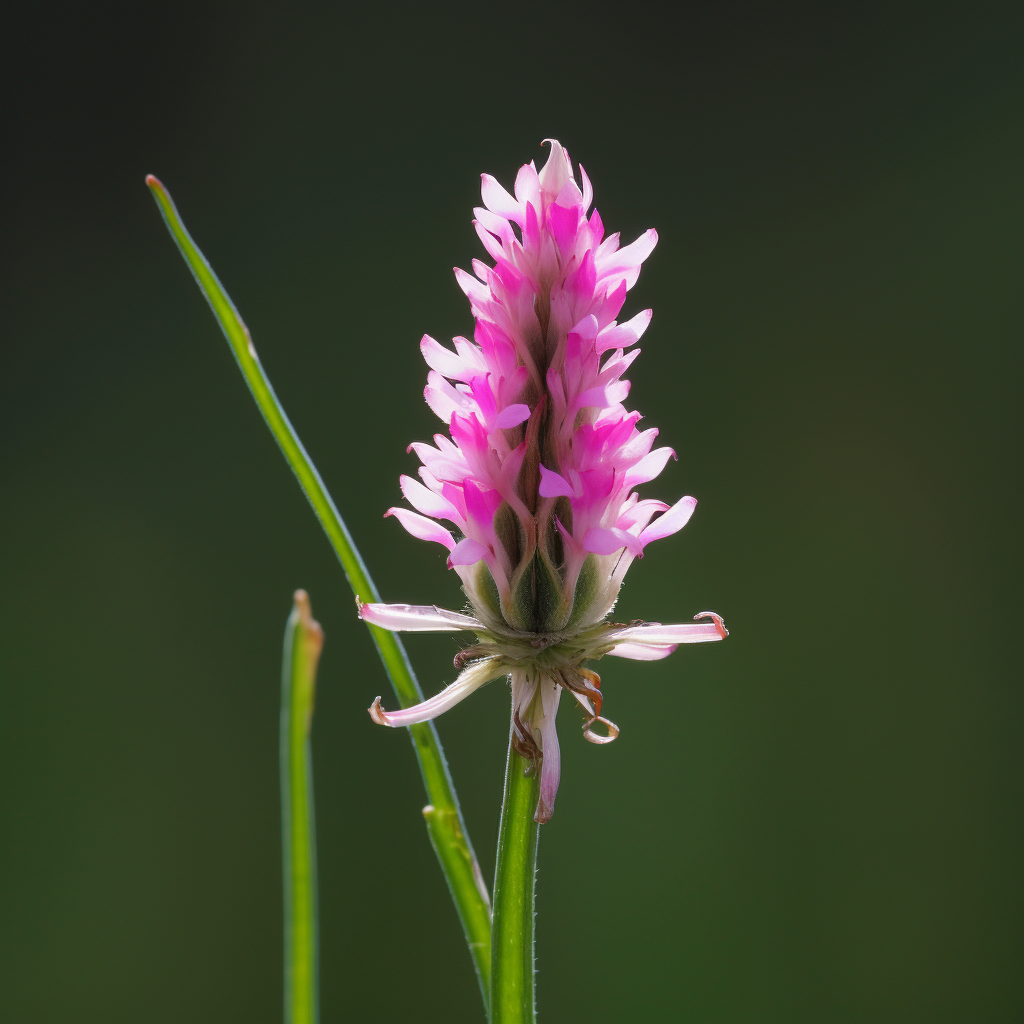
Leonurus cardiac
Leonurus cardiac a L. (Lamiaceae) is used traditionally for its sedative, hypotensive and cardiotonic effects . Due to the lack of clinical data regarding its effect in patients, a study was carried out to assess the clinical efficacy of Leonurus oil extract (LOE) in patients with arterial hypertension stages 1 and 2, accompanied by anxiety and sleep disorders. Fifty patients were treated for 28 days with 1200 mg LOE per day. Positive effects of LOE on psycho-emotional status and arterial blood pressure in patients with stage 1 hypertension were observed 1 week earlier than in patients with stage 2 hypertension . According to the Clinical Global Impression (CGI) scale, a significant improvement in the symptoms of anxiety and depression was observed in 32% of patients, a moderate improvement in 48% and a weak effect in 8%; 12% of patients did not respond to therapy. Side effects were minimal in all groups. Leonurus oil extract may therefore be a potentially effective therapeutic agent for patients with arterial hypertension and concurrent psycho-neurological disorders.
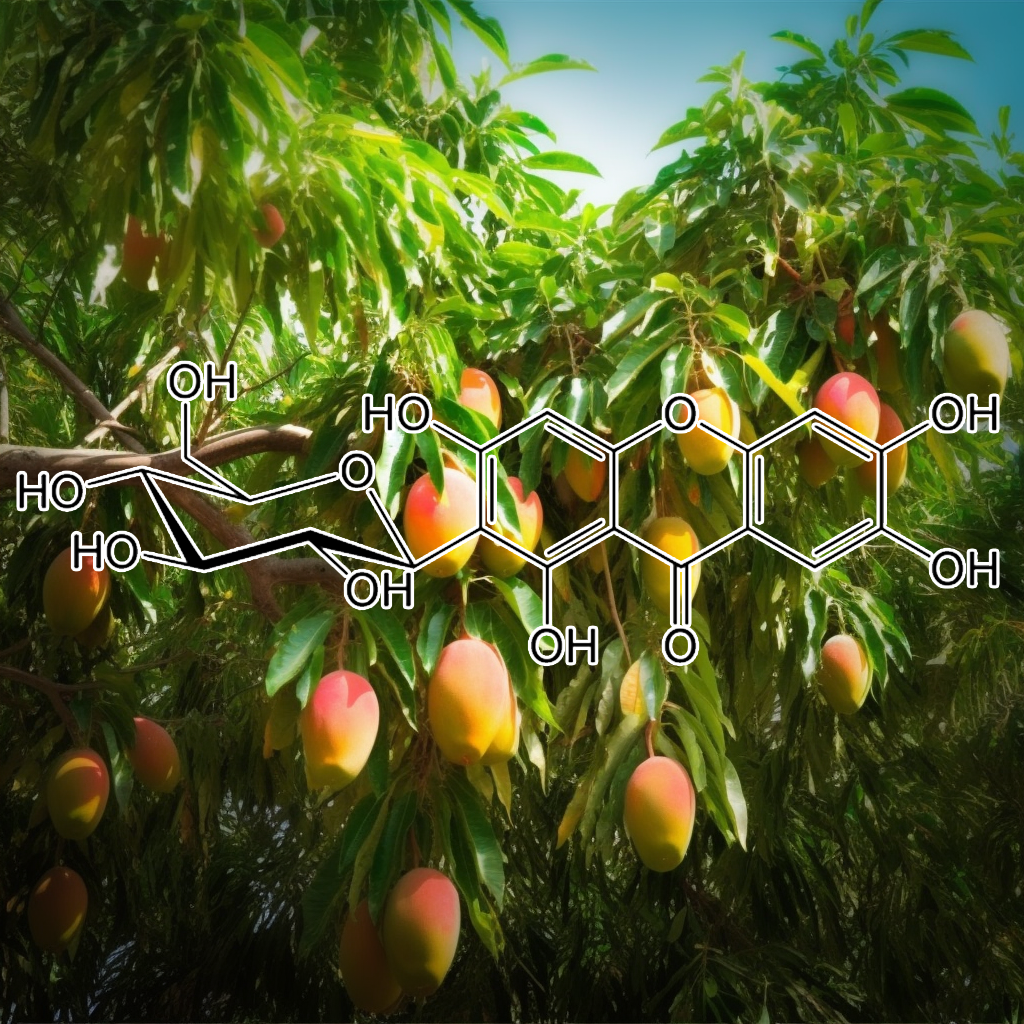
Magnifera Indica
This study evaluated the effect of methanol extract of mango (Magnifera indica) seed flour on acetaminophen-induced cardiotoxicity in albino rats. Twenty four (24) male and female albino rats were divided into 6 groups consisted of 4 rats: a)Group1: Control group (no induction and treated with distilled water only);b) Group 2 (acetaminophen-induced and untreated); c) Group 3 (acetaminophen-induced and pre-treated with 1.2mg/kg b.w Aspirin); Groups 4, 5 and 6 (acetaminophen-induced and pre-treated with 200, 400 and 800mg/kg b.w of M. indica extract respevtively). Acetaminophen induced toxicities were applied to rats in groups 2-6 (2g/kg body weight of acetaminophen) on day 7.Phytochemical analyses of the extract, biochemical parameters; lactate dehydrogenase, creatinine kinase, blood glucose, AST, ALP, ALT, bilirubin, total protein, albumin and globulin concentrations were determined using standard methods. Phytochemical analysis revealed the presence of alkaloids, saponins, hydrogen cyanide and tannins. The LDH concentration of rats in the groups 4, 5 and 6 showed a significant (p<0.05) decrease compared to group 2.
There was also a decrease in concentration of CK-MB in groups 4, 5 and 6 compared with the untreated group 2. A significant increase (p<0.05) was observed in blood glucose levels of rats in group 1 compared with rats in group 4 and 6. A significant (p<0.05) decrease was observed in ALT and bilirubin levels of rats in groups 5 and 6 compared with those in group 2. Furthermore, a significant (p < 0.05) increase was observed in total protein and albumin levels in groups 4 and 5 compared with those in group 2. The results of this study therefore suggest that the methanol extract of mango seed flour may possess Cardioprotective potentials on acetaminophen-induced cardiotoxicity in albino rats.
Mahogany
Most herbal remedy uses in the society are not supported by sound scientific evidences. The purpose of this study was to demonstrate antihypertensive and antioxidative effect of mahogany (Swietenia mahagoni (L.) Jacq.) seeds extract compared to purple sweet potato tuber aqueous extract in hypertensive rats. This study used pre-test and post-test control groups design. Fourty two rats were allocated into 7 groups.
The control group was given NaCl for 4 weeks on a daily basis. treatment groups were given NaCl and also aqueous extracts of mahogany seed with the dose of 100 mg and 200 mg, mahogany seed ethanolic extracts with the dose of 100 mg and 200 mg, and aqueous extracts of purple sweet potato tuber with the dose of 100 mg and 200 mg for 4 weeks. Before the commencement of treatments, systolic blood pressure (SBP) and blood MDA level were examined. Measurements of SBP were also done every 3 days during the treatment period. After 4 weeks of treatment, SOD and MDA level in blood were examined. There are significant decreases in SBP and blood MDA, and significant increases in SOD levels (p< 0.05) in all treatment groups.
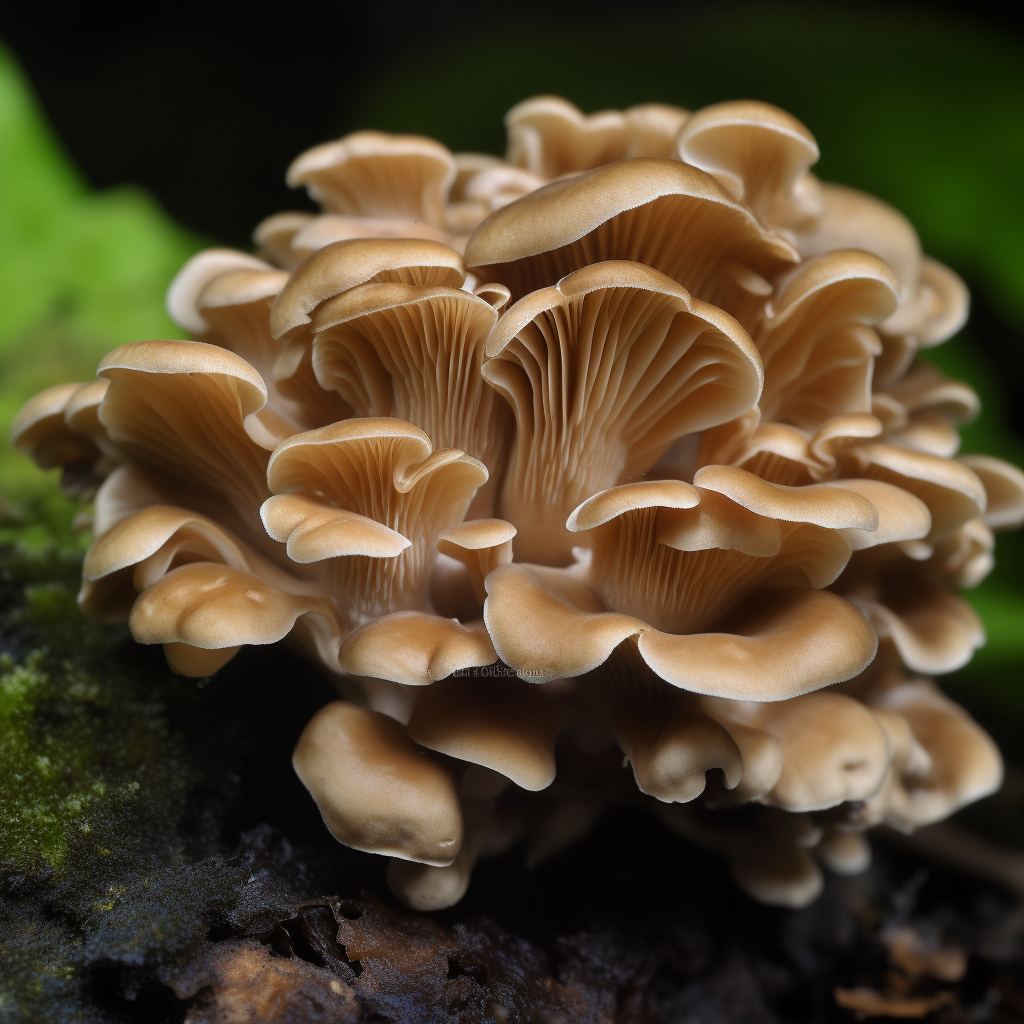
Maitake Mushroom
We assessed the ability of two commercially-available fractions labeled SX and D derived from the edible maitake mushroom to overcome many age-associated metabolic perturbations such as progressive, age-related elevation of blood pressure, over activity of the renin–angiotensin system (RAS), decreased insulin sensitivity, and inflammation in an in vivo laboratory model.
We believe our data suggest that maitake mushroom fractions lessen age-related hypertension, at least in part, via effects on the RAS; enhance insulin sensitivity; and reduce some aspects of inflammation — actions that should lead to a longer, healthier life span.
Mamao Pomace
Mamao Pomace Extract Alleviates hypertension and oxidative stress in nitric oxide Deficient Rats
Reactive oxygen species (ROS)-induced oxidative stress plays a major role in pathogenesis of hypertension. Antidesma thwaitesianum (local name: Mamao) is a tropical plant distributed in the tropical/subtropical areas of the world, including Thailand. Mamao pomace (MP), a by-product generated from Mamao fruits, contains large amounts of antioxidant polyphenolic compounds.
The aim of this study was to investigate the antihypertensive and antioxidative effects of MP using hypertensive rats. For this purpose, male Sprague-Dawley rats were given Nω-nitro-L-arginine methyl ester (L-NAME), an inhibitor of endothelial nitric oxide synthase (eNOS), in drinking water (50 mg/kg) for three weeks. MP extract was orally administered daily at doses of 100 and 300 mg/kg. L-NAME administration induced marked increase in blood pressure, peripheral vascular resistance, and oxidative stress. MP treatment significantly prevented the increase in blood pressure, hindlimb blood flow and hindlimb vascular resistance of L-NAME treated hypertensive rats (p < 0.05). The antihypertensive effect of MP treatment was associated with suppression of superoxide production from carotid strips and also with an increase in eNOS protein expression and nitric oxide bioavailability. The present results provide evidence for the antihypertensive effect of MP and suggest that MP might be useful as a dietary supplement against hypertension.
Marrubium Vulgare L.
Isoproterenol injection (100 mg/kg; sc) produced changes in ECG pattern including ST-segment elevation and suppressed R-amplitude. The methanolic extract of M. vulgare at doses of 10, 20, and 40 mg/kg significantly amended the ECG changes. A severe myocardial necrosis and edematous along with a sharp reduction in the arterial blood pressure , left ventricular contractility (LVdP/dt(max or min)), but a marked increase in the left ventricular end-diastolic pressure (LVEDP) were seen in the isoproterenol group. All parameters were significantly improved by the extract treatment. The extract (10 mg/kg) strongly increased LVdP/dt(max). Similarly, treatment with 40 mg/kg of M. vulgare lowered the elevated LVEDP and the heart to body weight ratio.
In addition to in vitro antioxidant activity, the extract suppressed markedly the elevation of malondialdehyde levels both in serum and in myocardium. The results demonstrate that M. vulgare protects myocardium against isoproterenol-induced acute myocardial infarction and suggest that the effects could be related to antioxidant activities.
Matricaria Chamomilla
Diabetes mellitus (DM) has been associated with complications, such as cardiac dysfunction. The aim of the present study was to explore the effect of the Matricaria chamomilla flower extract (MCE) against the harmful effect of DM on the cardiac muscles of rats. DM was induced in overnight fasted rats through a single injection of streptozotocin (STZ, 45 mg/kg, i.p.). The thirty-six rats were divided into six equal groups. Non-diabetic rats of the first and second groups were treated with vehicle (2 mL/kg) and MCE (400 mg/kg), respectively. The third to sixth groups were diabetic rats that received vehicle, glibenclamide (GLB, 5 mg/kg), and a low and high dose of MCE, respectively, for 10 weeks.
Fasting blood glucose (FBG) and insulin levels were estimated at 0 and 10 weeks. In addition, cardiac damage was assessed by estimating the lipid profile, AST, LDH, CK, CK-MB and cardiac troponin (cTnI) levels in the serum, cardiac and left ventricle hypertrophy indices, and cardiac oxidative stress biomarkers, followed by histopathological studies. GLB and MCE significantly reduced the FBG levels, in comparison with the STZ control rats. The beneficial impacts of MCE at 400 mg/kg were better than GLB in improving the levels of cardiac damage and lipid profile biomarkers of STZ-diabetic rats. Following the MCE medication, the haemodynamic parameters and histopathological alterations in the cardiac tissues of rats improved. In conclusion, MCE exhibited marked protective activity against diabetes-induced cardiac dysfunction in rats.
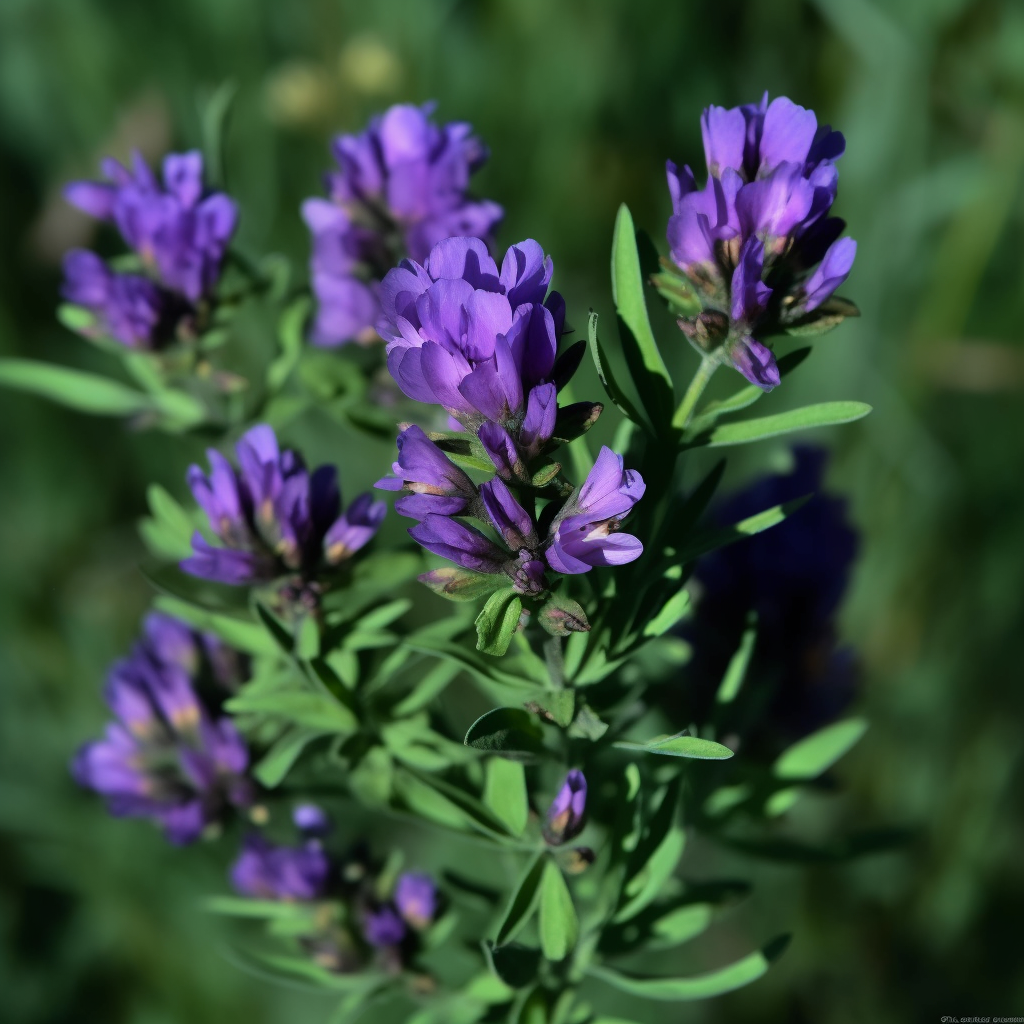
Medicago Sativa Leaves
Cardioprotective Effect Of The Ethanolic Extract Of Medicago Sativa Leaves
Myocardial infarction (MI) is the acute condition of necrosis of the myocardium that occurs as newlinea result of imbalance between coronary blood supply and myocardial demand. Due to changing newlinelifestyle in developing countries, particularly in urban areas, MI is making an increasingly important newlinecontribution to mortality statistics. Although modern drugs are effective in preventing cardiovascular newlinediseases, their use is often limited because of their side effects . Many medicinal plants have been newlinefound to possess beneficial effects in various pathological conditions. Therefore, interest in the newlineexamination of plants as potential sources of new drugs are increasing.
Hence, in the present study, newlineMedicagosativa, a perennial flowering herb belongs to the family Fabaceae was selected to find out newlinethe Cardioprotective effect in experimental rats. A survey was conducted in selected hospitals of newlineCoimbatore city to find out the prevalence of MI. Their clinical history and symptoms were collected newlinefrom case sheets and medical records. From the medical records the biochemical and clinical newlineparameters were studied in detail. The treatment regimen was also followed for a period of one year newline(after 3, 6 and 12 months period of therapy). Among the patients undergoing treatment, 5% of them newlineshowed side effects of the medication.The leaves possessed the maximum levels of all enzymicand newlinenon enzymic antioxidants compared to other parts.Among the various extracts, phytochemical newlinecomponents were extracted best in ethanolic extract of M. sativa leaves when compared to other newlineextracts and also scavenged the free radicals more effectively.
The ethanolic extract of M. sativa leaves newlinehas been shown to possess Cardioprotective effect against isoproterenol- induced myocardial infarction newlinein rats which was supported by biochemical parameters and histopathological studies of the heart newlinetissue sections of experimental rats. The chromatographic and spectral analysis indicated the presence newlineof bioactive components present in the ethanolic extract of M. sativaleaves.
Melinjo Seed
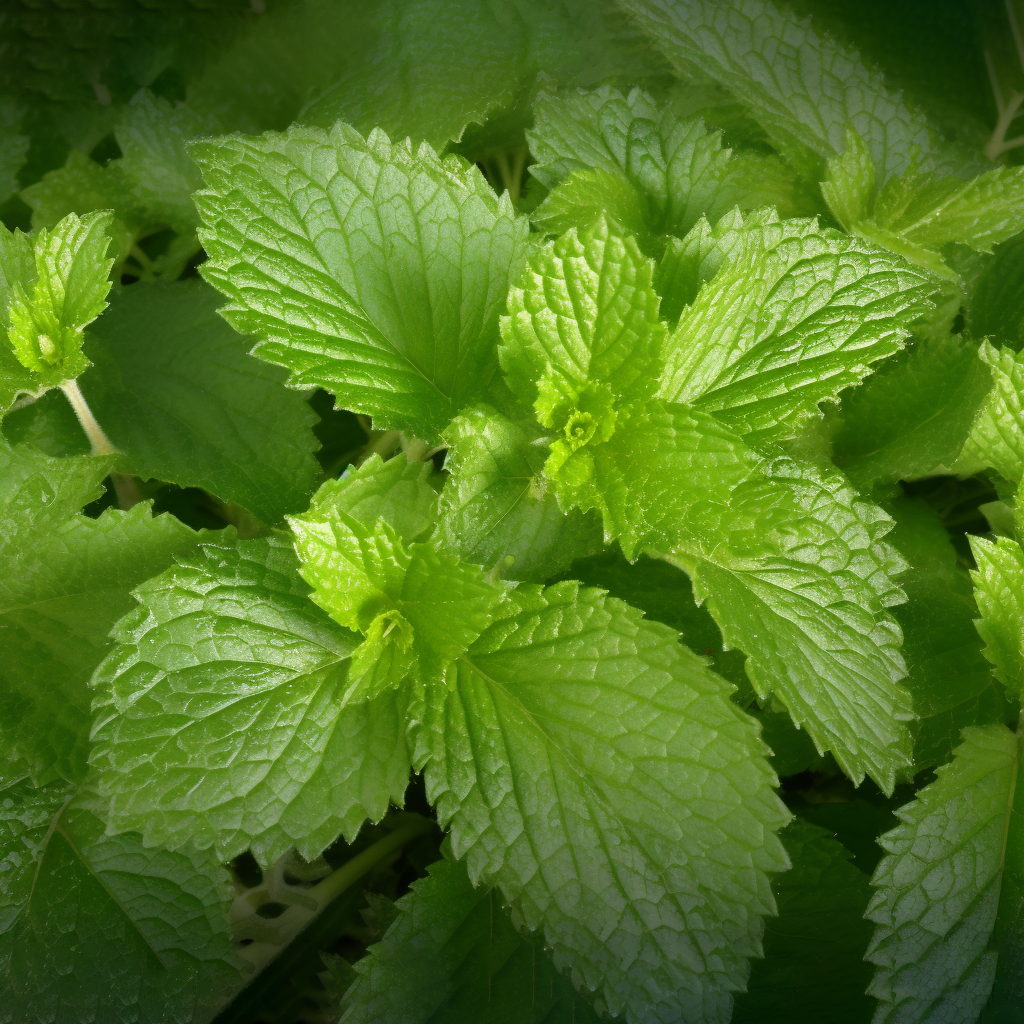
Melissa Officinalis L
Melissa officinalis has antioxidant and anti-inflammatory activities and is used in various diseases. Aim of the study: We investigated the role of M. officinalis extract (MOE) against ischemia-induced arrhythmia and heart injury after five days of reperfusion in an in-vivo rat model of regional heart ischemia. The leaf extract of M. officinalis was standardized through HPLC analysis. Adult male Sprague-Dawley rats (n = 32) were subjected to 30 min of ischemia by occlusion of the left anterior descending coronary artery followed by 5 days of reperfusion.
The rats (n = 8 in each group) were randomized to receive vehicle or M. officinalis as follows: group I served as saline control with ischemia, groups II, III and IV received different doses of MOE- (25, 50 and 100 mg/kg, respectively), by oral gavage daily for 14 days prior to ischemia. Administration of M. officinalis significantly improved ischemia/reperfusion (I/R)-induced myocardial dysfunction by reduction of infarct size, also, during the ischemic period, ventricular tachycardia, and ventricular ectopic beats episodes decreased as compared with that of the control group. Stabilized ST segment changes and QTc shortening increased the R and T wave amplitudes and the heart rate during ischemia. The extract also caused significant elevations in serum superoxide dismutase (SOD) activity as well as a significant decrease in serum cardiac troponin I (CTnI), lactate dehydrogenase (LDH), and malondialdehyde (MDA) levels, 5 days after reperfusion. MOE-100mg/kg was the effective dose. Cinamic acid (21.81 ± 1.26 mg/gr) was the main phenolic compound of plant sample. The ethanol extract of M. officinalis was observed to exhibit Cardioprotective effects against I/R injury, probably due to antioxidant properties.
The results indicate that MOE has antioxidant and cardio-protective effects against ischemia-induced arrhythmias and ischemia-reperfusion induced injury as was reflected by reduction of infarct size and cardiac injury biomarkers. These data support the potential uses of M. officinalis in the treatment of heart ischemia- reperfusion disorders and even developing new anti- arrhythmias drugs after further investigations.
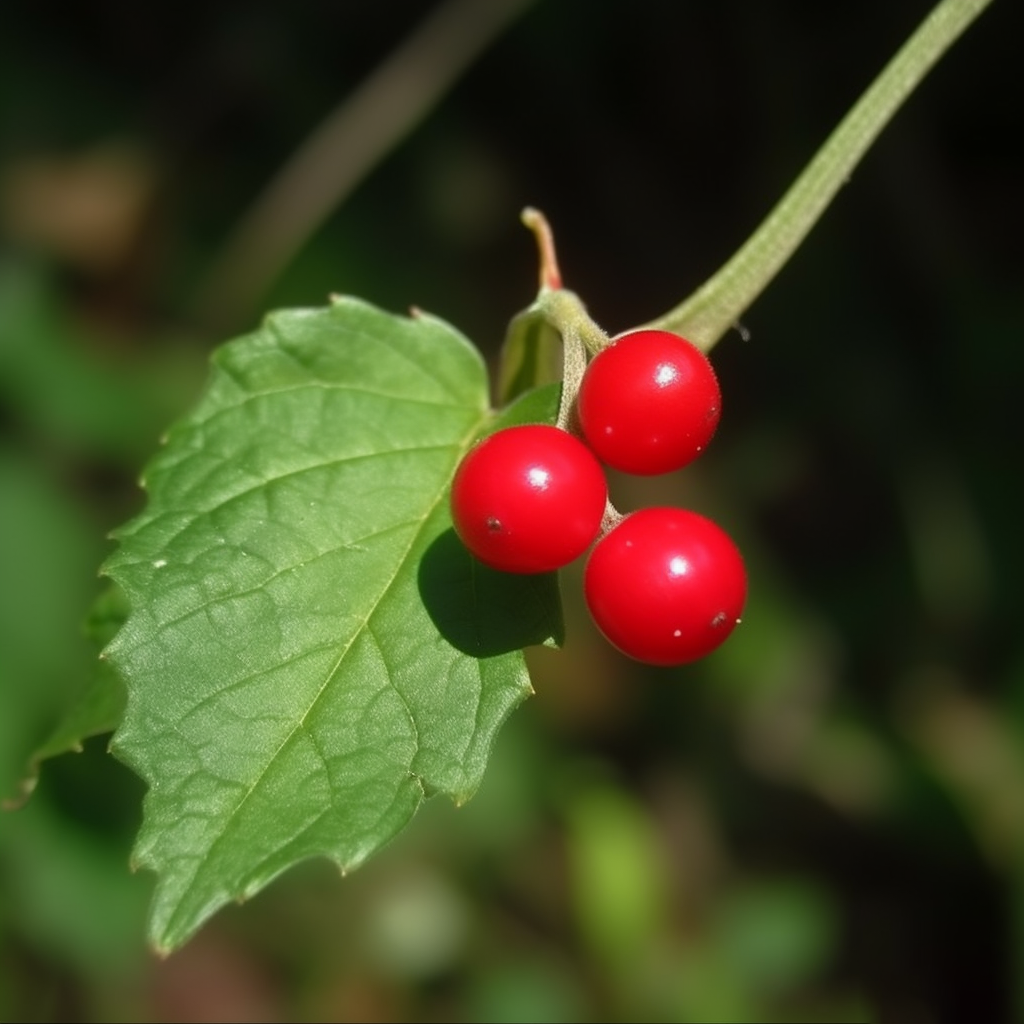
Melothria Maderaspatana Leaf
Melothria maderaspatana Leaf Extract for Treating hypertension : Chemistry and effects on Biomarkers
To determine the effect of Melothria maderaspatana (Linn.) leaf-tea on blood pressure, plasma lipid profile, fibrinogen, albumin together with serum bilirubin and anthropometric measurements in volunteer participants with hypertension, because all these variables have been shown to influence vascular events. A total of 50 subjects-25 (mean age of 58 +/- 9.0 years; 12 were women) with mild-to-moderate hypertension (systolic blood pressure [SBP] >or= 140 mm Hg; diastolic blood pressure [DBP] >or= 90 mm Hg) and 25 normotensives (mean age of 48 +/- 8.0 years; 11 women)-were selected for this study. Plasma lipid profile, fibrinogen, albumin, serum bilirubin, and anthropometric measurements were measured at baseline and after leaf-tea consumption by the patient with hypertension for 45 days. SBP and DBP gradually decreased and pulse rate decreased.
The total cholesterol, low-density lipoprotein cholesterol and triglycerides, and phospholipids levels decreased significantly and high-density lipoprotein cholesterol and serum bilirubin levels increased after tea consumption in patients with hypertension. We also observed significant body weight loss and reduction in fibrinogen levels. There was no significant difference in plasma level of albumin. Thus, M. maderaspatana leaf-tea consumption gradually decreased BP and showed beneficial effects on blood lipid profile, fibrinogen, bilirubin, and body mass index in patients with hypertension.
Mengkudu
Doxorubicin is an effective drug used in cancer therapy but produces reactive oxygen species (ROS) that are toxic to heart cells. The purpose of this study was to determine the Cardioprotective activity of Mengkudu fruit ethanol extract against the heart induced by doxorubicin. Mengkudu fruit ethanol extract was obtained by maceration. Cardioprotective activity test is done by measuring blood LDH and CK-MB levels as well as cardiac histology. Animals were induced with DOX 5 mg/kg BW on day 1,7,14 and 20th. Administration of Mengkudu extract 100 mg / kg bw, 300 mg / kg bw, and 500 mg / kg BW given from day 1 to day 20 and on the 21st day cardiac serum levels of CK-MB normal group had a significant difference (p <0.05) with a negative control treatment group,treatment group I, treatment group II, and treatment group III and did not have a significant difference (P> 0.05) with a positive control group with vitamin e supplementation and serum LDH levels the normal group had a significant difference (p <0.05) with the negative control group, the treatment group I, the treatment group II, and the treatment group II and did not have a significant difference (P> 0.05) with the positive control group with vitamin e supplementation.
Cardiology histology of the Mengkuduextract 100 mg/kg bw+ DOX and the Mengkudu extract 300 mg/kg bb + DOX, and the negative control group showed bleeding, fragmentation and myocytolysis, in the treatment of group III, the group normal, and the positive control group did not show heart muscle damage. Based on the description above it can be concluded that the ethanol extract of Mengkudu fruit containing flavonoids has Cardioprotective activity by inhibiting the formation of ROS. The higher the dose of an extract, the greater the decrease in LDH and CKMB levels and increase protection against heart damage.
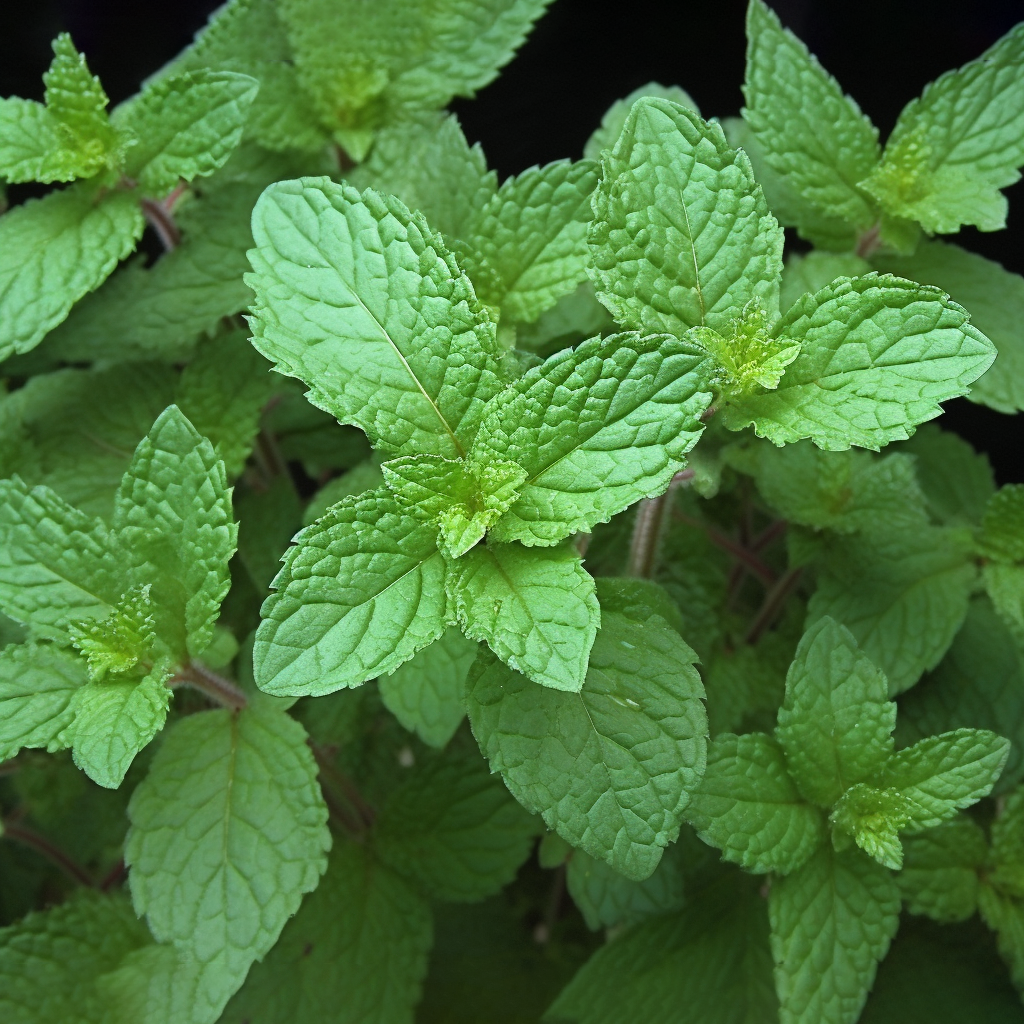
Mentha Cordifolia
This study was to test the inhibitory action of Mentha cordifolia (MC) extract on the development of hypertension in N G -nitro-L-arginine methyl ester (L-NAME)-induced hypertensive rats. Male Sprague-Dawley rats received L-NAME (50 mg/kg/day) in drinking water and were either intragastrically administered with MC extract (200 mg/kg/day) or deionized water for 3 weeks. Significant increases in mean arterial blood pressure (MAP; 162.3 ± 2.7 vs 92.9 ± 5.4 mmHg), heart rate (HR; 414.7 ± 13.1 vs 331.7 ± 16.2 beat/min) and hindlimb vascular resistance (HVR; 39.1 ± 3.8 vs 12.6 ± 0.6 mmHg/min/100 g tissue/ml) in L-NAME-treated group compared to that of control group were observed.
The MC extract markedly reduced the MAP about 16.7% in L-NAME group which was associated with reductions in HR and HVR. The MC extract alleviated a decrease in vascular responses to acetylcholine in the hypertensive rats. Increased levels of plasma malondialdehyde (MDA) and superoxide production in vascular tissues in hypertensive rats were restored by MC extract. The MC extract contains high level antioxidant in the form of total phenolic compounds. Our results indicated that the MC extract inhibited progress of hypertension in L-NAME group, and this effect might involve the antioxidant capacity of the extract.
Mimosa Pigra
Extract from Mimosa pigra attenuates chronic experimental pulmonary hypertension
Different parts of Mimosa pigra (MPG) are used in traditional medicine in Madagascar, tropical Africa, South America and Indonesia for various troubles including cardiovascular disorders.
Our results show endothelial protective action of MPG leaf hydromethanolic extract which is likely to be due to its antioxidant action. MPG successfully attenuated the development of PAH, thus demonstrating the protective effect of MPG on cardiovascular diseases.
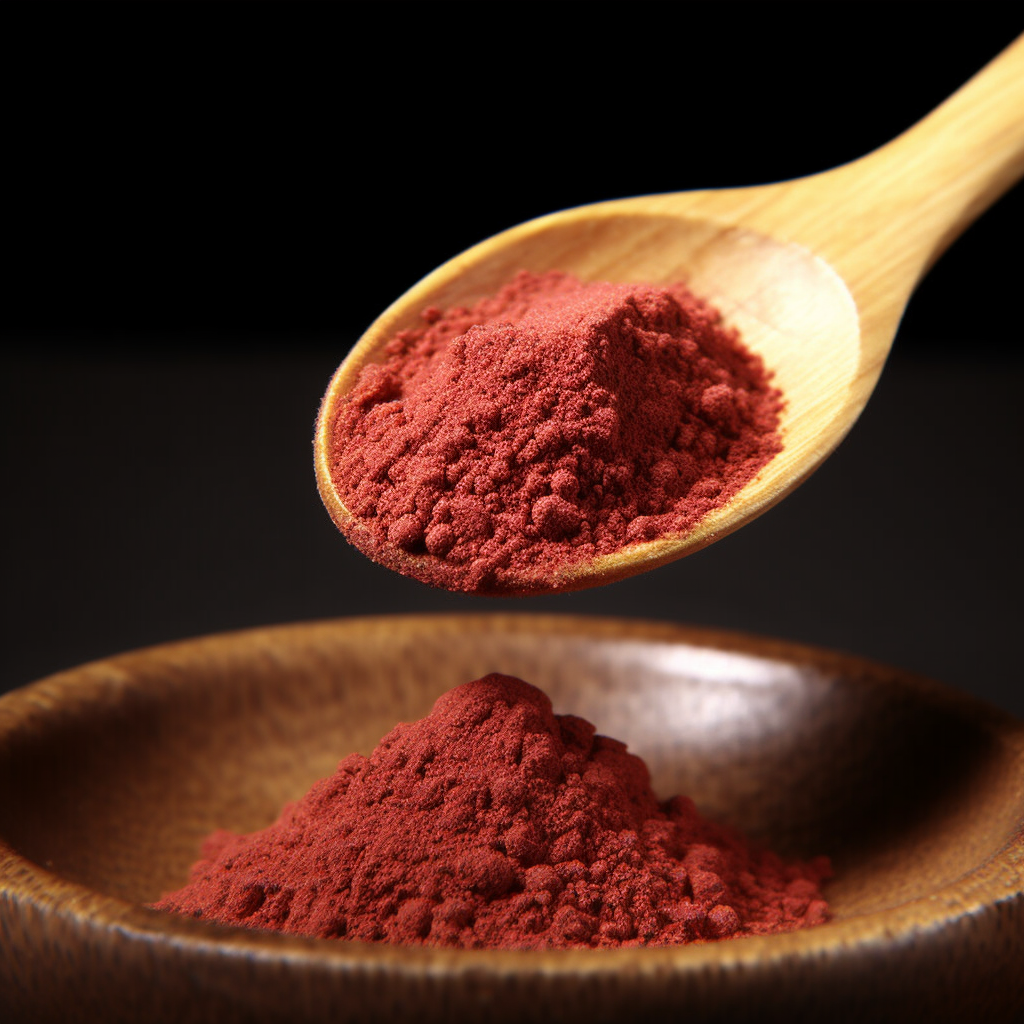
Monascus Purpureus M9011
This study aimed to determine the antihypertensive and metabolic effects of an aqueous extract of Monascus purpureus M9011 on fructose-induced hypertensive rats. After dietary feeding of fructose for 2 weeks, the rats exhibited significantly higher systolic blood pressure (SBP), mean arterial pressure (MAP), and plasma insulin and triglyceride levels, but lower insulin sensitivity than those in control rats on regular diet. The intragastric loading of fructose-fed rats with M9011 containing γ-aminobutyric acid (GABA, 1 mg·kg–1·day–1) prevented the development of fructose-induced hypertension . After fructose-induced hypertension had been established, intragastric loading of M9011 reversed the elevated blood pressure to normal level. Administration of pure GABA at the same dose as that contained in M9011 failed to prevent or reverse hypertension due to fructose consumption. Chronic M9011 treatment significantly suppressed the fructose-induced elevation in total cholesterol levels and enhanced the recovery of high-density lipoprotein cholesterol/total cholesterol ratio. However, M9011 treatment did not alter insulin sensitivity or the plasma levels of insulin, glucose, and triglyceride in fructose-fed and control rats.
The present results suggest that M9011 is a novel, potent, food-based antihypertensive agent with the capability to improve long-term control of cholesterol metabolism in rats and may be of importance in clinical application for the hypertensive diabetic population.

Moringa Oleifera Leaves
Angiotensin Converting Enzyme (ACE) regulates blood pressure . ACE converts angiotensin I to angiotensin II which binds with its receptors and through a cascade of reactions constrict blood vesels, consequently results in increased blood pressure, called hypertension . Inhibition of ACE activity is considered as an useful therapeutic target that reduce hypertension. Moringa oleifera leaves have traditionally been used in Ayurvedic medicine for their antihypertensive activity and antihypertensive effect of Moringa leaves was reported on spontaneously hypertensive rats. So, we hypothesize that Moringa oleifera leaves methanolic extract (MOLME) might inhibit ACE activity. Inhibition of ACE activity by MOLME was estimated in vitro. In this study, inhibition of ACE by MOLME was evaluated by spectrophotometric method. MOLME inhibited ACE activity in the substrate hippuryl-L-histidyl-L-leucine (HHL) with an IC50 value of 226.37 μg/ml with a reference compound, captropril (CP), a potent ACE inhibitor with an IC50 value of 0.0289 μM. The mode of ACE inhibition in HHL with or without MOLME revealed that the Vmax (0.0857 and 0.0541 OD/30 min, respectively) was changed and the Km values were 4.671 and 4.41.
The results indicate that MOLME acts as a non-competitive inhibitor for ACE. CP was found a competitive inhibitor of ACE. MOLME might be a potential natural inhibitor of ACE which reduces hypertension.
The purpose of this study was to determine the effects of an extract from Moringa oleifera (MO) on the development of monocrotaline (MCT)-induced pulmonary hypertension (PH) in Wistar rats. An ethanol extraction was performed on dried MO leaves, and HPLC analysis identified niaziridin and niazirin in the extract. PH was induced with a single subcutaneous injection of MCT (60 mg/kg) which resulted in increases in pulmonary arterial blood pressure (Ppa) and in thickening of the pulmonary arterial medial layer in the rats. Three weeks after induction, acute administration of the MO extract to the rats decreased Ppa in a dose-dependent manner that reached statistical significance at a dose of 4.5 mg of freeze-dried extract per kg body weight. The reduction in Ppa suggested that the extract directly relaxed the pulmonary arteries. To assay the effects of chronic administration of the MO extract on PH, control, MCT and MCT+MO groups were designated. Rats in the control group received a saline injection; the MCT and MCT+MO groups received MCT to induce PH.
During the third week after MCT treatment , the MCT+MO group received daily i.p. injections of the MO extract (4.5 mg of freeze-dried extract/kg of body weight). Compared to the control group, the MCT group had higher Ppa and thicker medial layers in the pulmonary arteries. Chronic treatment s with the MO extract reversed the MCT-induced changes. Additionally, the MCT group had a significant elevation in superoxide dismutase activity when normalized by the MO extract treatments. In conclusion, the MO extract successfully attenuated the development of PH via direct vasodilatation and a potential increase in antioxidant activity.
The present study evaluated Cardioprotective effect of lyophilized hydroalcoholic extract of Moringa oleifera in the isoproterenol (ISP)-induced model of myocardial infarction. Wistar albino male rats were divided into three groups and orally fed saline once daily alone (sham) or with ISP (ISP control) or ISP with M. oleifera (200 mg/kg), respectively, for 1 month. On days 29 and 30 of administration, rats of the ISP control and M. oleifera-ISP groups were administered ISP (85 mg/kg, s.c.) at an interval of 24 hours. On day 31, hemodynamic parameters (mean arterial pressure [MAP], heart rate [HR], left ventricular end-diastolic pressure [LVEDP], and left ventricular peak positive [(+) LV dP/dt] and negative [(-) LV dP/dt] pressures were recorded. At the end of the experiment, the animals were sacrificed, and hearts were excised and processed for biochemical, histopathological, and ultrastructural studies. Chronic treatment with M. oleifera demonstrated mitigating effects on ISP-induced hemodynamic [HR, (+) LV dP/dt, (-) LV dP/dt, and LVEDP] perturbations. Chronic M. oleifera treatment resulted in significant favorable modulation of the biochemical enzymes (superoxide dismutase, catalase, glutathione peroxidase, lactate dehydrogenase, and creatine kinase-MB) but failed to demonstrate any significant effect on reduced glutathione compared to the ISP control group. Moringa treatment significantly prevented the rise in lipid peroxidation in myocardial tissue.
Furthermore, M. oleifera also prevented the deleterious histopathological and ultrastructural perturbations caused by ISP. Based on the results of the present study, it can be concluded that M. oleifera extract possesses significant Cardioprotective effect, which may be attributed to its antioxidant, antiperoxidative, and myocardial preservative properties.
Motherwort Oil
Cardioprotective Effect Of New Functional Food Containing Salmon Oil With Motherwort Oil Extract
Combination of fish oil with herbal oil extract can extend functional properties of the products. A new functional food of salmon oil with oil extract of motherwort (8:2) was developed and studied. Qualitative profiling was evidenced about presence of flavonoids and iridoids. Quantification of vitamins A (210±3 IU/g), Е (2.8±0.1 mg/g), D3 (12.2±0.4 IU/g) and PUFA (43.3±0.4%, incl. 9.4±0.1% of omega-3 and 33.9±0.1% of omega-6) was done by modern methods. The developed product was found nontoxic (LD50>15 000 mg/kg b.w., intragastriсally, LD50>3000 mg/kg b.w., intraperitoneal). The 14 days intragastric administration of product to the rats (initial b.w. 200-250 g) at the doses of 2340 and 1170 mg/kg b.w. significantly increased the left ventricular pressure after ischemia comparing with control, and normalized the contraction and relaxation of the left ventricle. Biochemical data confirmed the decrease of aspartate amino transferase and creatine kinase activity in rats treated at all experimental doses.
Application of fish oil combination with motherwort oil extract is promising for development of new functional foods with cardio protective properties.
Mucuna Flagellipes Seed
The need to consider an ethnomedicinal alternative for the management of hypertension has become necessary due to the high cost associated with purchasing conventional antihypertensive drugs and the inability of patients to adhere strictly to the procedures of administration. A total of 40 acclimatized male Wistar rats were used for the study. Five rats were grouped as normotensive control (group A). 25 hypertensive rats were selected for the groups B to F; five rats each. Group B served as the hypertensive negative control group without treatment , Group C served as the hypertensive group and received amlodipine at 0.14 mg/kg. Groups D, E and F served as the hypertensive groups and received 25, 50 and 100 mg/kg dose of Mucuna flagellipes seed extract (MFSE) orally for 3 weeks. Their body weights, systolic blood pressure (SBP), diastolic blood pressure (DBP), heart rate (HR), mean arterial blood pressure (MAP) and lipid profiles were assessed. The result of the study showed that the different doses of the MFSE possess significant antihypertensive effects (p<0.001 and p<0.01) although not in dose dependent manner.
The findings therefore suggest that MFSE possess significant antihypertensive effects though not as potent as amlodipine. Further research is therefore recommended on these effects on man. Key words: hypertension , lipid profile, blood pressure, mucuna flagellipes.

Murraya Koenigii
Dose-dependent cardiotoxicity of doxorubicin may lead to irreversible congestive heart failure. Although multiple mechanisms are involved, generation of free radicals is the most commonly postulated mechanism. Therefore, free radical scavengers are considered as potential therapeutic agents. As Murraya koenigii leaves are a rich source of flavonoids and phenols, they have the ability to scavenge free radicals effectively. Therefore, the objective of this study was to investigate the Cardioprotective potential of Murraya leaf extract against doxorubicin-induced cardiotoxicity in rats. Rats were randomly divided into five groups with 10 animals in each group. Doxorubicin was administered intraperitonially at 18 mg/kg while lyophilized plant extract was administered orally at 2 g/kg. Dexrazoxane, at 180 mg/kg, was used as the positive control. Cardiac damage of doxorubicin control was evident with a significant increase () in cardiac troponin I, NT-pro BNP, AST, and LDH compared to the normal control. Plant-treated group showed Cardioprotective effect by significantly reducing (p < 0.05) all of the above parameters compared to doxorubicin control (). Increased oxidative stress in doxorubicin control was evident with a significant reduction in reduced glutathione, glutathione reductase, glutathione peroxidase, total antioxidant capacity, superoxide dismutase, and catalase activity and a significant increase in lipid peroxidation compared to the control.
Interestingly, treatment with Murraya leaf extract showed a significant increase in all of the above antioxidant parameters and a significant reduction in lipid peroxidation by showing an antioxidant effect. A significant increase in myeloperoxidase activity confirmed the increased inflammatory activity in doxorubicin control group whereas plant-treated group showed a significant reduction () which expressed the anti-inflammatory effect of Murraya leaf extract. Doxorubicin-treated group showed histological evidence of extensive damage to the myocardium while plant-treated group showed a preserved myocardium with lesser degree of damage. Pretreatment with Murraya leaf extract may replenish cardiomyocytes with antioxidant s and promote the defense against doxorubicin-induced cardiotoxicity.
Musa Paradisiaca
Mature green plantains bought at Oja-Oba in Akure were roasted into a local meal called ‘boli’ while another portion was boiled in water. Each of the samples was sun dried and milled into flour. The aqueous extracts of roasted and boiled were prepared (10g/100mL). The study was based on inhibition of α-amylase, α-glucosidase and angiotensin 1 converting enzyme (ACE). The antioxidant activities of the plantain extracts to reduce Fe 3+ to Fe 2+ and to bind to iron (II) ions were evaluated. The phenolic contents (total phenol and total flavonoid), vitamin C and ABTS (2,2’-azino-bis-(3-ethylbenzothiazoline–6sulfonic acid) were also determined. The results revealed that the boiled flour had higher (P < 0.05) phenolic contents and reducing power while the roasted flour had higher Vitamin C content but there was no significant difference.
In the present study, Cardioprotective effect of aqueous extract of fruits of Embelia ribes Burm (ER) was evaluated in a rat model having acute myocardial infarction, induced by isoproterenol (5.25 and 8.5 mg/kg, sc, for two consecutive days). Aqueous ER extract (100 mg/kg) pretreatment orally for 40 days in isoproterenol (ISO)-treated rats significantly decreased the heart rate, systolic blood pressure, increased levels of serum lactate dehydrogenase, serum creatine kinase and myocardial lipid peroxides and significantly increased the myocardial endogenous antioxidants (glutathione, superoxide dismutase and catalase) levels. The results of biochemical observations in serum and heart tissues were supplemented by histopathological examination of rat’s heart sections to confirm the myocardial injury. The results were comparable to that of gliclazide treated group. The present results provide evidence for the first time, that aqueous ER extract pretreatment ameliorated myocardial injury and enhanced the antioxidant defense against ISO-induced myocardial infarction in rats and exhibited Cardioprotective property.

Nelumbo Nucifera Leaf
Intake of diets rich in antioxidant from medicinal plants have been reported to be associated with reduced risk of cardiovascular diseases. The present study was aimed to appraise the protective role of Nelumbo nucifera leaf extract in isoproterenol-induced myocardial infarction in rats. Subcutaneous injection of isoproterenol (85 mg/kg) to male albino Wistar rats, exhibited a significant raise in the levels/activities of cardiac marker such as cardiac troponin T, creatine kinase-MB, creatine kinase, lactate dehydrogenase, asparate transaminase, alanine transaminase in serum with subsequent decrease in the heart.
Isoproterenol-induced rats also showed a significant increase in the levels of blood glucose, serum urea, uric acid, creatinine and homocysteine and decrease in plasma protein. Pretreatment with Nelumbo nucifera (100, 200 and 400 mg/kg) daily for a period of 21 days positively altered the activities of cardiac markers and other biochemical parameters to isoproterenol-induced rats. Thus, the results of our study demonstrate that Nelumbo nucifera possess Cardioprotective role against experimentally induced cardiac toxicity.
Nepeta Hindostana
The present study evaluated Cardioprotective effect of hydro-alcoholic extract of Nepeta hindostana (NH), commonly know as badranjbuyeh in Unani medicine, in the experimental model of isoproterenol (ISO) induced- myocardial infarction.
Wistar albino rats were divided in to four groups: sham control, ISO control, NH treatment group and ISO with NH treatment groups. NH was administered at doses of 25, 50 and 100 mg / 100 gm b w, orally for sixty days. On days 59th and 60th the rats of ISO control and NH treatment groups were administered ISO (20 mg / 100 mg b w) subcutaneously twice at an interval of 24 hrs. On 61 st the rats were sacrificed and serum was separated for biochemical parameters, creatinine phosphokinase (CPK), lactate dehydrogenase (LDH), aspartate transaminase (AST), alanine transaminase (ALT) and lipid peroxide level and heart was processed for histopathalogical studies.
The result suggests a promising Cardioprotective role of NH treatment on isoproterenol-administered myocardial damage, which is probably mediated through NH antioxidant effects and contributing to prevention of acute myocardial infarction in rats.
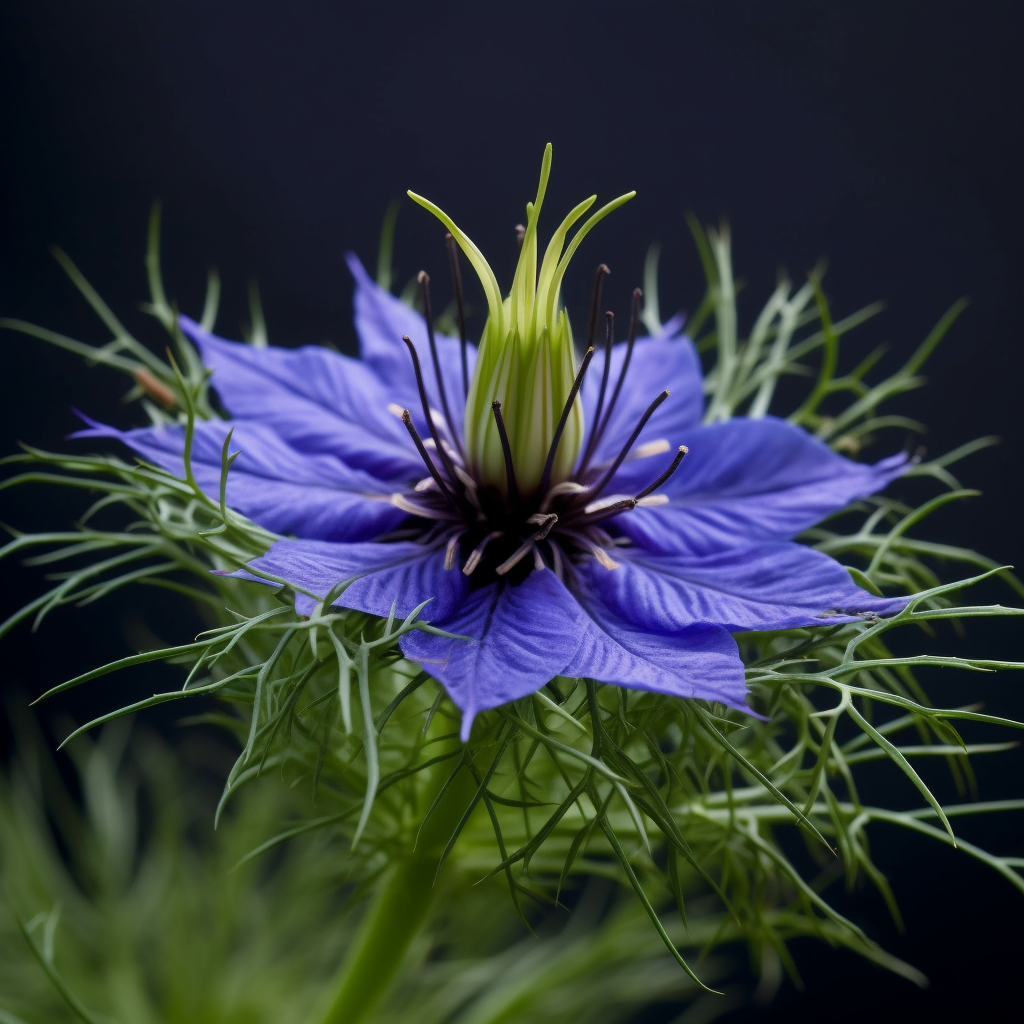
Nigella Sativa
antihypertensive effect ofNigella sativaseedextract in patients with mild hypertension
hypertension (HT) is a lifestyle-related disease and dietary modifications are effectivefor its management and prevention. We conducted a randomized, double-blind,placebo-controlled trial to evaluate the efficacy of treatment with an oralNigella sativa(NS) seed extract supplement in patients with mild HT. Subjects were randomizedinto three groups: a placebo and two test groups that received 100 and 200 mg of NSextract twice a day. After 8 weeks, systolic blood pressure (SBP) values in both casegroups were found to be significantly reduced when compared with the baselinevalues for each group.
In addition, the decrease in SBP in the two case groups wasstatistically significant relative to the placebo group (P< 0.05–0.01). Meanwhile,diastolic blood pressure (DBP) values in the case groups were found to be significantlyreduced from the baseline and a significant reduction was also observed in thesegroups (P< 0.01) when compared with the placebo group. In addition, extractadministration reduced both SBP and DBP in a dose-dependent manner. Meanwhile,NS extract caused a significant decline in the level of total and low-density-lipoprotein(LDL)-cholesterol relative to baseline data. No complications caused by NS wereobserved. The results suggest that the daily use of NS seed extract for 2 months mayhave a blood pressure -lowering effect in patients with mild HT.
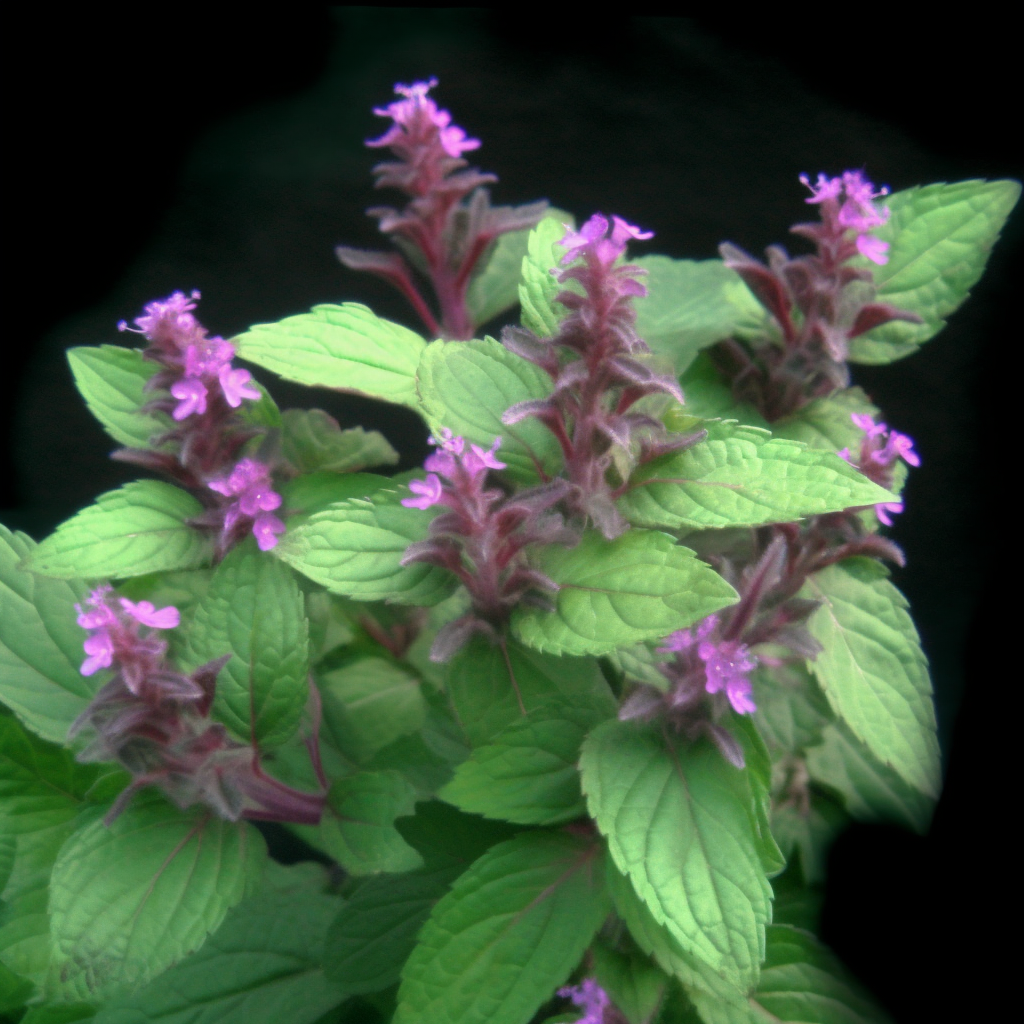
Ocimum Basilicum
To evaluate the phenolics composition and inhibitory effect of the leaves extracts of Ocimum basilicum and Ocimum gratissimum on two key enzymes (pancreatic lipase [PL] and angiotensin 1-converting enzyme [ACE]) involved in obesity and hypertension in vitro.
O. basilicum and O. gratissimum leaves could be used as functional foods for the management of obesity and obesity -related hypertension. However, O. gratissimum may be more effective than O. basilicum.
The objectives of the present study were phytochemical screening and study of the effects of ethanolic extract of aerial parts of Ocimum basilicum (basil) on cardiac functions and histopathological changes in isoproterenol-induced myocardial infarction (MI).
The results of the study demonstrate that Ocimum basilicum strongly protected the myocardium against isoproterenol-induced infarction and suggest that the Cardioprotective effects could be related to antioxidative activities.
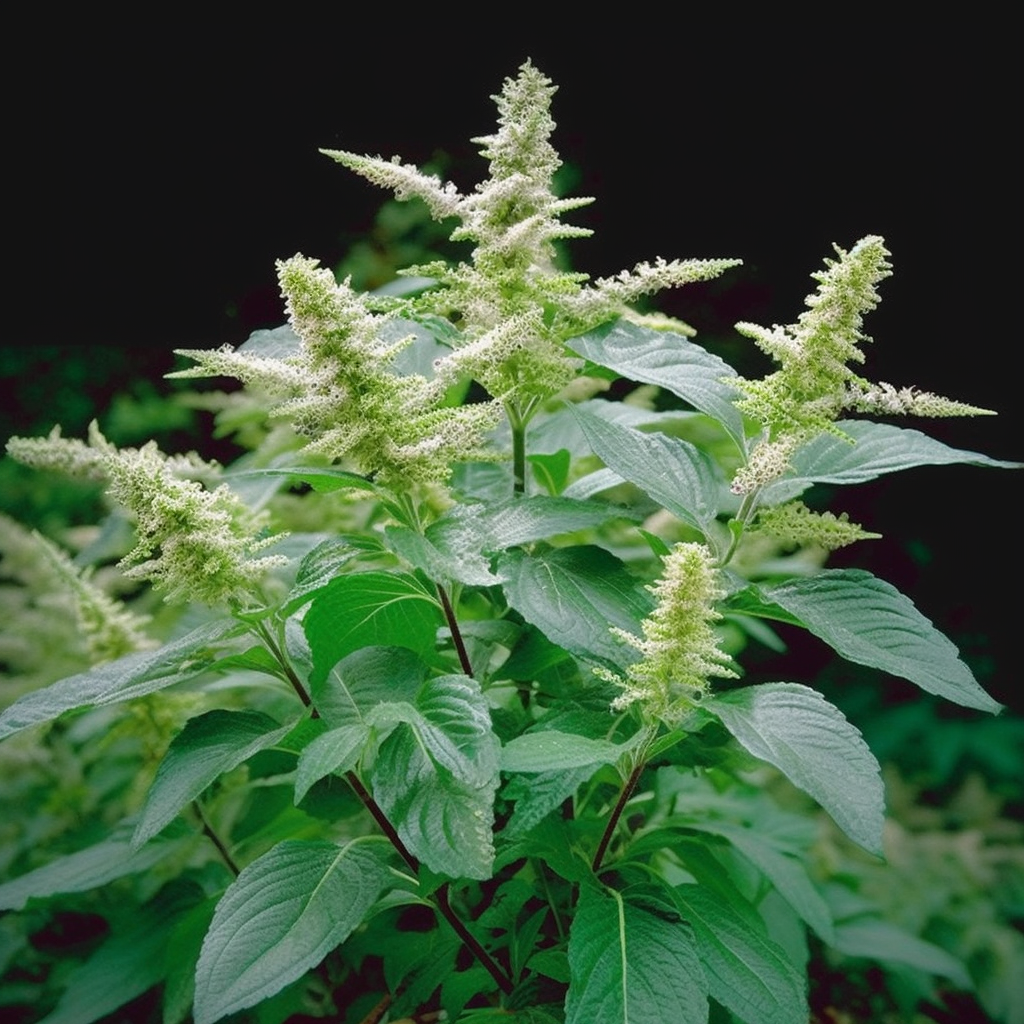
Ocimum Gratissimum
Plants are the source of active ingredients of most of the modern drugs. In search of new plant based drug the present study has been designed to isolate, characterize and evaluate Cardioprotective principle from Ocimum gratissimum (Linn.) leaves. Chromatographic purification of the active chloroform extract of Ocimum gratissimum (Linn.) leaves yeilded dihydroxyl α-humulene (OG1) – a new potent Cardioprotective principle, along with three known compounds β-caryophyllene (OG2) & eugenol (OG3). The structures of all the isolated compounds (OG1 – OG3) were characterized by using modern spectroscopic analytical techniques like UV, IR, 1H & 13C NMR and mass spectrometry.
Furthermore, the new isolated compounds were screened for myocardial infract size assessed by volume method and attenuation of release of LDH and CK-MB in coronary effluent. Dihydroxyl α-humulene given trival name Gratissinol and has well defined Cardioprotective effect in ischaemia and reperfusion-induced myocardial injury as compared to standard drug ramipril, 1 mg/kg of body weight.
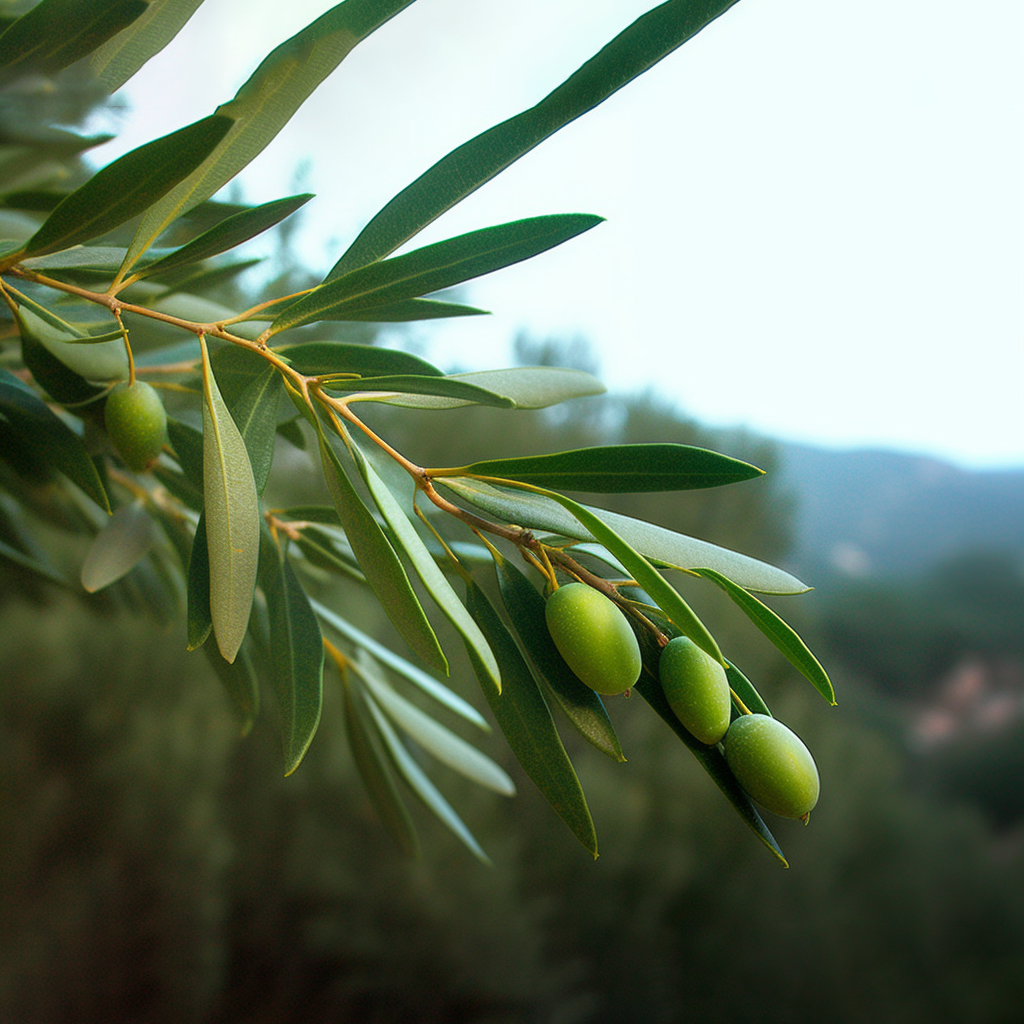
Olea Europaea
A double-blind, randomized, parallel and active-controlled clinical study was conducted to evaluate the anti-hypertensive effect as well as the tolerability of Olive leaf extract in comparison with Captopril in patients with stage-1 hypertension. Additionally, this study also investigated the hypolipidemic effects of Olive leaf extract in such patients. It consisted of a run-in period of 4 weeks continued subsequently by an 8-week treatment period. Olive (Olea europaea L.) leaf extract (EFLA(®)943) was given orally at the dose of 500 mg twice daily in a flat-dose manner throughout the 8 weeks. Captopril was given at the dosage regimen of 12.5 mg twice daily at start. After 2 weeks, if necessary, the dose of Captopril would be titrated to 25 mg twice daily, based on subject’s response to treatment. The primary efficacy endpoint was reduction in systolic blood pressure (SBP) from baseline to week-8 of treatment.
The secondary efficacy endpoints were SBP as well as diastolic blood pressure (DBP) changes at every time-point evaluation and lipid profile improvement. Evaluation of BP was performed every week for 8 weeks of treatment; while of lipid profile at a 4-week interval. Mean SBP at baseline was 149.3±5.58 mmHg in Olive group and 148.4±5.56 mmHg in Captopril group; and mean DBPs were 93.9±4.51 and 93.8±4.88 mmHg, respectively. After 8 weeks of treatment, both groups experienced a significant reduction of SBP as well as DBP from baseline; while such reductions were not significantly different between groups. Means of SBP reduction from baseline to the end of study were -11.5±8.5 and -13.7±7.6 mmHg in Olive and Captopril groups, respectively; and those of DBP were -4.8±5.5 and -6.4±5.2 mmHg, respectively. A significant reduction of triglyceride level was observed in Olive group, but not in Captopril group. In conclusion, Olive (Olea europaea) leaf extract, at the dosage regimen of 500 mg twice daily, was similarly effective in lowering systolic and diastolic blood pressures in subjects with stage-1 hypertension as Captopril, given at its effective dose of 12.5-25 mg twice daily.
The effects of chronic consumption of oleuropein-enriched (15% w/w) olive leaf extract (OLE) on blood pressure , endothelial function, and vascular oxidative and inflammatory status in spontaneously hypertensive rats (SHR) were evaluated. Ten Wistar Kyoto rats (WKY) and twenty SHR were randomly assigned to three groups: a control WKY group, a control SHR group and a SHR group treated with OLE (30 mg kg(-1)) for 5 weeks. Long-term administration of OLE reduced systolic blood pressure , heart rate, and cardiac and renal hypertrophy. OLE treatment reversed the impaired aortic endothelium-dependent relaxation to acetylcholine observed in SHR. OLE restored aortic eNOS phosphorylation at Ser-1177 and Thr-495 and increased eNOS activity.
OLE eliminated the increased aortic superoxide levels, and reduced the elevated NADPH oxidase activity, as a result of reduced NOX-1 and NOX-2 mRNA levels in SHR. OLE reduced the enhanced vascular TLR4 expression by inhibition of mitogen-activated protein kinase (MAPK) signaling with the subsequent reduction of proinflammatory cytokines. In conclusion, OLE exerts antihypertensive effects on genetic hypertension related to the improvement of vascular function as a result of reduced pro-oxidative and pro-inflammatory status.
Oligomeric Procyanidins
Cardioprotective effects of a standardized extract from leaves with flowers of Crataegus (WS-1442; content of oligomeric procyandins [OPC]: 18.75%) have recently been demonstrated in an ischemia-reperfusion model in rats. Further studies were now conducted to clarify the mechanism of action and to identify active constituents involved in these effects of WS-1442. Exhausting partitioning between ethyl acetate/water and successive ultrafiltration of the aqueous layer led to the quantitative recovery of three fractions, which were tested for their in vitro radical scavenging (RS) and human neutrophil elastase (HNE) inhibitory activity. The lipophilic ethylacetate-soluble fraction A, enriched in flavone derivatives and constituting 14.9% of WS-1442, was as active as WS-1442 in inhibiting HNE. However, its RS activity was only about half that of the primary extract. Although 67.9% of WS-1442 was recovered in a water-soluble low molecular weight fraction B, this fraction displayed only weak RS and HNE inhibiting activity. In contrast, the RS and HNE inhibiting potencies of an essentially flavone-free and OPC-rich fraction C (21.3% of WS-1442) were significantly higher (inhibition of lipid peroxidation: IC50 0.3 microgram/ml; inhibition of HNE: IC50 0.84 microgram/ml) as those of WS-1442. The RS and HNE inhibitory activities of the extract and those of its fractions correlated well with their OPC-content but not with their concentration of flavonols.
These results demonstrate that OPCs of Crataegus extracts possess stronger radical scavenging activities than flavone derivatives or other constituents. In addition, the oligomeric components are potent inhibitors of HNE. Oral administration of 20 mg/kg/d of the OPC-rich fraction C to rats afforded similar protection against ischemia-reperfusion induced pathologies as treatment with WS-1442 at a dose of 100 mg/kg/d. These observations indicate that radical scavenging and elastase inhibitory activities could indeed be involved in the observed Cardioprotective effects of WS-1442, and demonstrate that OPCs are major orally active constituents of WS-1442. Thus, Crataegus extracts used therapeutically for cardiovascular diseases should be analyzed and standardized for their OPC-content.
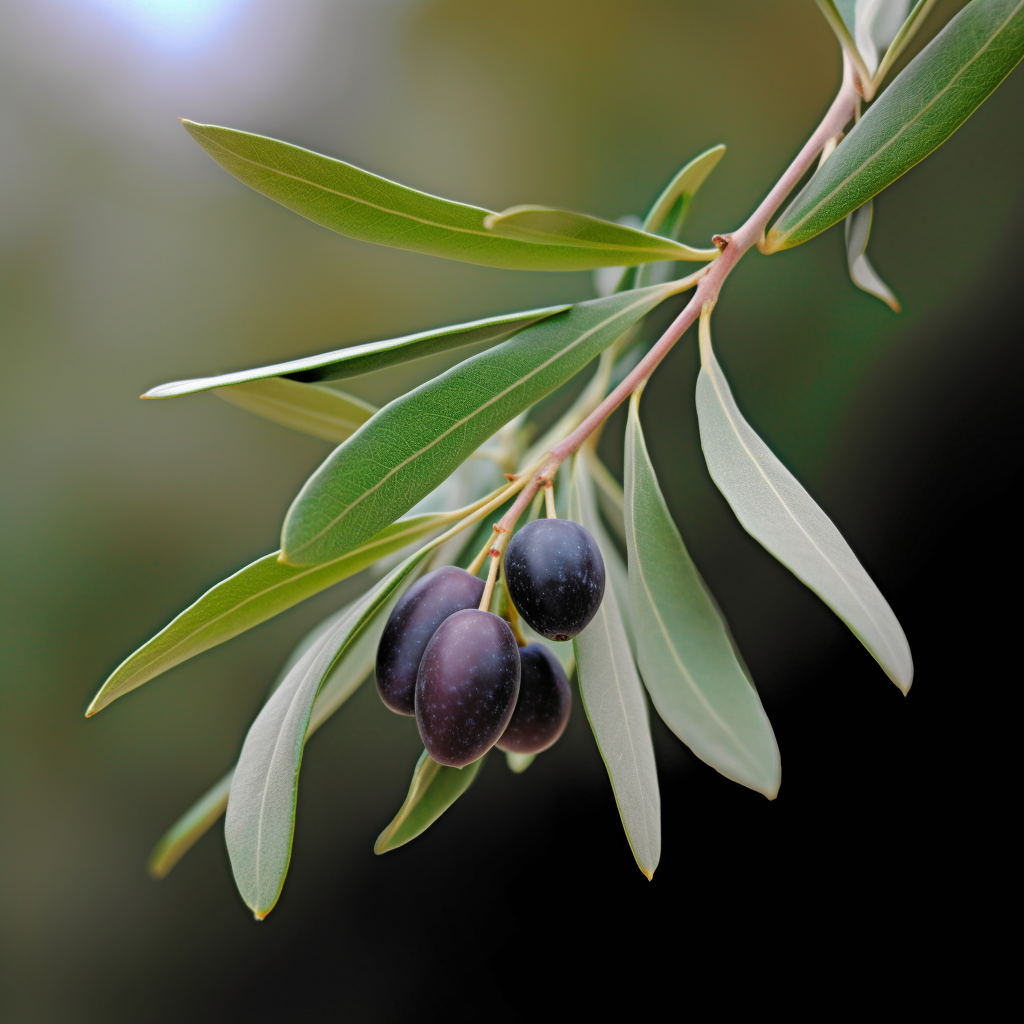
Olive Leaf
Myocardial infarction triggers massive biochemical changes, even cardiac cell death. Endoplasmic reticulum stress is involved in the pathology of myocardial infarction-mediated apoptosis. In the present study, myocardial cell line H9c2 cells were treated with cobalt chloride (CoCl2) to induce hypoxia. Isoproterenol was used for two successive days to induce myocardial infarction in SD rats. The Cardioprotective effect of olive leaf extract (OLE) and its main constituent hydroxytyrosol and the underlying mechanisms were evaluated. The results showed that hydroxytyrosol markedly protected H9c2 cells against CoCl2-induced apoptosis.
Hydroxytyrosol could reduce the mRNA and protein expression of GRP78 and CHOP induced by CoCl2 in vitro. In vivo, the decreased ejection fraction and fractional shortening, increased heart weight/body ratio, the formation of infarction, disordered cardiac muscle fibers and infiltration of inflammatory cells induced by isoproterenol could be significantly ameliorated by pretreatment with OLE for a month. Similarly, OLE could also reverse the increase of GRP78 and CHOP expression induced by isoproterenol. Therefore, OLE and hydroxytyrosol exert a Cardioprotective effect through endoplasmic reticulum stress, which could be a new target for the prevention and treatment of cardiovascular diseases.
Oxalis Corniculata
The present study evaluated the protective potential of aqueous extract of Oxalis corniculata (OCE) against isoproterenol (ISO) induced myocardial infarction in rats. Myocardial infarction in rats was induced by isoproterenol (200 mg/kg) at an interval of 24 h for 2 days. OCE was given to rats as pretreatment for 30 days orally using an intragastric tube. Isoproterenol caused a significant increase in the activity of cardiac injury marker enzymes like creatine phosphokinase (CPK) and lactate dehydrogenase (LDH) and increased the concentration of serum lipids. OCE pretreatment significantly reduced the concentration of CPK, LDH, serum total cholesterol, LDL cholesterol and triglycerides.
OCE also reduced the activity of lipogenic enzyme, glucose-6-phosphate dehydrogenase in ISO administered rats. oxidative stress produced by isoproterenol was significantly lowered by the administration of OCE which was evident from increased activities of antioxidant enzymes (catalase and superoxide dismutase) and reduced concentration of lipid peroxidation products (TBARS and conjugated dienes). Concentration of vitamin C, protein sulfhydryl groups and reduced glutathione (GSH) was also high in OCE pretreated rats. Histopathology of heart of ISO administered rat pretreated with OCE showed normal myocardium with very little evidence of inflammatory infiltration. Results of our in vitro findings also confirmed that OCE exhibits significant antioxidant and radical scavenging activity against DPPH, superoxide and nitric oxide radicals.
These findings provided evidence that O. corniculata was found to be protecting the myocardium against ischemic insult and the protective effect could attribute to its antioxidative and antihyperlipidemic activities.
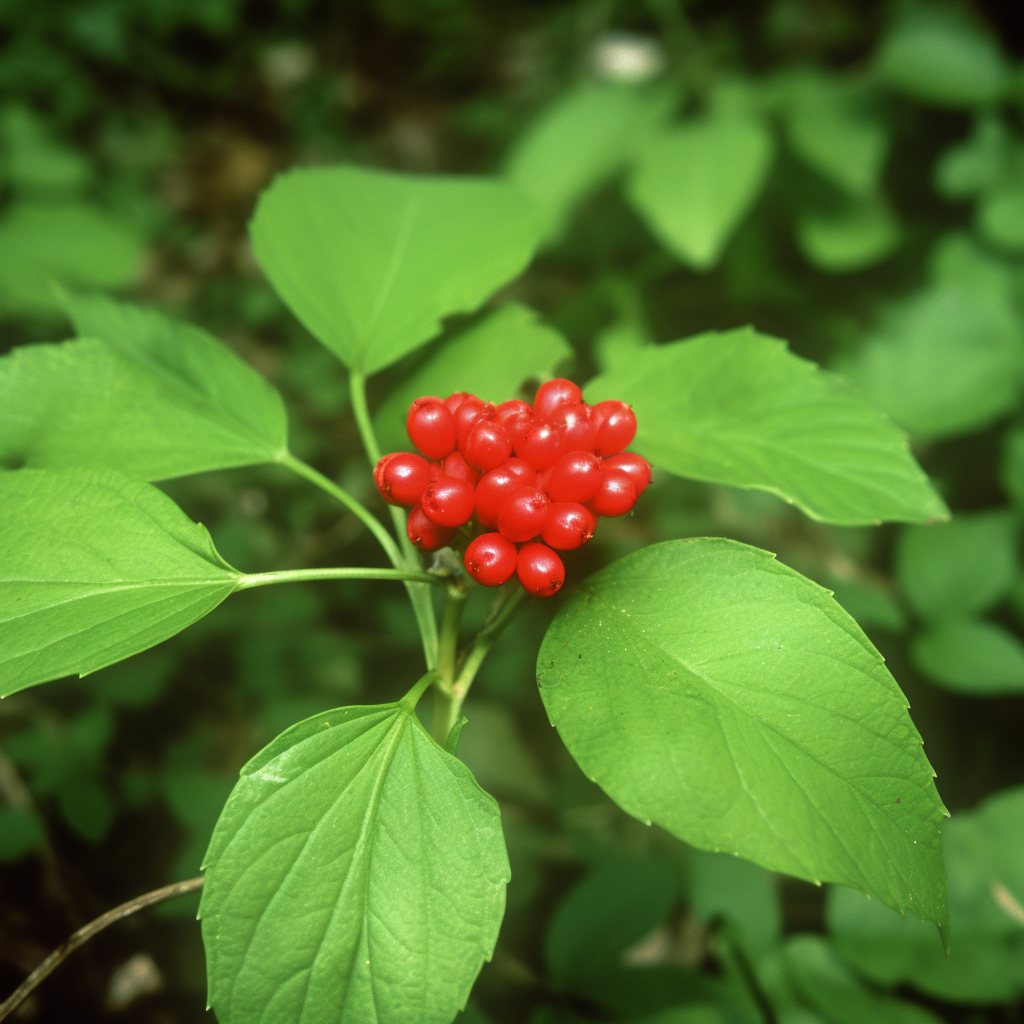
Panax Ginseng
To observe and compare the effects of aging and hypertension on rats’ aortic vascular smooth muscle cells (VSMCs) and the effects of the extracts from Panax ginseng, Panax notoginseng and Ligusticum chuanxiong.
Both aging and hypertension could result in excessive proliferation of rat aortic VSMCs and the expression changes of correlated cytoactive factors. The extracts from Panax ginseng, Panax notoginseng (Burk.) and Ligusticum chuanxiong can lower their proliferation levels and reduce the expressions of negative cytokines, thus reducing aging and hypertension induced injury of VSMCs and delaying angiocellular aging.
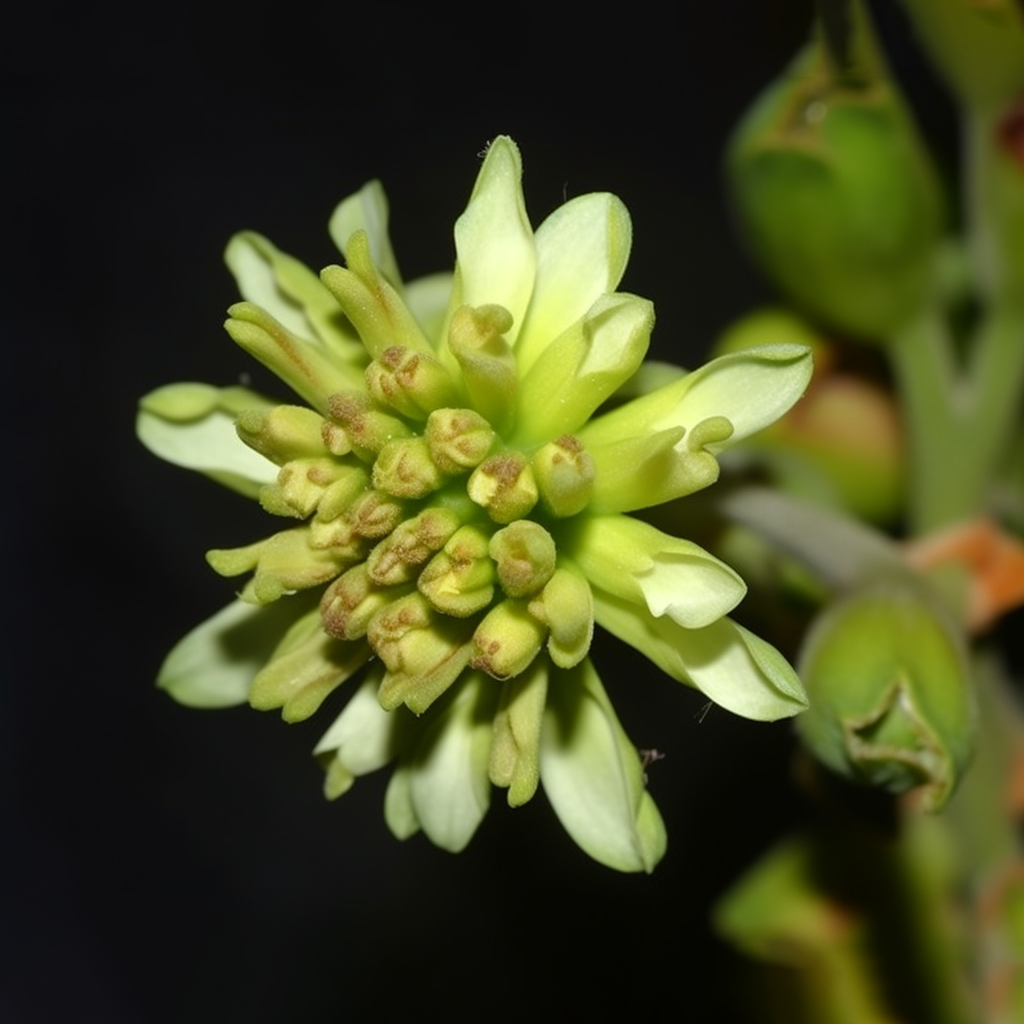
Persea Americana Mill
Cardioprotective Effect Of Persea Americana Mill Fruit Extract In Experimental Myocardial Infarction
The Cardioprotective effects of Persea americana extract was investigated on biochemical activities of high salt–fed adult Wistar rats in this study. In conclusion, high salt–diet induced biochemical alterations which were significantly protected by oral administration of P americana extract.
Phaseoulus Vulgaris
To evaluate the antihypertensive effect of ethanolic extract of seeds of Phaseolus vulgaris Linn. (EEPV) on high salt diet induced hypertension in male rats. The work demonstrated that the concomitant administration of high-salt and EEPV elicits prevention of high salt-induced hypertension in rats. Overall, results justify and support the use of Phaseolus vulgaris Linn. as antihypertensive medicine.
Phlorotannin
Long-term therapy with doxorubicin (DOX) is associated with high incidence of cumulative and irreversible dilated cardiomyopathy. The goal of this study was to evaluate the Cardioprotective effects and safety of a phlorotannin extract from a brown algae Ecklonia cava (Seapolynol™, SPN) against DOX-induced cardiotoxicity in a rat model. A total of 42 rats were divided into six groups: control, low-dose SPN (LDS), high-dose SPN (HDS), DOX, DOX with low-dose SPN (DOX+LDS), and DOX with high-dose SPN (DOX+HDS). Echocardiography was performed at baseline and after 6 weeks.
In left ventricular (LV) ejection fraction, DOX and DOX+LDS groups showed significant decreases (P < .001), while LDS, HDS, and DOX+HDS groups showed no significant change compared with control group. In LV mass index, DOX and DOX+LDS groups showed significant increases (P < .001 and P = .013), while LDS, HDS, and DOX+HDS groups showed no significant change compared with control group. In electron microscopy of the LV wall tissue, DOX+HDS group showed markedly less impaired myofibrils and mitochondria compared with both DOX and DOX+LDS groups. On the findings in echocardiography and electron microscopy, 6-week oral administration of SPN was safe and Cardioprotective in a DOX-induced rat cardiotoxicity model in a dose-dependent manner.
Phyllanthus Muellerianus Leaves
The objective of this work is to study the phytochemical composition and Cardioprotective activities of the total aqueous extract of Phyllanthus muellerianusin diabetic rats. The different chemical groups in the total aqueous extract were evaluated by methods described by Trease and Evans. The Cardioprotective activities of total aqueous Phyllanthus muellerianuswere evaluated in Wistar rats during streptozotocin induced experimental diabetes at a dose of 10 mg / kg bw for 21 days. Glucose, triglycerides, cholesterol, LDL-Cholesterol and HDL-Cholesterol were evaluated after treatment of rats with total aqueous extract Phyllanthus muellerianusand Glucidoral, the standard antidiabetic agent. The results obtained showed that the total aqueous extract of Phyllanthus muellerianuswas very rich in polyphenols, rich in alkaloids and terpenes and moderately rich in flavonoids and quinones did not contain the tannins and saponosides.
Blood glucose, triglycerides, total cholesterol and LDL-Cholesterol decreased significantly in diabetic rats treated with Phyllanthus muellerianusand Glucidoral®. The concentration of HDL-Cholesterol increased significantly and was then normalized by the total aqueous extract of Phyllanthus muellerianus. treatment with the same extract normalized blood sugar, triglyceride levels and total cholesterol. The total aqueous extract of Phyllanthus muellerianus, by lowering triglyceride, total cholesterol and LDL-Cholesterol concentrations, and increasing concentration of HDL-Cholesterol in diabetic rats, could play a Cardioprotective role and justify its use in traditional medicine in the treatment of heart diseases.
Picrorhiza Kurroa
Normal rats pre-treated with P. kurroa (200 mg/kg) alone did not showed significant change, however, isoproterenol (ISP) administration resulted in hemodynamic and left ventricular dysfunction, oxidative stress, and lipid peroxidation. Such cardiac dysfunction was significantly prevented by P. kurroa root extract pre-treatment.
Pre-treatment significantly attenuated the ISP-induced oxidative stress by restoring myocardial superoxide dismutase, catalase, and glutathione peroxidase enzymes except reduced glutathione content. P. kurroa pre-treatment markedly attenuated the ISP-induced rise in lipid peroxidation, thereby prevented leakage of myocyte creatine kinase-MB and lactate dehydrogenase enzymes. The results suggest that P. kurroa root extract possesses significant Cardioprotective effect, which may be attributed to its antioxidant , anti-peroxidative, and myocardial preservative properties.
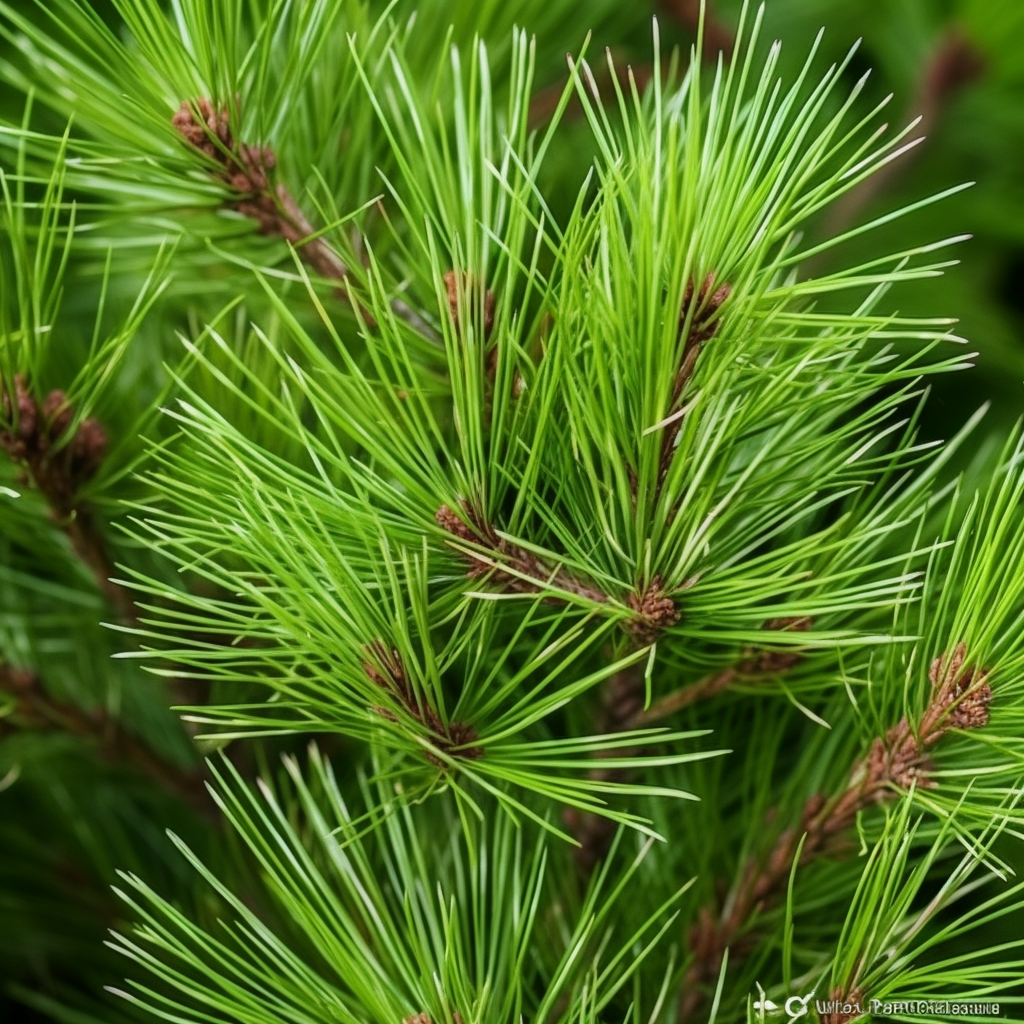
Pinus Brutia Bark
The new hypertension therapies which are thought to improve the mechanisms impairing the target organs in arterial hypertension (AHT) would have great practical value. The aim of our study was to investigate the effects of Pinus brutia bark extract (EPb) on serum lipid profiles and oxidative stress in N(G)-Nitro-Larginine- methyl ester (L-NAME)-induced hypertension.
The experiment demonstrated that PbE improved lipid profile and reduced pro-oxidative effects of L-NAME, thus suggesting a possible role of the extract in the management of AHT. systolic and diastolic blood pressure decrease was significant in the group undergoing simultaneous EPb extract and L-NAME therapy, as compared to the group that was administered only LNAME. Due to its effects , the Pinus brutia bark extract may be used for the prophylaxis and as adjuvant therapy of cardiovascular conditions.
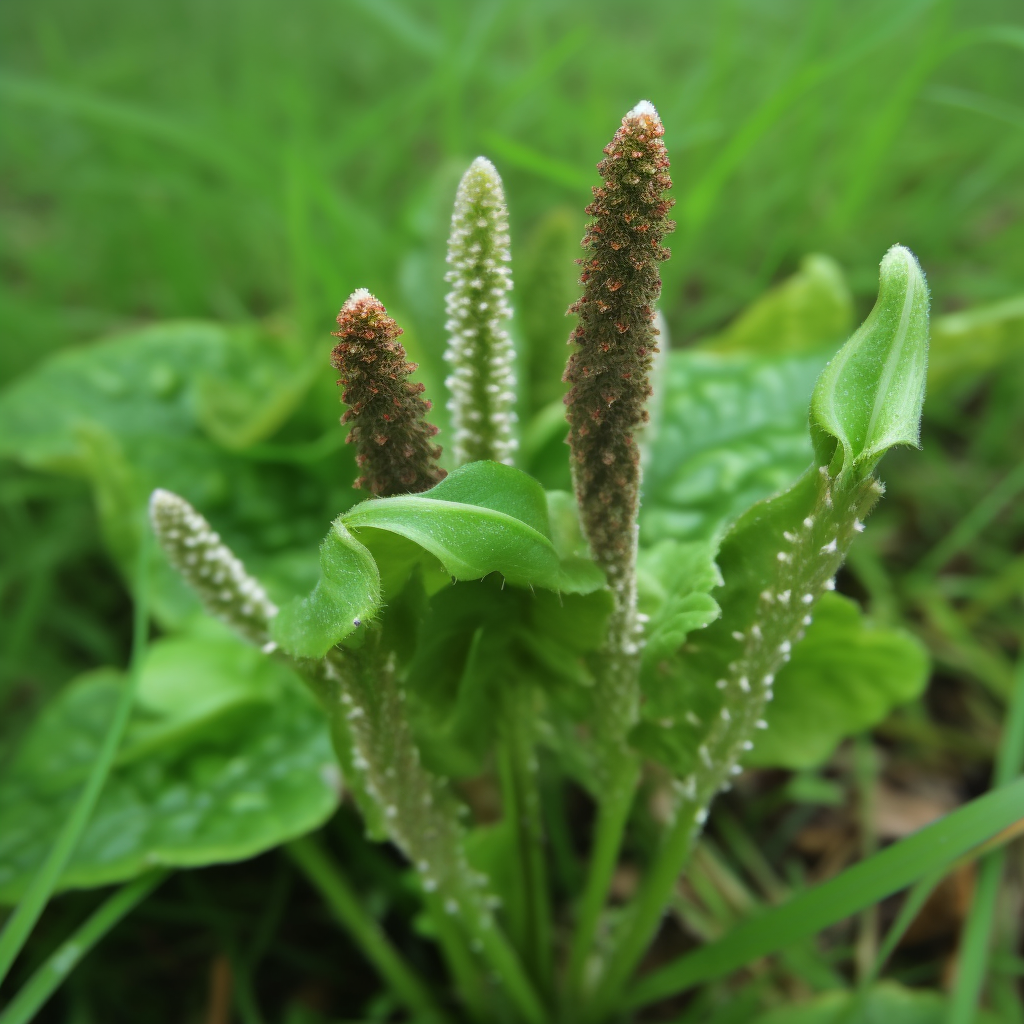
Plantago Asiatica L. Seeds
Plantago asiatica L. seeds is a common folk medicine with a long history of medical use in China because of its antipyretic, diuretic, and expectorant properties. It has been applied to treat hypertension clinically due to its diuresis, however, its efficacy and mechanisms on anti-hypertension has not been reported yet to our knowledge. In this study, we investigated the antihypertensive effect and underlying mechanisms of P. asiatica L. seeds extract (PASE) in spontaneously hypertensive rat (SHR). Male SHRs were treated with 2.5 mg/kg of fosinopril (FOS) and 400 mg/kg of PASE orally per day for once or 12 weeks. SHR or Wistar-Kyoto rats (WKY) receiving vehicle (distilled water) was used as control. The results demonstrated systolic, diastolic, and mean blood pressures (SBP, DBP, and MBP) were significantly lowered after single and long-term intragastric administration of PASE. The cardiac and aortic index and collagen accumulation were improved in the PASE group compared with the SHRs group. Meanwhile, PASE treatment remarkably reduced urine total protein, the ratio of serum urea nitrogen to serum creatinine, and increased serum potassium.
The levels of serum angiotensin I (Ang I), angiotensin II (Ang II), the ratio of Ang II to Ang I, and aldosterone (ALD) were lowered after treatment of PASE. Besides, PASE and its major active constituents of phenylethanoid glycosides, including isoacteoside, plantamajoside and acteoside, were found to effectively inhibit angiotensin-converting enzyme (ACE) activation in vitro. These findings suggest that PASE has the antihypertensive effect that may involve a mechanism of ACE inhibition and simultaneously protect organ damage against hypertension.
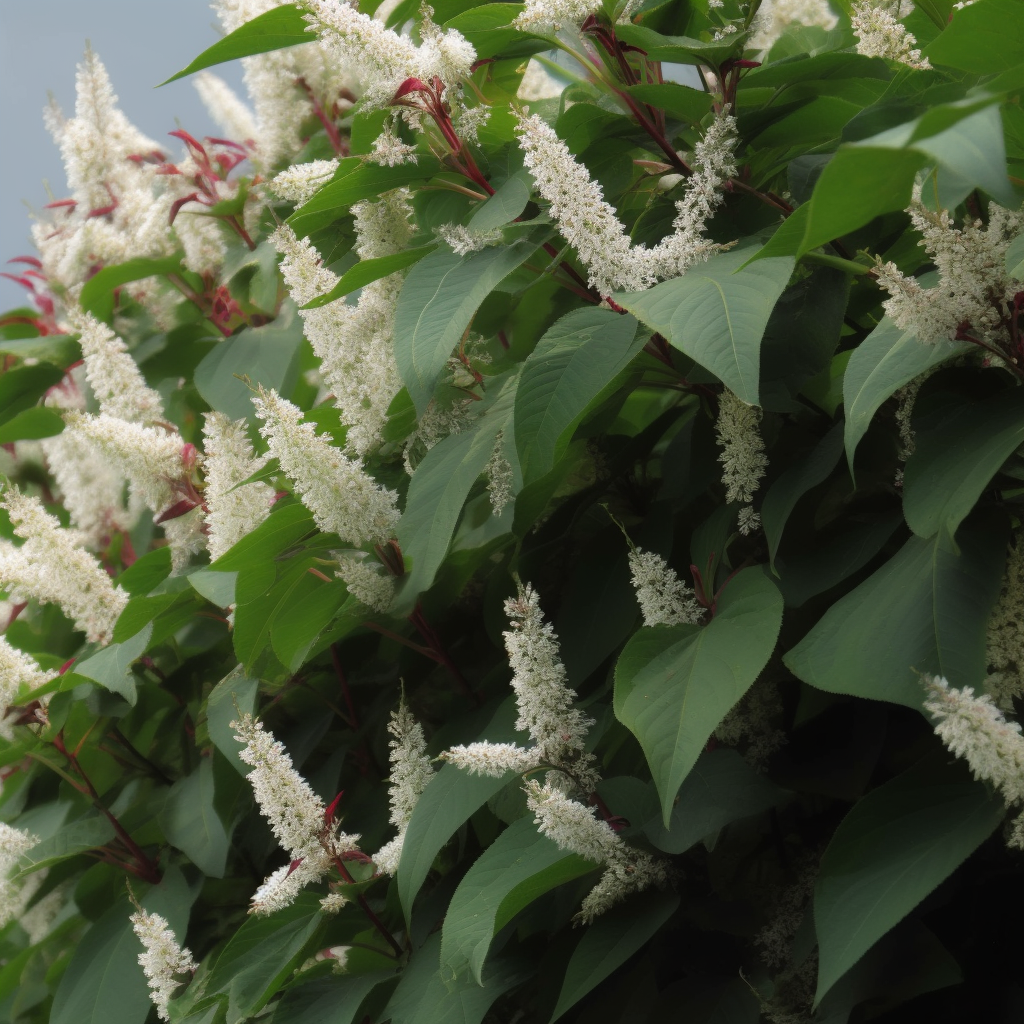
Polygonum Cuspidatum
To study the Cardioprotective effects of the total flavonoids from the roots of Polygonum cuspidatum Sieb. et Zucc. (FHZ) on experimental myocardial infarction in mice. Methods: Ultrasonic-assisted extraction of FHZ was optimized by response surface methodology (RSM) to obtain a higher extraction yield. Myocardial infarction (MI) was established by ligation of the left anterior descending (LAD) branch of the coronary artery in mice. cardiac troponin T (cTnT), creatine phosphokinase (CPK), lactate dehydrogenase (LDH), lipid peroxide (LPO), malondialdehyde (MDA) and superoxide dismutase (SOD) levels in the serum of mice were assessed by enzyme-linked immunosorbent assay.
Furthermore, myocardial infarction size (MIS) was examined by Masson’s Trichrome staining on heart tissues. RSM is a useful tool to optimize the ultrasonic-assisted extraction conditions for FHZ. Furthermore, FHZ possesses significant Cardioprotective effects on experimental myocardial infarction in mice and thus may find application in the clinical management of myocardial infarction.
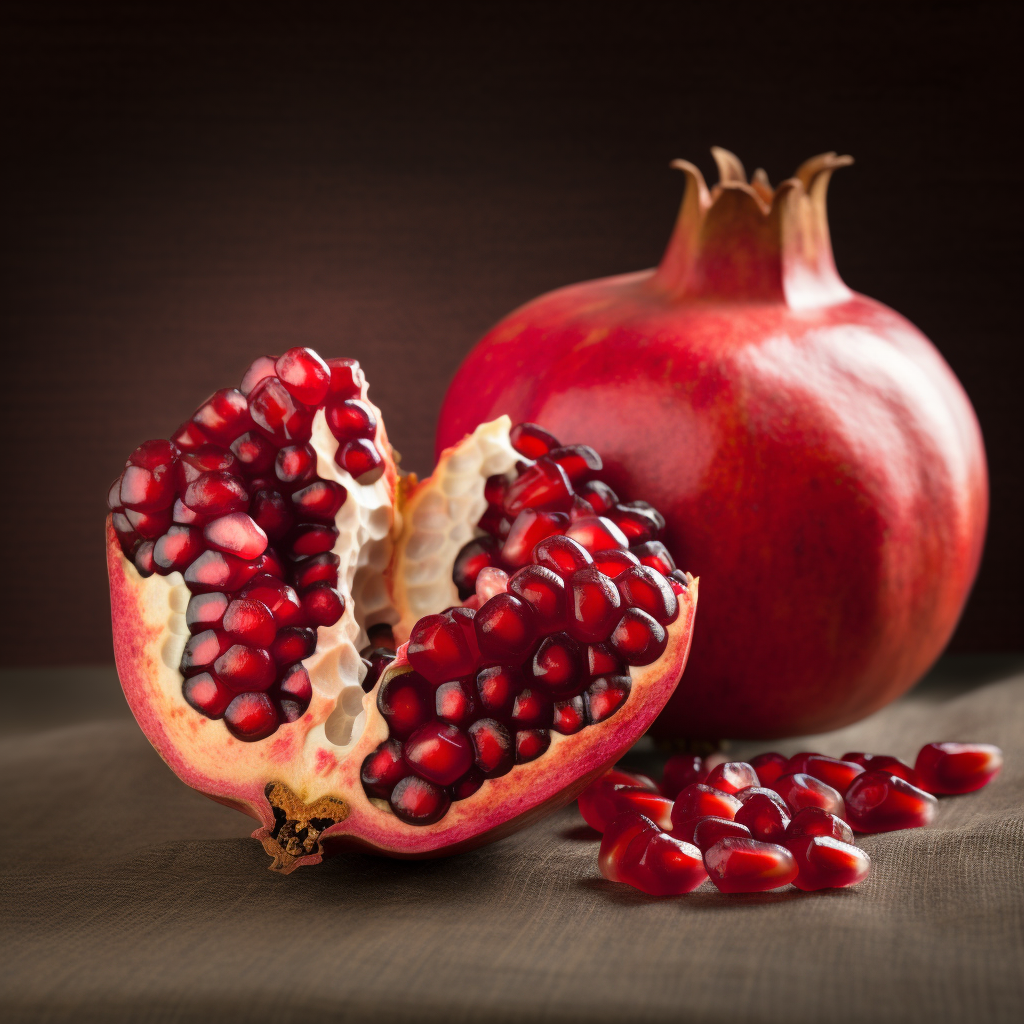
Pomegranate
Cardioprotective Effect Of Whole Fruit Extract Of Pomegranate On Doxorubicin-Induced Toxicity In Rat
Cardioprotective effects of various plants are generally attributed to their antioxidant activity. The whole fruit extract of pomegranate (WFEP), Punica granatum L. (Punicaceae), has a potent antioxidant activity. Results indicate that WFEP has Cardioprotective effect against Dox-induced cardiotoxicity in rats.
Pongamia Pinnata
The present study was designed to examine the phyto-constituents and Cardioprotective activity of Pongamia pinnata (PP) leaf extract (hydro-alcoholic) in experimentally induced myocardial infarction in Wistar Albino rats. Six groups of Wistar albino rats, each comprising six animals, were selected for this study. Group I served as a control, Group II rats were given isoproterenol (20 mg/100g, subcutaneously), and Group III rats were given Pongamia pinnata leaf extract (300 mg/kg). Groups IV, V and VI rats were given Pongamia pinnata leaf extract (100 mg/kg, 200 mg/kg and 300 mg/kg, respectively) and isoproterenol (20 mg/100g subcutaneously) prior to MI induction. The transaminases (aspartate transaminase and alanine transaminase), lactate dehydrogenase (LDH) and creatine phosphokinase (CK), were estimated in both the plasma and heart tissues. Troponin T activity was separately estimated for plasma.
Isoproterenol significantly increased the activities of CK, LDH and the transaminases in plasma with a concomitant decrease in these enzymes in tissue. Pretreatment with the hydro-alcoholic leaf extract of Pongamia pinnata at a dose of 300 mg/kg body weight for 30 days had a significant effect on the activities of marker enzymes compared to the other groups. Pongamia pinnata pretreatment may offer protection in experimental cardiotoxicity induced by isoproterenol. Phytochemical screening of the plant leaves reveals the presence of carbohydrates, alkaloids, flavonoids glycosides, steroids, tannins and saponins.
Potentilla Anserina L.
It has been reported that n-butanol extract of Potentilla anserina L (NP) had protective effect against acute myocardial ischemia/reperfusion (I/R) injury in mice. Because of limited phytochemical study on NP, its bioactive compounds and underlying protective mechanisms are largely unclear.
NP was showed to alleviate I/R injury and inhibit myocardial apoptosis, which might be associated with reduction on oxidative stress and apoptosis. CryAB as a possible target involved in the NP protective effect. This study supplied valuable information to develop novel Cardioprotective agents from NP extract.
Premna Serratifolia
Cardioprotective effect of ethanol extract of Premna serratifolia Lin., was tested on Isoproterenol administered experimental myocardial infarction in rats and was confirmed by ECG study in rat heart, electrophoresis analysis of serum protein, serum A/G ratio, biochemical studies such as heart tissue proteins, glycogen, nucleic acids and blood glucose. Subcutaneous injection of Isoproterenol (20mg/100g body weight in 0.1ml saline) to rats for 2 consecutive days caused myocardial damage and was confirmed by elevation of ST segments in rat heart ECG pattern, reduction in serum electrophoresis protein bands and serum A/G ratio, increase in heart tissue proteins and nucleic acids, increase in blood glucose and decrease in heart tissue glycogen.
Pretreatment with ethanol extract (100mg/100g body weight in 0.2ml of 5% gum acacia) for 28 days through intraperitoneal injection in Isoproterenol administered rats produced these parameters from alteration as compared with myocardial infarcted rats. This confirmed the Cardioprotective effect of ethanol extract of Premna serratifolia Lin., on Isoproterenol induced myocardial infarction in rats and the protective myocardial effect may be due to the phytoconstituents like iridoid glycosides, alkaloids, flavonoids and phenolic compounds present in it.
Primula Veris L.
High interest in chronic heart failure (CHF) is accounted for by its high incidence, poor prognosis, growing number of hospital admissions due to the heart failure relapse, and inadequate treatment. These facts necessitate a search for new pharmacological agents for the CHF correction. Herbal medicinal products appear to be very promising as they have a noticeable therapeutic effect and tend to be more harmless in comparison to the most of synthesized medications.
P. veris L. solid herbal extract contains flavonoid aglycons, flavonoid glycosides, and polymethoxylated flavonoids. The herbal agent increases the myocardial contractility in experimental CHF.
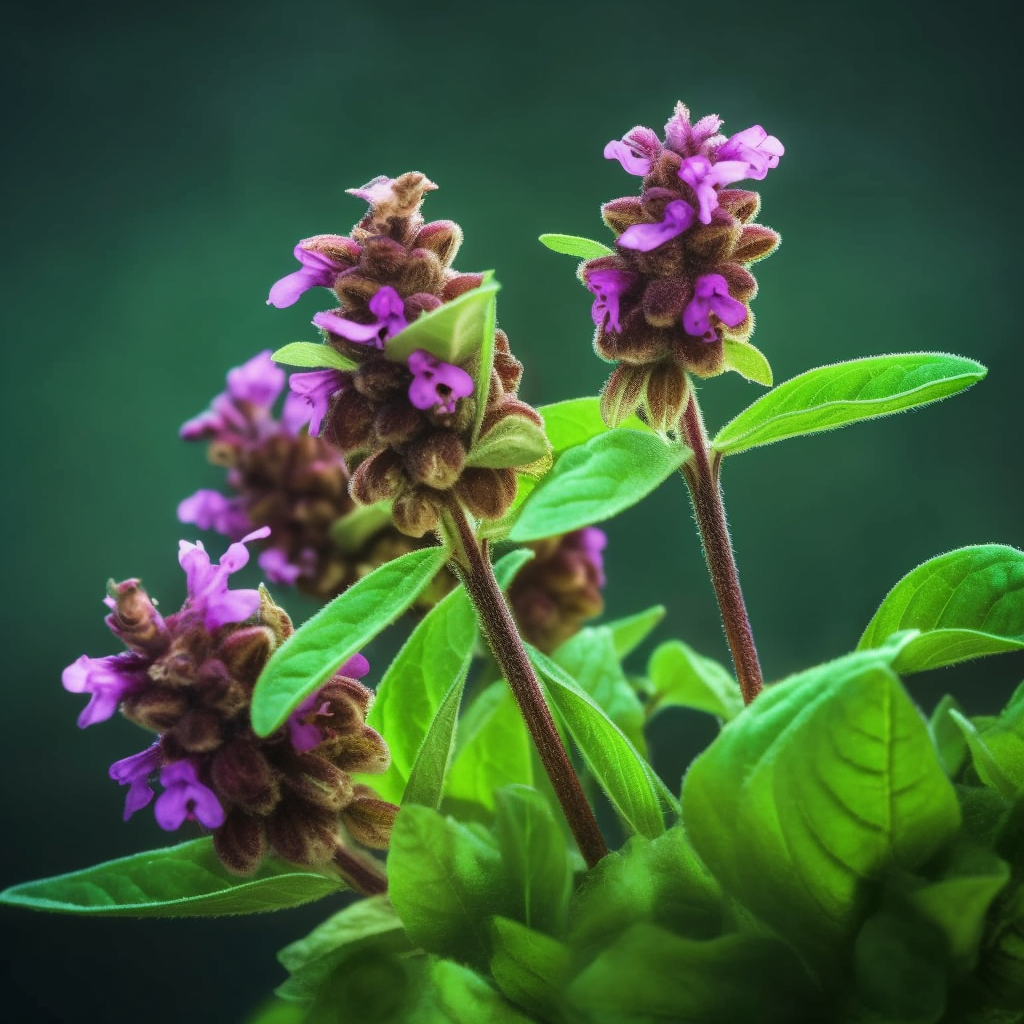
Prunella Vulgaris
Anti-hypertensive Herbs and Their Mechanisms of Action: Part II
Traditional medicine has a history extending back to thousands of years, and during the intervening time, man has identified the healing properties of a very broad range of plants. Globally, the use of herbal therapies to treat and manage cardiovascular disease (CVD) is on the rise. This is the second part of our comprehensive review where we discuss the mechanisms of plants and herbs used for the treatment and management of high blood pressure. Similar to the first part, PubMed and ScienceDirect databases were utilized, and the following keywords and phrases were used as inclusion criteria: hypertension, high blood pressure, herbal medicine, complementary and alternative medicine, endothelial cells, nitric oxide (NO), vascular smooth muscle cell (VSMC) proliferation, hydrogen sulfide, nuclear factor kappa-B (NF-κB), oxidative stress, and epigenetics/epigenomics. Each of the aforementioned keywords was co-joined with plant or herb in question, and where possible with its constituent molecule(s). This part deals in particular with plants that are used, albeit less frequently, for the treatment and management of hypertension. We then discuss the interplay between herbs/prescription drugs and herbs/epigenetics in the context of this disease.
The review then concludes with a recommendation for more rigorous, well-developed clinical trials to concretely determine the beneficial impact of herbs and plants on hypertension and a disease-free living.
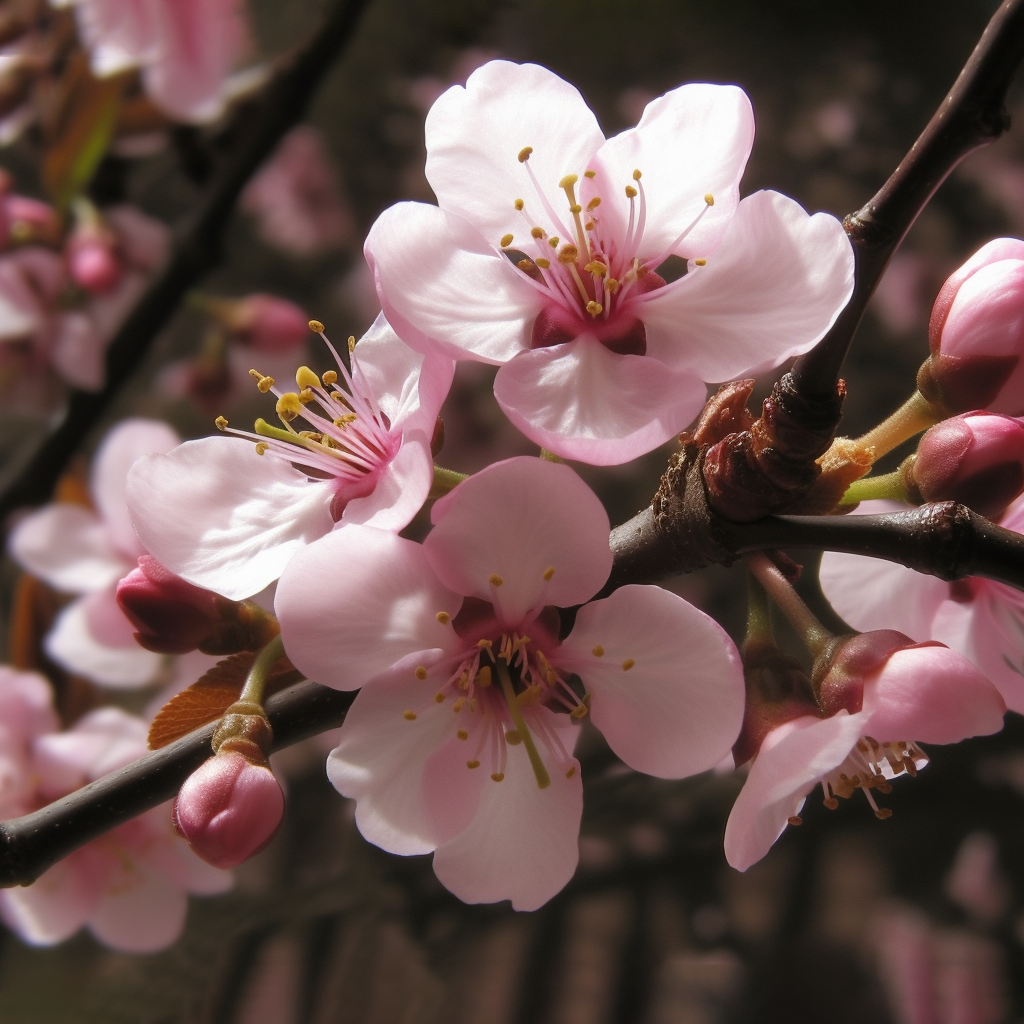
Prunus Cerasus
The effects of kernel extract obtained from sour cherry (Prunus cerasus) seed on the postischemic cardiac recovery were studied in isolated working rat hearts. Rats were treated with various daily doses of the extract for 14 days, and hearts were then isolated and subjected to 30 min of global ischemia followed by 120 min of reperfusion. The incidence of ventricular fibrillation (VF) and tachycardia (VT) fell from their control values of 92% and 100% to 50% (not significant) and 58% (not significant), 17% (P<0.05), and 25% (P<0.05) with the doses of 10 mg/kg and 30 mg/kg of the extract, respectively. Lower concentrations of the extract (1 and 5 mg/kg) failed to significantly reduce the incidence of VF and VT during reperfusion. Sour cherry seed kernel extract (10 and 30 mg/kg) significantly improved the postischemic recovery of cardiac function (coronary flow, aortic flow, and left ventricular developed pressure) during reperfusion.
We have also demonstrated that the extract-induced protection in cardiac function significantly reflected in a reduction of infarct size. Immunohistochemistry indicates that a reduction in caspase-3 activity and apoptotic cells by the extract, beside other potential action mechanisms of proanthocyanidin, trans-resveratrol, and flavonoid components of the extract, could be responsible for the cardioprotection in ischemic-reperfused myocardium.
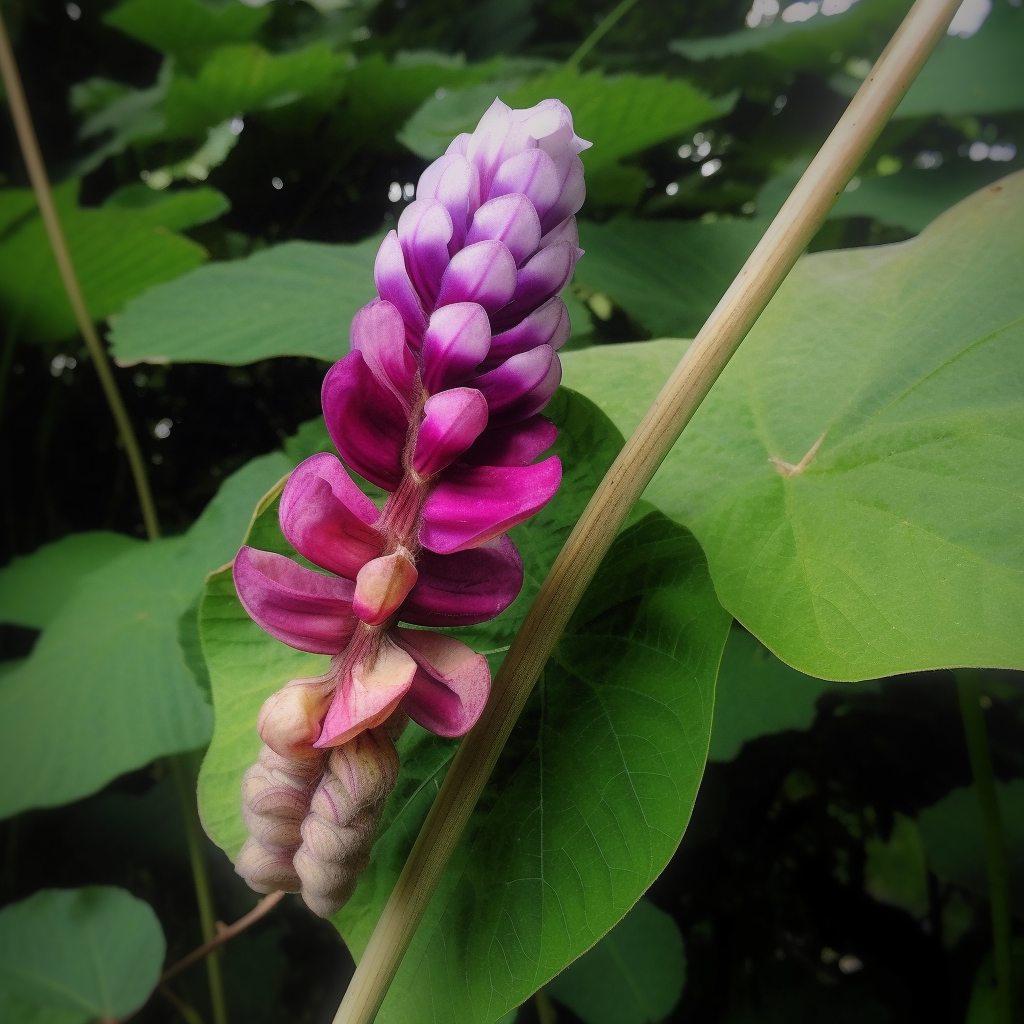
Pueraria
hypertension in association with diabetes (DM), renal impairment (RI), and left ventricular hypertrophy (LVH) increases the risk of future cardiovascular events. We hypothesize, traditional herbal medicines Danshen and Gegen (D&G) have beneficial effects on atherogenesis in these high-risk hypertensive subjects. D&G adjunctive treatment was well tolerated and significantly improved atherogenesis in high-risk hypertensive patients, with potential in primary atherosclerosis prevention.
Pu-Erh Tea
Anti-hypertension Effect of Pu-erh Tea Extract on Spontaneous hypertension Rats
To explore the anti-hypertension effect of Pu-erh tea extract on SHR. Pu-erh tea extract was administered to SHR for 4 weeks with 0.25, 0.5, 1.0, 2.0g/kg doses. The blood pressure and heart rate of animals were measured once every week, and the body weight was also measured weekly in the research. Results showed that the mean blood pressure , systolic pressure and diastolic pressure of spontaneous hypertension rats were significantly reduced in the treatment with 1.0g/kg and 2.0g/kg Pu-erh tea extract, compared with that of model group(P<0.01). The body weight of animal in 2.0g/kg Pu-erh tea extract group was lower when compared with model group, but the heart rate of this group was higher than model group.
The heart rate and the increase of body weight of tested animal in the other dose group were non-significantly difference. Conclusions: The Pu-erh tea extract shows dose-dependent antihypertensive effect in spontaneous hypertension rats.
Purple Sweet Potato
Most herbal remedy uses in the society are not supported by sound scientific evidences. The purpose of this study was to demonstrate antihypertensive and antioxidative effect of mahogany (Swietenia mahagoni (L.) Jacq.) seeds extract compared to purple sweet potato tuber aqueous extract in hypertensive rats. This study used pre-test and post-test control groups design. Fourty two rats were allocated into 7 groups.
The control group was given NaCl for 4 weeks on a daily basis. treatment groups were given NaCl and also aqueous extracts of mahogany seed with the dose of 100 mg and 200 mg, mahogany seed ethanolic extracts with the dose of 100 mg and 200 mg, and aqueous extracts of purple sweet potato tuber with the dose of 100 mg and 200 mg for 4 weeks. Before the commencement of treatments, systolic blood pressure (SBP) and blood MDA level were examined. Measurements of SBP were also done every 3 days during the treatment period. After 4 weeks of treatment, SOD and MDA level in blood were examined.There are significant decreases in SBP and blood MDA, and significant increases in SOD levels (p< 0.05) in all treatment groups.
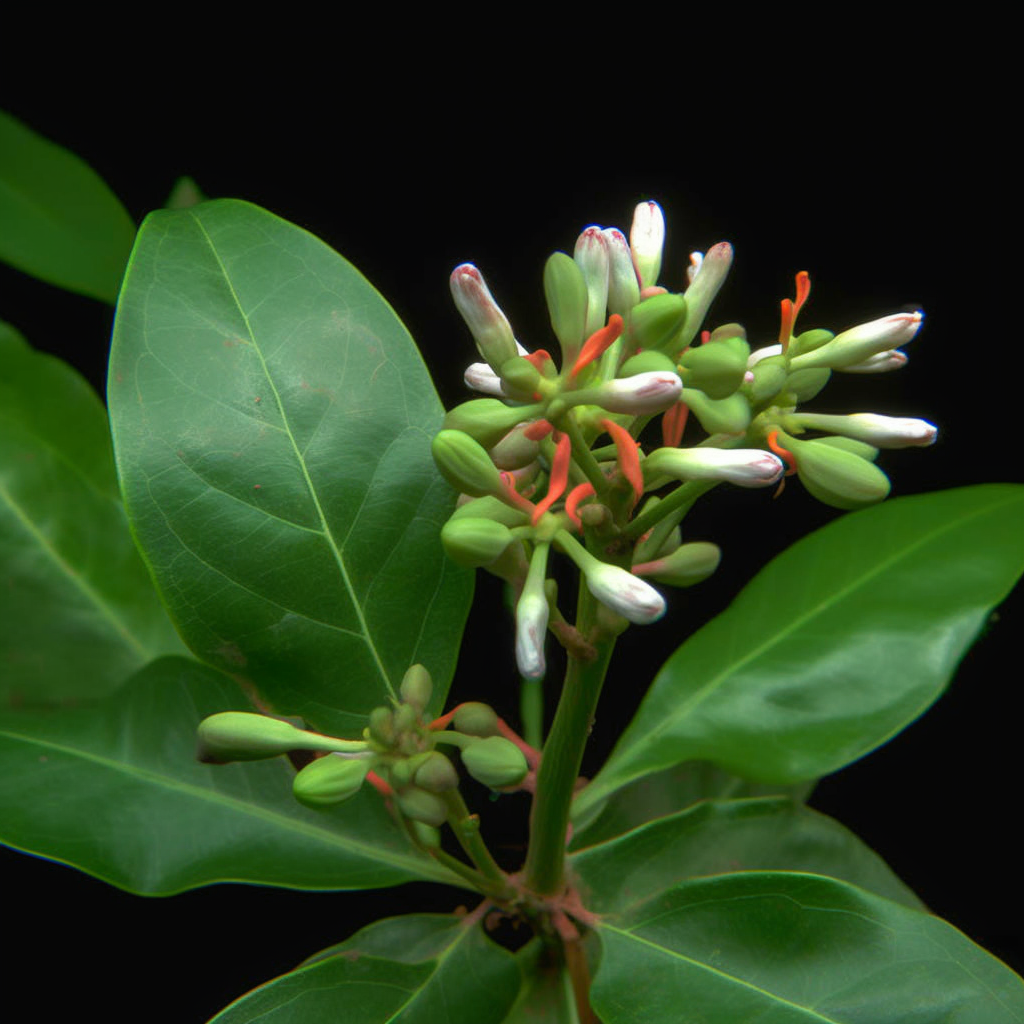
Rauwolfia Serpentina Benth
The aim of the study was to evaluate the phytochemistry and the effect of methanolic root extract (MREt) of Rauwolfia serpentina on alloxan-induced diabetic Wister male mice. Mice were divided in control (distilled water at 1 mL/kg) and alloxan-induced diabetic mice which subdivided into diabetic (distilled water at 1 mL/kg), negative (0.05% dimethyl sulfoxide at 1 mL/kg), positive (glibenclamide at 5 mg/kg) controls, and three test groups (MREt at 10, 30, and 60 mg/kg). All treatment s were given orally for 14 days. Qualitatively MREt showed the presence of alkaloids, carbohydrates, flavonoids, glycosides, cardiac glycosides, phlobatannins, resins, saponins, steroids, tannins, and triterpenoids, while quantitatively extract was rich in total phenols.
The flavonoids, saponins and alkaloids were also determined in root powder. MREt found effective in improving the body weights, glucose and insulin levels, insulin/glucose ratio, glycosylated and total hemoglobin in test groups as compared to diabetic control. Similarly, significantly decreased levels of total cholesterol, triglycerides, low-density lipoprotein (LDL-c), and very low-density lipoprotein (VLDL-c) cholesterols were found in test groups. Significant lipolysis with improved glycogenesis was also found in liver tissues of all test groups. ALT levels were found normal in all groups. Thus, MREt improves the glycemic, antiatherogenic, coronary risk, and Cardioprotective indices in alloxan-induced diabetic mice.
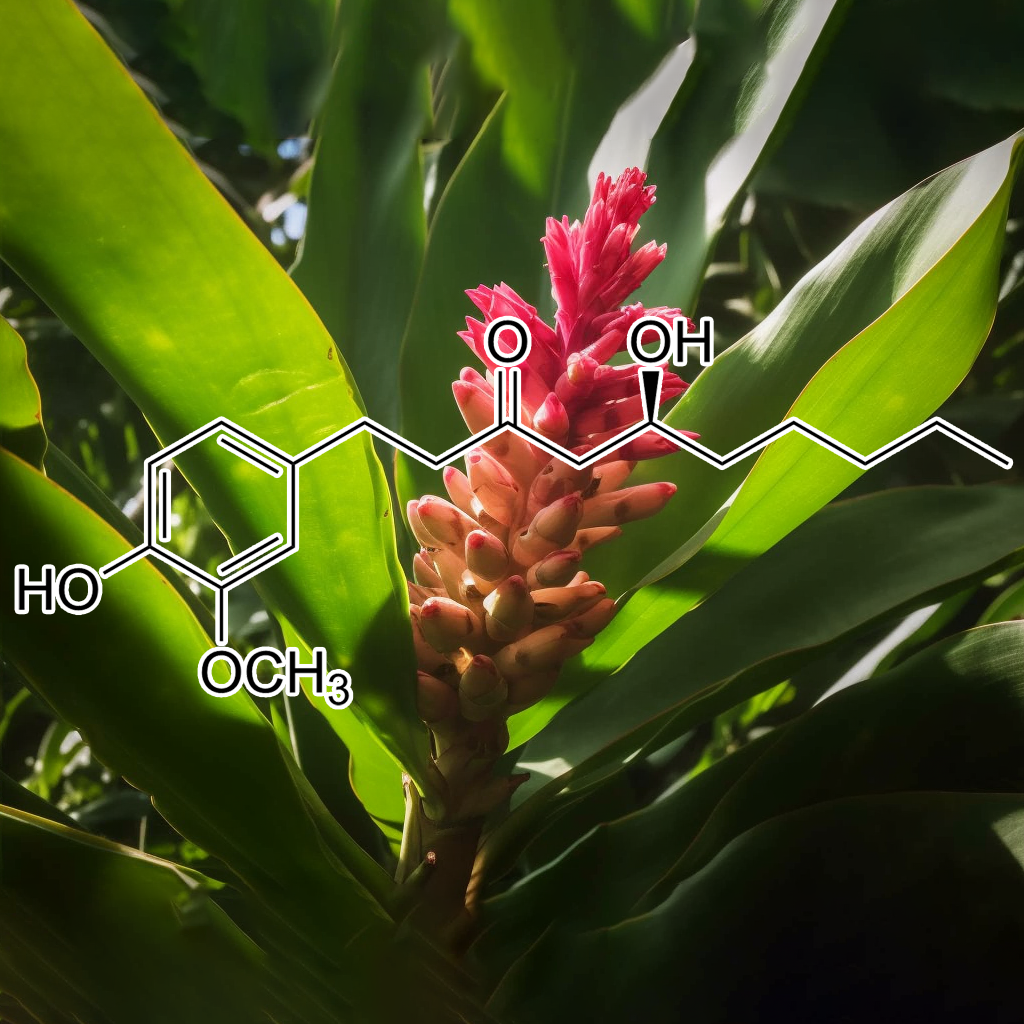
Red Ginger
hypertension is a major cause of maternal and infant morbidity and mortality. Handling of hypertension is done by pharmacological therapy but provides side effects Red ginger can be used as one of the herbal therapies to reduce blood pressure . The main compound in red ginger can reduce cholesterol, reduce fat deposits in blood vessels and the risk of coronary heart disease. The study aimed to analyze the red ginger extract on reducing blood pressure level among maternal with gestational hypertension . A quasi-Experiment with pretest posttest design with equivalent control group design. Thirty-four patients were recruited and divided into experimental and control group
Patients in the experimental group received the antihypertensive drugs plus red ginger extract at a dose of 500 mg for 14 days. While control group control group was given antihypertensive drugs with placebo. There was a significant difference in systolic blood pressure between the intervention and control groups with a value of p 0.000 and a diastolic p value of 0.000. In the intervention group there was a systolic decrease of 29.35 mmHg and a diastolic 16.00 mmHg. Red ginger extract has the potential to reduce systolic and diastolic blood pressure in women with gestational hypertension. Pregnant women with gestational hypertension can take advantage of red ginger extract as an alternative treatment for gestational hypertension. The next researcher can control psychological factors and check the levels of nitric oxide (NO) in blood / saliva.
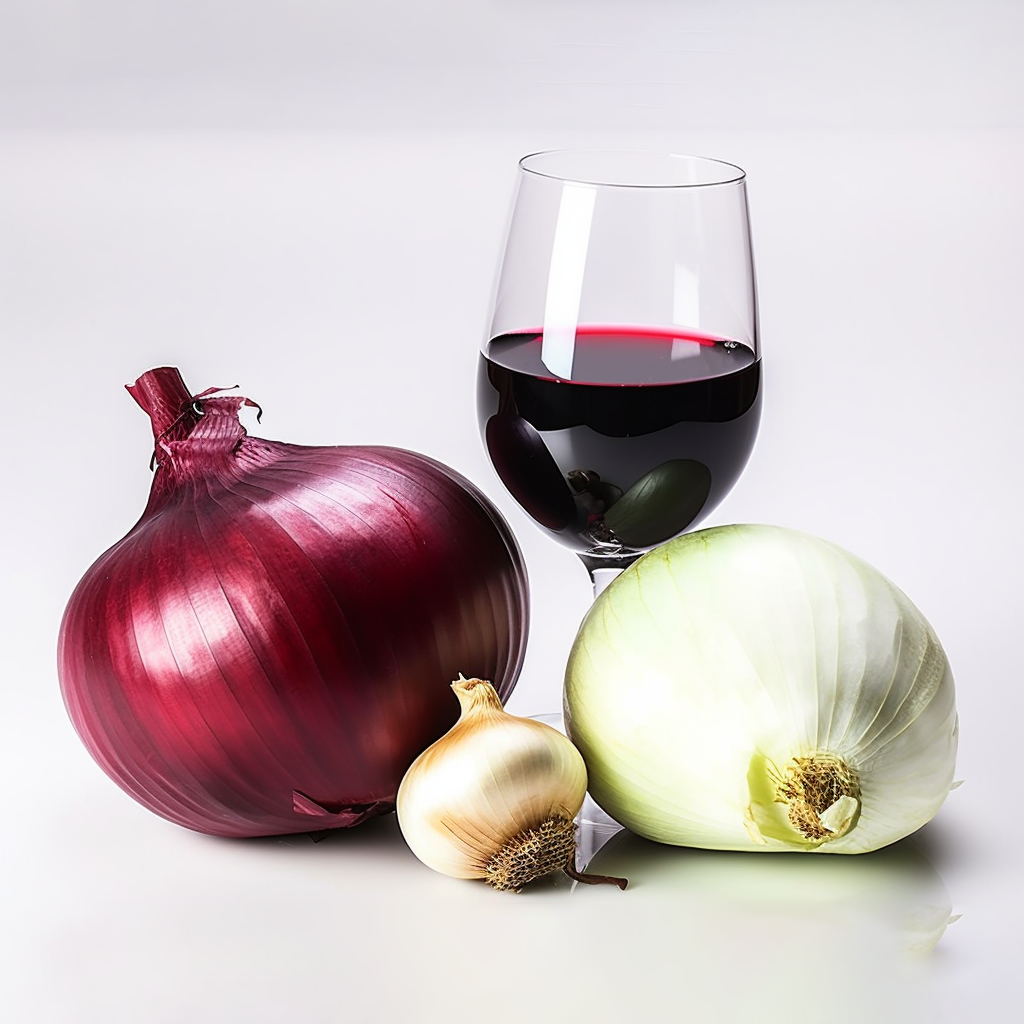
Red Wine Extract Of Onion
Cardioprotective Efficacy Of Red Wine Extract Of Onion In Healthy Hypercholesterolemic Subjects
The objective of this study was to evaluate the efficacy of the red wine extract of onion (RO) and red wine (RW) on alleviating the risk factors of cardiovascular disease. During in vitro studies, various antioxidant activities [trolox equivalent antioxidant capacity (TEAC), DPPH, and H2 O2 scavenging ability] of RO and RW group were evaluated. Both RO and RW showed the maximum antioxidant capacity. During in vivo studies, 23 healthy hypercholesterolemic volunteers were randomly selected and assigned into two groups, who drunk 250 mL of RO (n = 11) or RW (n = 10) for 10 weeks.
No significant changes were observed in anthropometric parameters (body weight, height, body mass, and BMI) in each group. Both RW and RO extracts elevated (p < 0.05) antioxidant activity and thereby prolonging the lag time of low-density lipoprotein oxidation. However, RO extract intake substantially suppressed (p < 0.05) the total cholesterol and low-density lipoprotein cholesterol levels when equivalence with RW thus, indicating its additional hypocholesterolemic effect. The inflammatory markers such as factor VII were also positively modulated by RO extract. Results indicated that RO extract consumption rendered better cardio protective effect than RW by altering cholesterol, improving antioxidation and suppressing inflammatory marker levels and thereby, attenuating the cardiovascular disease incidence.
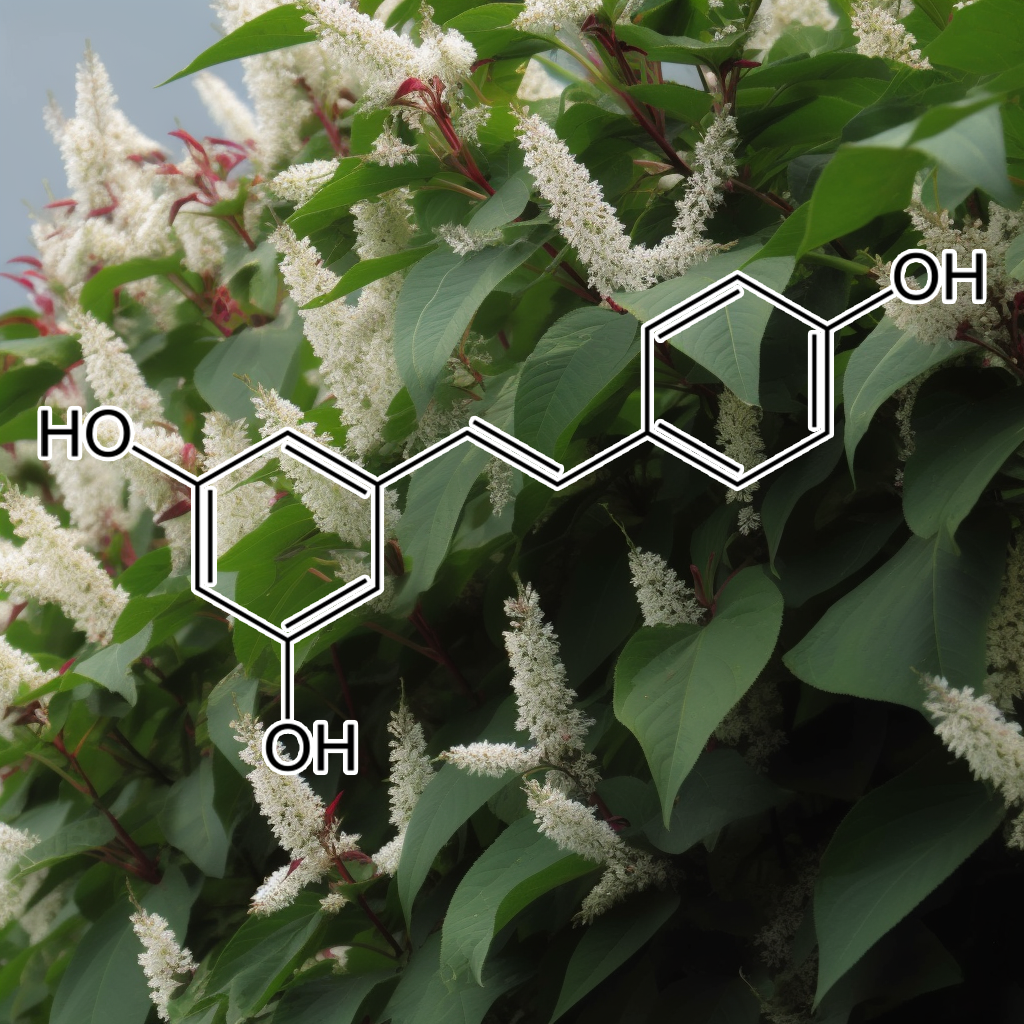
Resveratrol
Resveratrol, a plant-derived polyphenolic compound and a phytoestrogen, was shown to possess multiple protective effects including anti-inflammatory response and anti-oxidative stress. Hypoxic pulmonary hypertension (HPH) is a progressive disease characterized by sustained vascular resistance and marked pulmonary vascular remodeling. The exact mechanisms of HPH are still unclear, but inflammatory response and oxidative stress was demonstrated to participate in the progression of HPH. The present study was designed to investigate the effects of resveratrol on HPH development. Sprague-Dawley rats were challenged by hypoxia exposure for 28 days to mimic hypoxic pulmonary hypertension along with treating resveratrol (40 mg/kg/day). Hemodynamic and pulmonary pathomorphology data were then obtained, and the anti-proliferation effect of resveratrol was determined by in vitro assays. The anti-inflammation and anti-oxidative effects of resveratrol were investigated in vivo and in vitro. The present study showed that resveratrol treatment alleviated right ventricular systolic pressure and pulmonary arterial remodeling induced by hypoxia. In vitro experiments showed that resveratrol notably inhibited proliferation of pulmonary arterial smooth muscle cells in an ER-independent manner. Data showed that resveratrol administration inhibited HIF-1 α expression in vivo and in vitro, suppressed inflammatory cells infiltration around the pulmonary arteries, and decreased ROS production induced by hypoxia in PAMSCs. The inflammatory cytokines’ mRNA levels of tumor necrosis factor α, interleukin 6, and interleukin 1β were all suppressed by resveratrol treatment.
The in vitro assays showed that resveratrol inhibited the expression of HIF-1 α via suppressing the MAPK/ERK1 and PI3K/AKT pathways. The antioxidant axis of Nuclear factor erythroid-2 related factor 2/ Thioredoxin 1 (Nrf-2/Trx-1) was up-regulated both in lung tissues and in cultured PASMCs. In general, the current study demonstrated that resveratrol may prevent pulmonary hypertension through its anti-proliferation, anti-inflammation and antioxidant effects. Hence, the present data may offer novel targets and promising pharmacological perspective for treating hypoxic pulmonary hypertension.
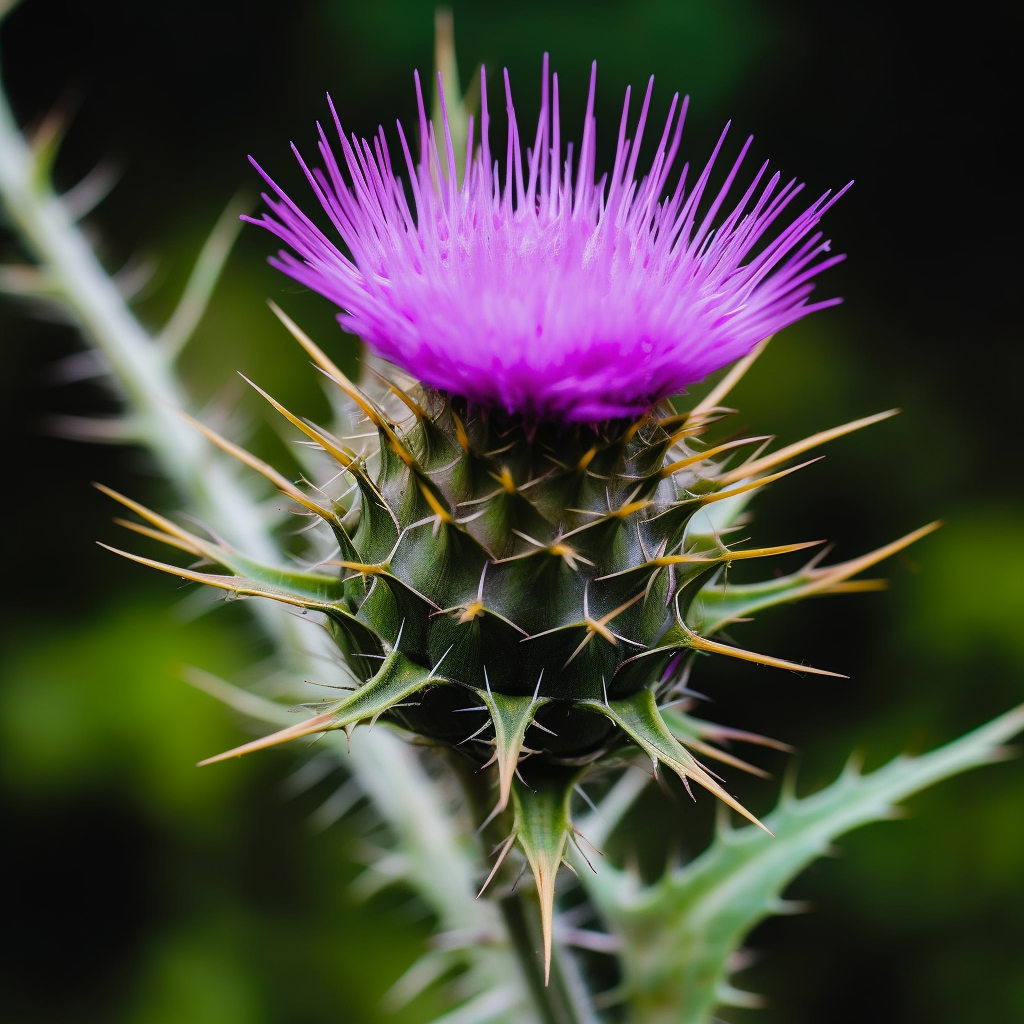
Rhaponticum Carthamoides
The hemorheological activity of a dry extract from Rhaponticum (Leuzea) carthamoides (Willd.) Iljin. was studied in spontaneously hypertensive rats (SHRs). A 14-day treatment of the test rats with a daily dose of 150 mg/kg improved the rheological characteristics, as manifested by a reduced viscosity of the whole blood and plasma, increased spontaneous erythrocyte aggregation and fibrinogen concentration, and increased erythrocyte deformability and electrophoretic mobility against the untreated control level.
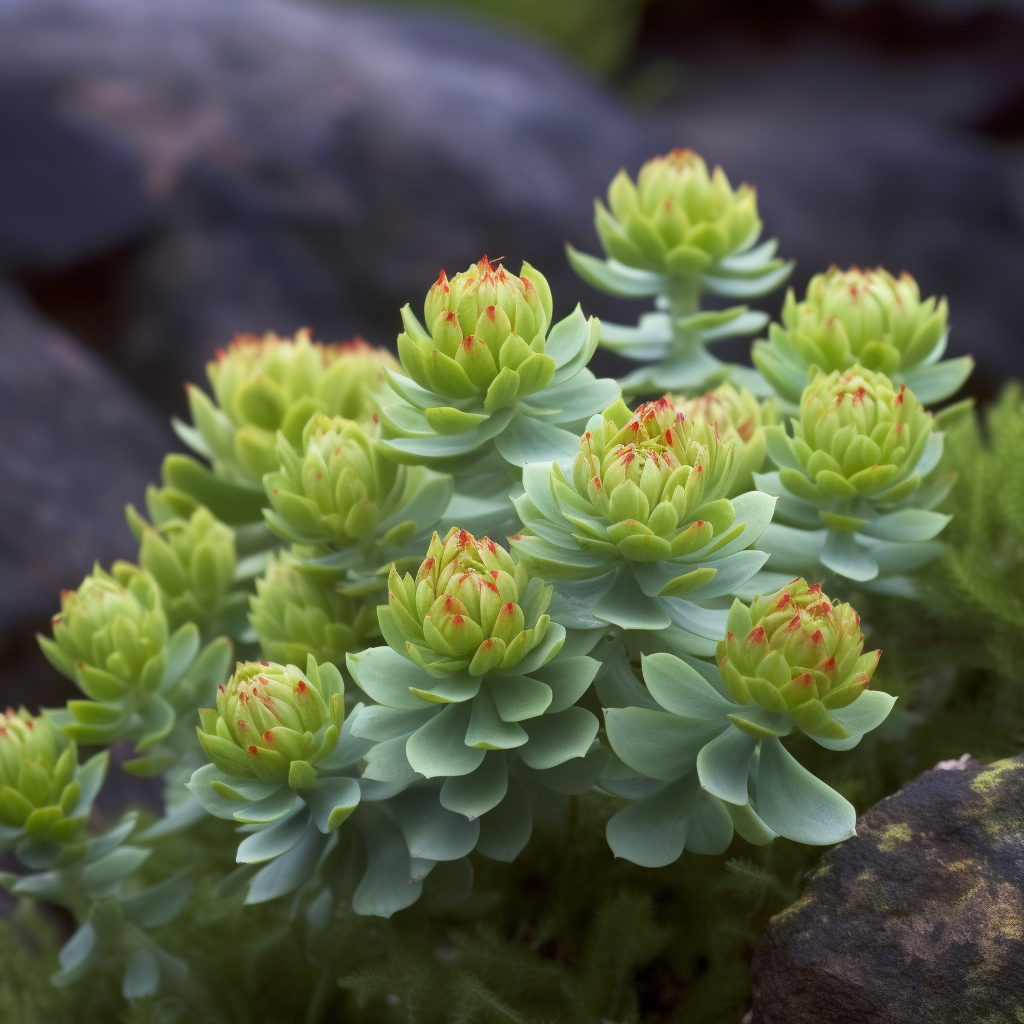
Rhodiola Rosea
The Cardioprotective And Antiadrenergic Activity Of An Extract Of Rhodiola Rosea In Stress
The course of administration of Rhodiola rosea extract was studied for effects on the pattern of stress-induced cardiac damage which was assessed by 99mTc-pyrophosphate accumulation in the heart. Rhodiola rosea was found to prevent stress-induced cardiac damage. Simultaneously, myocardial catecholamines and cAMP levels were measured. Rhodiola rosea was ascertained to prevent both stress-induced catecholamine release and higher cAMP levels in the myocardium. Moreover, the adaptogen prevented lower adrenal catecholamines during stress. The findings suggest that the antistressor and Cardioprotective effects of Rhodiola rosea are associated with limited adrenergic effect on the heart.
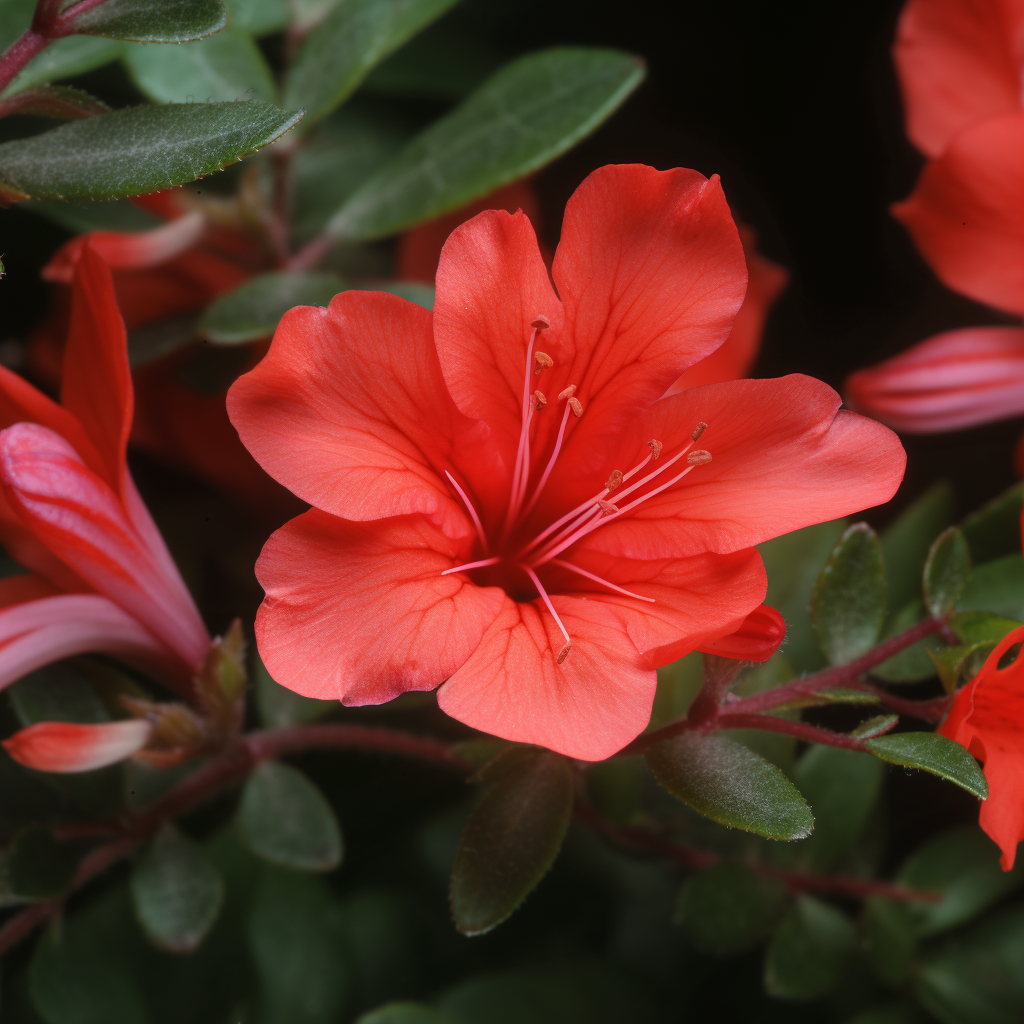
Rhododendron Arborium
Cardioprotective Effect Of Various Extract Of Rhododendron Arborium Sm Flower On Albino Rats
In the current study, Rhododendron arborium Sm flowers were explored for its effect on ischemic heart. Total ethanolic and aqueous extract were prepared and subjected to qualitative and phytochemical studies and were screened for Cardioprotective potential i.e., infarction size, release of LDH and CK-MB. Increase in infarction size, decrease in release of LDH and CK-MB are parameters for good Cardioprotective action. Total ethanolic extract is found to be rich in carbohydrates, glycoside, flavanoids and saponins while total aqueous extract is composed of carbohydrates, glycosides, amino acids, tannins & saponins. Total ethanolic extract significantly attenuated ischemia reperfusion induced increase in myocardial infarct size, decrease in release of LDH and CK-MB coronary effluent as compared to aqueous extract at the dose level of 70mg/mL IP.
Standard drug used for the study was Enalapril 2.5mg/mL. Thus, from above results it was observed that total ethanolic extract of flower of Rhododendron arborium Sm has good Cardioprotective effect as compared to aqueous extract which is sold in the market as squash. Further ethanolic extract was fractionated with petroleum ether, dichloromethane, n-butanol in search of active principle and screened. For above said parameters, among all the extracts n-butanol showed the maximum Cardioprotective potential and can thus result in isolation of active principle from the same.
Ribes Khorasanicum
The aim of this study was to evaluate the effect of Ribes khorasanicum (R. khorasanicum); a plant growing in north Khorasan of Iran; on cardiovascular and stress oxidative in acute hypertension induced by N-nitro-l-arginine methyl ester (L-NAME), anitric oxide synthase inhibitor.
The extract of R. khorasanicum in dose 12 mg/kg show anti-hypertensive effect that is mediated by an effect on NO system or antioxidant parameters.

Ribes Nigrum Fruit
The study was designed to assess antioxidant and Cardioprotective properties of antioxidant s-containing blackcurrant (Ribes nigrum) extract in experimental adrenaline-induced acute ischemic heart disease. The content oftroponin-1 and myoglobin, the activity of creatine phosphokinase MB in blood serum and levels of TBA-reactive substances, reduced glutathione and ATP, as well as the activity of superoxide dismutase, catalase, alanine aminotransferase and aspartate aminotransferase in myocardial homogenates were determined in control intact animals and in rats with adrenaline-induced acute ischemic heart disease untreated and treated with the blackcurrant extract. Our findings suggest that the Ribes nigrum fruit extract administration at a dose of 0.1 ml / 100g of body weight results in activation of antioxidant system and energy metabolism in myocardium and normalization of redox metabolism.
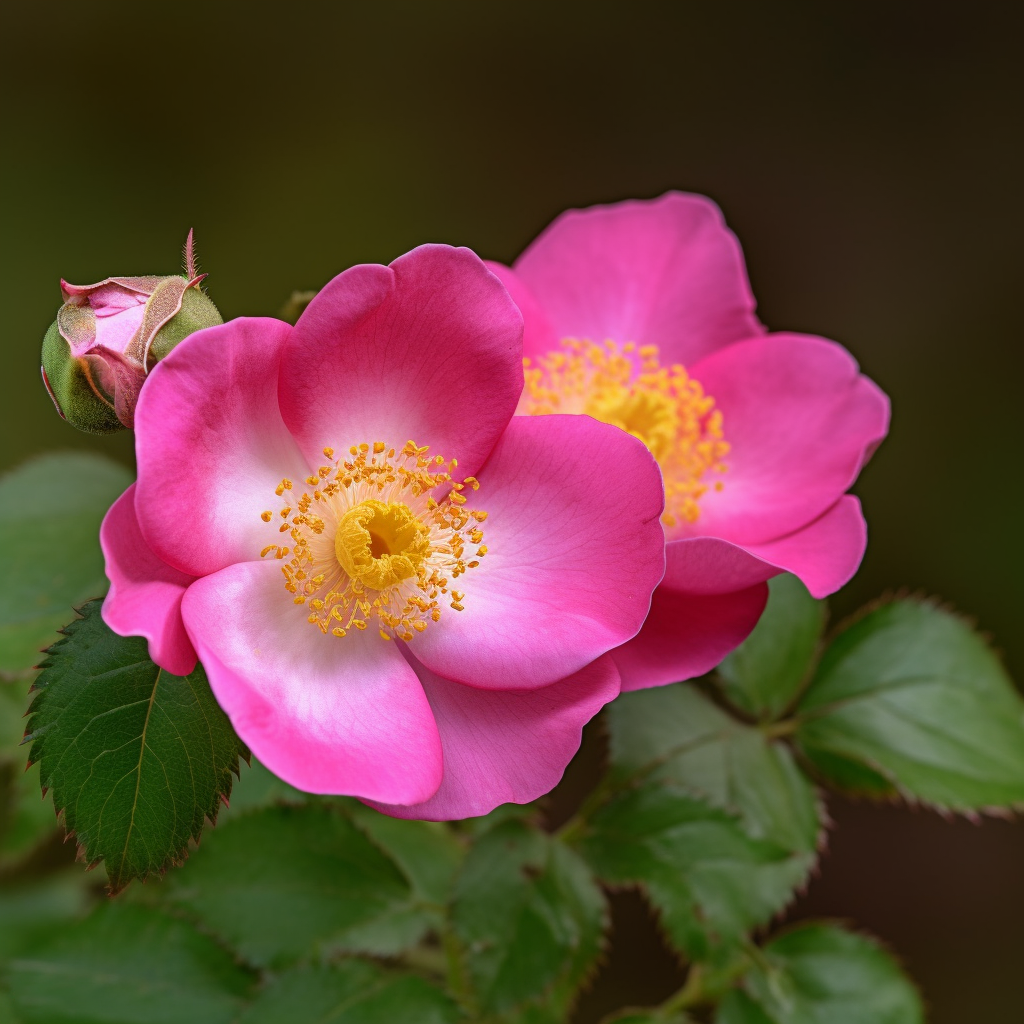
Rosa Canina L. Methanolic
Overexposure to heat conditions can affect the functioning of the cardiovascular system and may promote cardiovascular disorders. Heat shock induced myocardial injury via increasing endoplasmic reticulum response-mediated apoptosis. This study investigated the impact of pretreatment with Rosa canina (RC), a natural antioxidant , on myocardial damage induced by heat stress exposure and underlying mechanisms in cardiomyocytes in rats.
These findings indicate that RC exerts a protective effect on heart tissue, at least in part,through inactivation of PERK/eIF2α/CHOP pathway or inhibition of ER stress and oxidative stress triggeredapoptosis in cardiomyocytes induced by heat stress.

Roxinil
Preliminary observations have indicated that the whole root of Rauwolfia serpentina and some of its extracts are effective therapeutic agents1–4 for the treatment of hypertension. However, these agents are only moderately potent in their ability to reduce the blood pressure. Therefore, it is only natural that continued effort should be made to isolate pure alkaloids or to prepare extracts containing multiple alkaloids which will be more consistently effective in the treatment of patients with hypertension, particularly in patients with severe forms of the disease. The current report is based on results obtained with an extract which contains multiple alkaloids, but in different proportions than in preparations currently available.
This extract is an attempt to combine the potent and immediate depressor effects of the serpentine-type alkaloids with the hypnotic action of the reserpine-like materials. In contrast to reserpine, laboratory observations indicate that Roxinil retains some adrenergic blocking action of the ajmoline and serpentine group of alkaloids.
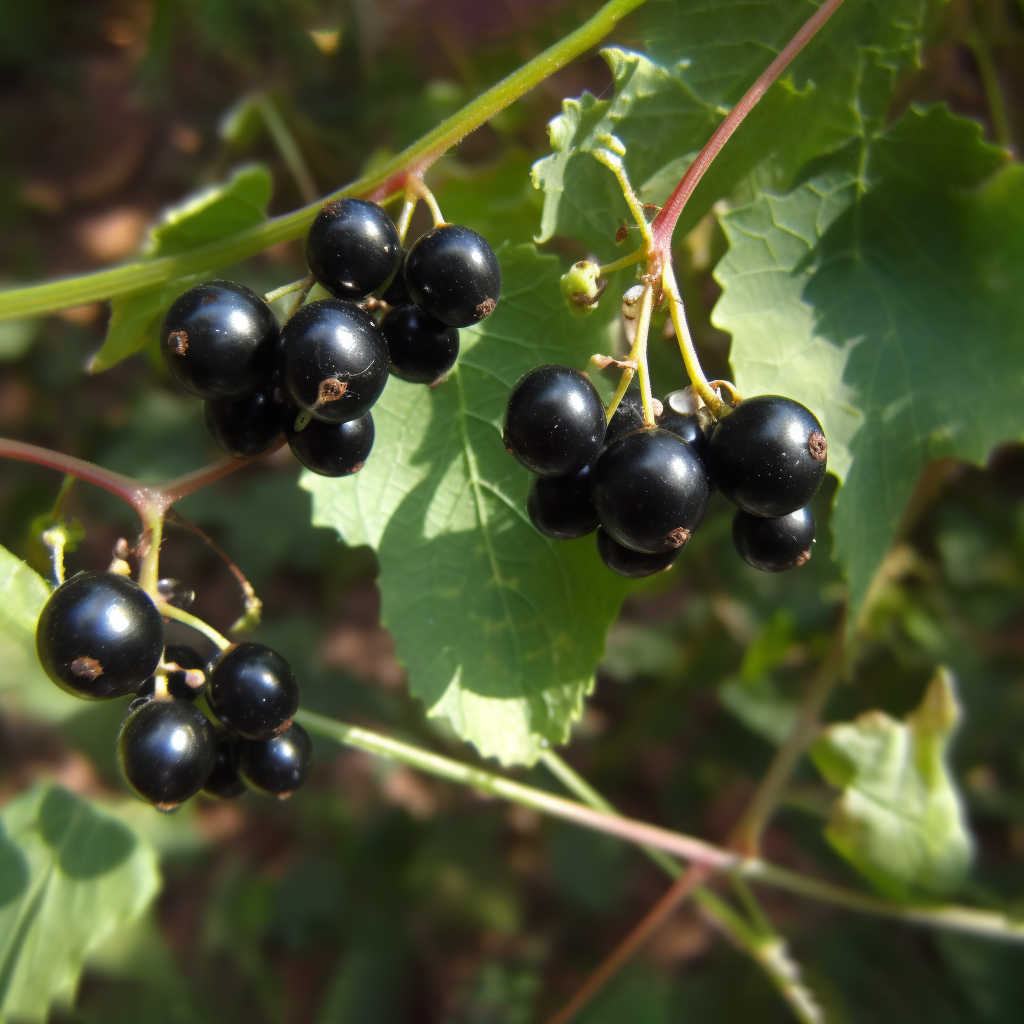
Rubia Cordifolia L.
Rubia cordifolia L. (RC) is a well-known and highly valuable medicinal plant in the Ayurvedic system. The present study involves evaluating antioxidant and Cardioprotective property of RC root extract.
Our results have shown that the RC extract contains various antioxidant compounds with Cardioprotective effect. treatment with RC root extract could significantly protect CP-induced rats from cardiac tissue injury by restoring the antioxidant markers
Sacha Inchi
Dysbiosis of gut microbiota has been implicated in the pathogenesis of hypertension. A definite relationship between gut microbiota and hypertension remains intriguing. Here, we show that the Sacha inchi (Plukenetia volubilis L.) shell extract (SISE) intervention significantly reduced systolic blood pressures in spontaneous hypertensive rats (SHR), attenuated the oxidative damage and modulated plasma calcium homeostasis and left ventricular hypertrophy in both SHR and high-salt diet Wistar-Kyoto rats. SISE reshaped the gut microbiome and metabolome, particularly by improving the prevalence of Roseburia and dihydrofolic acid levels in the gut. Transcriptome analyses showed that the protective effects of SISE were accompanied by the modulation of renal molecular pathways, beneficial for cardiovascular functions such as the L-type voltage-dependent calcium channel (LTCC), a key regulator of calcium signaling.
Overall, the results have shown that dietary SISE can alleviate hypertension regulating the gut microbiota, and Ca2+ signaling might be a potential target for spontaneous hypertension.

Saffron
This study was designed to evaluate the Cardioprotective effect of Crocus sativus L. (saffron) aqueous extract and safranal, the major constituent of the essential oil of saffron, on lipid peroxidation, biochemical parameters and histopathological findings in isoproterenol (ISO)-induced myocardial infarction in Wistar rats.
Saffron and safranal may have Cardioprotective effect in ISO-induced myocardial infarction through modulation of oxidative stress in such a way that they maintain the redox status of the cell.
Salsola
antihypertensive Effect of Celery Seed on Rat blood pressure in Chronic Administration
This study investigated the effects of different celery (Apium graveolens) seed extracts on blood pressure (BP) in normotensive and deoxycorticosterone acetate–induced hypertensive rats. The hexanic, methanolic, and aqueous-ethanolic extracts were administered intraperitoneally and their effects on BP and heart rate (HR) were evaluated in comparison with spirnolactone as a diuretic and positive control. Also, the amount of n-butylphthalide (NBP), as an antihypertensive constituent, in each extract was determined by HPLC. The results indicated that all extracts decreased BP and increased the HR in hypertensive rats, but had no effect on normotensive rats.
The data showed that administration of 300 mg/kg of hexanic, methanolic, and aqueous-ethanolic (20/80, v/v) extracts of the celery seed caused 38, 24, and 23 mmHg reduction in BP and 60, 25, and 27 beats per minute increase in the HR, respectively. Also, the HPLC analysis data revealed that the content of NBP in the hexanic extract was 3.7 and 4 times greater than methanolic and aqueous-ethanolic extracts. It can be concluded that celery seed extracts have antihypertensive properties, which appears to be attributable to the actions of its active hydrophobic constitutes such as NBP and can be considered as an antihypertensive agent in chronic treatment of elevated BP.
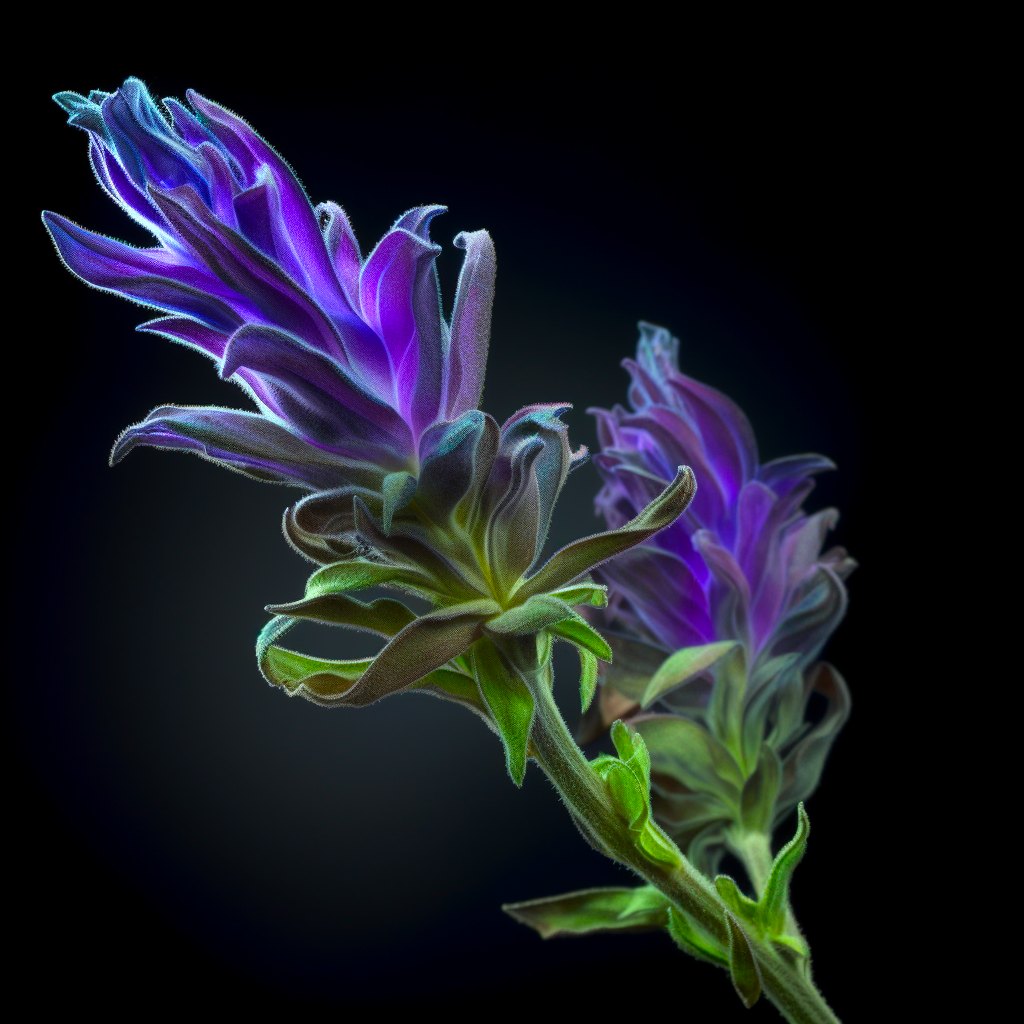
Salvia Miltiorrhiza
To investigate the effects of Salvia miltiorrhiza (SM) extracts on the expression of heme oxygenase-1 (HO-1) and nitric oxide synthase (NOS) in small pulmonary arteries (SPAs) of rats with chronic hypoxia. Median and large doses of SM extracts play significant roles in inhibiting structural remodeling in rats with hypoxic pulmonary hypertension . These effects might attribute to the suppression of HO-1 and iNOS, and the promotion of eNOS expression under the conditions of hypoxia.
The purpose of the current study is to evaluate the Cardioprotective effects of purified Salvia miltiorrhiza extract (PSME) on myocardial ischemia/reperfusion injury in isolated rat hearts. Hearts were excised and perfused at constant flow (7 – 9 ml.min(-1)) via the aorta. Non-recirculating perfusion with Krebs-Henseleit (KH) solution was maintained at 37 degrees C and continuously gassed with 95% O2 and 5% CO2. KH solution with or without PSME (100 mg per liter solution) was used after 30-min zero-flow ischemia for the PSME and control group, respectively. Left ventricular (LV) developed pressure; its derivatives, diastolic pressure, and so on were continuously recorded via a pressure transducer attached to a polyvinylchloride balloon that was placed in the left ventricle through an incision in the left atrium.
PSME treated hearts showed significant postischemic contractile function recovery (developed pressure recovered to 44.2 +/- 4.9% versus 17.1 +/- 5.7%, P<0.05; maximum contraction recovered to 57.2 +/- 5.9% versus 15.1 +/- 6.3%, P<0.001; maximum relaxation restored to 69.3 +/- 7.3% versus 15.4 +/- 6.3%, P<0.001 in the PSME and control group, respectively). Significant elevation in end-diastolic pressure, which indicated LV stiffening in PSME hearts might have resulted from the excess high dose of PSME used. Further study will be conducted on the potential therapeutic value with lower dose of PSME on prevention of ischemic heart disease.
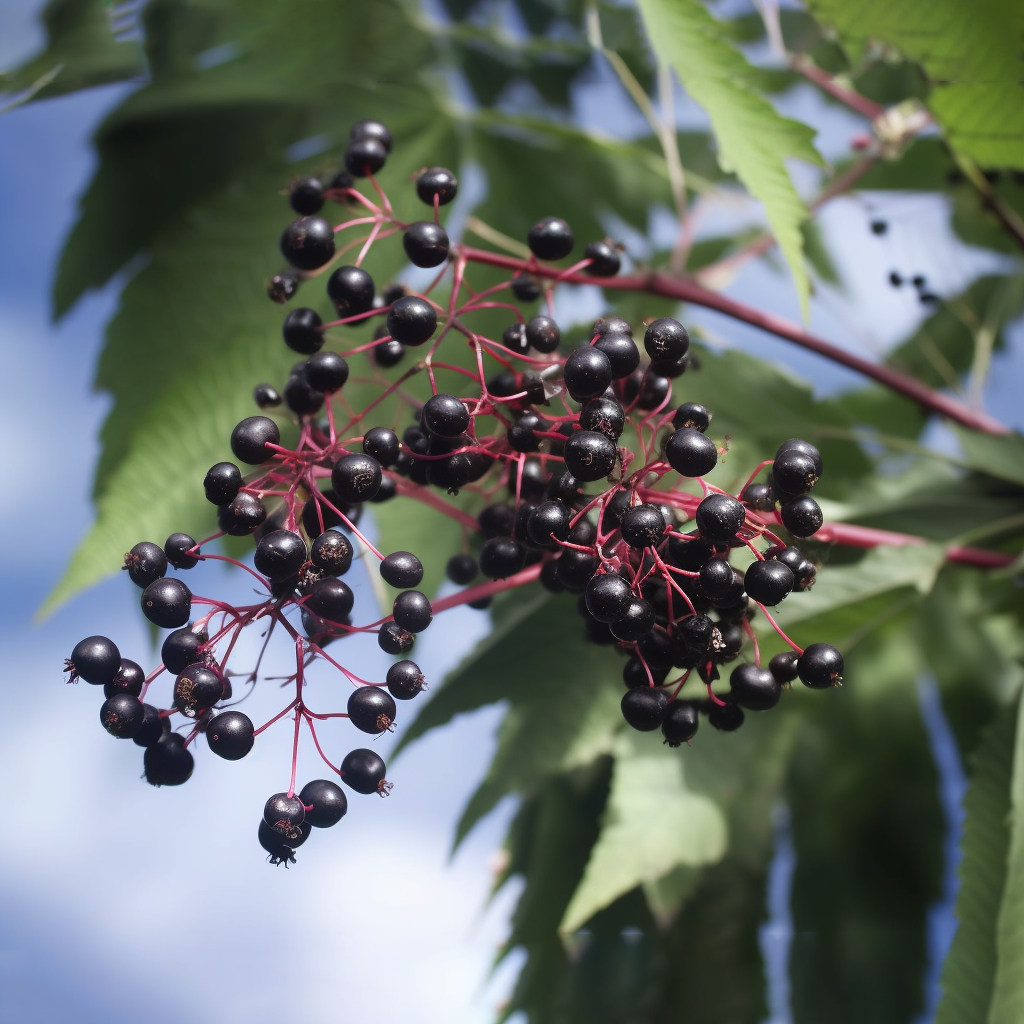
Sambucus Nigra
Intervention of Sambucus Nigra Polyphenolic Extract in Experimental arterial hypertension
The research focuses on the effects of polyphenols extracted from Sambucus nigra fruit, using an experimental arterial hypertension pattern, as well as their influence on the oxidative stress. The results reveal the normalization of the reduced glutathion concentration, as well as a considerable reduction in the malondialdehide serum concentration by the polyphenolic protection. The rat blood pressure values were recorded using a CODATM system, which uses a non-invasive blood pressure measuring method. All the measured blood pressure components revealed a biostatistically significant (p<0.05) blood pressure drop between the AHT and the AHT+P groups. The results prove that oxidative stress is considerably lower, statistically speaking, in rats with hypertension but also provided with natural polyphenolic protection from Sambucus nigra fruits than in the rats belonging to the control group. In addition to the demonstrated antioxidant effects, natural polyphenols also have other biological properties that might contribute to the Cardioprotective effects.
The effects Of Sambucus Nigra Extract In Experimental Arterial hypertension
It is known that natural polyphenols posses such physical and chemical properties that contribute to a proper and efficient protection from oxidation of important biomolecules such as lipids, proteins and nucleic acids. The evaluation of the intensity of oxidative stress in arterial hypertension experimentally induced via the administration of L-NAME was conducted with the help of specific enzymatic determinations and non-specific markers. The findings showed the antioxidant and protective effect of the Sambucus nigra extract on biochemical parameters, as well as on histopathological modifications in experimental arterial hypertension. The serous activity of glutathione-peroxidase and superoxide-dismutase has significantly lower values in the hypertensive group as compared to the group protected by polyphenols. The knowing of the effects of polyphenols on the functionality of endothelial cells, including membrane sensitivity and intracellular signaling, could lead to the use of the polyphenolic extract of Sambucus nigra as a nutritional supplement in chronic cardiovascular and metabolic diseases.
Sceptridium Ternatum
To observe the effect and molecular mechanism of ethyl acetate extract of Sceptridium ternatum (STE) on the monocrotaline (MCT)-induced pulmonary arterial hypertension (PAH).
STE can relieve the PAH in rats. STE may relieve pulmonary vascular disease and pulmonary injury by down-regulating the expression of NF- κB p65 and α -SMA.
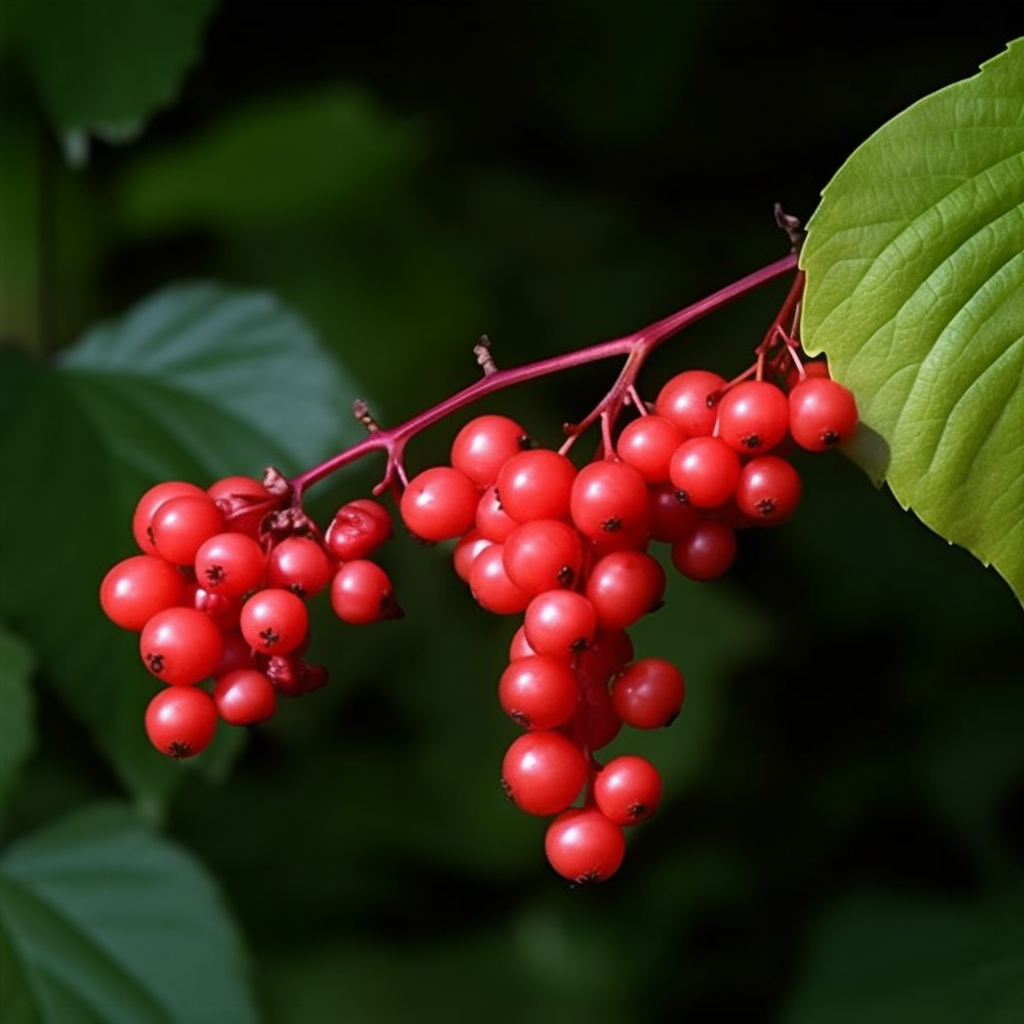
Schisandra Chinensis
Gomisin A (GA) is a small molecular weight lignan present in Schisandra chinensis, and has been demonstrated to have vasodilatory activity. In the present study, we investigated the effect of GA on blood pressure (BP) in angiotensin II (Ang II)-induced hypertensive mice. C57/BL6 mice infused subcutaneously with Ang II (1 and 2 μg kg−1 per min for 2 weeks) showed an increase in BP with a decrease in nitric oxide (NO) metabolites in plasma, and a negative correlation between these two parameters was demonstrated. In the thoracic aorta from Ang II-induced hypertensive mice, a decrease in vascular NO that was accompanied by a diminution of phosphorylated endothelial nitric oxide synthase (eNOS), as well as by increased reactive oxygen species (ROS) production, was demonstrated. These alterations in BP, eNOS phosphorylation and ROS production in the vasculature of Ang II-treated mice were markedly and dose-dependently reversed by simultaneous administration of GA (2 and 10 μg kg−1 per min). In addition, Ang II-induced ROS production in cultured vascular cells such as endothelial cells and vascular smooth muscle cells was markedly attenuated by GA. These results suggested that GA attenuated the increase in BP via preservation of vascular NO bioavailability not only by inhibiting ROS production but also by preventing the impairment of eNOS function in the vasculature of Ang II-induced hypertensive mice.
oxidative stress plays an important role in the pathogenesis of myocardial infarction (MI). Schisandra chinensis bee pollen extract (SCBPE) possesses powerful antioxidant capacity. This study aimed to further explore the antioxidative and Cardioprotective effects of SCBPE on acute MI induced by isoprenaline (ISO) in rats. The rats were intragastrically administrated with SCBPE (600, 1200, or 1800 mg/kg/day) and Compound Danshen dropping pills (270 mg/kg/day) for 30 days, then subcutaneously injected with ISO (65 mg/kg/day) on the 29th and 30th day. Compared with the model group, pretreatment with middle and high doses of SCBPE significantly reduced serum aspartate transaminase, lactate dehydrogenase, and creatine kinase activities and increased myocardial superoxide dismutase, glutathione peroxidase, and catalase activities.
The histopathologic aspects showed that pathological heart change was found in the model group and reduced to varying degrees in the SCBPE groups. Moreover, the protein expression of nuclear factor-erythroid 2-related factor 2 (Nrf-2), heme oxygenase-1 (HO-1), and Bcl2 in the heart increased in the SCBPE groups, while that of Bax decreased compared to the model group. Besides this, uridine was isolated from S. chinensis bee pollen for the first time. This study could provide a scientific basis for using Schisandra chinensis bee pollen as a functional food for the prevention of MI.
Scrophularia Frigida
Myocardial infarction is a common presentation of coronary artery disease and the leading cause of death worldwide. The present study investigated potential resistance to ischemia-reperfusion (I/R) injuries following administration of methanolic (MeOH) extract of Scrophularia frigida (S. frigida) in isolated rat heart. Male Wistar rat hearts (n= 8-10) were isolated and allowed to equilibrate for 20 min, and then subjected to 30 min regional ischemia followed by 120 min reperfusion. In the control group, Krebs-Henseleit (K/H) solution was perfused.
However, in the treatment groups K/H solution containing 1, 5, and 10 µg/cc of extract was infused. In addition, total phenol, total flavonoid content and antioxidant property were evaluated and extract was subjected to phytochemical analysis. Administration of extract improved the flow rate, developed pressure as well as max and min left ventricular dp/dt. Number and duration of VT were significantly reduced by all extract concentrations in ischemic phase. In reperfusion phase, significant decreases in single and total arrhythmias were seen. Furthermore, concentrations of 5 and 10 µg/cc of extract remarkably decreased the infarct size. Generally, the methanolic extract of S. frigida exhibited a protective effect against I/R-induced injures, which might be due to the antioxidant activiies of iridoids and phenolics.
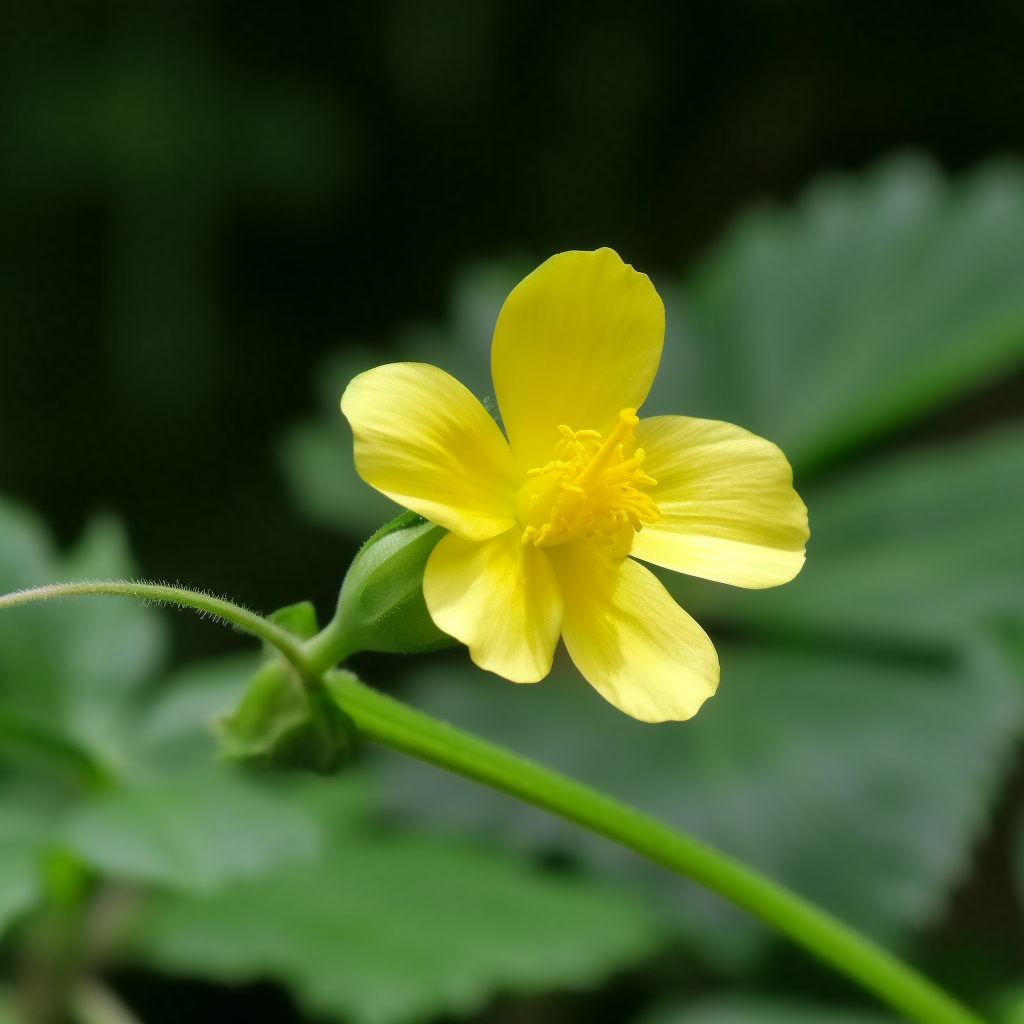
Sida Rhomboidea
The present study investigates Cardioprotective effect of Sida rhomboidea. Roxb (SR) extract on heart weight, plasma lipid profile, plasma marker enzymes, lipid peroxidation, endogenous enzymatic and non-enzymatic antioxidant s and membrane bound ATPases against isoproterenol (IP) induced myocardial necrosis (MN) in rats. Rats treated with IP (85 mg/kg, s.c.) recorded significant (p<0.05) increment in heart weight, plasma lipid profile, plasma marker enzymes of cardiac damage, cardiac lipid peroxidation (LPO) and activity levels of Ca(+2) ATPase whereas there was significant (p<0.05) decrease in plasma HDL, cardiac endogenous enzymatic and non-enzymatic antioxidant s, Na(+)-K(+) ATPase and Mg(+2) ATPase.
Pre-treatment with SR extract (400 mg/kg per day, p.o.) for 30 consecutive days followed by IP injections on days 29th and 30th, showed significant (p<0.05) decrease in heart weight, plasma lipid profile, plasma marker enzymes of cardiac damage, cardiac lipid peroxidation, Ca(+2) ATPase and significant increase in plasma HDL, cardiac endogenous enzymatic and non-enzymatic antioxidant s, Na(+)-K(+) ATPase and Mg(+2) ATPase compared to IP treated group. Hence, this study is the first scientific report on Cardioprotective effect of SR against IP induced MN in rats.
Silver Fir
Silver fir trunk extract (SFTE) is a complex mixture of antioxidative polyphenols (lignans and phenolic acids) from the trunks of silver fir trees (Abies alba, lignum). In our previous study, we have shown that SFTE exerts strong antioxidative and protective effects against atherogenic, diet-induced arterial wall damage.
Sinensis Peel
An extract of Citrus sinensis (CS) peel was evaluated for its efficacy in ameliorating L-thyroxine (L-T(4)) induced tissue lipid peroxidation (LPO), hyperthyroidism and hyperglycemia in mice. In a preliminary investigation, of the three different doses of CS (12.5 mg/kg, 25 mg/kg and 50.0 mg/kg) peel extract, 25 mg/kg was found to be the most effective and antiperoxidative , while 50 mg/kg was proved to be hepatotoxic. Therefore in the pilot experiment the effects of 25 mg/kg/day of CS for 10 days were studied in L-T(4) induced hyperthyroid animals. L-T(4) (500 microg/kg/day for 10 days) increased the levels of thyroxine (T(4)) and triiodothyronine (T(3)) with a concomitant increase in serum glucose concentration, alpha-amylase activity, heart/body weight ratio (HW/BW), kidney/body weight ratio (KW/BW) and cardiac as well as hepatic LPO.
However, it decreased the concentration of different serum lipids such as total cholesterol (TC), triglycerides (TG), high-density lipoprotein cholesterol (HDL-C), low-density lipoprotein cholesterol (LDL-C) and very low-density lipoprotein cholesterol (VLDL-C). Administration of CS extract (25 mg/kg/day) in hyperthyroid animals reversed most of these observations revealing the ameliorating potential of CS extract against various adverse effects of hyperthyroidism. It appears that the test extract primarily acts through its antioxidative /free radical-scavenging, antithyroidal and HDL-C stimulating properties.
Solanum Indicum
Solanum indicum ssp. distichum extract is effective against L-NAME-induced hypertension in rats
Solanum indicum ssp. distichum is used as a vegetable in some parts of Africa and claimed in folk medicine to guard against cardiovascular disorders. It was of interest to study the potential blood pressure lowering effects of a standardized extract of the fruit. An ethanolic extract of the fruit, standardized to contain > 0.15% chlorogenic acids, was tested orally in both normotensive rats and in those rendered hypertensive by twice daily intraperitoneal injection of N(W)-nitro-L-arginine methylester (L-NAME) for 1 week. The extract was either given at the same time as l-NAME or after the establishment of hypertension. The systolic blood pressure (SBP) was measured non-invasively using a tail cuff computer-aided monitoring device. treatment of normotensive rats with the extract (30-300 mg/kg) for 4 weeks showed no hypotensive effect. Giving the extract (100 and 300 mg/kg) orally once daily during the 1 week hypertension induction period with L-NAME prevented the development of hypertension.
Administration of the extract orally for 1 week after the establishment of hypertension tended to normalize the blood pressure. Pharmacological evidence for the antihypertensive activity of S. distichum is hereby reported for the first time. The extract showed good prophylactic as well as curative effect against L-NAME-induced hypertension, whereby its content of chlorogenic acids may play a minor role. Other constituents may be responsible for the antihypertensive action. The findings support further development of the extract as a potential therapeutically useful antihypertensive agent.
Sonchus Arvensis L. Leaves
Sonchus arvensis L. leaves have been used traditionally to treat various disease conditions. This study is designed to evaluate Cardioprotective potential of ethanol extract of S. arvensis leaves on isoproterenol-induced myocardial infarction in Wistar rat. Male Wistar albino rats were divided into three main groups: negative control (saline only), positive control (isoproterenol only), and S. arvensis extract treated groups. S. arvensis extract was administered in three doses; 50, 100, and 200 mg/kg b.w. p.o for 14 days. On day 13 and 14, isoproterenol (85 mg/kg bw) was given intraperitoneally to positive control and extract treated groups.
The parameters studied were cardiac biomarker enzymes which were Creatine Kinase (CK), Creatine Kinase-MB (CK-MB), Aspartate Transaminase (AST), Alanine Transaminase (ALT) and Lactate Dehydrogenase (LDH). The results showed that S. arvensis at dose of 50 mg/kg b.w. could significantly (P<0.05) reduce the level of CK, CK-MB, AST, ALT, and LDH in myocardial infarcted rats compared to positive control. The increase of the dose of S. arvensis extract was not followed by an increase of its Cardioprotective activity. In conclusion, Sonchus arvensis L. leaves extract at dose of 50 mg/kg b.w. has potential to be developed as Cardioprotective drug.
Sophorae Fructus
In this study, we investigated the effects of isorhamnetin on myocardial ischaemia reperfusion (I/R) injury in Langendorff‐perfused rat hearts. Isorhamnetin treatment (5, 10 and 20 μg/mL) significantly alleviated cardiac morphological injury, reduced myocardial infarct size, decreased the levels of marker enzymes (LDH and CK) and improved the haemodynamic parameters, reflected by the elevated levels of the left ventricular developed pressure (LVDP), coronary flow (CF) and the maximum up/down velocity of left ventricular pressure (+dp/dtmax). Moreover, isorhamnetin reperfusion inhibited apoptosis of cardiomyocytes in the rats subjected to cardiac I/R in a dose‐dependent manner concomitant with decreased protein expression of Bax and cleaved‐caspase‐3, as well as increased protein expression of Bcl‐2. In addition, I/R‐induced oxidative stress was manifestly mitigated by isorhamnetin treatment , as showed by the decreased malondialdehyde (MDA) level and increased antioxidant enzymes activities of superoxide dismutase (SOD), catalase (CAT) and glutathione peroxidase (GSH‐Px).
These results indicated that isorhamnetin exerts a protective effect against I/R‐induced myocardial injury through the attenuation of apoptosis and oxidative stress.
Sopung-Tang
effects of SoPung-Tang extract on hypertension and Common Carotid Artery
This study was undertaken to define the effect of SoPung-Tang extract on hypertension in spontaneous hypertensive rat and norepinephrine- induced arterial contraction in rabbit. In order to investigate the effect of SoPung-Tang extract on contracted rabbit carotid arterial strips, transverse strips with intact or damaged endothelium were used for the experiment using organ bath. To analyze the mechanism of SoPung-Tang extract-induced relaxation, SoPung-Tang extract infused into contracted arterial strips induced by norepinephrine after treatment of indomethacin, Nu-nitro-L-arginine, methylene blue or tetraethylammonium chloride. blood pressure was significantly decreased five days after administration of SoPung-Tang extract. SoPung-Tang extract relax arterial strip with endothelium contracted by norepinephrine, but in the strips without endothelium, SoPung-Tang extract- induced relaxation was significantly inhibited.
SoPung-Tang relax arterial strip contracted by norepinephrine, but in the strips contracted by high K+, SoPung-Tang extract-induced relaxation was significantly inhibited. The endothelium-dependent relaxation induced by SoPung-Tang extract was decreased by the pre-treatment of Nω-nitro-L-arginine or methylene blue, but it was not observed in the strips pre-treated with indomethacin or tetraethylammonium chloride. When Ca2+ was applied, the strips which were contracted by norepinephrine in a Ca2+-free solution, arterial contraction was increased. But pre-treatment of SoPung-Tang extract inhibited contractile response to Ca2+. We suggest that SoPung-Tang could be applied effectively for hypertension and may suppress influx of extra-cellular Ca2+ through the formation of nitric oxide in the vascular endothelial cells.
Sour Cherry Seed
The effects of kernel extract obtained from sour cherry (Prunus cerasus) seed on the postischemic cardiac recovery were studied in isolated working rat hearts. Rats were treated with various daily doses of the extract for 14 days, and hearts were then isolated and subjected to 30 min of global ischemia followed by 120 min of reperfusion. The incidence of ventricular fibrillation (VF) and tachycardia (VT) fell from their control values of 92% and 100% to 50% (not significant) and 58% (not significant), 17% (P<0.05), and 25% (P<0.05) with the doses of 10 mg/kg and 30 mg/kg of the extract, respectively. Lower concentrations of the extract (1 and 5 mg/kg) failed to significantly reduce the incidence of VF and VT during reperfusion.
Sour cherry seed kernel extract (10 and 30 mg/kg) significantly improved the postischemic recovery of cardiac function (coronary flow, aortic flow, and left ventricular developed pressure) during reperfusion. We have also demonstrated that the extract-induced protection in cardiac function significantly reflected in a reduction of infarct size. Immunohistochemistry indicates that a reduction in caspase-3 activity and apoptotic cells by the extract, beside other potential action mechanisms of proanthocyanidin, trans-resveratrol, and flavonoid components of the extract, could be responsible for the cardioprotection in ischemic-reperfused myocardium.
Soy Pulp
Soy pulp, called “okara” in Japanese, is known as a by-product of the production of bean curd (tofu), and expected to contain a variety of biologically active substances derived from soybean. However, the biological activities of okara ingredients have not yet been fully understood, and the effectiveness of okara as a functional food seems necessary to be further evaluated. Then the effect of okara extract on angiotensin I-converting enzyme (ACE) activity was examined in vitro, and the extract was shown to cause the inhibition of ACE activity in a manner depending on its concentration. Kinetic analysis indicated that this enzyme inhibition was accompanied by an increase in the Km value without any change in Vmax. Further studies suggested that putative inhibitory substances contained in the extract might be heat stable and dialyzable, and recovered mostly in the peptide fraction obtained by a spin-column separation and a high performance liquid chromatography (HPLC) fractionation.
Therefore, the extract was speculated to contain small-size peptides responsible for the inhibitory effect of okara extract on ACE activity, and could be expected to improve the hypertensive conditions by reducing the production of hypertensive peptide.
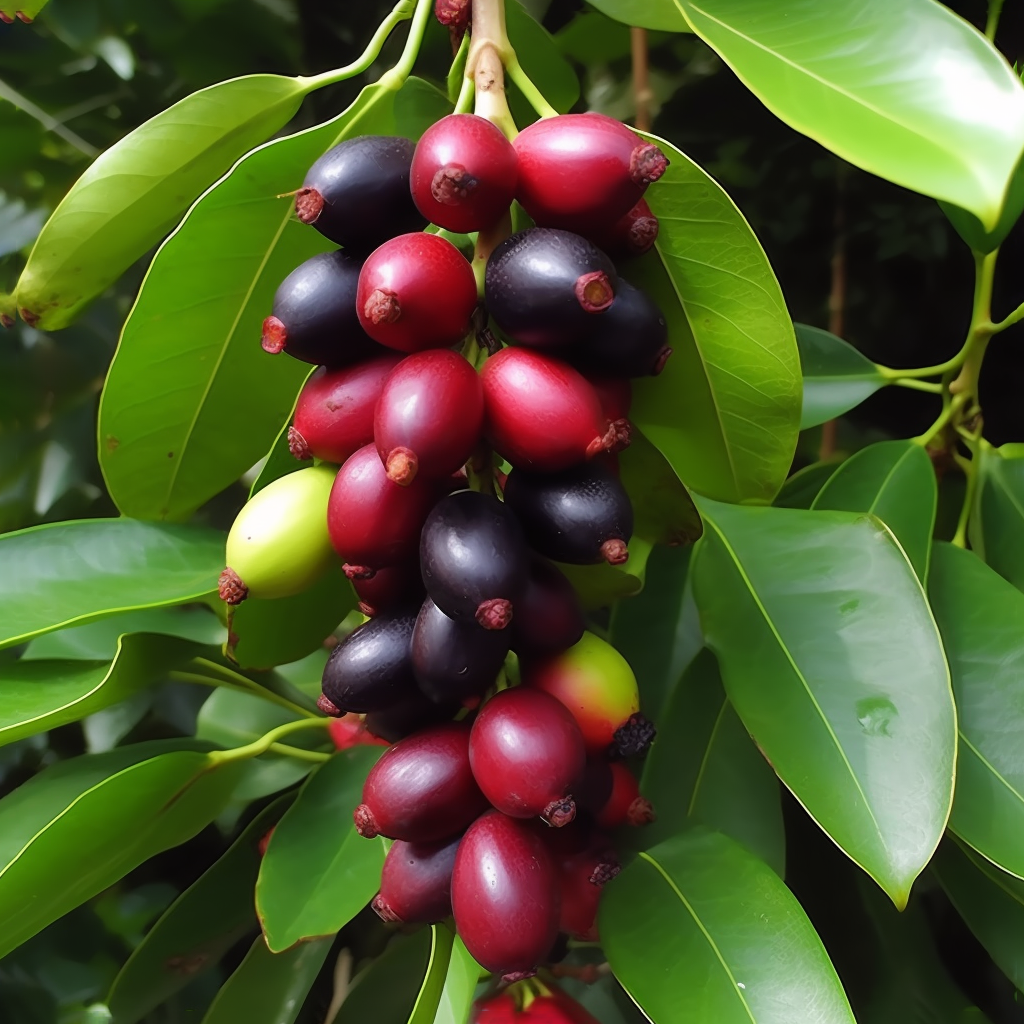
Syzygium Cumini Seeds
methanolic extract of Syzygium cumini (Family: Myrtaceae) seeds, a medicinal herb, on isoproterenol-induced Myocardial Infarction (MI) in rats. Five groups of albino rats, each comprising six animals, were selected for this study. Group I served as a control, Group II rats were given isoproterenol (20 mg/100 g, subcutaneously), and Group III rats were given methanolic extract of Syzygium cumini seeds (SME) of 500 mg/kg. Groups IV and V rats were given SME (250 mg/kg and 500 mg/kg, respectively) and isoproterenol (20 mg/100 g subcutaneously) prior to MI induction. The transaminases (Aspartate Transaminase and Alanine Transaminase), Lactate Dehydrogenase (LDH) and Creatine Phosphokinase (CPK), were estimated in both the serum and heart tissues, and the serum uric acid level was also estimated. Isoproterenol significantly increased the activities of CPK, LDH and the transaminases in serum with a concomitant decrease in these enzymes in tissue.
Pretreatment with SME at a dose of 500 mg/kg body weight for 30 days had a more significant effect on the activities of marker enzymes compared to 250 mg/kg treated group. Serum uric acid level, which increased on isoproterenol administration, registered near normal values on treatment with SME under study. The study confirms the Cardioprotective potential of methanolic extract of Syzygium cumini seeds against isoproterenol-induced biochemical alterations in rats.
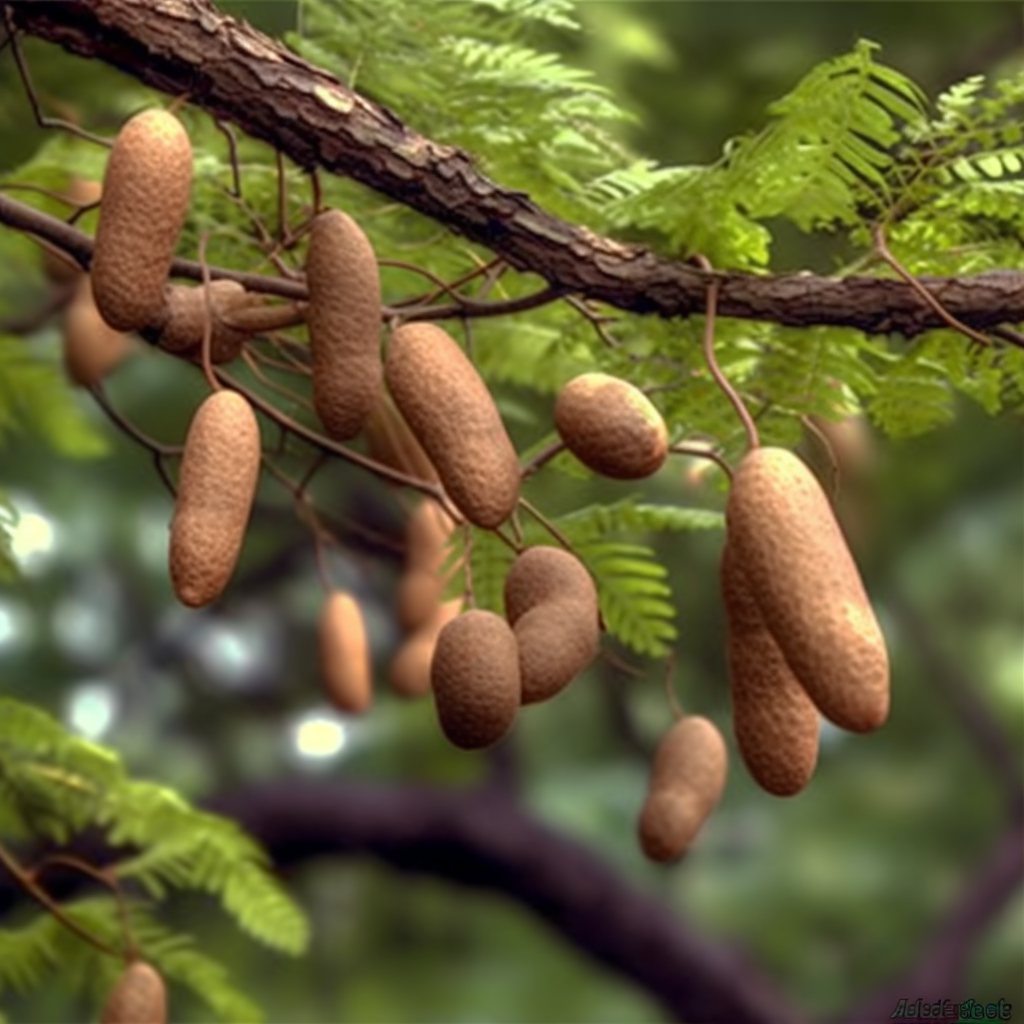
Tamarindus Indica Linn Pericarpic
cardiovascular diseases are major death causing issue globally. Dietary polyphenols can maintain or enhance cardiovascular health conditions. Every part of tamarind has numerous pharmacological properties. However, so far pericarp (shell) of tamarind fruit which contain polyphenols is not evaluated for Cardioprotective activity. Hence the present study was designed to evaluate Cardioprotective role of Tamarindus indica Linn pericarpic extract against doxorubicin (DOX) induced cardiotoxicity. The results reveal that tamarind pericarp has Cardioprotective activity which might be due to its antioxidant properties.
Tecoma Stans Flowers
To investigate the Cardioprotective effect of 70% ethanolic extract of Tecoma stans (T. stans) flowers against isoproterenol-induced myocardial infarction in rat myocardium. It was concluded that, in addition to poly phenolics, some of the phyto fragments found during GC-MS analysis might also contributed to the cardiac protection offered by the extract.
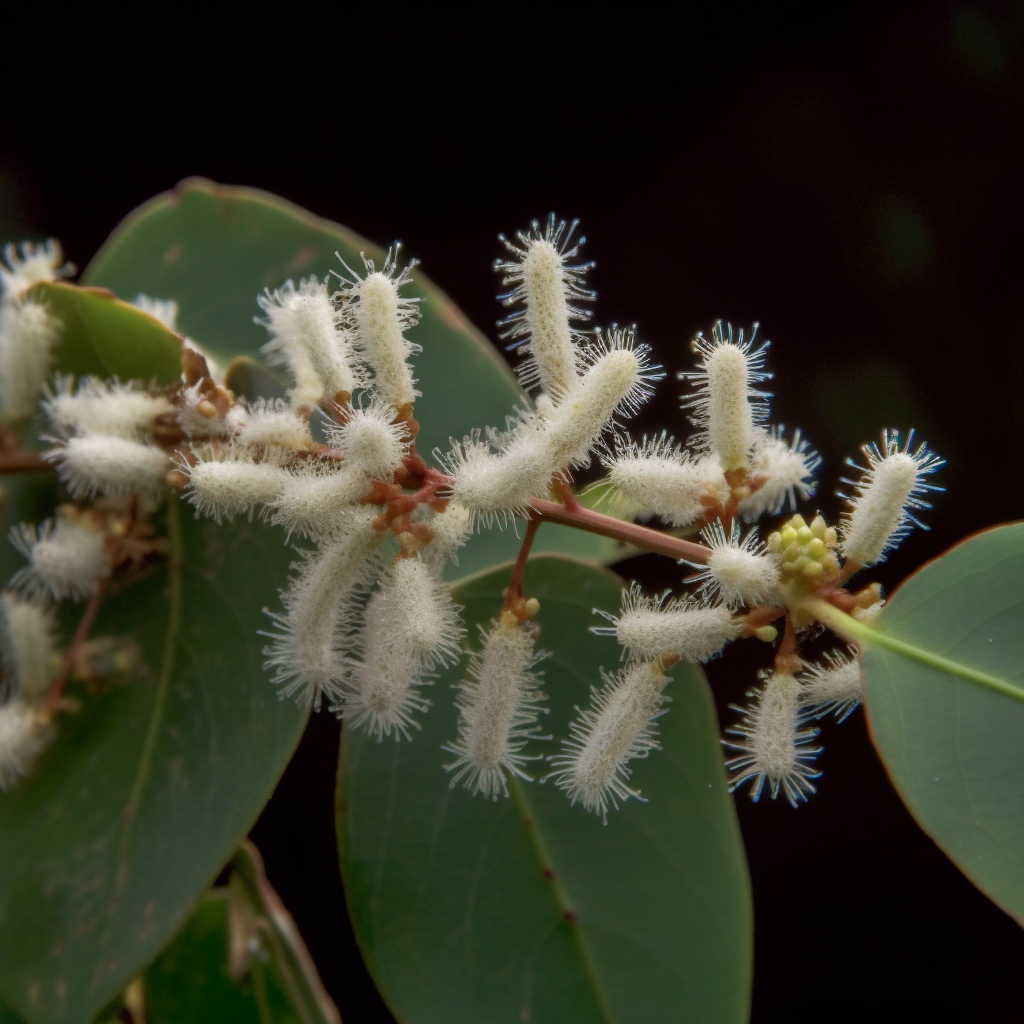
Terminalia Arjuna
The stem bark of Terminalia arjuna (Roxb.) is widely used in Ayurveda in various cardiovascular diseases. Many animal and clinical studies have validated its anti-ischemic, antihypertensive, antihypertrophic and antioxidant effects . pulmonary hypertension (PH) is a fatal disease which causes right ventricular hypertrophy and right heart failure. pulmonary vascular smooth muscle hypertrophy and increased oxidative stress are major pathological features of PH. As available limited therapeutic options fail to reduce the mortality associated with PH, alternative areas of therapy are worth exploring for potential drugs, which might be beneficial in PH. The effect of a standardised aqueous extract of the stem bark of Terminalia arjuna (Roxb.) in preventing monocrotaline (MCT)-induced PH in rat was investigated.
The study was approved by Institutional Animal Ethics Committe. Male Wistar rats (150-200g) were randomly distributed into five groups; Control, MCT (50mg/kg subcutaneously once), sildenafil (175µg/kg/day three days after MCT for 25 days), and Arjuna extract (TA125 and TA250 mg/kg/day orally after MCT for 25 days). PH was confirmed by right ventricular weight to left ventricular plus septum weight (Fulton index), right ventricular systolic pressure (RVSP), echocardiography, percentage medial wall thickness of pulmonary arteries (%MWT). oxidative stress in lung was assessed by super oxide dismutase (SOD), catalase, reduced glutathione (GSH) and thiobarbituric acid reactive substance (TBARS). The protein expressions of nicotinamide adenine dinucleotide phosphate (NADPH) oxidase (NOX-1) in lung and gene expression of Bcl2 and Bax in heart were analyzed by Western blot and RT PCR respectively.
The objective of this study was to determine the comparative Cardioprotective potential of bark and gemmomodified extract of Terminalia arjuna. Cardioprotective potential was evaluated against isoproterenol induced cardiotoxicity . Both ways of treatment , curative and preventive were studied. In preventive Cardioprotective potential, rabbits were pretreated with both extracts of T. arjuna (200 mg/kg) for three weeks and then cardiotoxicity was induced with isoproterenol. In curative way of treatment isoproterenol was given for two days and then these cardio intoxicated rabbits were treated with plant extracts.
The activities of cardiac marker enzymes (CK-MB, AST, ALT, and LDH) and antioxidant s enzymes (SOD, CAT) were analyzed in serum and heart tissues of different groups of experimental rabbits. Isoproterenol significantly (P<0.001) increased the level of enzymes. The three week prior administration and curative treatment of T. arjuna extracts resorted the enzymes and antioxidant s level equal to normal. HPLC analysis of the extracts confirmed the presence of important flavonol and phenolic acids in both extracts. It can be concluded that gemmomodified and bark extract of T. arjuna has strong Cardioprotective potential.
Terminalia Capatta
The use of traditional medicinal plants in prevention and treatment of different illnesses is a comun practice in the world. Mexico has a long traditional plants applications since ancient times. Terminalia catappa is used in the empirical treatment of skin illness, digestive diseases and in a recent study the seed extract show cardio protective effects . The aim of this work was to test the Cardioprotective effect of hydroalcoholic extract of Terminalia capatta leaves. The extract was oral administrated one time a day in wistar rats during seven days after its were sacrificed to test ten min ischemia and ten min reperfusion in Langendorff isolated heart technique. Results showed an important decrease in loss of contraction of the left ventricular pressure of 20 % vs control. The histology showed an 16% decrease in the infarct size vs control. Terminalia capatta extract showed an important Cardioprotective effects in our model.
Terminalia Catappa
We investigated the effect of extracts from the leaf (ALE) and stem bark (ABE) of Almond tree on activities of some crucial enzymes [angiotensin‐1 converting enzyme (ACE), arginase, acetylcholinesterase (AChE), phosphodiesterase‐5 (PDE‐5), adenosine deaminase (ADA), superoxide dismutase (SOD), catalase], and thiobarbituric acid reactive species (TBARS) associated with hypertension in normal adult male Wistar albino rats and Cyclosporine A (CsA)‐stressed rats. The result revealed that CsA‐stressed rats treated with captopril and extracts (ALE and ABE) had lowered ACE, arginase, AChE, PDE‐5, ADA activities, and TBARS level, coupled with improved SOD and catalase activities compared with untreated CsA‐stressed rats, which had reversed these biochemicals compared to normal rats. This suggests that the extracts could be explored to suppress hypertension and other cardiac injury known with CsA treatment; the potentials that could be linked with the constituent polyphenols. However, further studies including blood pressure should be determined to ascertain this claim.
Terminalia Pallida
Terminalia pallida is an evergreen endemic tree, mentioned in Ayurveda as the fruits of Terminalia pallida are excellent in Cardioprotective property. Tribal people use Terminalia pallida fruit for the treatment of diabetes and this plant widely used in many other disorders.
The present investigation was to evaluate the antioxidant , biochemical profile and histological studies of qualitatively standardized ethanolic extract of Terminalia pallida fruits (TpFE) against isoproterenol-induced myocardial infarction in rats.
The present study provide evidence for the first time, that TpFE pretreatment ameliorated myocardial injury in ISO-induced myocardial infarcted rats and exhibited Cardioprotective activity.
Terminalia Paniculata
Doxorubicin (DOX) is a widely used cancer chemotherapeutic agent. However, it generates free oxygen radicals that result in serious dose-limiting cardiotoxicity . Supplementations with Terminalia paniculata bark extract were proven effective in reducing oxidative stress associated with several ailments. The aim of the current study was to investigate the potential protective effect of ethanolic extract of Terminalia paniculata (EETP) bark against doxorubicin induced cardiotoxicity in rats and to compare with vitamin E, a known Cardioprotective antioxidant . Extract was given orally to rats (200mg/kg/day and 400mg/kg/day for 28 consecutive days), Vitamin E was given orally (100mg/kg/day for 28 consecutive days) and DOX (15 mg/kg; i.p.) was administered on the 29 day to induced cardiotoxicity . EETP protected against DOX-induced increased in heart weight. It significantly inhibited DOX-provoked elevation in serum lactate dehydrogenase (LDH), aspartate transaminase (AST), alanine transaminase (ALT), creatine kinase-MB (CK-MB) as well as troponin I level. The reductions in cardiac activities of catalase (CAT), superoxide dismutase (SOD), glutathione (GSH) and glutathione peroxidase (GSH-Px) were also significantly mitigated.
Elevation of cardiac lipid peroxidation (LPO) activity in response to DOX treatment was significantly hampered. Pretreatment with extract significantly guarded against DOX-induced decreased in cardiac ATPase activity like Ca ATPase, Na–K ATPase and Mg ATPase. EETP alleviated histopathological changes in rats heart treated with DOX. Finally we concluded that Terminalia paniculata bark extract exerts equipotent Cardioprotective and inotropic activity in the experimental model of doxorubicin induced myocardial infarction in rats as compared to vitamin E, a known Cardioprotective antioxidant .
Terminalia Superba
The stem bark of Terminalia superba (Combretaceae) (TS) is used in traditional Cameroonian medicine as antihypertensive remedy. The aim of this study was to investigate the hypotensive and the antihypertensive effects of the aqueous extract of the stem bark of Terminalia superba.
The present study demonstrates that the aqueous extract of the stem bark of Terminalia superba exhibits hypotensive and anti-hypertensive properties that are, at least in part, related to a withdrawal of sympathetic tone and to an improvement of the antioxidant status, respectively. Overall data validate the use of Terminalia superba as antihypertensive therapy in traditional medicine.
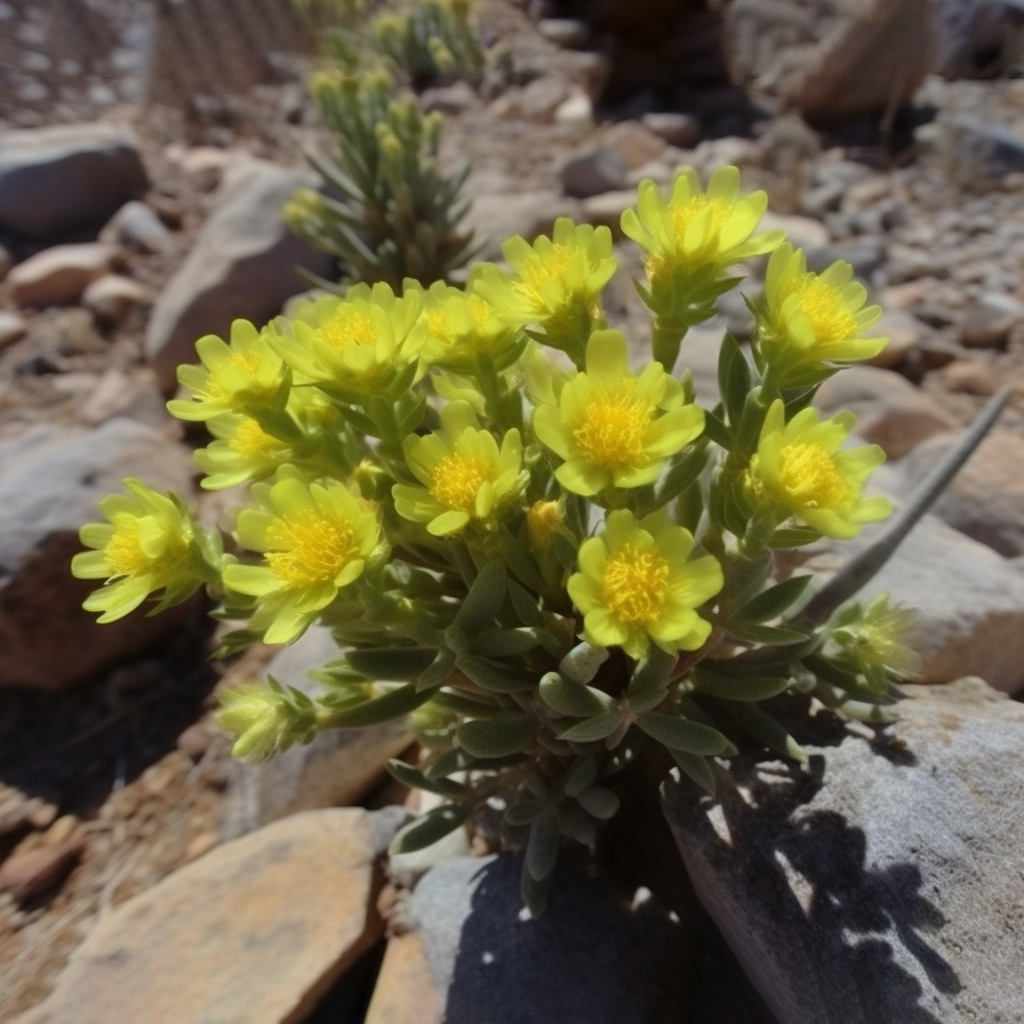
Teucrium Polium
Antispasmodic and vasorelaxant effects of Teucrium polium L. (TP) were mentioned in former studies, so we attempted to evaluate the eventual preventive effect of TP in an acute experimental model of hypertension induced by angiotensin II (Ang II).
Forty-eight male Wistar rats were divided randomly into six groups (n = 8); control Group (C), which received only saline, group Ang II; which received Ang II (300 ng/min, IV), group losartan (Los); which received Los (10 mg/kg, IV) before Ang II injection, three groups of TP 100, TP 200, and TP 400; which received different doses of TP extract (100, 200 and 400 mg/kg, IP, respectively) before Ang II application. After cannulation of the femoral artery, mean arterial blood pressure (MAP) and heart rate (HR) was continuously measured and recorded during the experiments. Comparisons were performed using t-test with SPSS software, version 16 (SPSS, Chicago, IL).
MAP and HR in Ang group were significantly higher than the control group (P < 0.001), MAP in group Los significantly was lower than Ang group (P < 0.001) and pretreatment with three doses of TP extract also inhibited increasing of MAP after Ang II injection (P < 0.001). Los also inhibited the increase of HR due to Ang II (P < 0.001), but none of three doses of TP extract had a protective effect on tachycardia induced by Ang II.
It seems TP extract could be effective in preventing of high blood pressure induced by Ang II pathway activation but could not have remarkable efficacy for improving the created tachycardia.
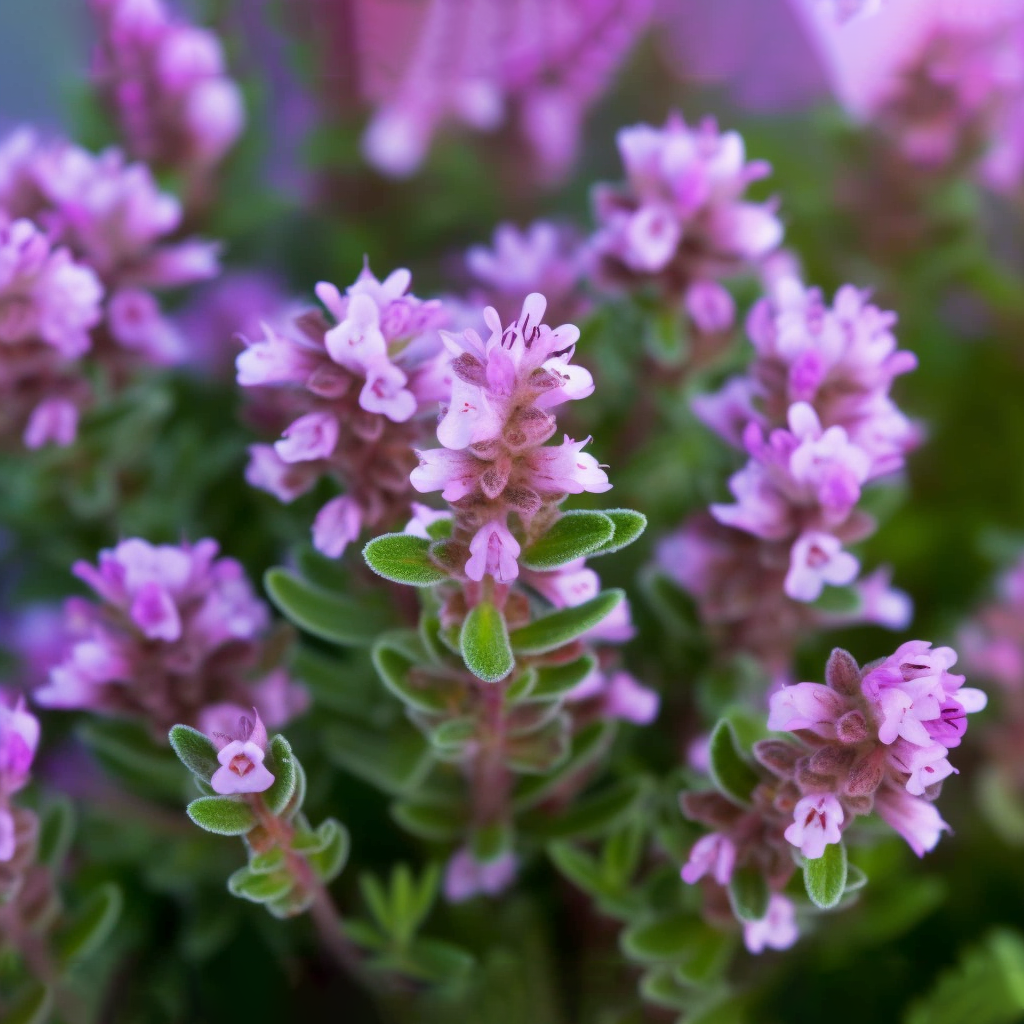
Thymus Serpyllum L.
The low incidence of cardiovascular disease in Mediterranean countries leads to an increased interest of the scientific community for the Mediterranean diet. Our aim was to evaluate total phenol and flavonoid contents, antioxidant capacity, free radical scavenging activity and potential antihypertensive effect of aqueous extract obtained from Thymus serpyllum L. (wild thyme, TE), an aromatic herb from the Lamiaceae family (highly present in Mediterranean diet), in spontaneously hypertensive rats (SHR) and in normotensive Wistar rats. Total phenol content of TE was 2008.33 ± 10.6 mg/L GAE, and rosmarinic and caffeic acids were predominant phenolic compounds. The ferric reducing /antioxidant power and antioxidant capacity analysis revealed strong antioxidative properties of TE. In vitro nitric oxide-scavenging activity of 1 mg/l TE was 63.43% with the IC50 value of 122.36 μg/ml. Bolus injection of TE (100 mg/kg body weight i.v.) induced significant decrease of systolic and diastolic blood pressure and total peripheral resistance in SHR, without effects on these parameters in normotensive Wistar rats. cardiac index remained unchanged after TE treatment in all experimental rats. Given dose of TE did not show significant nitric oxide-scavenging activity in vivo. Our results indicate that TE may protect against hypertension in experimental model of essential hypertension.
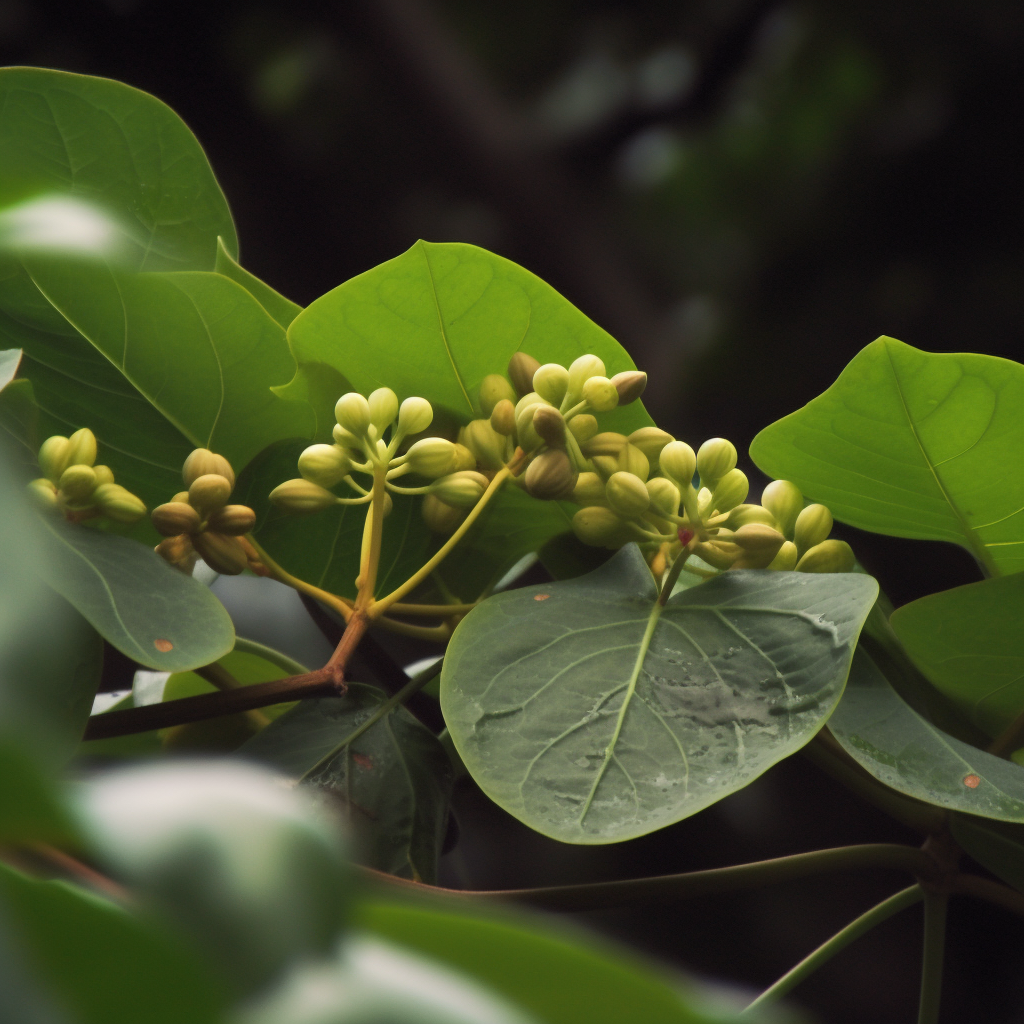
Tinospora Cordifolia
It has been suggested that the beneficial effects of reperfusing the myocardium might be in part reversed by the occurrence of reperfusion injury. oxidative stress was suggested to be implicating in the pathogenesis of ischemia-reperfusion (I/R) injury. Many antioxidative plants were shown to be Cardioprotective in experimental models of myocardial ischemia-reperfusion (I/R) injury. The present study was designed to investigate the effects of pretreatment with alcoholic extract of Tinospora cordifolia in an in vivo rat model. The model adopted was that of surgically-induced myocardial ischemia, performed by means of left anterior descending coronary artery occlusion (LAD) for 30 min followed by reperfusion for another 4 h. Infarct size was measured by using the staining agent TTC (2,3,5-triphenyl tetrazolium chloride). Lipid peroxide levels in serum and in heart tissue were estimated spectrophotometrically by the methods developed by Yagi and Ohkawa et al. respectively.
A lead II electrocardiogram was monitored at various intervals throughout the experiment. A dose dependent reduction in infarct size and in lipid peroxide levels of serum and heart tissue were observed with the prior treatment of T. cordifolia with various doses for 7 d compared to control animals. Hence, the present study suggests the Cardioprotective activity of T. cordifolia in limiting ischemia-reperfusion induced myocardial infarction.
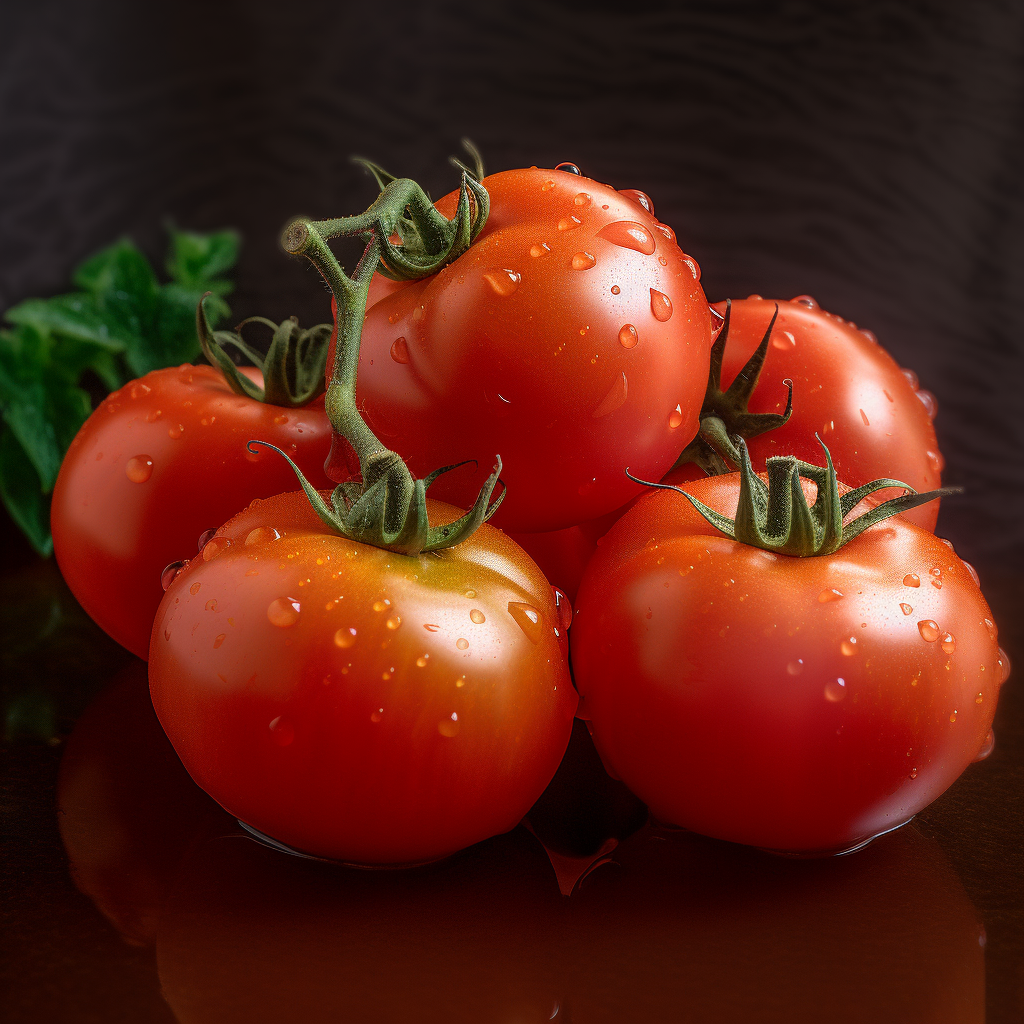
Tomato
Treatment of hypertension (HT) can reduce the risk for cardiovascular diseases. Tomato extract contains carotenoids such as lycopene, beta carotene, and vitamin E, which are known as effective antioxidants, to inactivate free radicals, and to slow the progression of atherosclerosis. The purpose of our study was to evaluate the effect of tomato extract on systolic and diastolic blood pressure in grade-1 HT, on serum lipoproteins, plasma homocysteine, and oxidative stress markers.
A short-term treatment with antioxidant-rich tomato extract can reduce blood pressure in patients with grade-1 HT, naive to drug therapy. The continuous effect of this treatment and the long-term beneficial effect on cardiovascular risk factors still need to be demonstrated.
Trichosanthes Cucumerina
The objective was to determine the activity of methanol extract of fruit of Trichosanthes cucumerina in doxorubicin-induced cardiotoxicity in rats.
T. cucumerina (1000 mg/kg) reduced the severity of doxorubicin-induced cardiac damage especially in heart. It is concluded that doxorubicin-induced cardiotoxicity is reduced by pretreatment with methanol extract of fruit of T. cucumerina.
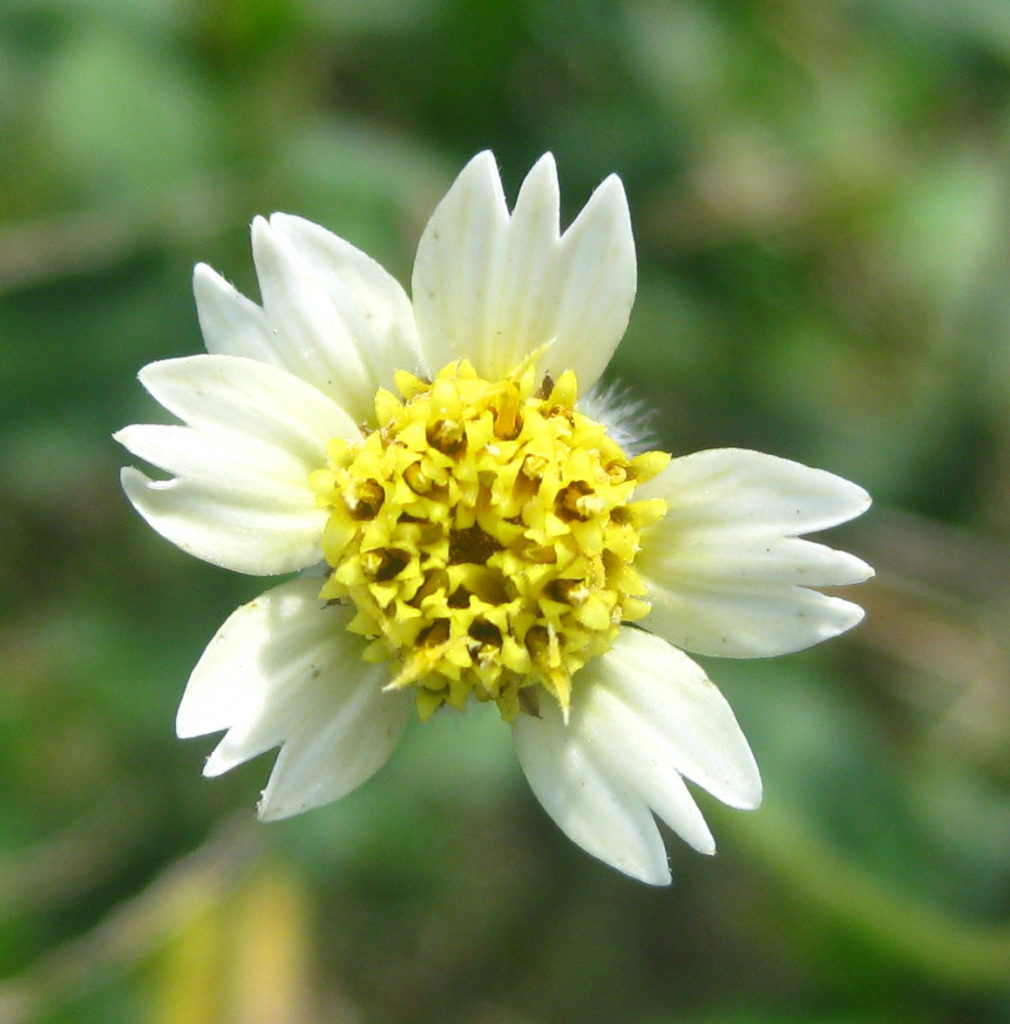
Tridax Procumbens
The present study was undertaken to evaluate the preclinical efficacy of methanolic extract of Tridax procumbens (METP) against doxorubicin (DOX) induced cardiotoxicity . Animals were randomly divided in five groups, vehicle (control) or DOX (15 mg/kg, i.p.) or METP (200 and 400mg/kg, p.o.) or standard Digoxin for 14 days followed by treatment with DOX on the 13th and 14th day of treatment , except the control group. DOX intoxicated rats showed significant (p<0.05) increase in serum cardiac markers (creatine kinase, lactate dehydrogenase and cardiac troponin-I), lipid peroxidation and protein carbonyl content and reduced antioxidant s (SOD, CAT, Gpx and GSH) level in heart tissue. treatment with METP (200 and 400mg/kg, p.o.) restored the altered biochemical level to normalcy. Thus, the results of the study suggest that METP showed promising Cardioprotective activity in DOX induced cardiac damage mediated by its membrane stabilizing and antioxidant effect.
Tsumura Orengedokuto
A double-blind, placebo-controlled study was conducted to evaluate the efficacy, safety, and utility of TSUMURA Orengedokuto Extract Granules for Ethical Use (TJ-15) as a treatment for the accessory symptoms of hypertension. Two capsules of the study drug were administered orally 3 times daily (i.e., before meals) for 8 weeks. Among 265 patients enrolled in the study, 134 were assigned to the TJ-15 group and 131 were assigned to the placebo group, of whom 204 patients (103 in the TJ-15 group and 101 in the placebo group) were included in the efficacy and utility analyze and 251 patients (128 in the TJ-15 group and 123 in the placebo group) were included in the safety analysis. Efficacy was significantly higher in the TJ-15 group based on the total score for the accessory symptoms of hypertensions which was the primary efficacy endpoint (Wilcoxon’s rank sum test, p=0.013). When each accessory symptom of hypertension was assessed separately, efficacy was higher for hot flushes and facial suffusion in the TJ-15 group (Wilcoxon’s rank sum test, p=0.034, and 0.022, respectively). There were no significant differences between the TJ-15 and the placebo groups with respect to the decrease of blood pressure or the antihypertensive effect.
There was also no significant difference between the two groups with regard to the overall safety rating. The utility rating was significantly higher in the TJ-15 group than in the placebo group (Wilcoxon’s rank sum test, p=0.016). In conclusion, TJ-15 was superior to placebo with respect to efficacy, safety, and utility for the treatment of accessory symptoms of hypertension.
Ulmus Wallichiana
hypertension is one of the leading causes and the risk factors for cardiovascular and cerebrovascular diseases. Ulmus wallichiana (Himalayan Elm), a traditional medicinal plant, contains several C-glycosylated flavonoids. The aim of this study is to investigate the effect of ethanolic extract (EE) and butanolic fraction (BF) of U. wallichiana in hypertension . SHR (increased sympathetic activity) and DOCA-salt- (oxidative stress & salt retention) induced hypertension models were developed. treatment was done by administration of EE and BF of U. wallichiana (500/mg/kg/day and 50/mg/kg/day, p.o.) for 14 days. Then blood pressure was measured by non-invasive blood pressure (NIBP) measurement technique. Concentrations of plasma renin, angiotensinogen II and ACE activity were estimated. blood pressure was significantly higher in SHR, as compared to normotensive wistar group (170.59±0.83 mmHg vs 121.54±1.24 mmHg, respectively, p<0.001). SBP was increased in DOCA-salt induced group compared to their control (132.77±3.90 mmHg vs 107.85±5.95 mmHg, respectively, p<0.05).
The treatment of extract and fraction of U. wallichiana significantly decreased the blood pressure in SHR+EE (151.26±1.85 mmHg, p<0.001), SHR+BF (140.44±1.16 mmHg, p<0.001) compared to diseased control (170.59±0.83 mmHg); DOCA+EE (113.43±5.44 mmHg, p<0.05), DOCA+BF (105.09±5.12 mmHg, p<0.05) compared to diseased control (132.77±3.90 mmHg). treatment of EE and BF of U. wallichiana attenuated the blood pressure, plasma renin, angiotensinogen II, ACE activity level. The extract and fraction may be reducing the BP via RAAS signaling pathway. Thus we propose that U. wallichiana has the potential to be used as herbal medicament to control hypertension.
Ulva Lactuca
Hypercholesterolemia has significant cardiac consequences, since it is among the major risk factors of ischemic heart diseases.
The aim was searching the Cardioprotective effect of chemical constituents from the sea lettuce Ulva lactuca upon hypercholesterolemic regime in mice.
It was established that the green alga, thanks to its bioactive compounds, effectively counteracts cardiotoxic effects of hypercholesterolemic regime.
Urena Lobataleaves
Cardioprotective Effect Of Urena Lobataleaves Extract On Diabetic Rats
The present study evaluated the Cardioprotective property of the hydroethanol extract of Urtica parviflora leaf material (EEUP) against doxorubicin-induced cardiotoxicity in rats.
From the present study, U. parviflora leaf extract showed promising Cardioprotective effect against doxorubicin-induced cardiotoxicity in Wistar rats.
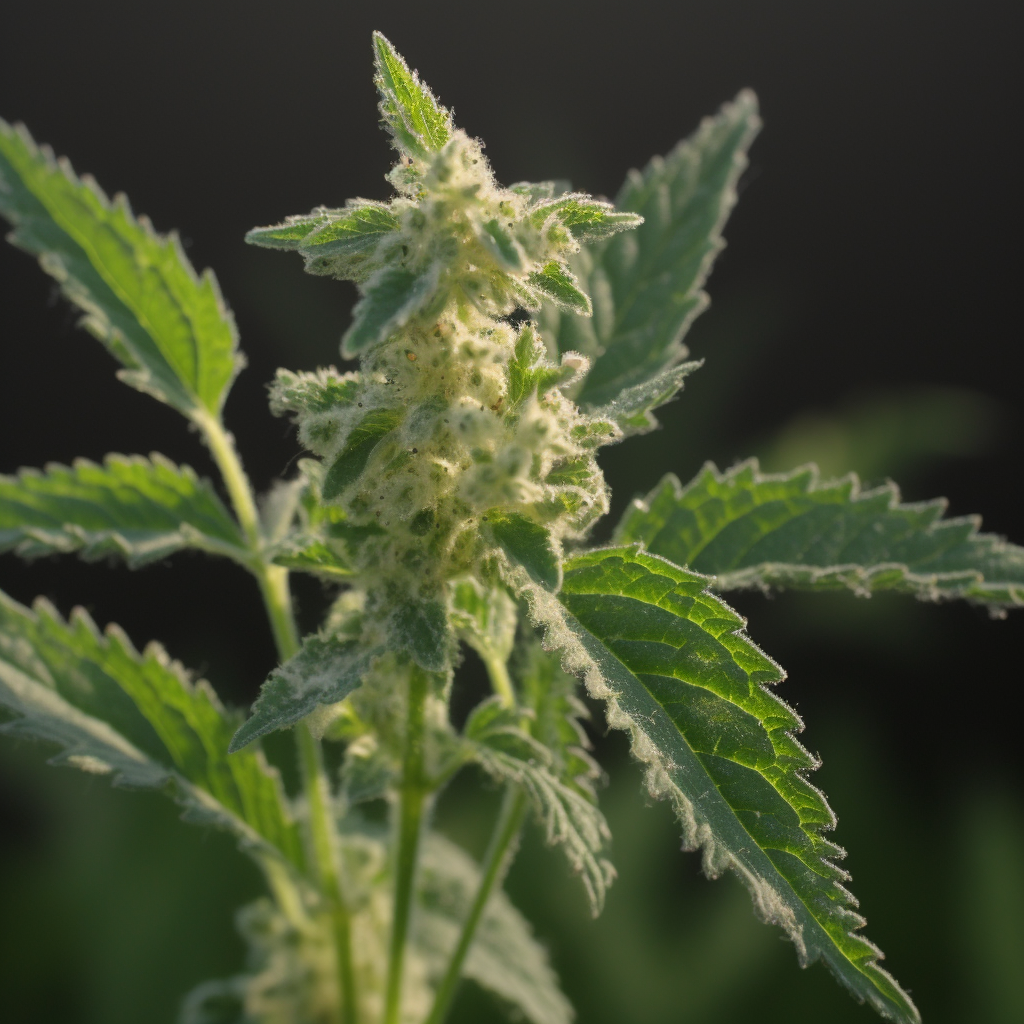
Urtica Parviflora Leaf
The present study evaluated the Cardioprotective property of the hydroethanol extract of Urtica parviflora leaf material (EEUP) against doxorubicin-induced cardiotoxicity in rats.
From the present study, U. parviflora leaf extract showed promising Cardioprotective effect against doxorubicin-induced cardiotoxicity in Wistar rats.
Vaccinium Arctostaphylos Leaf
To study the blood pressure, lipid and glycemic effects and safety of Vaccinium arctostaphylos leaf in the hypertensive hyperlipidemic type 2 diabetic patients.
The patients took 350 mg standardized plant leaf hydro-alcoholic extract capsule (n=50) or placebo capsule (n=50) three times daily alongside conventional drugs for 2 months. At the baseline and endpoint, systolic and diastolic blood pressure s and blood levels of fasting glucose (FG), 2-hr postprandial glucose (2hPPG), glycosylated hemoglobin (HbA1c), total cholesterol (TC), LDL-C, triglyceride, HDL-C, SGOT, SGPT and creatinine were determined in both groups. To evaluate the extract safety, serum SGOT, SGPT and creatinine levels were tested; also, the patients were requested to report any adverse effects.
V. arctostaphylos leaf hydro-alcoholic extract as an adjunct to the conventional drugs has additional antihypertensive as well as anti-dyslipidemic and anti-hyperglycemic effects in hypertensive hyperlipidemic type 2 diabetic patients. Besides, the extract lacks hepatic, renal and patient-reported adverse effects.
Vaccinium Meridionale Swartz
Our objective was to assess the antioxidant properties and the effects against the reperfusion injury of a nonalcoholic extract obtained by fermentation from the Colombian blueberry, mortiño (Vaccinium meridionale Swartz, Ericaceae). antioxidant properties were assessed by in vitro systems. To examine the postischemic myocardial function, isolated rat hearts were treated 10 min before ischemia and during the first 10 min of reperfusion with the extract. To analyze the participation of nitric oxide (NO), other experiments were performed in the presence of nitric oxide synthase (NOS) inhibition with N(G)-nitro-L-arginine methyl ester (L-NAME). In cardiac tissue thiobarbituric acid reactive substances (TBARS) concentration, reduced glutathione (GSH) content, endothelial NOS (eNOS), and Akt expression were also measured.
The blueberry extract showed higher total phenols and anthocyanins contents, scavenging activity of superoxide radical and systolic and diastolic function was improved, TBARS diminished, GSH was partially preserved, and both NOS and Akt expression increased in hearts treated with the extract. These beneficial effects were lost when eNOS was inhibited. In resume, these data show that the increase of eNOS expression via Akt and the scavenging activity contribute to the cardioprotection afforded by acute treatment with Colombian blueberry extract against ischemia and reperfusion injury.
Veratrum Viride
Essential hypertension . Therapeutic Trial Of Veriloid, A New Extract Of Veratrum Viride.
In hypertensive patients Veriloid is an active hypotensive agent when administered acutely, or chronically for periods as long as 5 months. Meticulous regulation of dosage is important in obtaining optimum results. After several weeks of continuous therapy it is frequently necessary to reduce the dosage in order to avoid nausea and vomiting. Nevertheless, relative to its hypotensive effects Veriloid seems to produce fewer toxic reactions than any other oral preparation of Veratrum viride presently available.
Vernonia Calvoana
Paracetamol overdose/abuse as a result of self-medication is a common occurrence amongst people living in low/middle income countries. The present study was designed to investigate the hypolipidemic and Cardioprotective potentials of Vernonia calvoana (VC) ethanol extract in acetaminophen (paracetamol)-treated rats. Thirty-five Wistar rats weighing 100–150 g were randomly assigned into five groups of seven rats each. Groups 2–5 received high doses of paracetamol to induce liver damage, while group 1 was used as normal control. Afterwards, they were allowed to receive varying doses of VC (group 3 and 4) or vitamin E (group 5), whilst groups 1 and 2 were left untreated.
The treatment period lasted for twenty one days after which sera were harvested and assayed for serum lipid indices using standard methods. Groups 3 to 5 treated animals indicated significant decrease (p < 0.001) in low density lipoprotein cholesterol (LDL-c), total cholesterol (TC) and triacylglycerol (TG) levels relative to the normal and acetaminophen-treated controls, the atherogenic index showed a significant decrease (p < 0.001) in all treated groups compared with normal and acetaminophen-treated controls. However, the VC- and vitamin E-treated groups showed significant (p < 0.001) increase in high density lipoprotein cholesterol (HDL-c) relative to the controls. Data from our study suggest that ethanol leaf extract of VC possesses probable hypolipidemic and Cardioprotective effects .
Veronica Persica Phenolic-Rich
Veronica genus (Plantaginaceae) is broadly distributed in different habitats. In this study, the inhibitory activity of free soluble and conjugated phenolic extracts of Veronica persica on key enzymes associated to type 2 diabetes (α-glucosidase and α-amylase) and hypertension (angiotensin I converting enzyme, ACE) was assessed, as well as their antioxidant power. Our results showed that both the extracts inhibited α-amylase, α-glucosidase and ACE in a dose-dependent manner. In particular, free phenolic extract significantly (P<0.05) inhibited α-glucosidase (IC50 532.97 µg/mL), whereas conjugated phenolic extract significantly (P<0.05) inhibited α-amylase (IC50 489.73 µg/mL) and ACE (290.06 µg/mL). The enzyme inhibitory activities of the extracts were not associated with their phenolic content. Anyway, the inhibition of α-amylase, α-glucosidase and ACE, along with the antioxidant capacity of the phenolic-rich extracts, could represent a putative mechanism through which V. persica exerts its antidiabetes and antihypertension effects.
Vitex Cienkowskii
Vitex cienkowskii Kotschy & Peyritsch (VC) stem bark is commonly used in Cameroonian traditional medicine to treat various metabolic illnesses including cardiovascular diseases. The present study was designed to investigate the mechanisms of hypotensive effects of methanol/methylene chloride extract of Vitex cienkowskii and its Cardioprotective effects after a subchronic treatment.
The MeOH–CH2Cl2 stem bark extract of Vitex cienkowskii exerts Cardioprotective effect in l-NAME induced hypertension. This effect could be due at least in part by improving endothelial function, lipid profile and oxidative status. These findings justify the traditional use of VC as treatment in cardiovascular disorders.
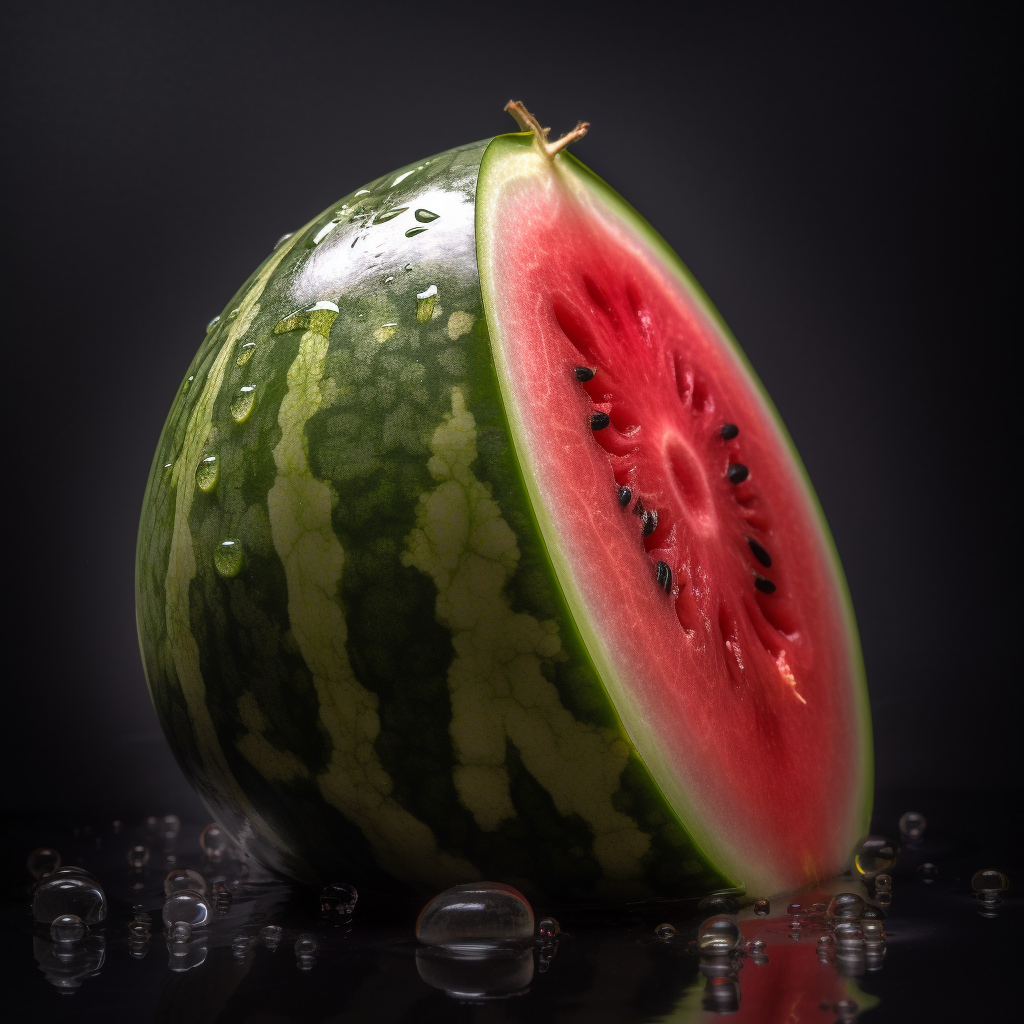
Watermelon
Ankle-brachial index (ABI) and ankle blood pressure (BP) are associated with increased carotid wave reflection (augmentation index, AIx). Oral L-citrulline and L-arginine from synthetic or watermelon sources have reduced brachial BP, aortic BP, and aortic AIx. A directly measured carotid AIx (cAIx) rather than aortic AIx has been proposed as a better measurement of central AIx. We evaluated the effects of watermelon extract on ankle BP and cAIx in individuals with normal ABI and prehypertension or stage 1 hypertension.
This study shows that watermelon extract supplementation reduces ankle BP, brachial BP, and carotid wave reflection in obese middle-aged adults with prehypertension or stage 1 hypertension and normal ABI, which may reflect improved arterial function.
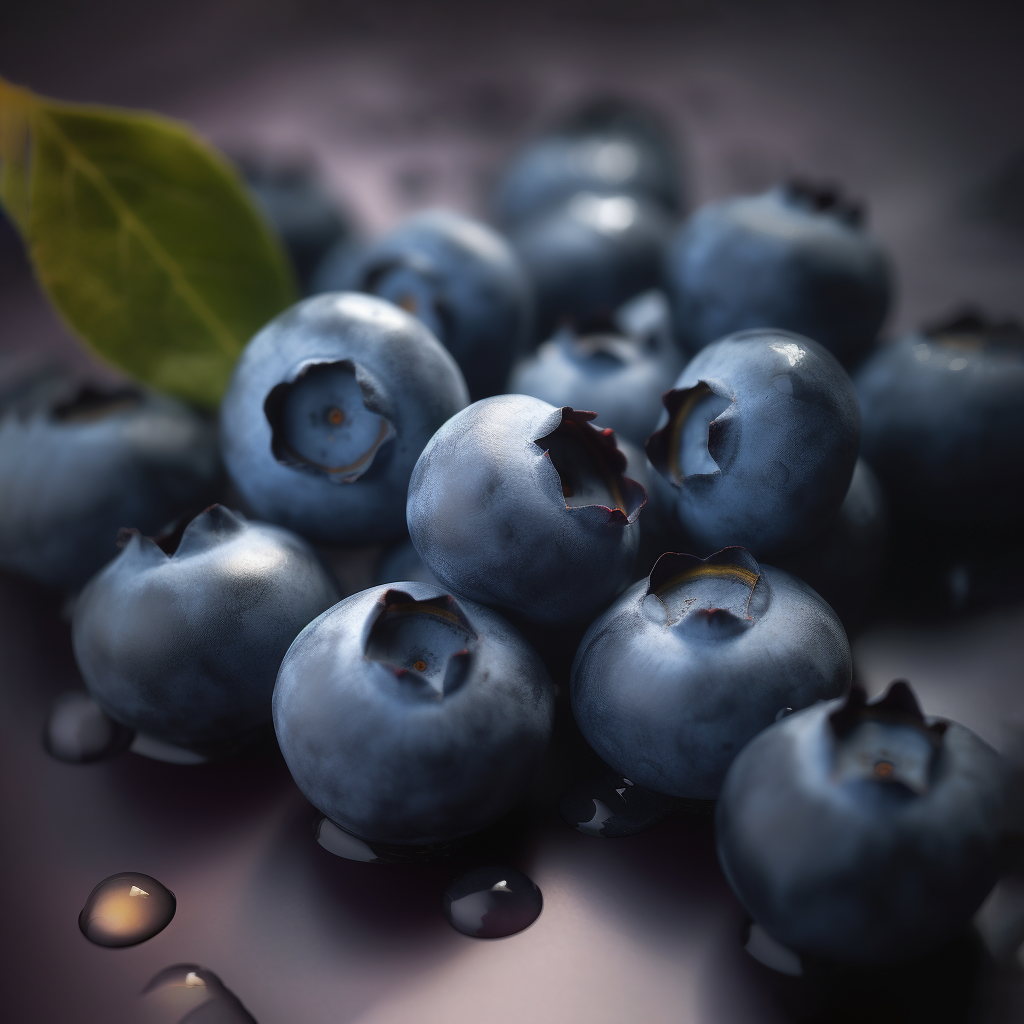
Wild Blueberries
Low-grade metabolic inflammation and hypertension are primary mechanisms involved in obesity -associated adverse health effects . Berries, especially Nordic wild blueberries (hereafter referred to as bilberries), represent an important source of dietary anthocyanins, a group of polyphenols with potential beneficial effects to combat obesity -associated metabolic disturbances.
Bilberries reduce the development of systemic inflammation and prevent the progression of chronic hypertension , thus supporting their potential role in alleviating the adverse health effects associated with developing obesity .
Yimai Jiangya Extract
To observe the effect of Yimai Jiangya extract (YMJYE) on platelet alpha-granule membrane protein (GMP-140), tissue-type plasminogen activator (t-PA) and its inhibitor (PAI), angiotensin II (AngII) in aged patients with essential hypertension (EH) of stage 2 caused by Qi deficiency and blood stasis.
In the aged patients, GMP-140, PAI and AngII were increased, t-PA reduced. The effects of YMJYE in inhibiting platelet activation and improving fibrinolytic activity were better than that of captopril. These findings indicated that the mechanisms of inhibiting platelet activation and improving fibrinolytic activity and lowering blood pressure of YMJYE were correlated with decreasing the levels of AngII, but other mechanisms may also exist.
Zygophyllum Album
This study aimed to investigate the mechanism of the potential protective effects of Zygophyllum album roots extract (ZARE) against myocardial damage and fibrosis induced by a chronic exposure to deltamethrin (DLM) in rats.
ZARE ameliorated the severity of DLM-induced myocardial injuries through improving the oxidative status and reducing profibrotic cytokines production. The ZARE actions could be mediated by downregulation of NF-κB mRNA.
| Size | 50g, 100g, 200g, 300g |
|---|

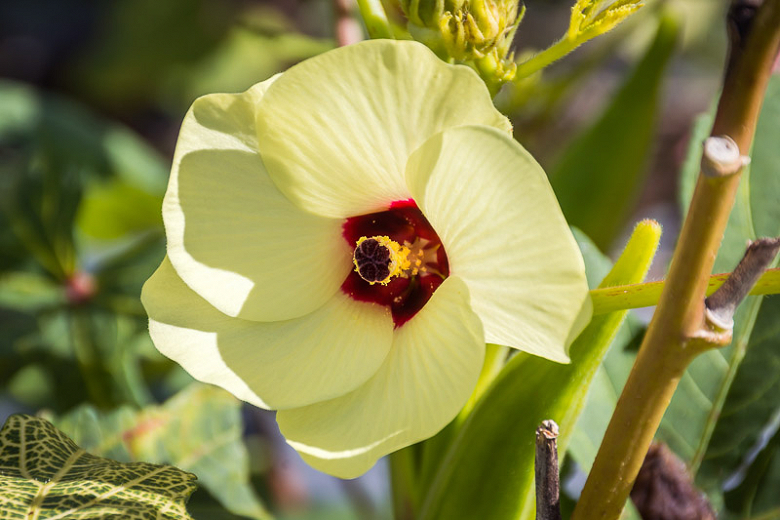

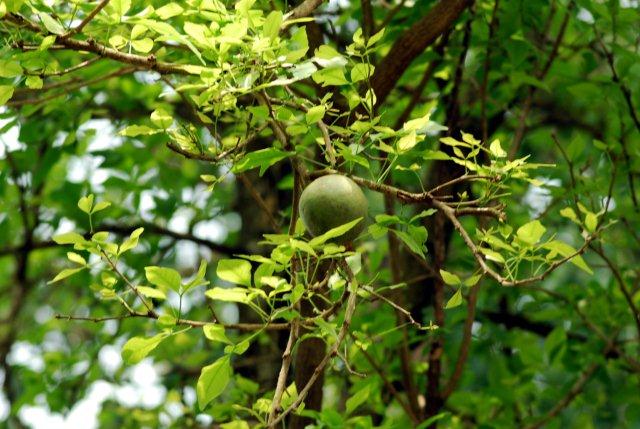
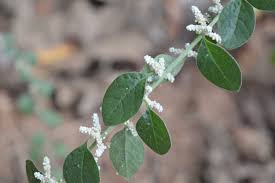
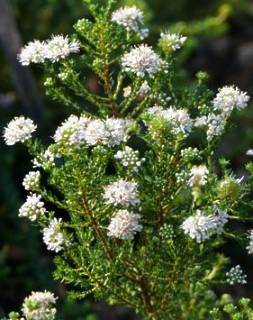
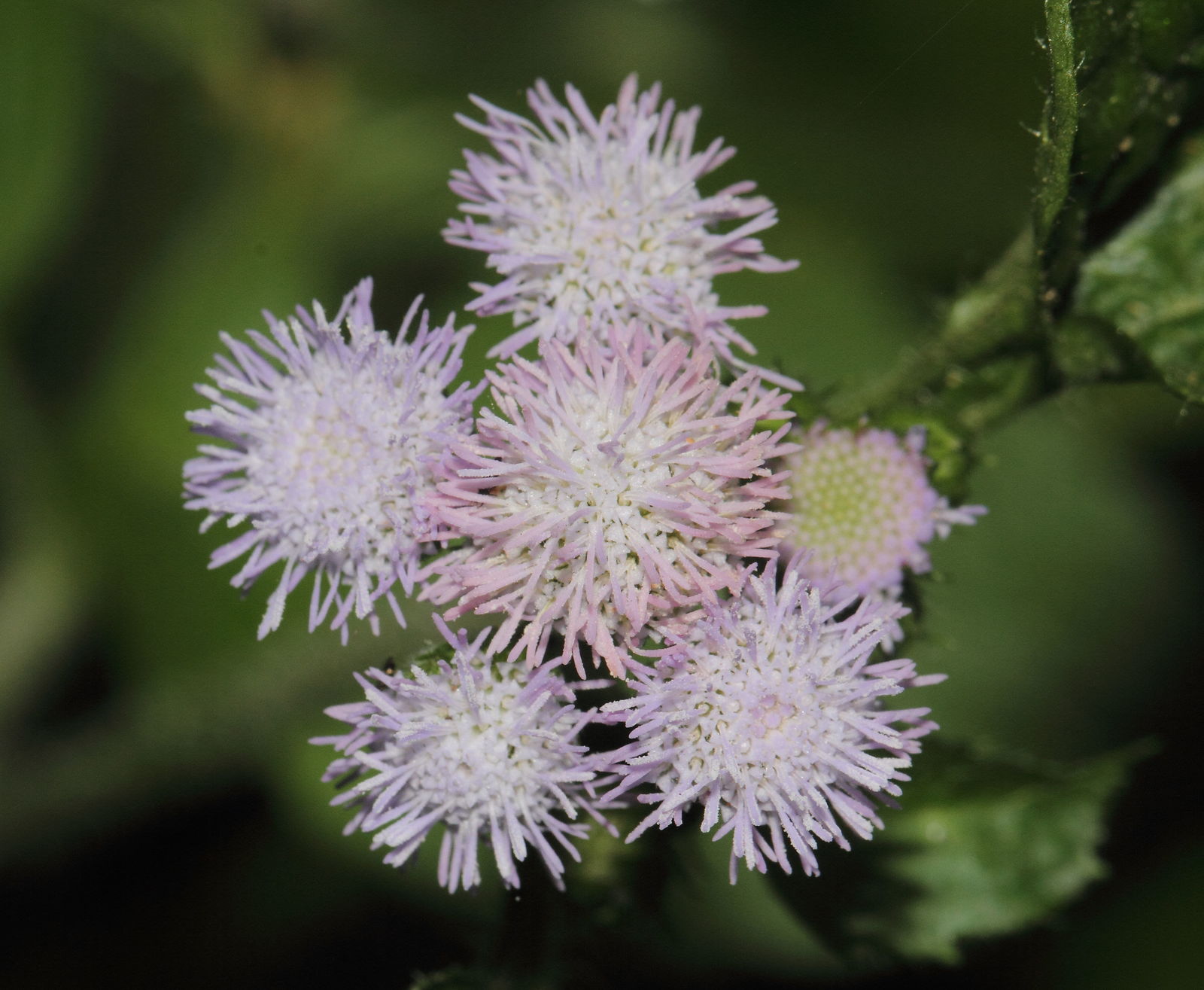
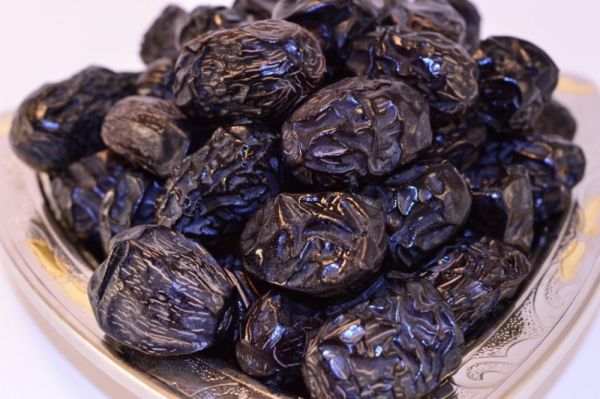
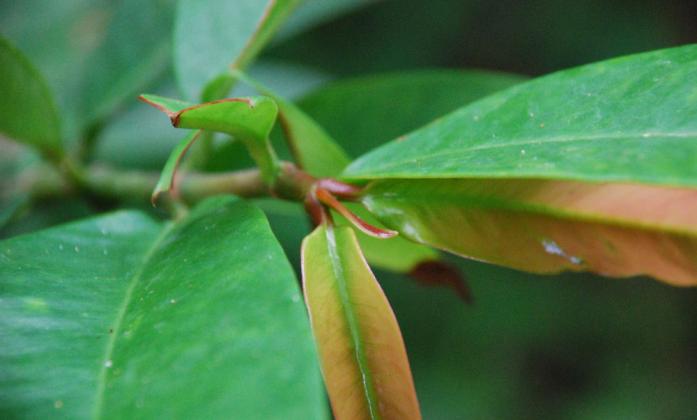

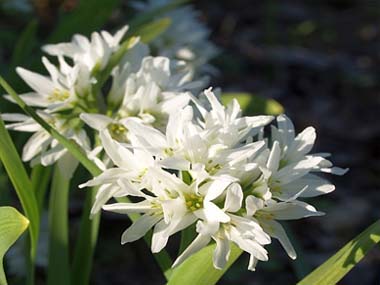

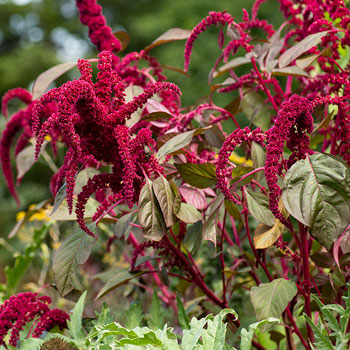
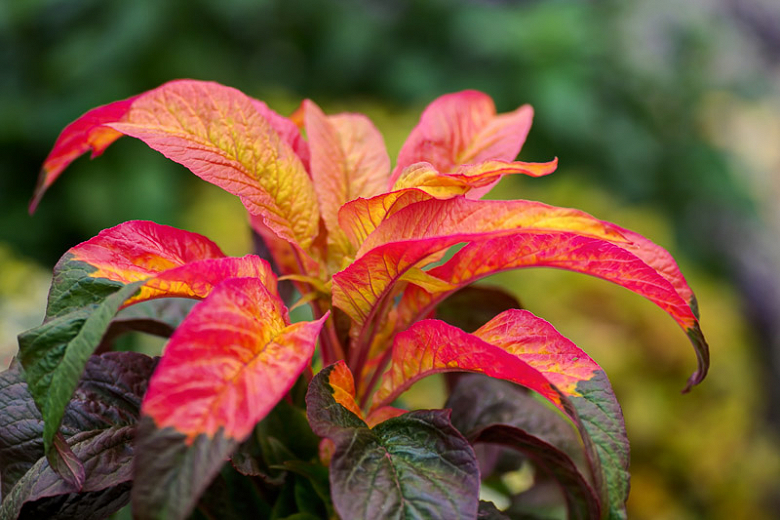
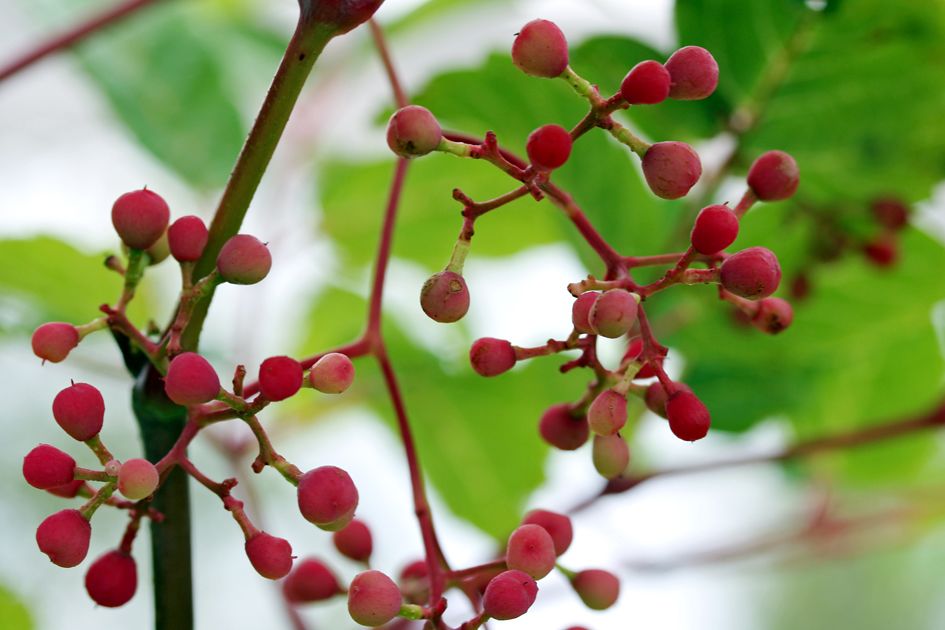
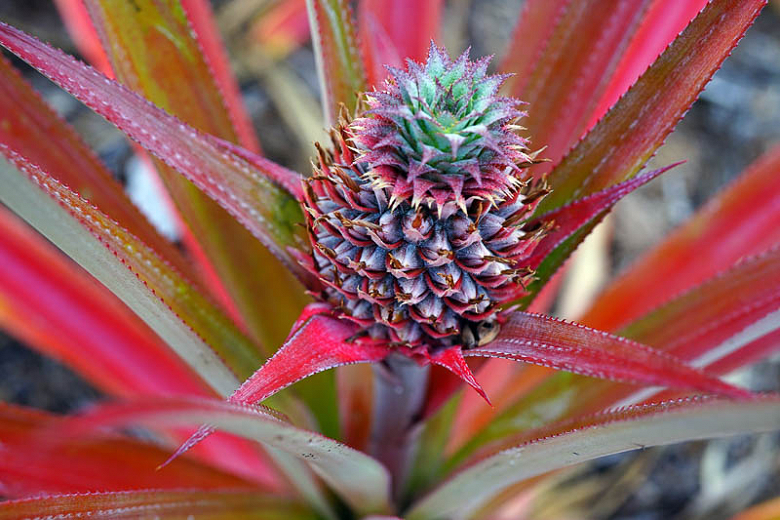
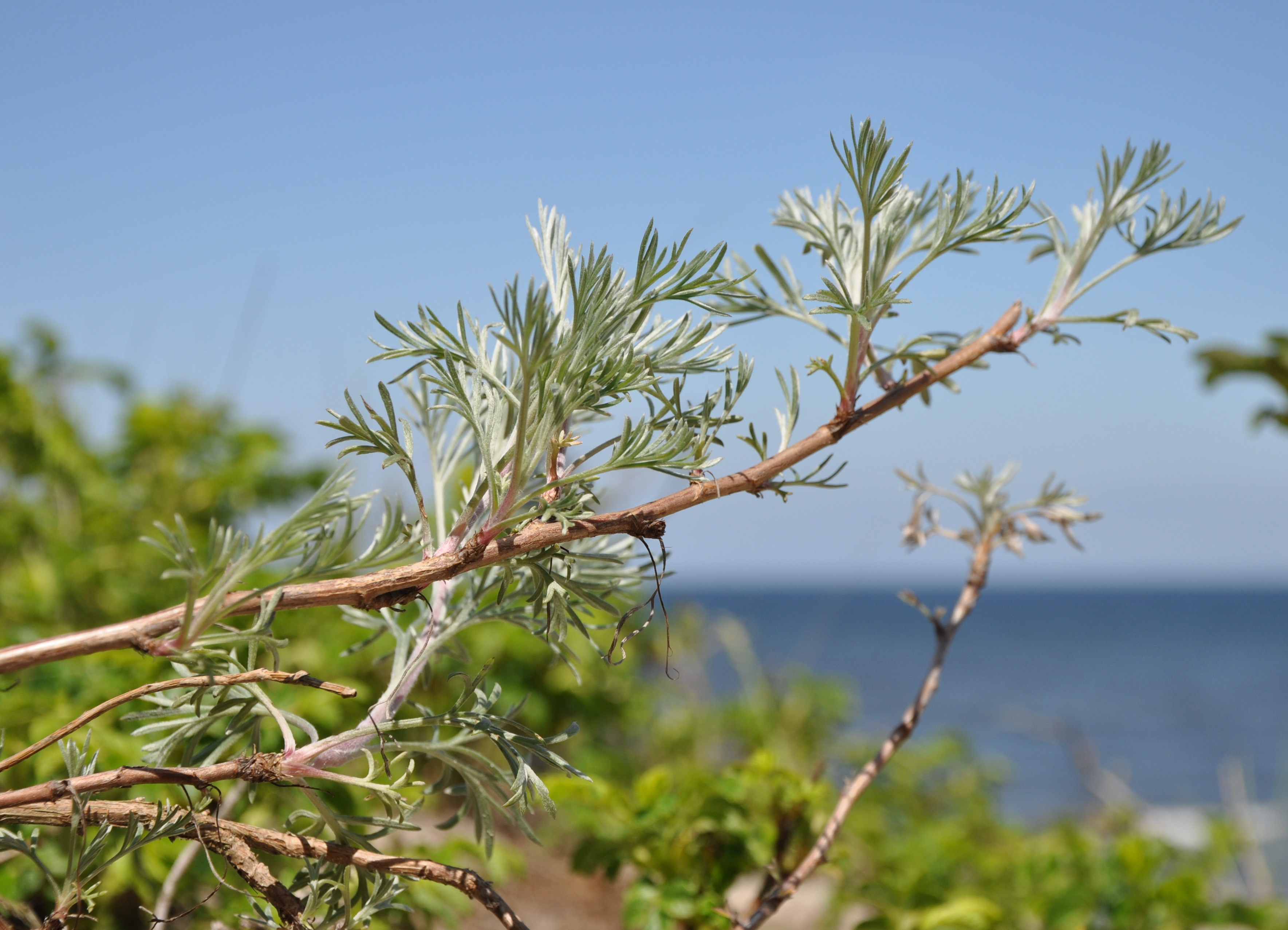

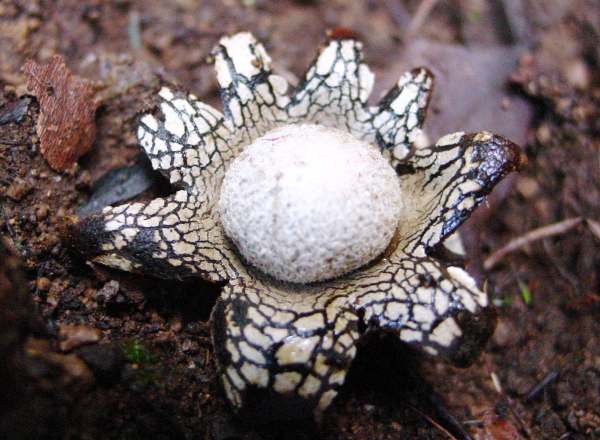
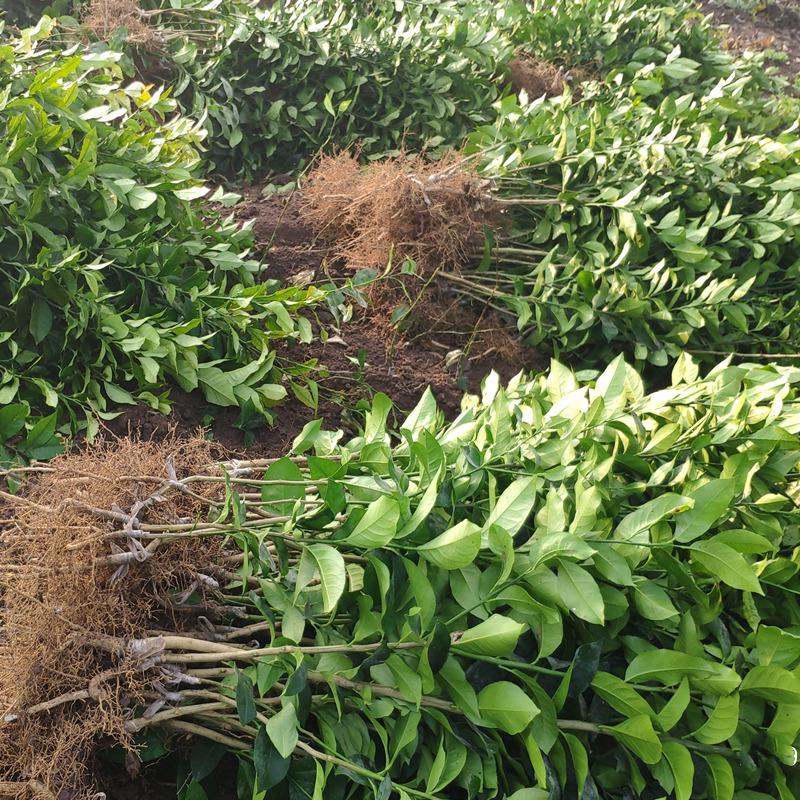
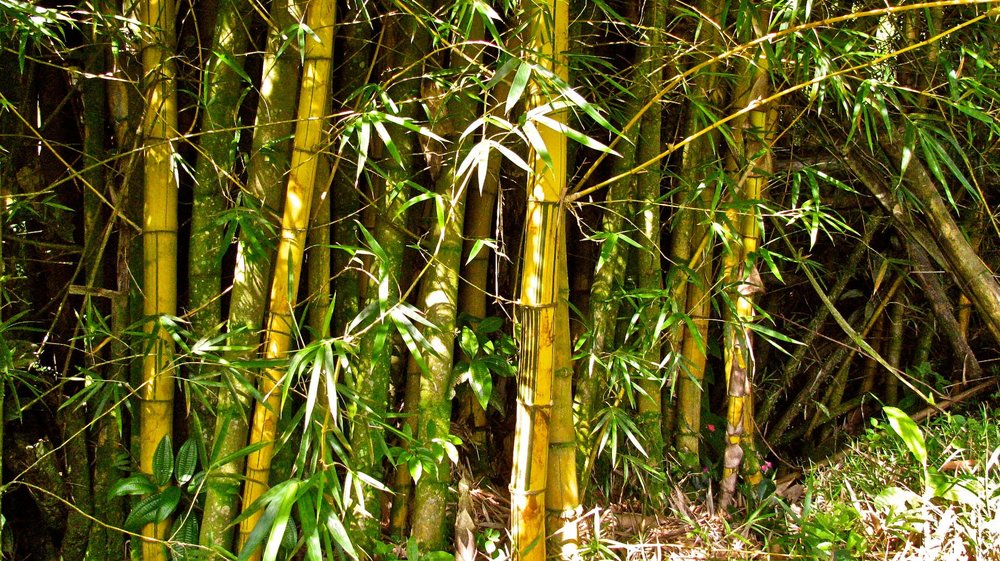

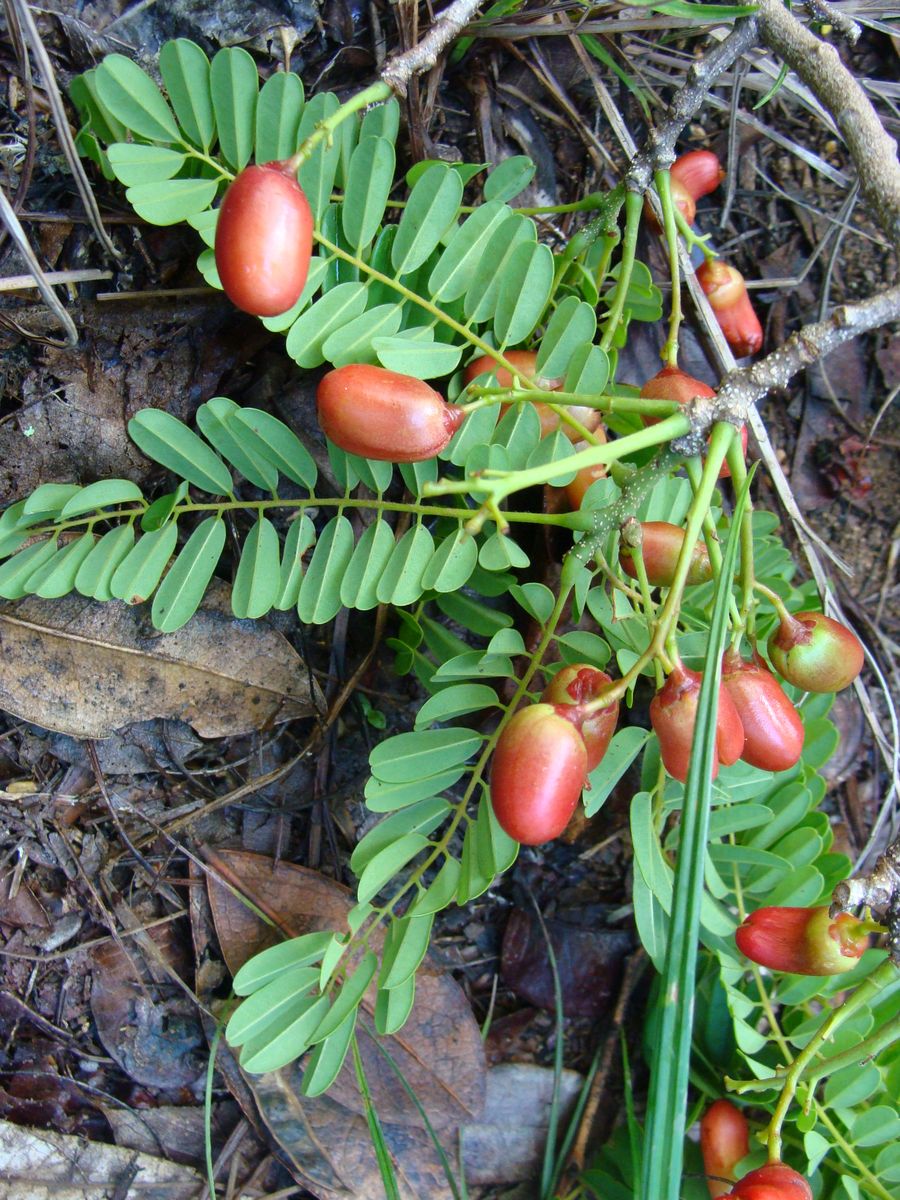
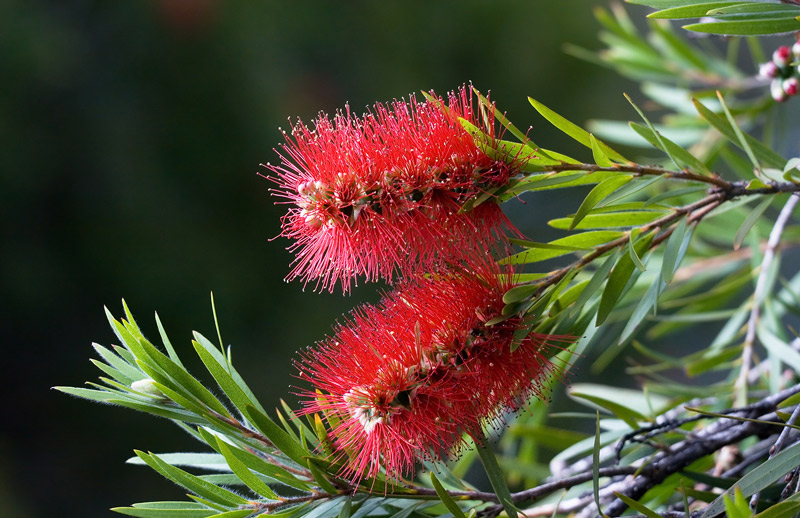
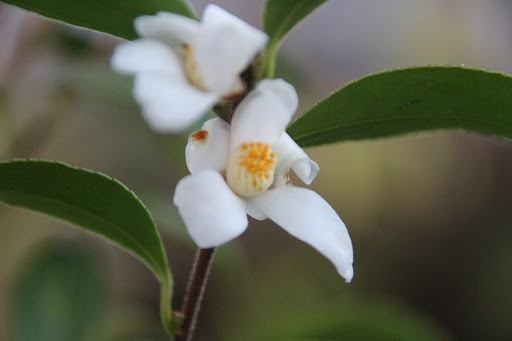
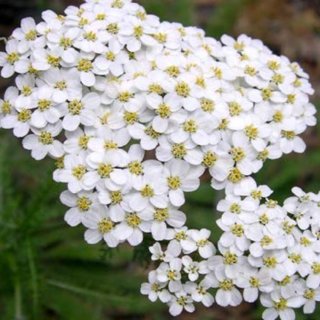
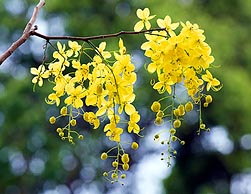
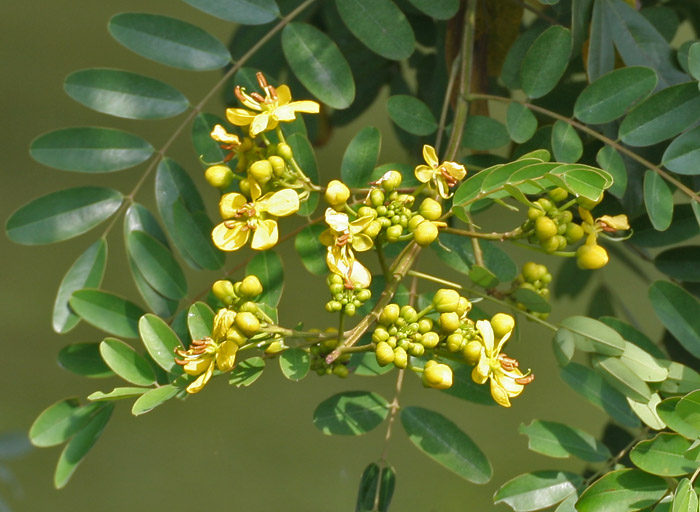
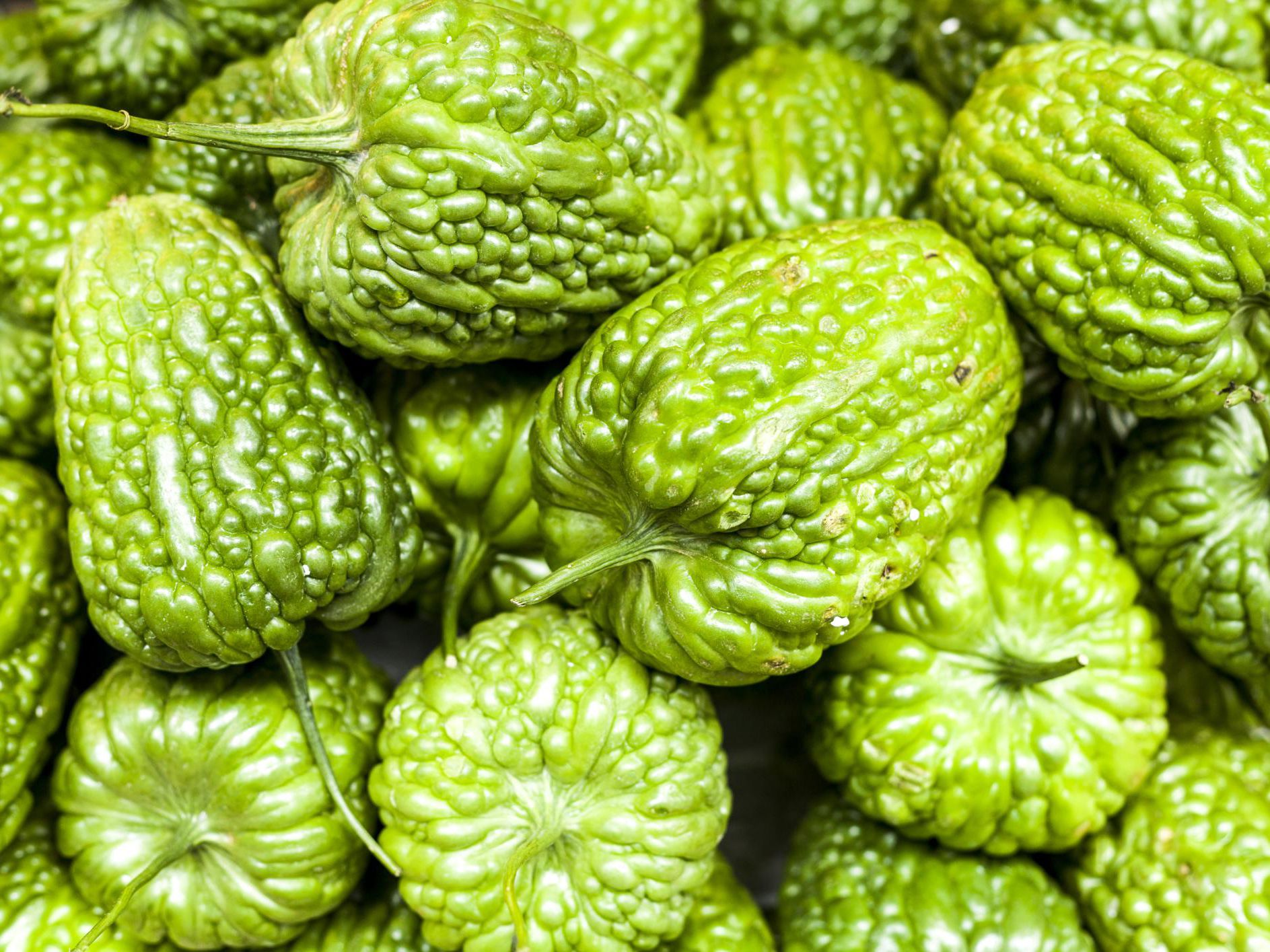
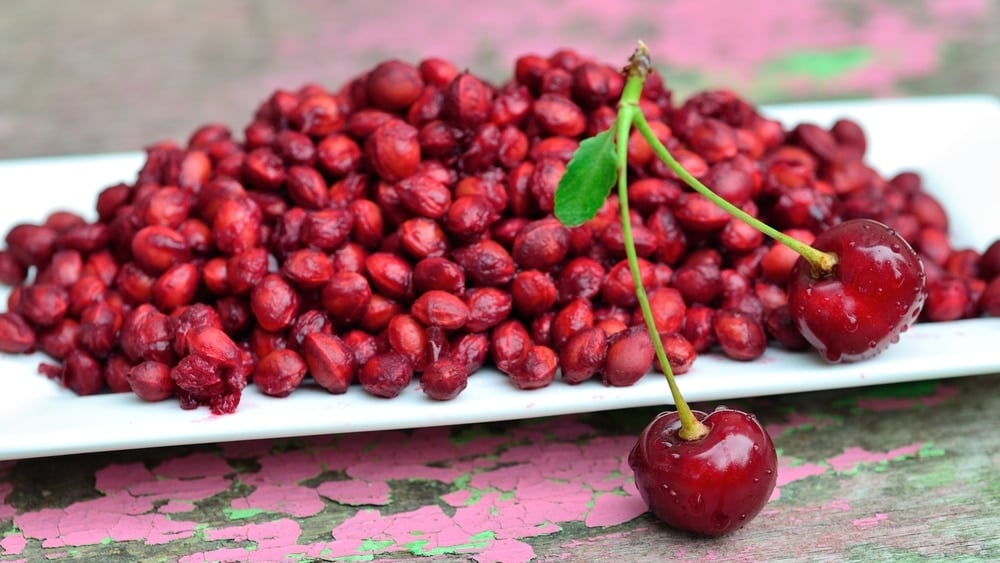
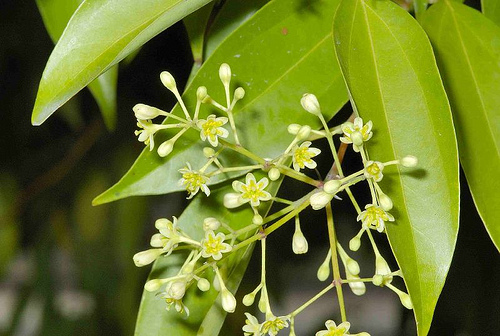


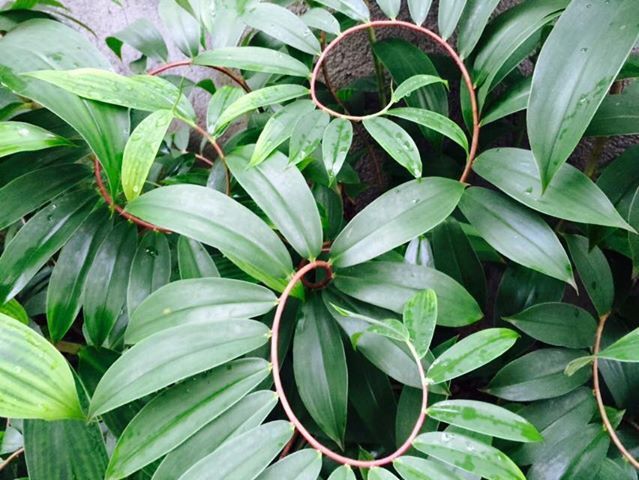


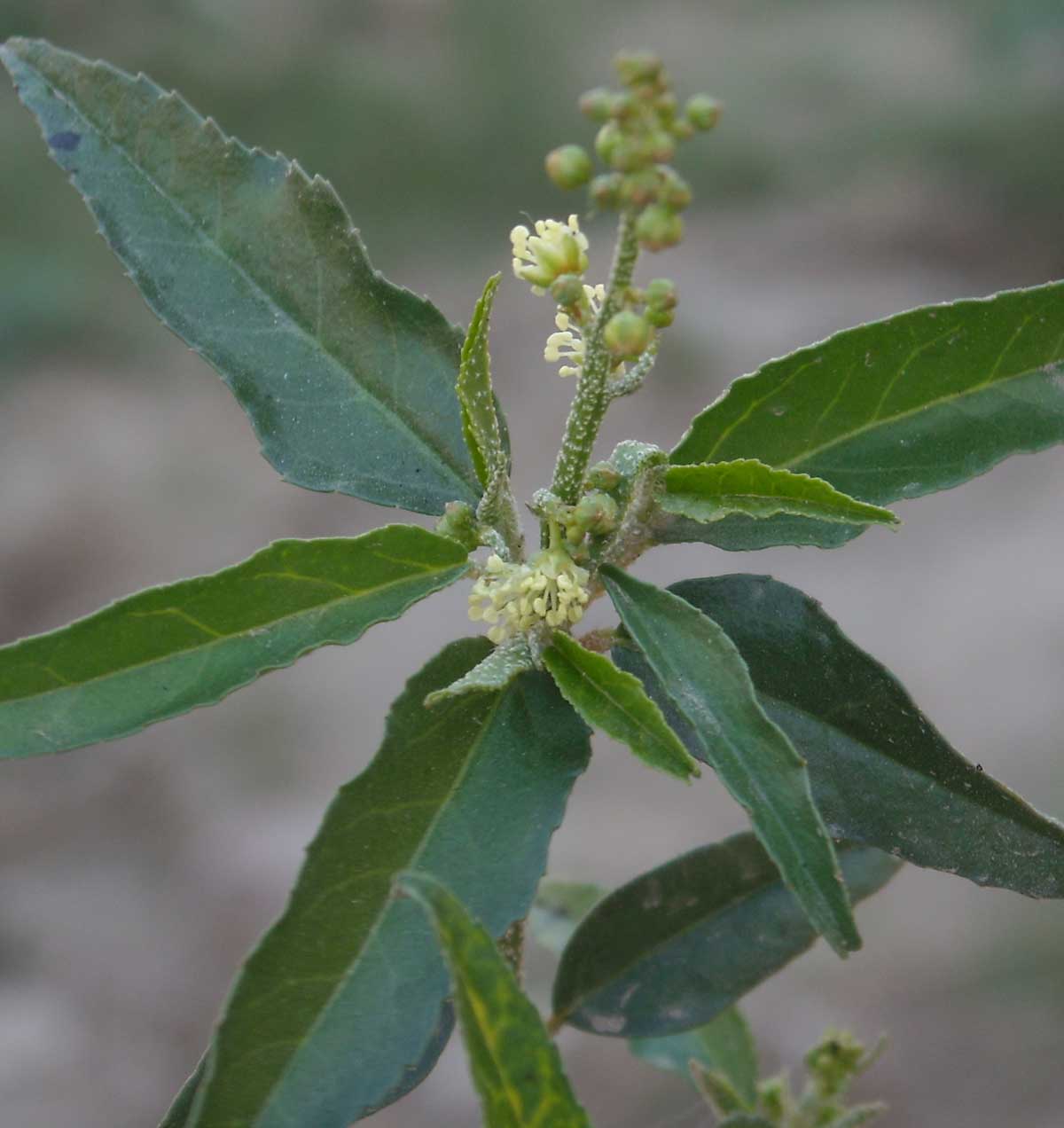
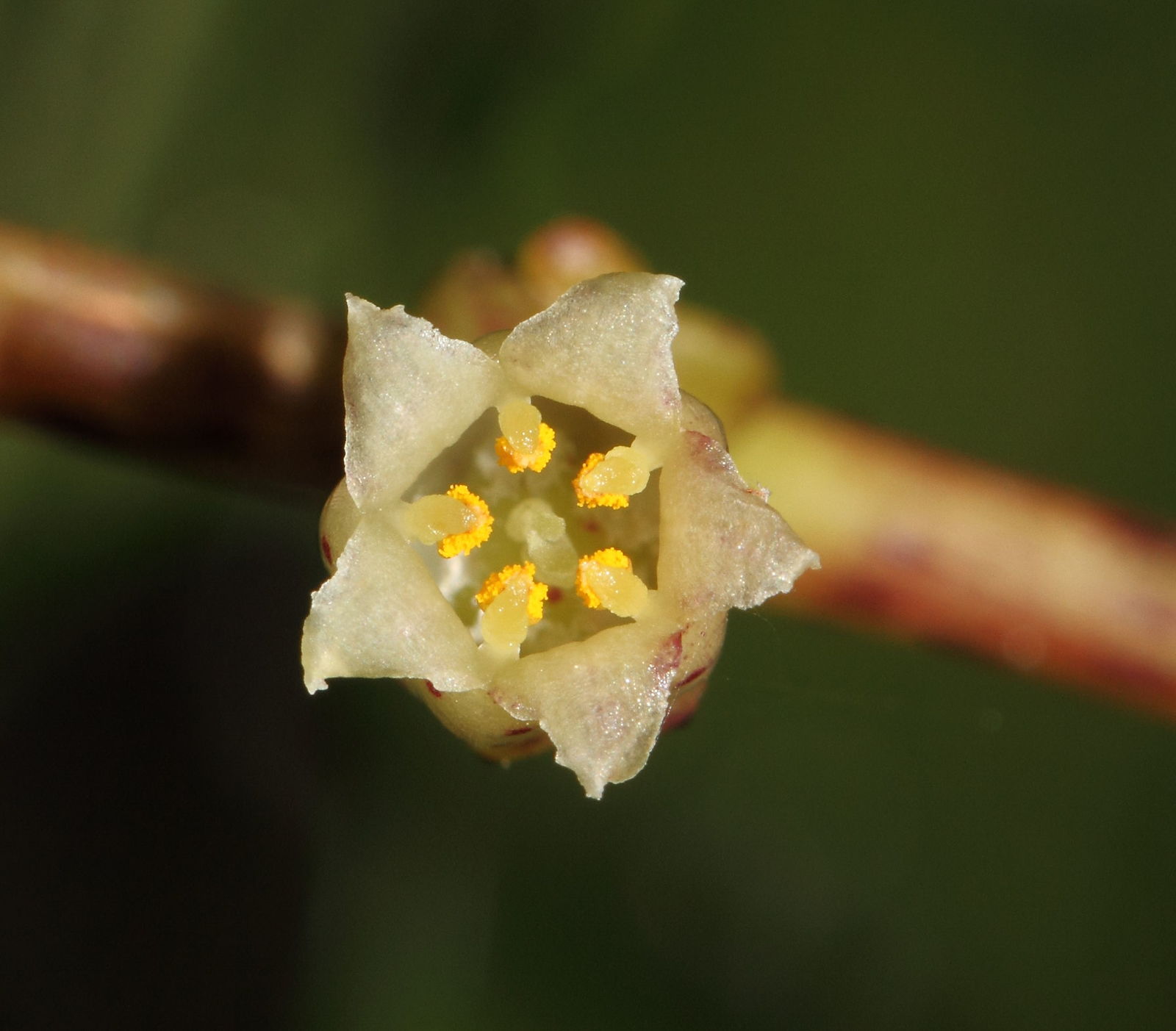
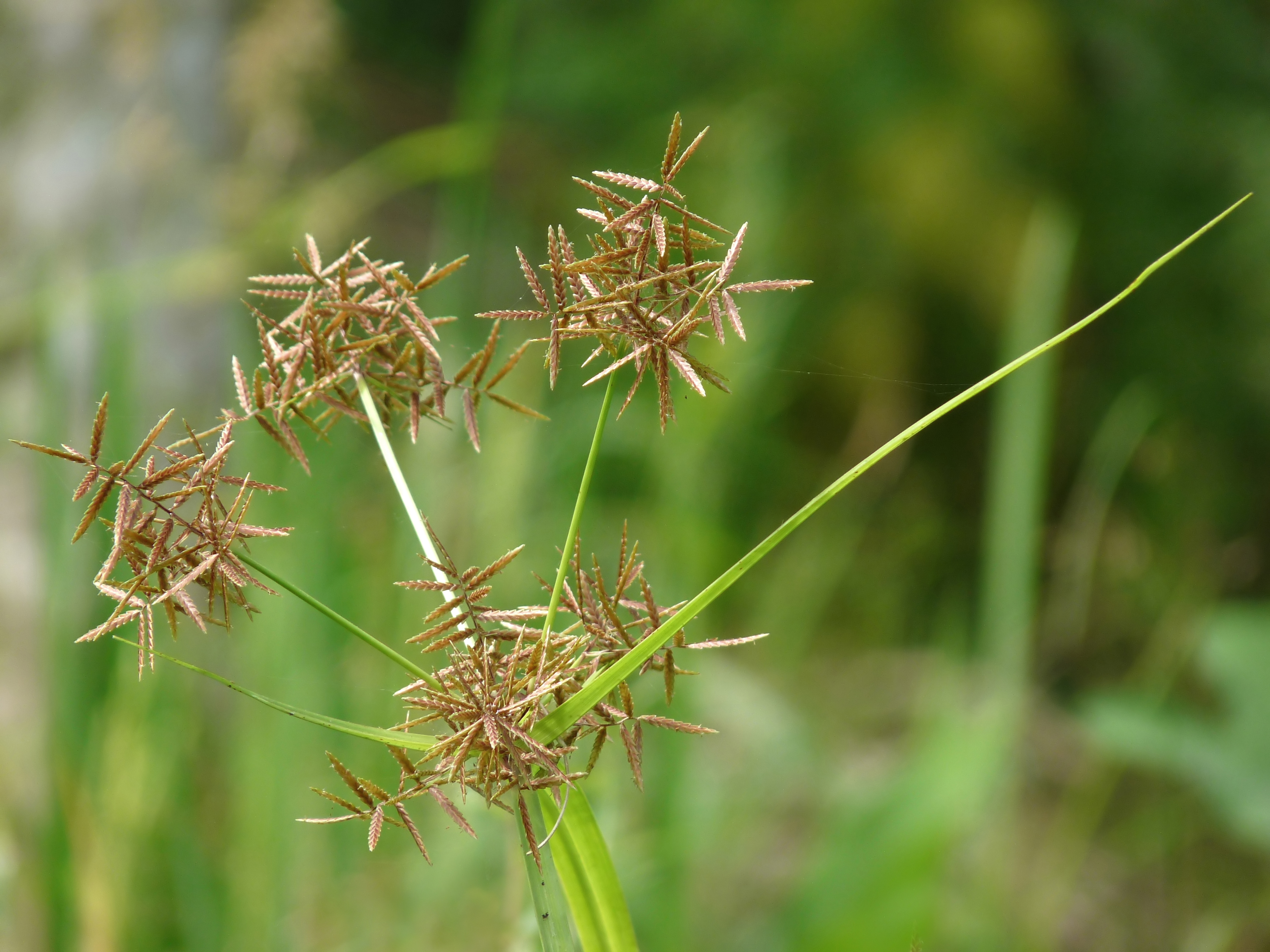
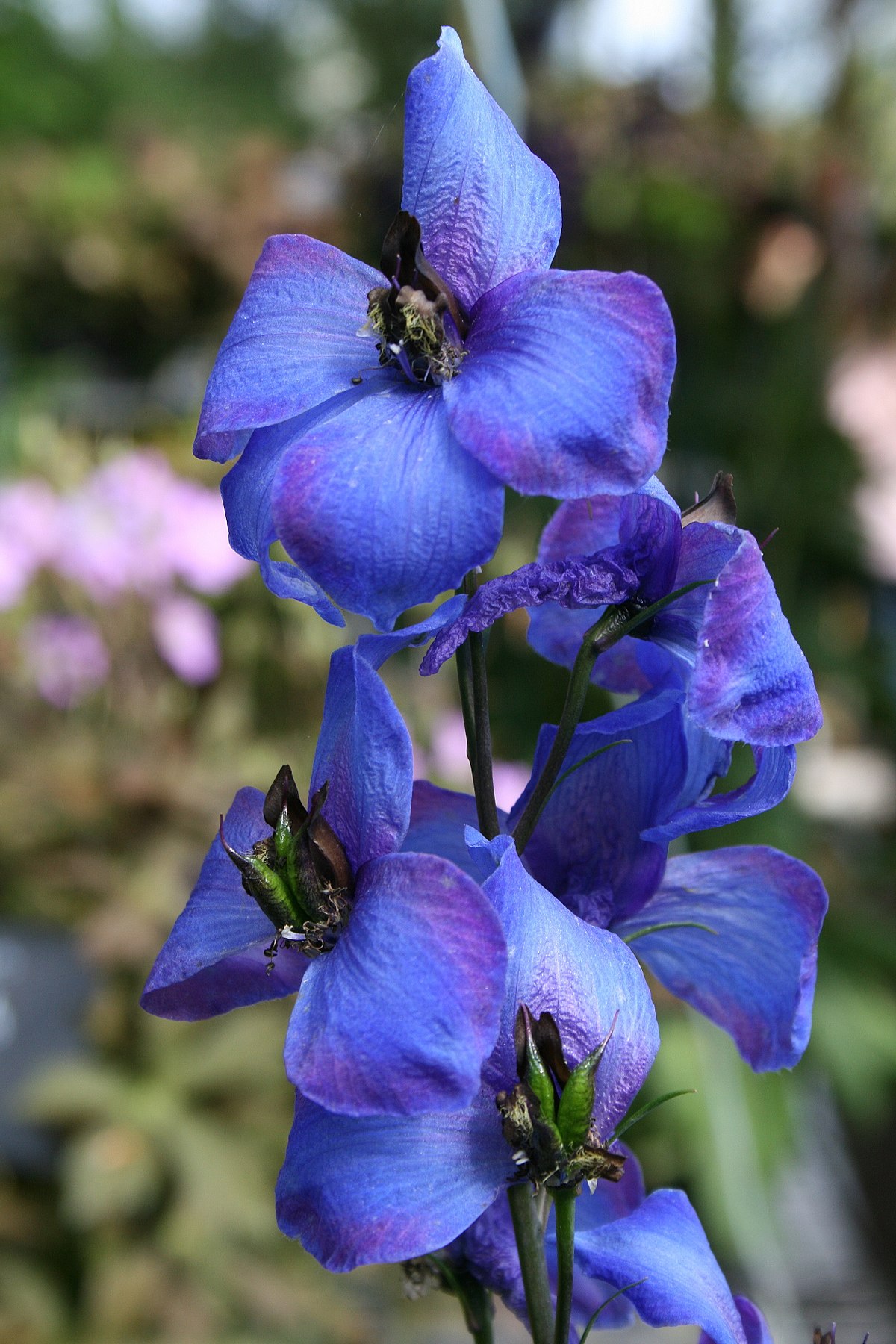
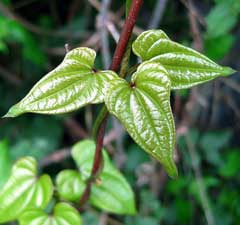
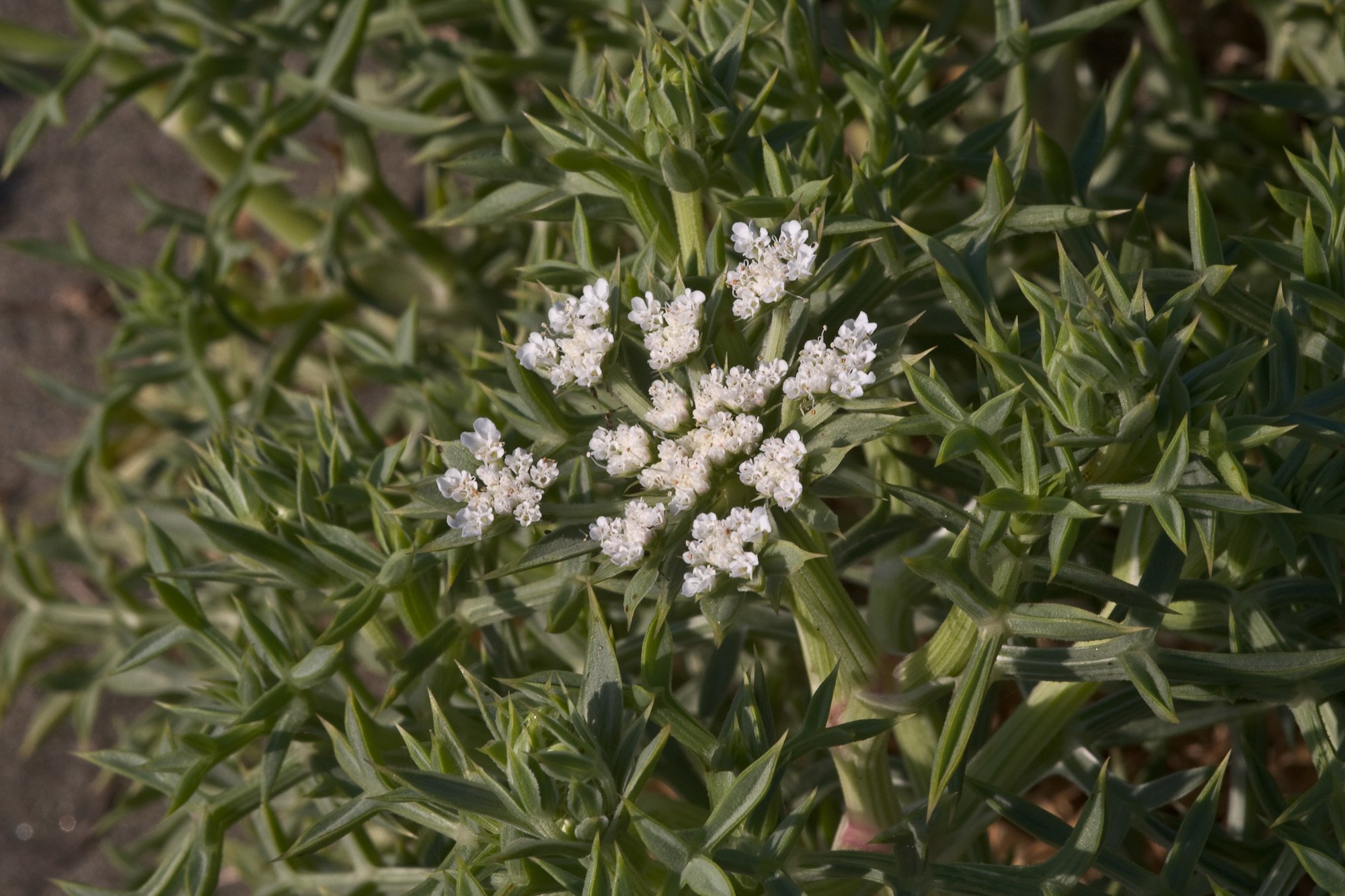
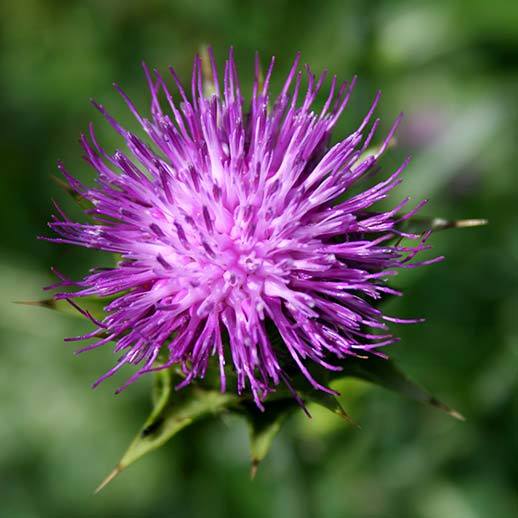
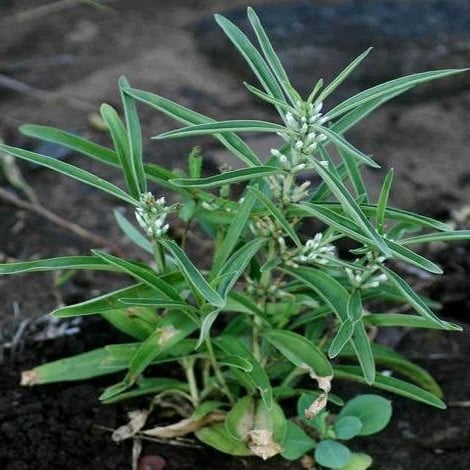
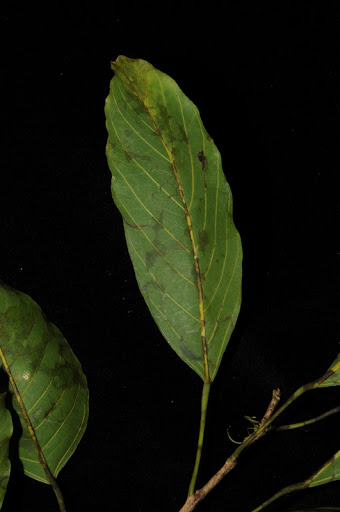
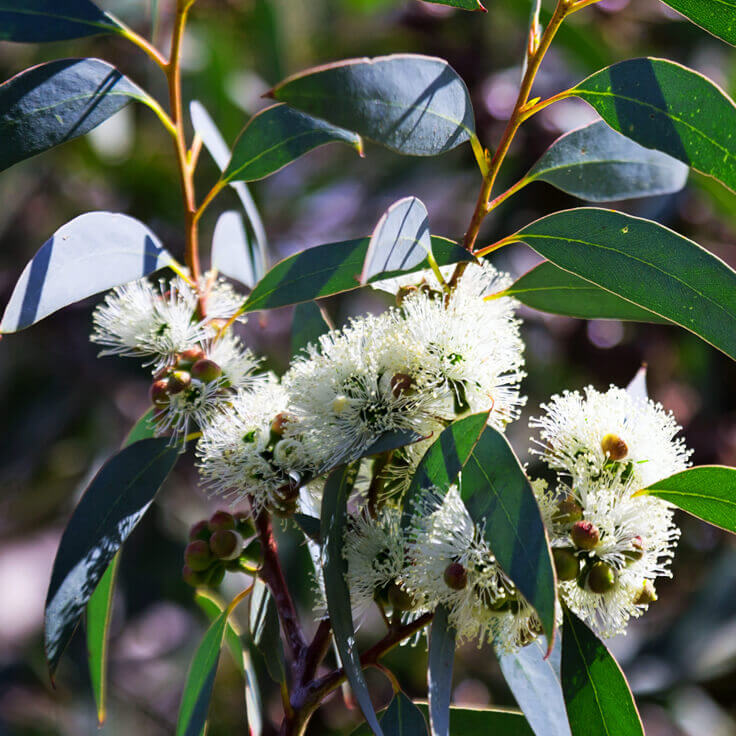

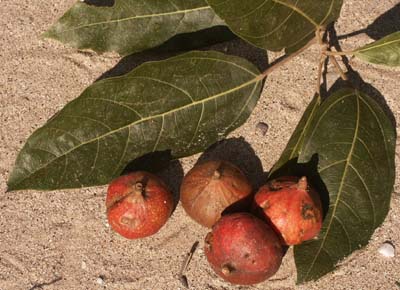
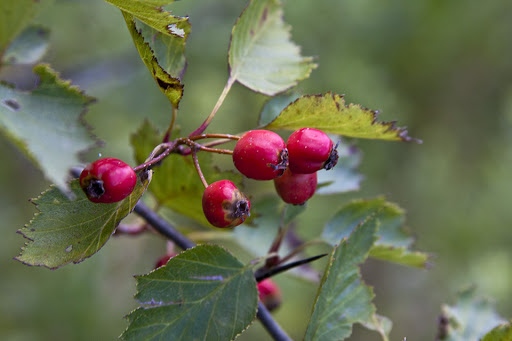

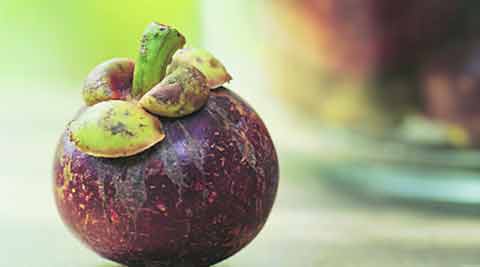
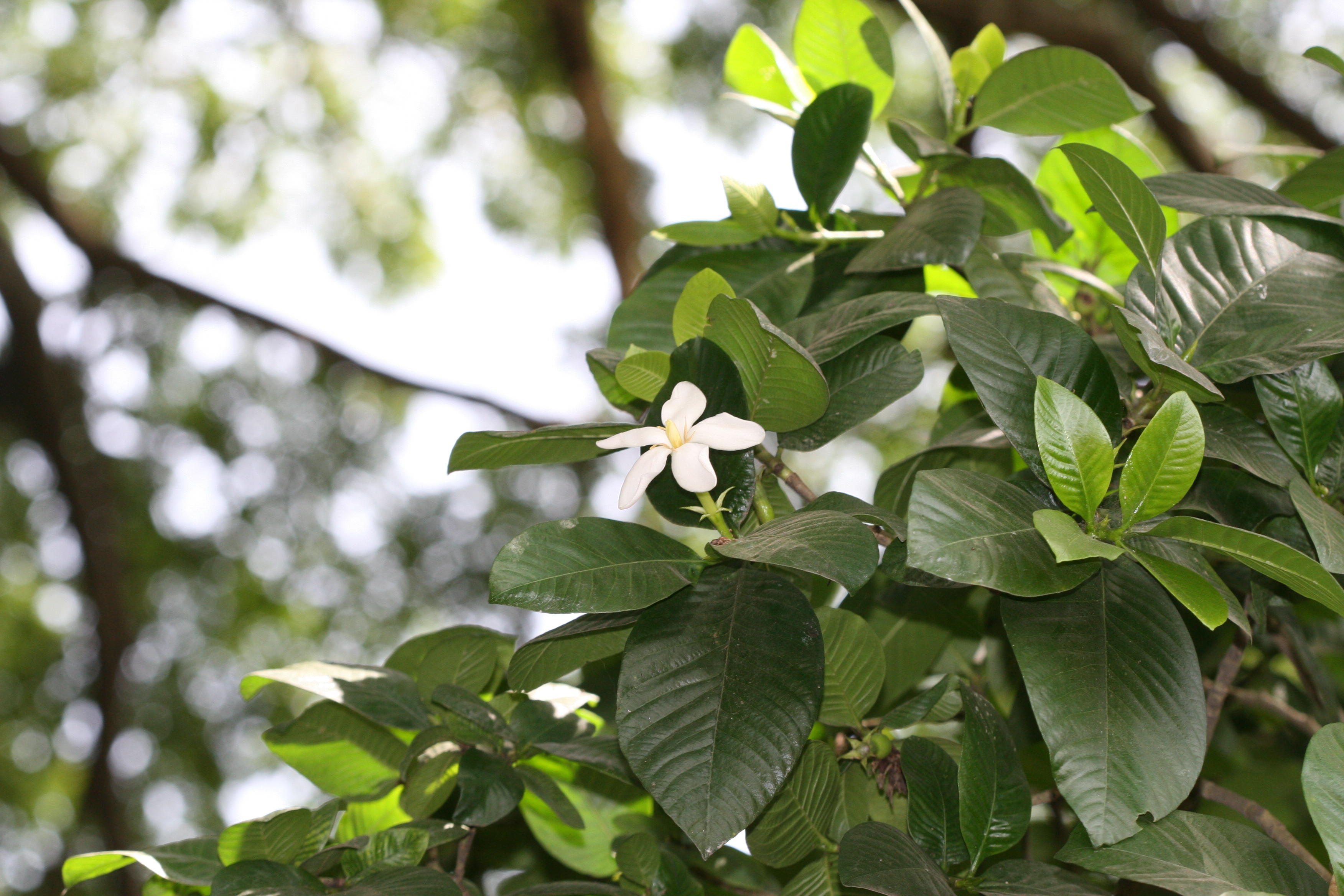
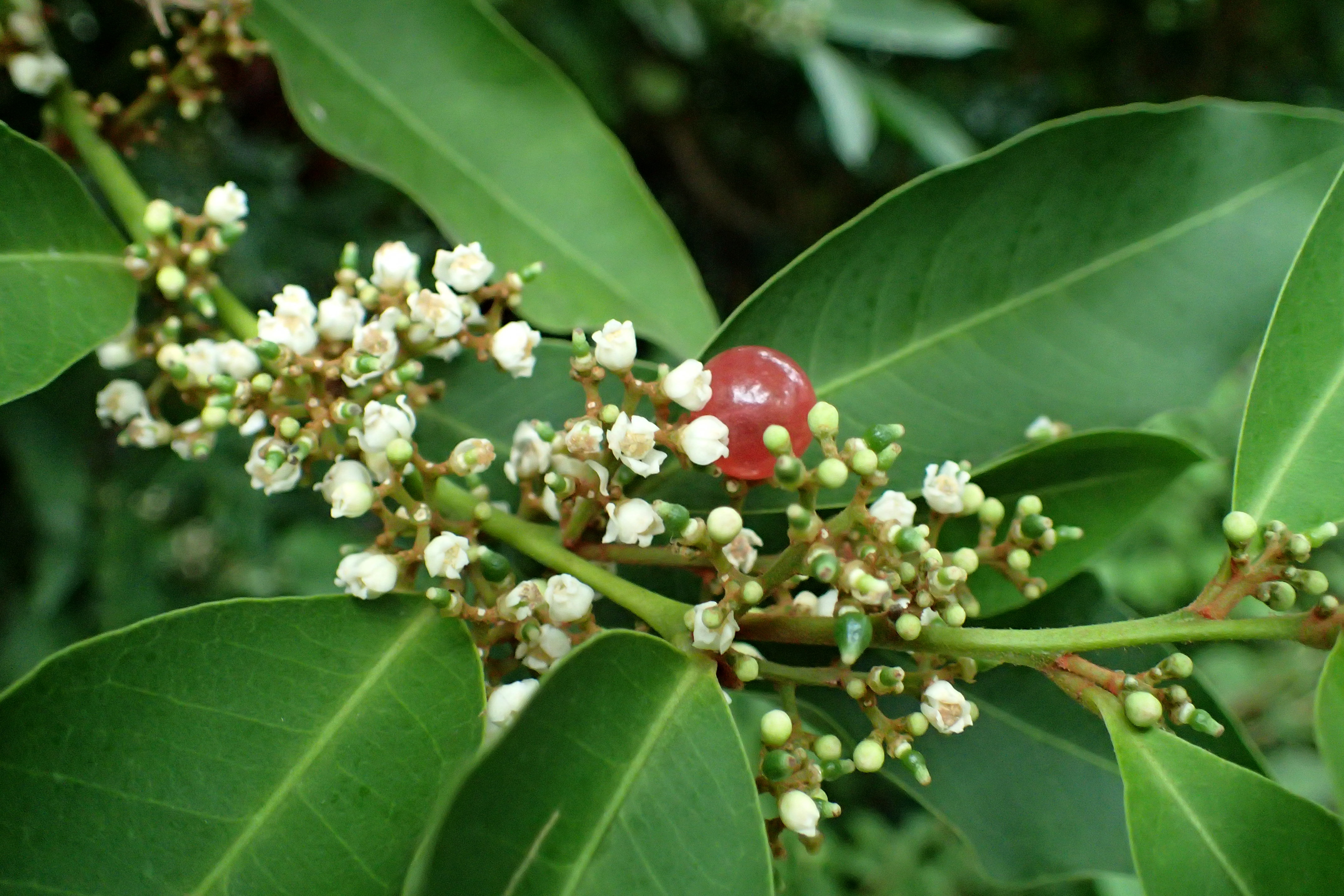
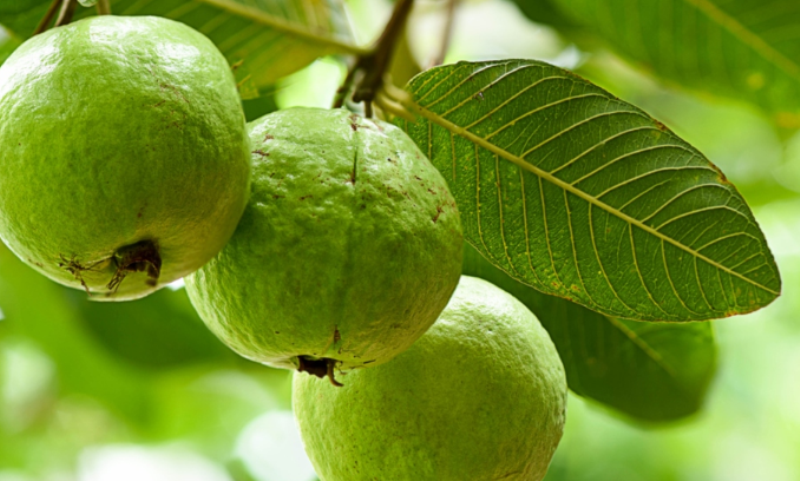
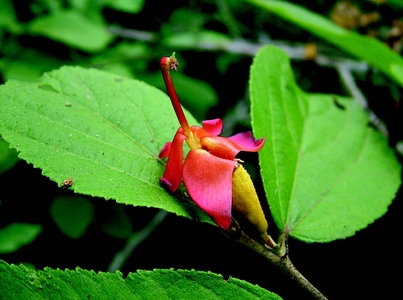
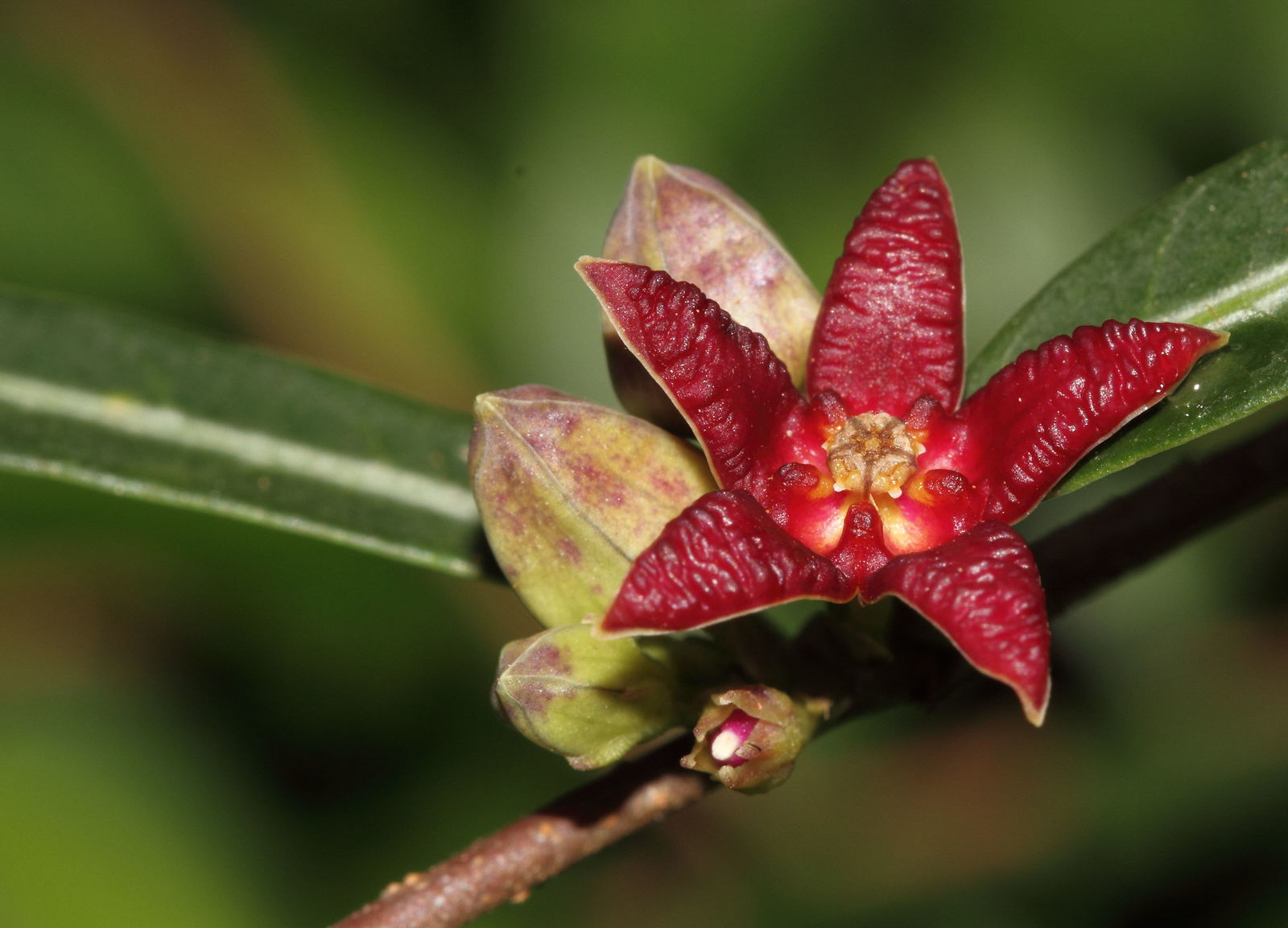
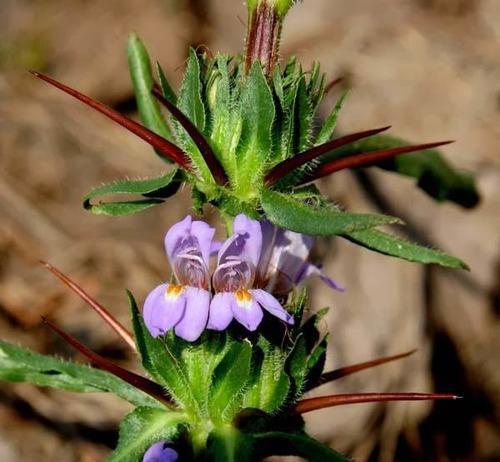
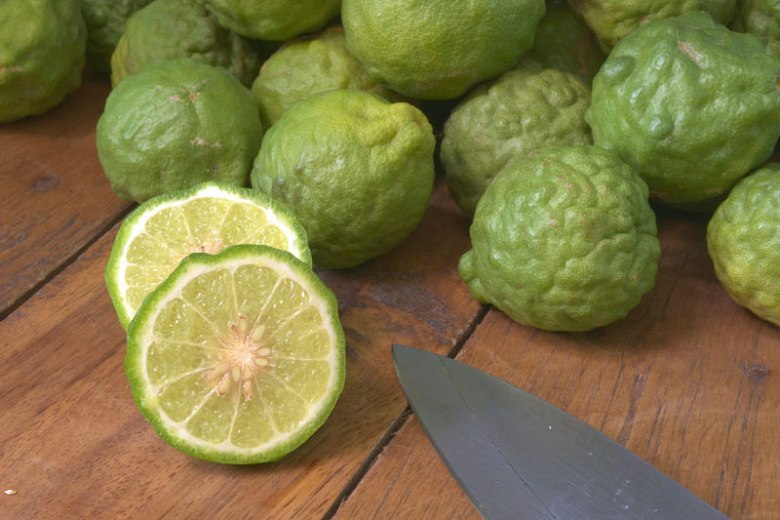
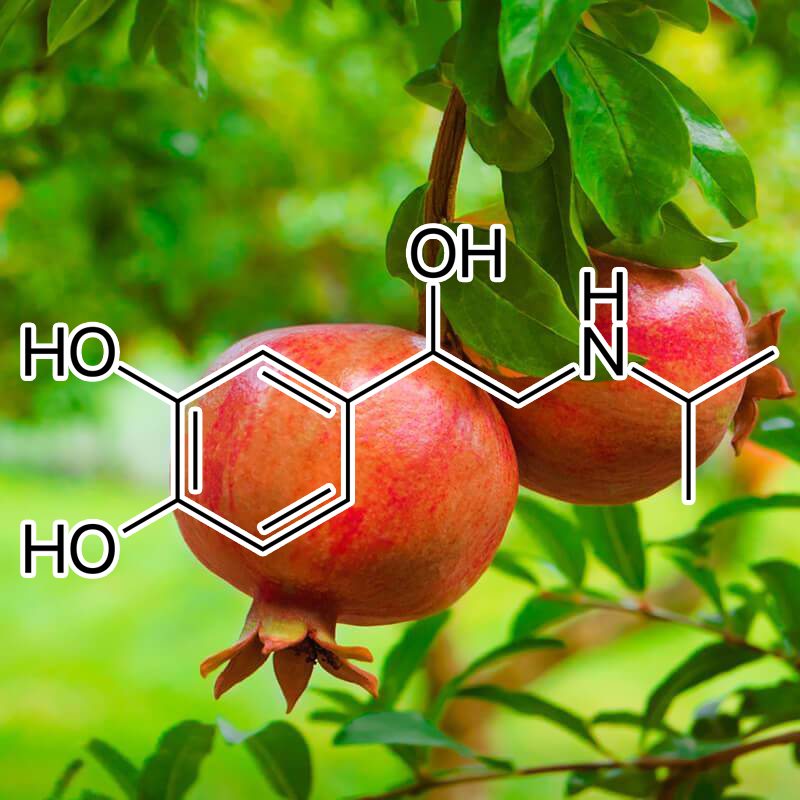




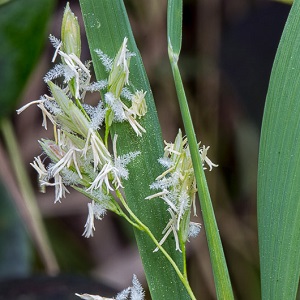
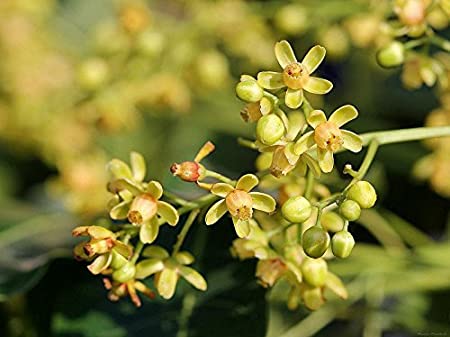
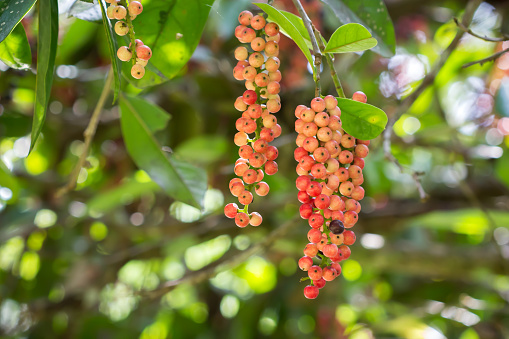
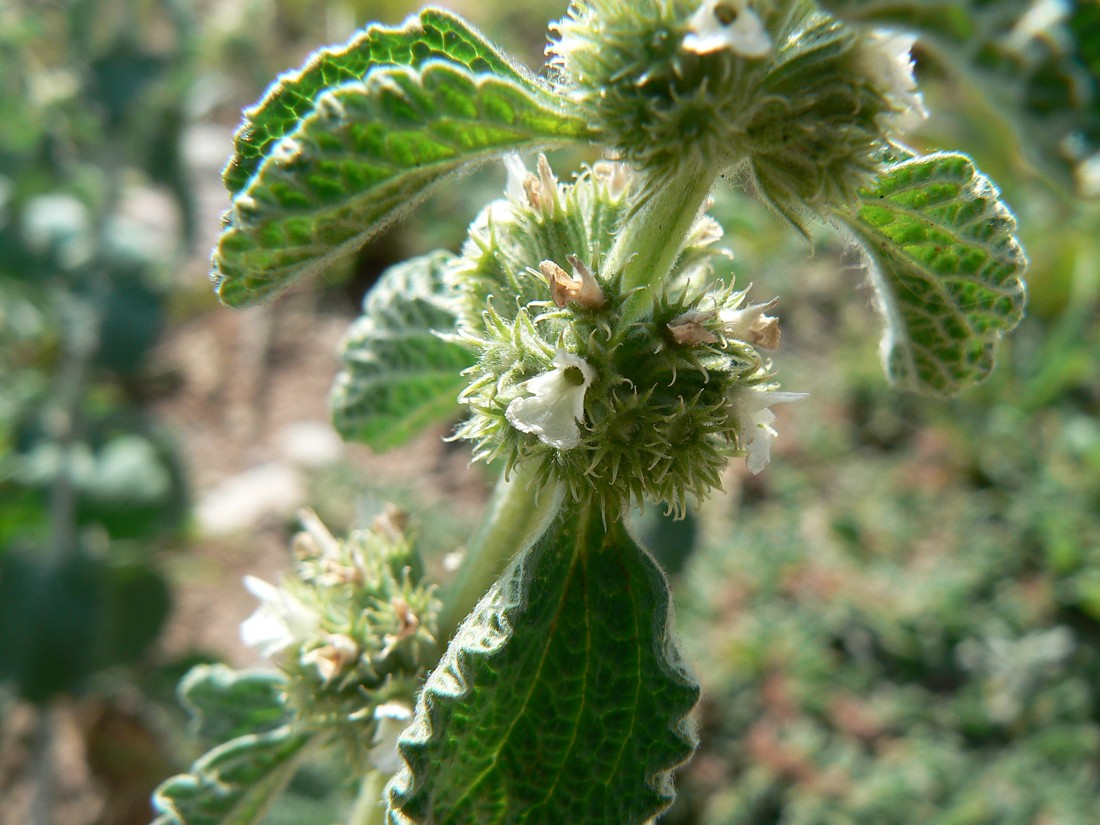
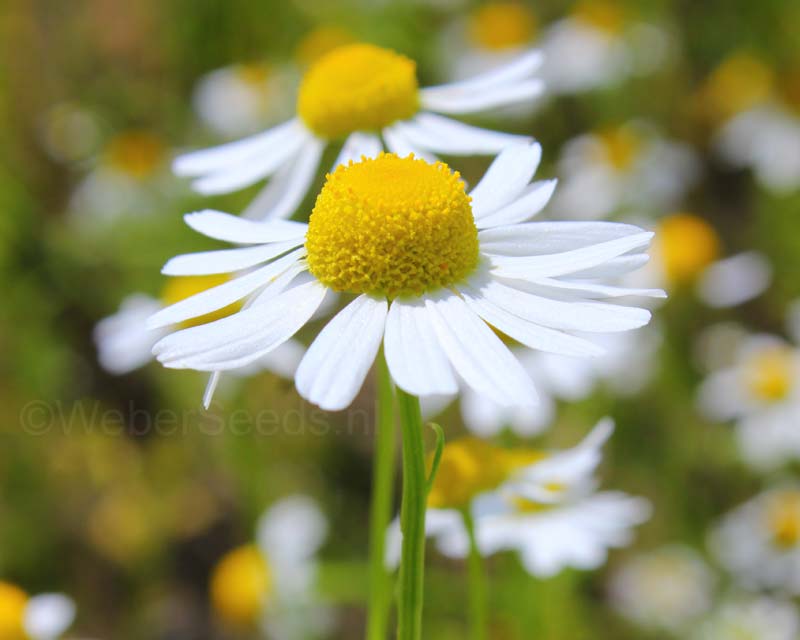

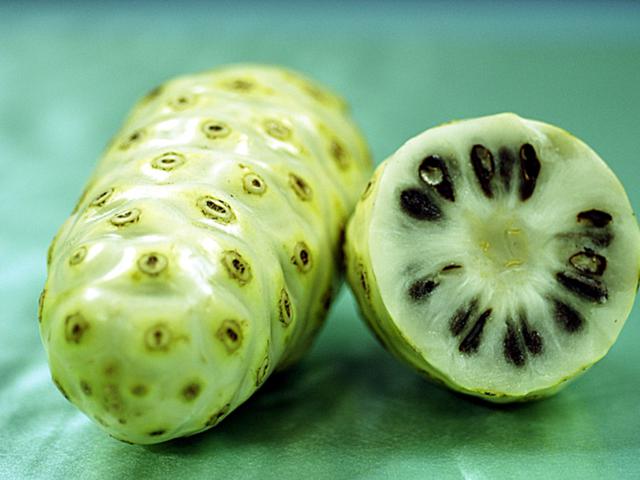
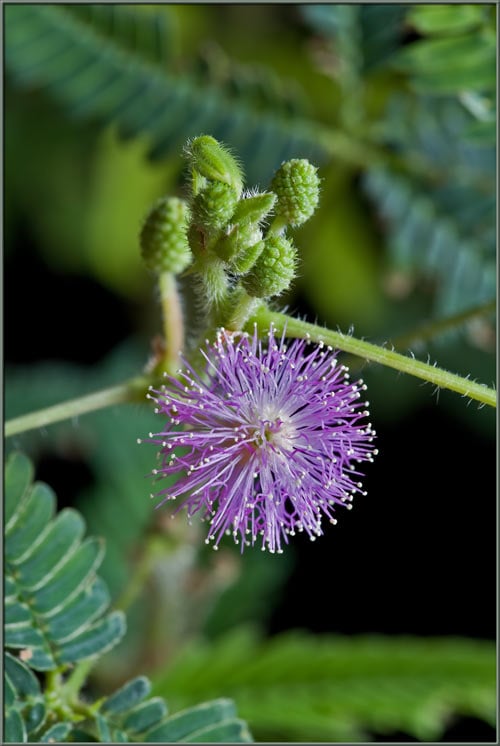
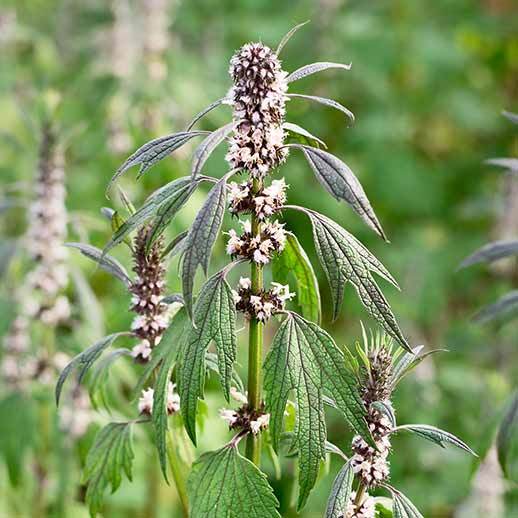
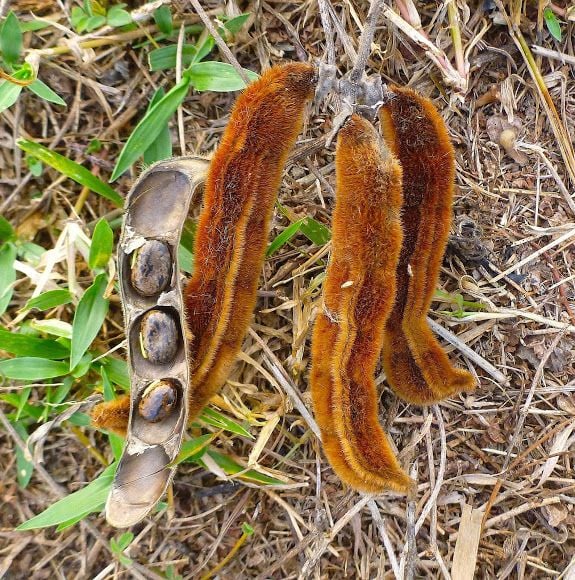
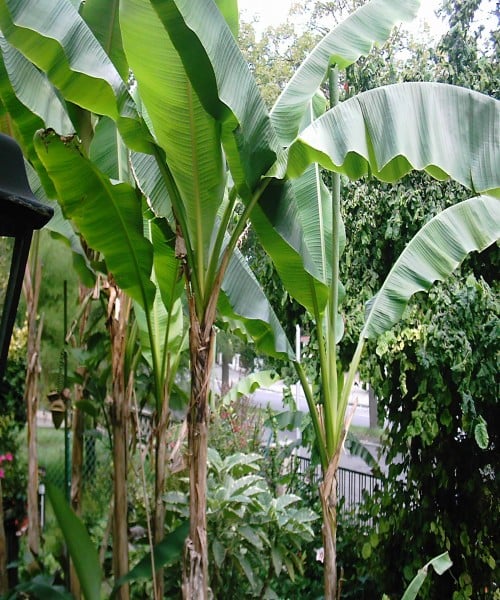
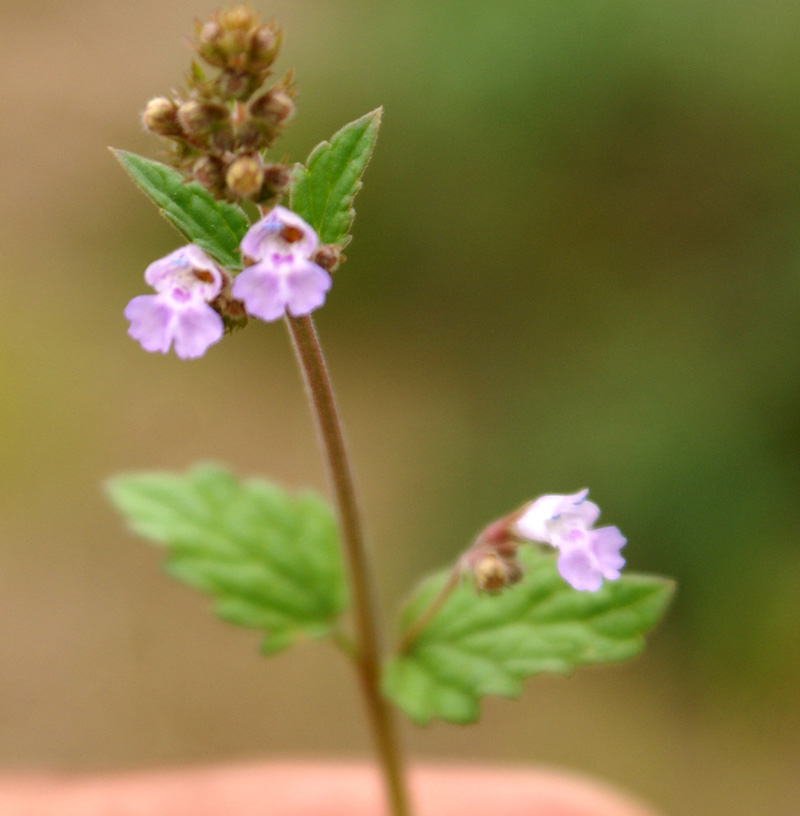
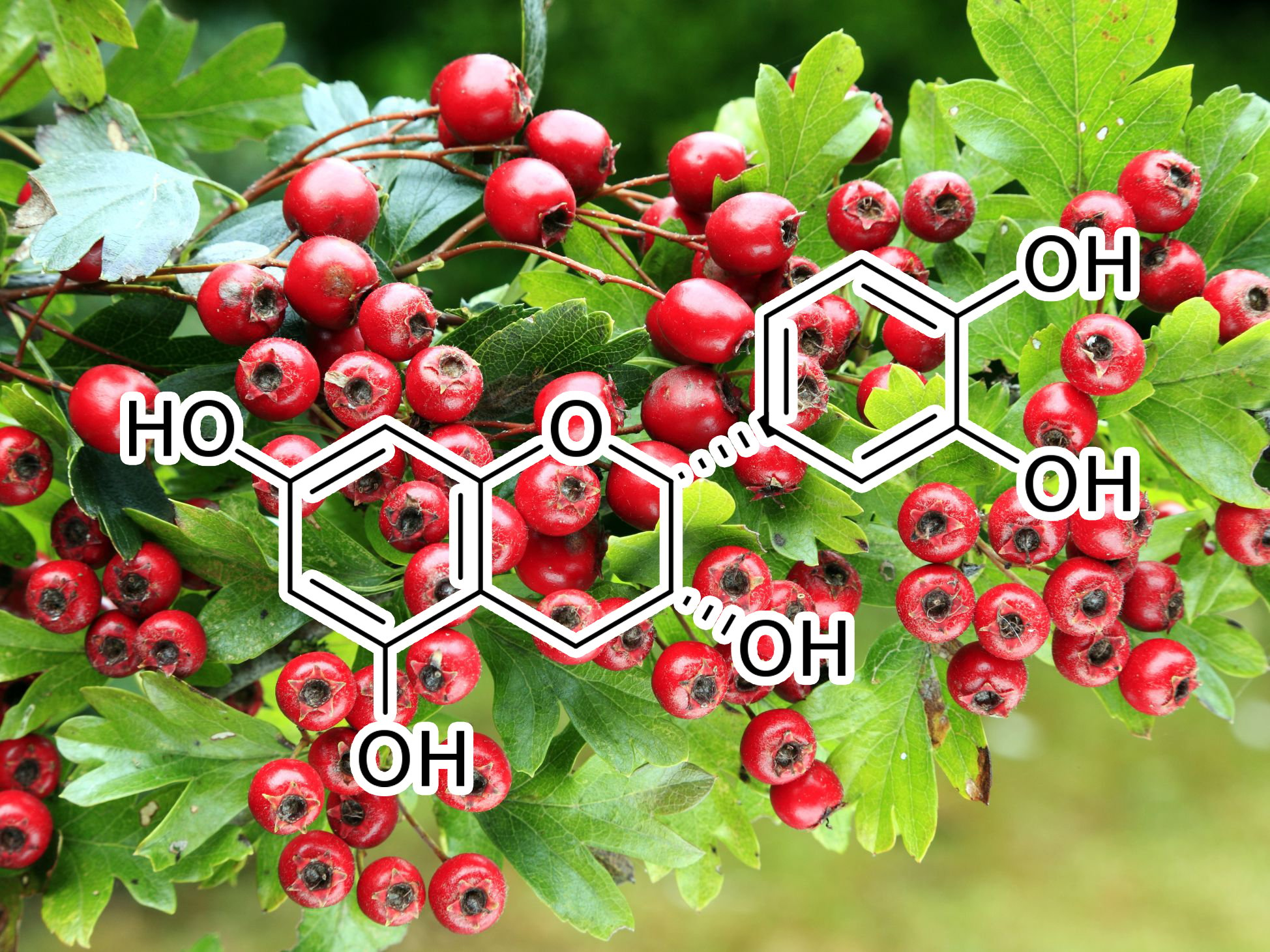
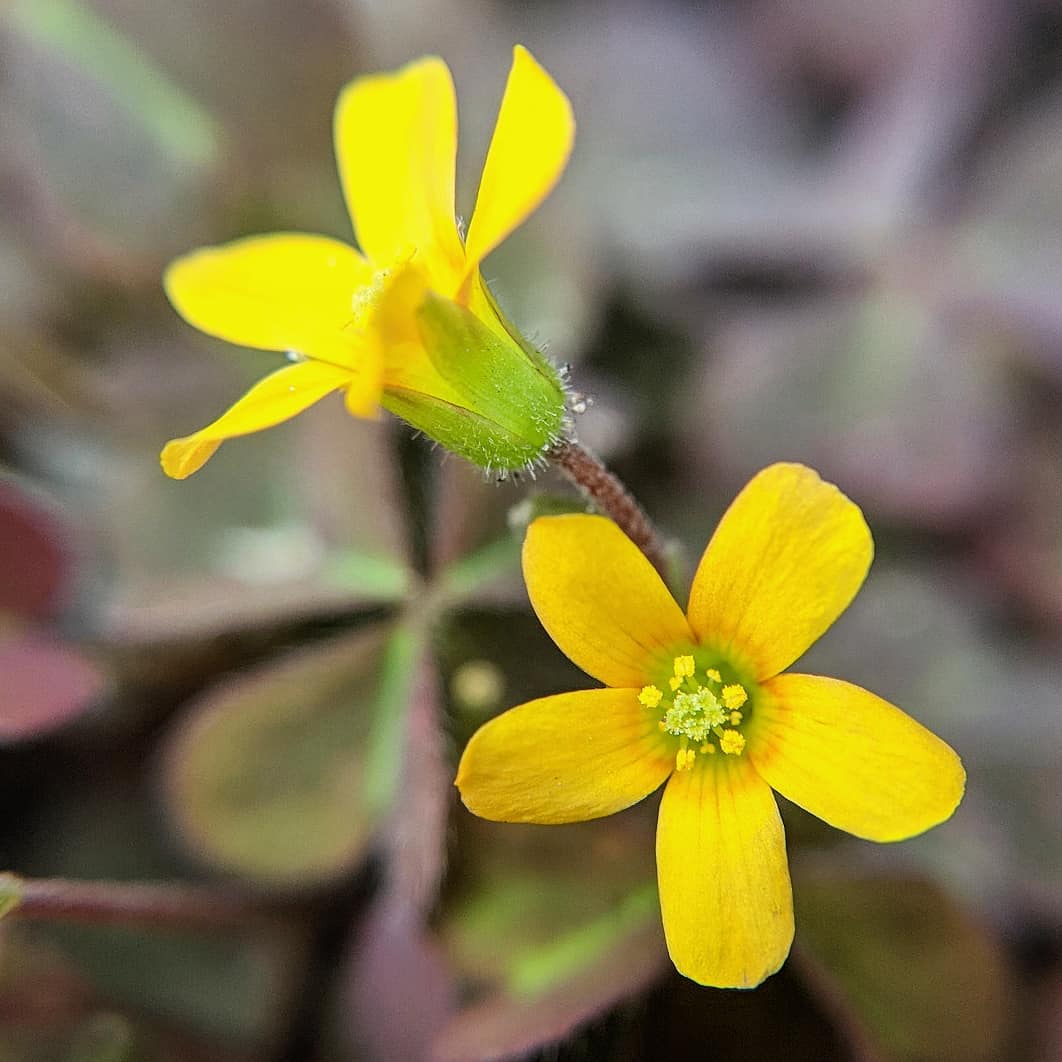
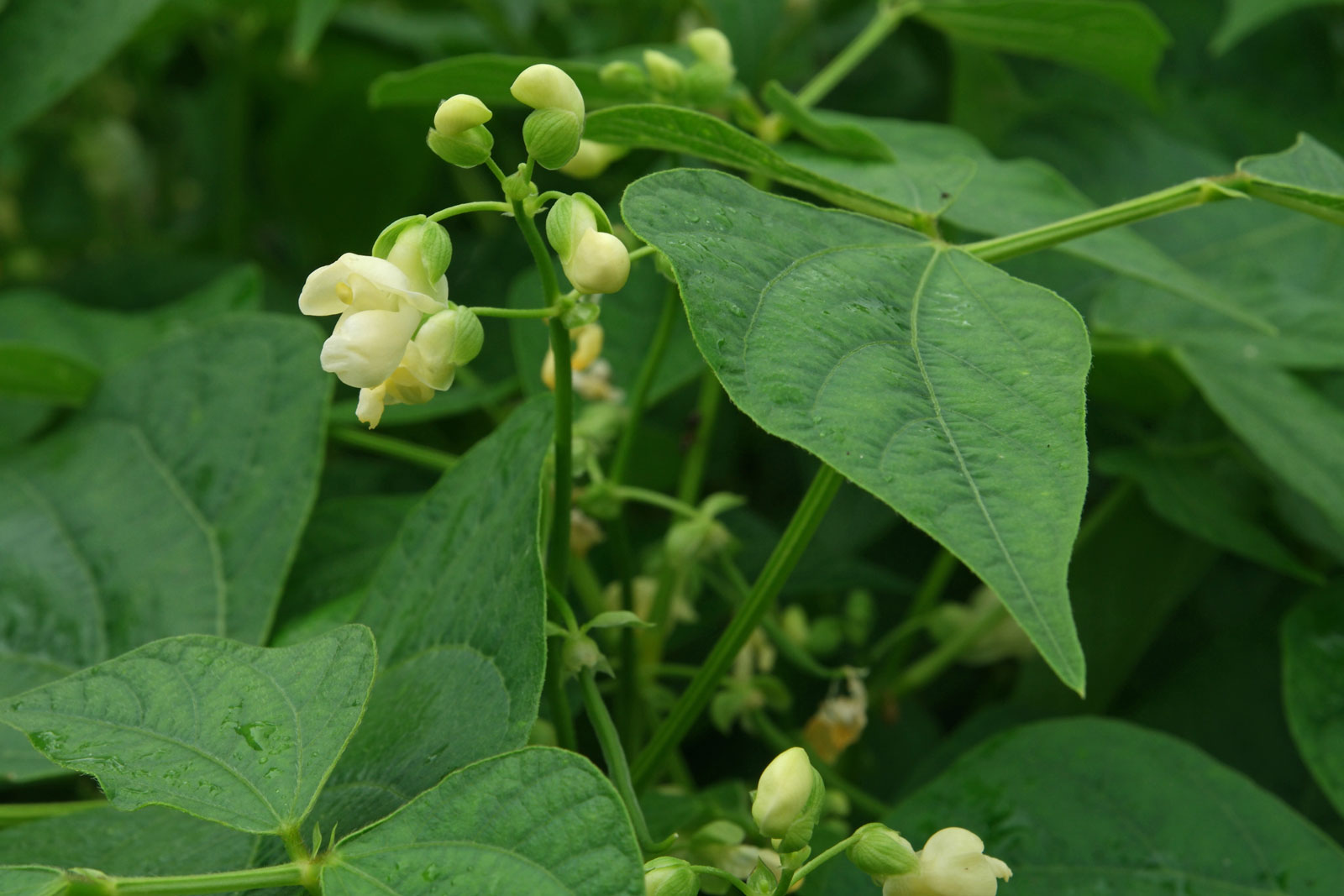
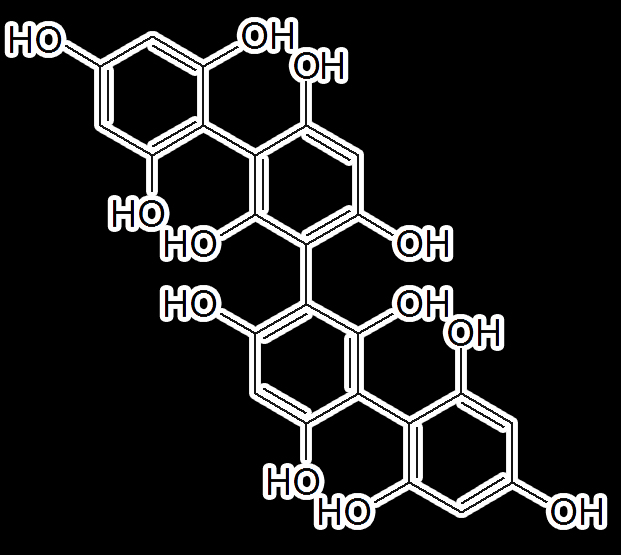
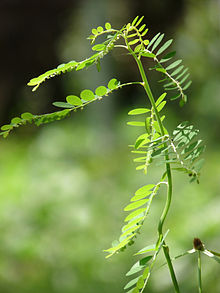
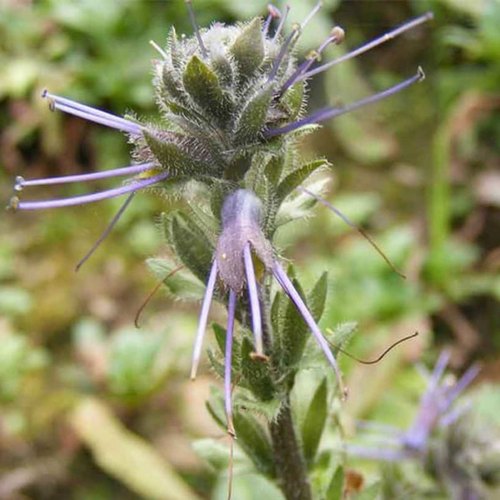

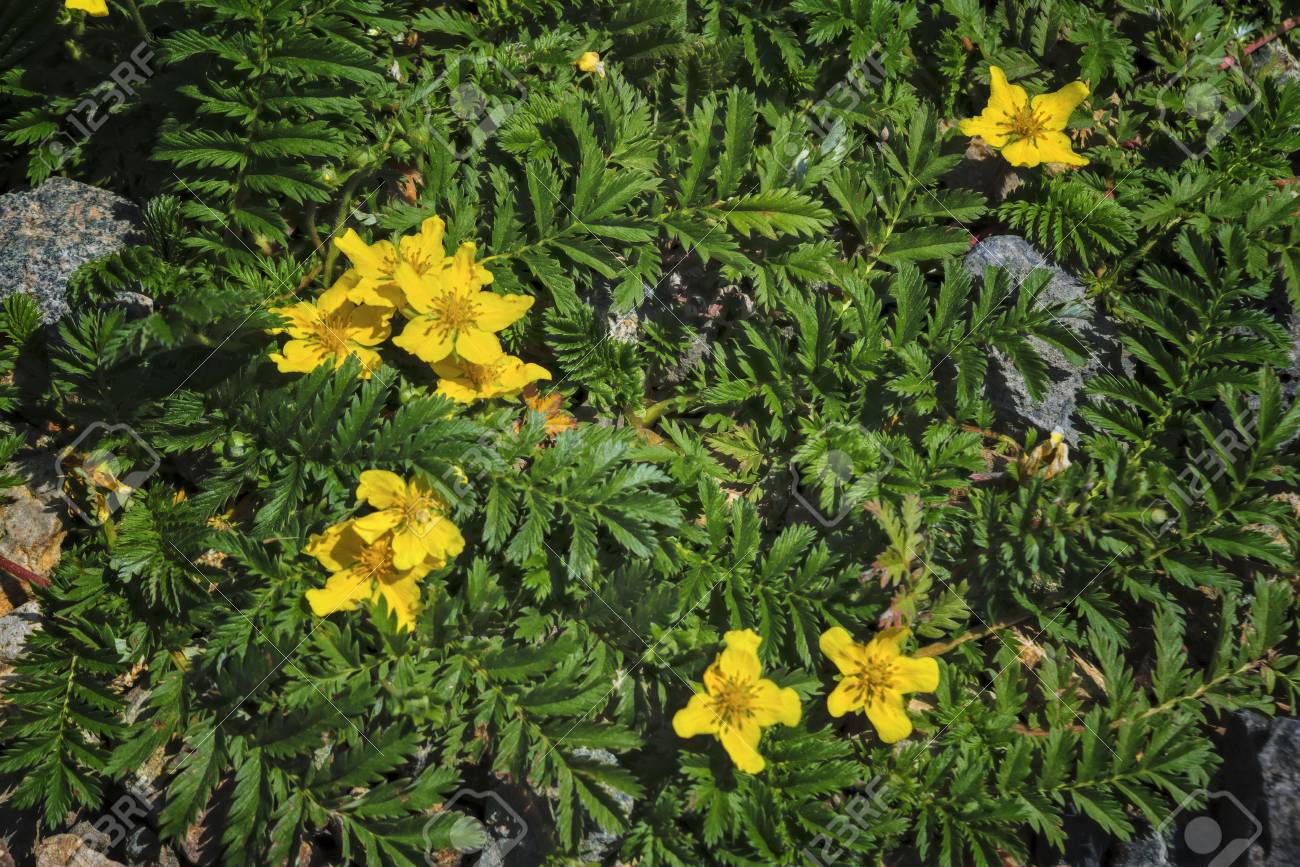
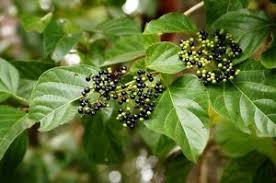
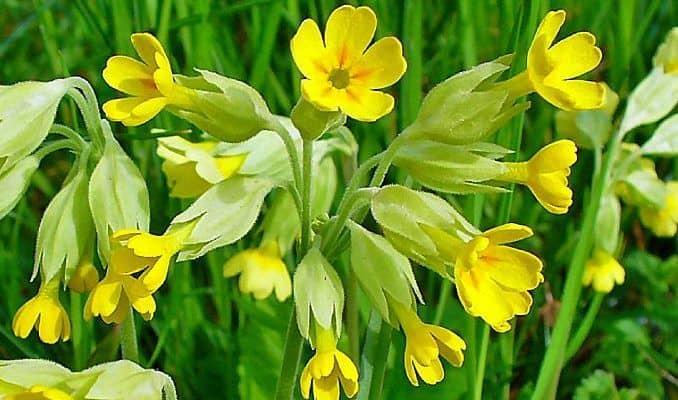
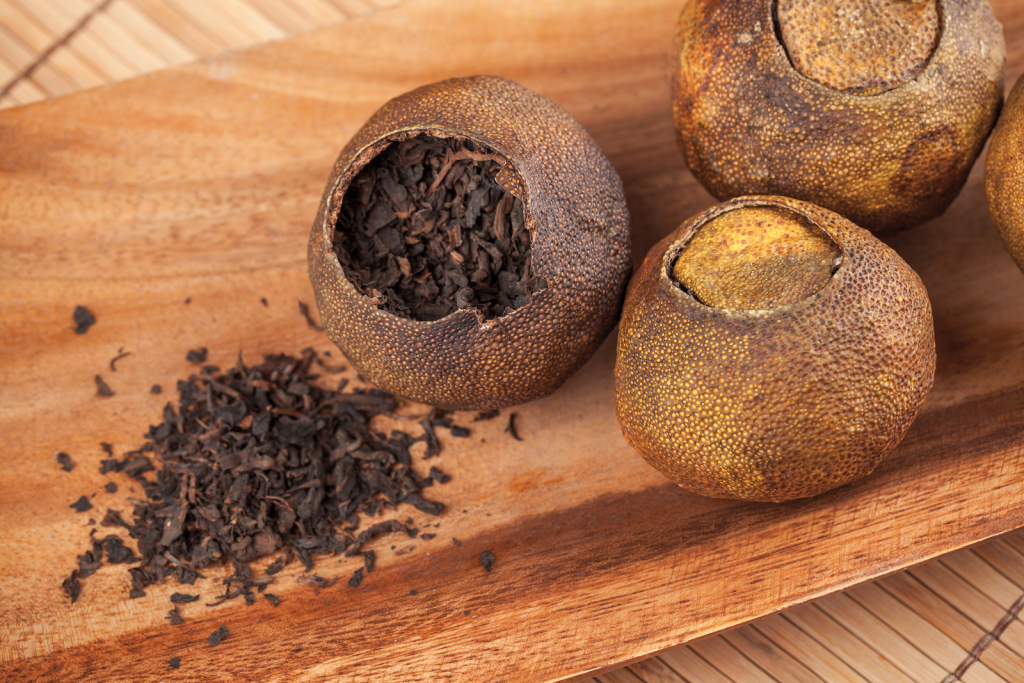

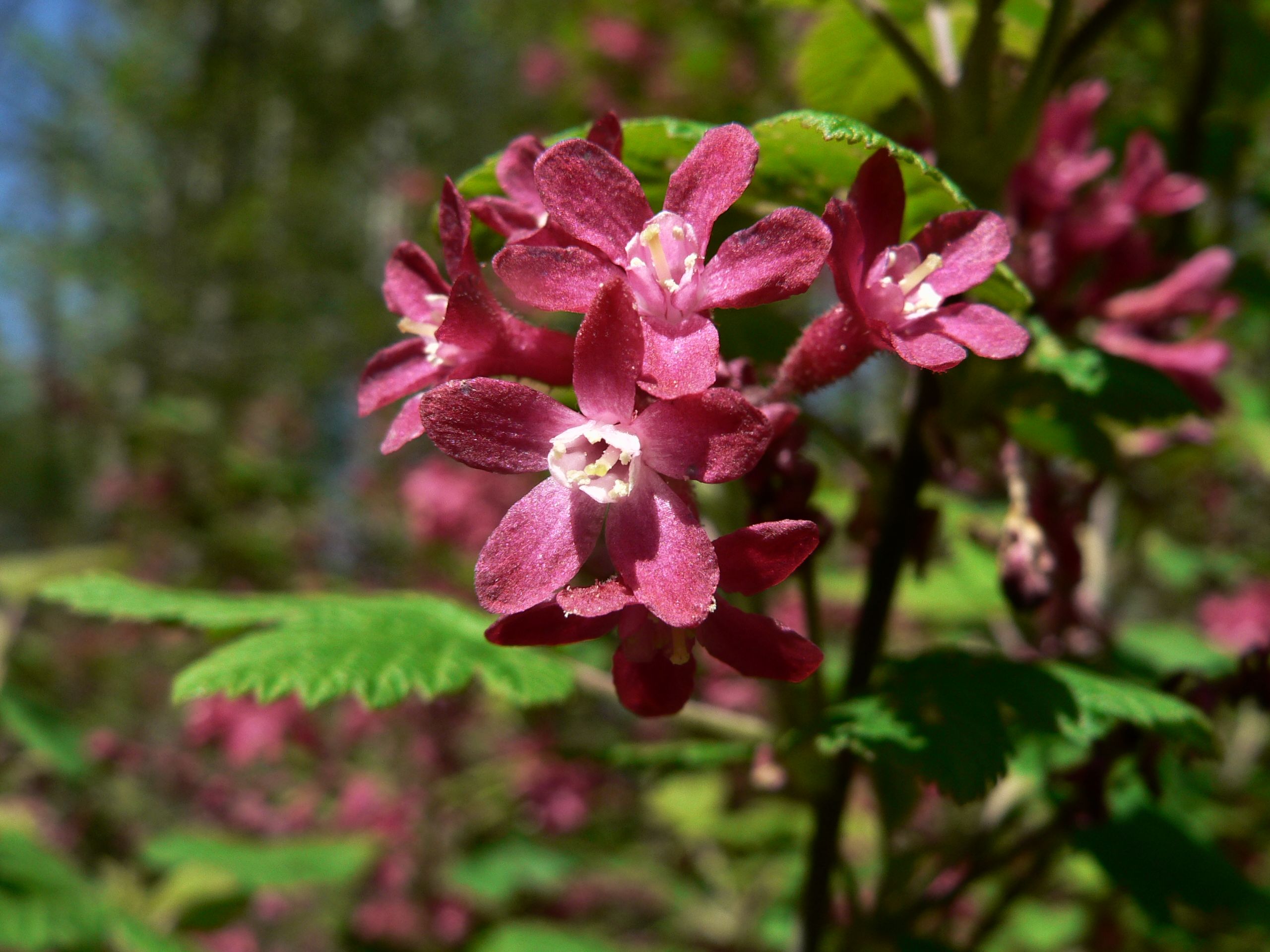
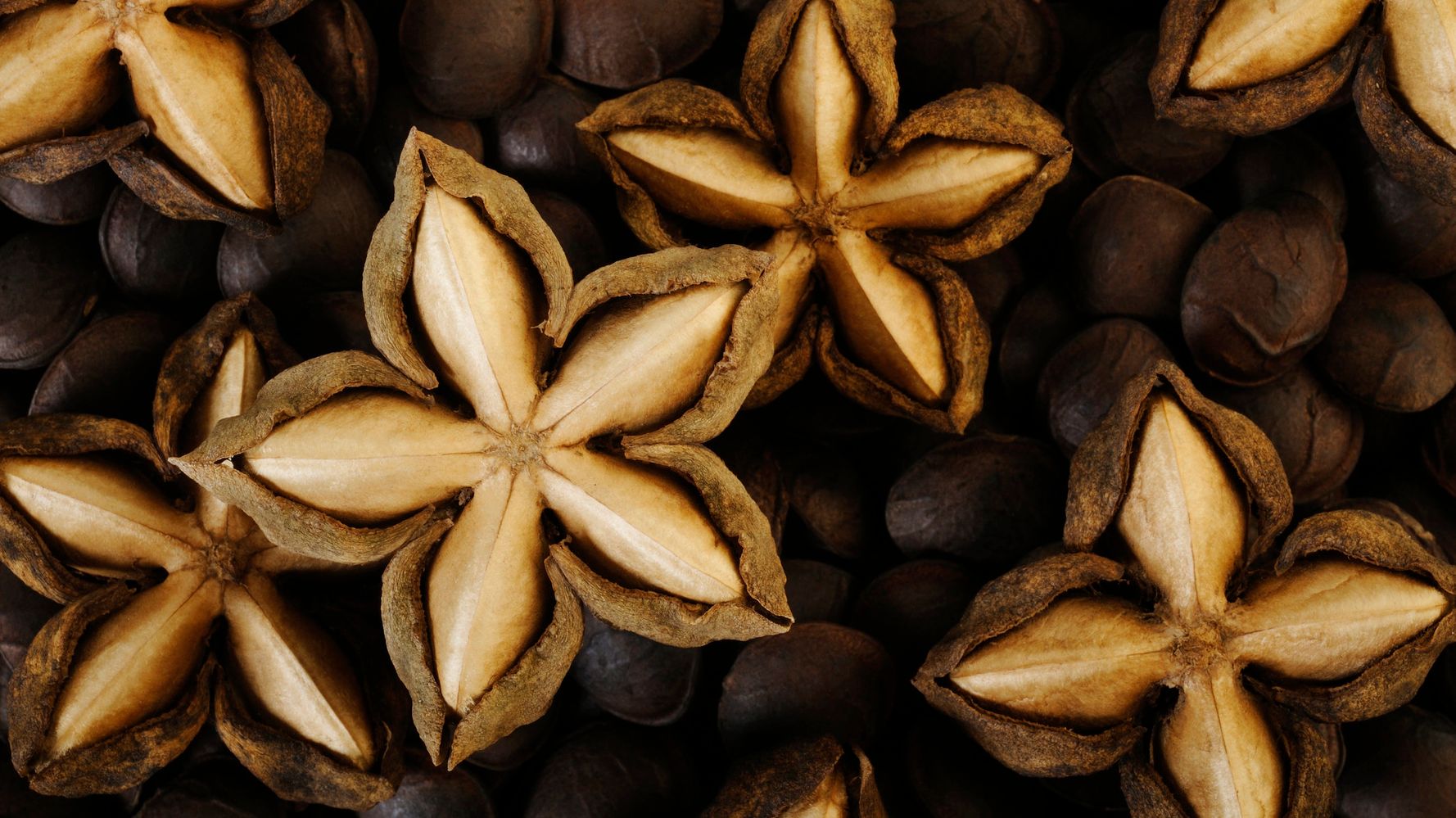
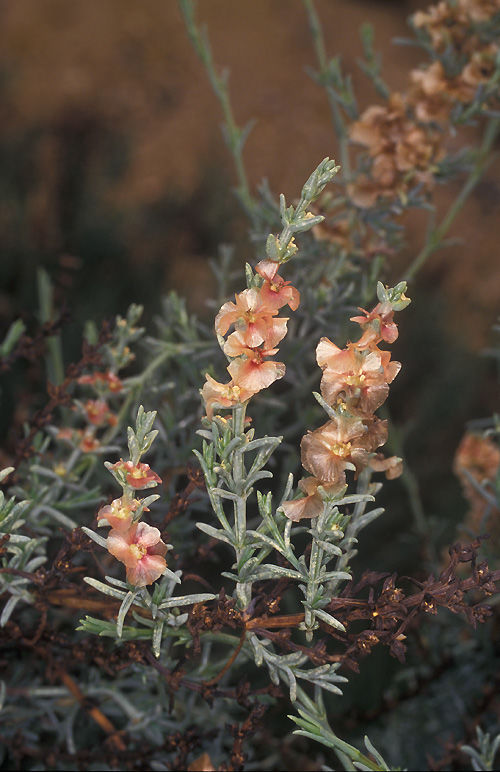
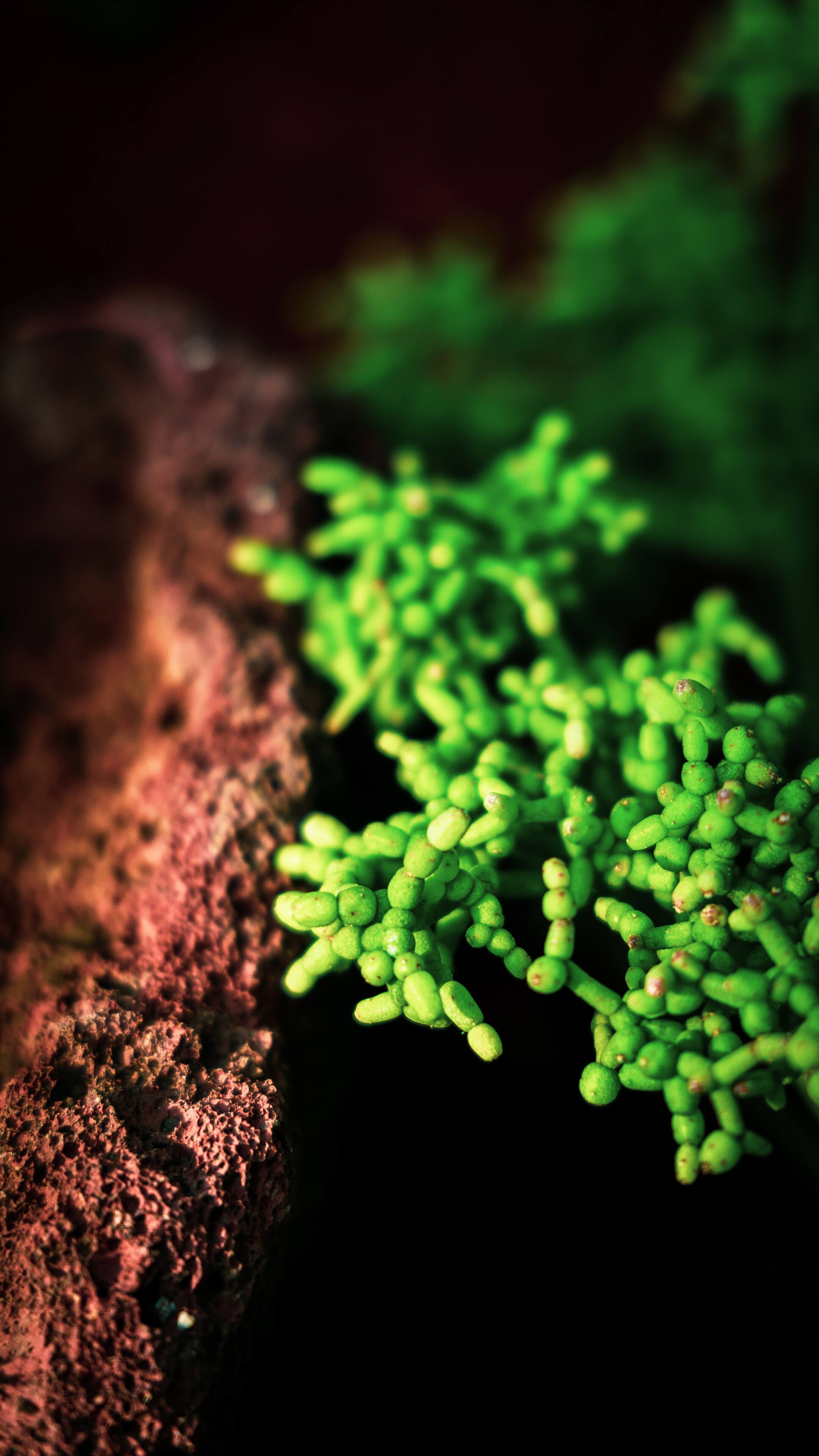
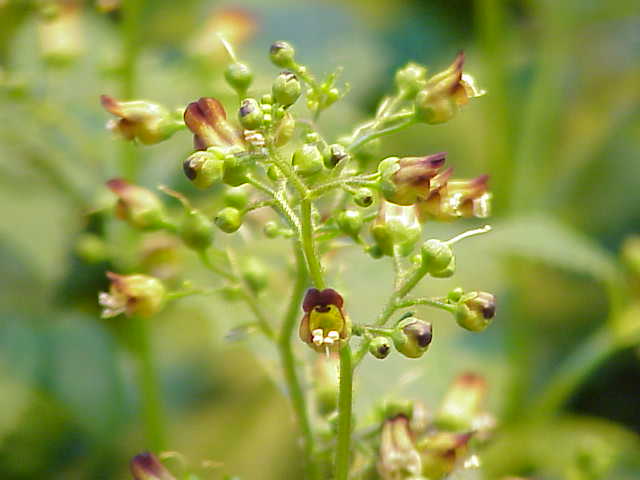
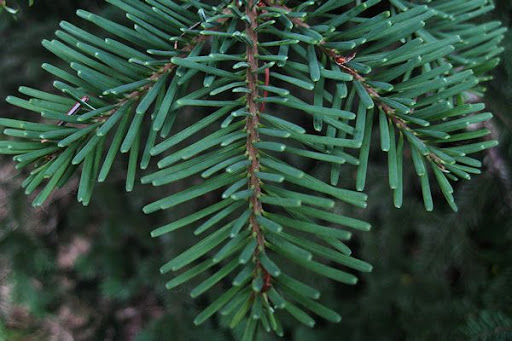
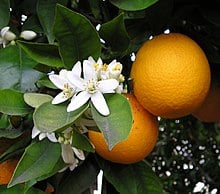

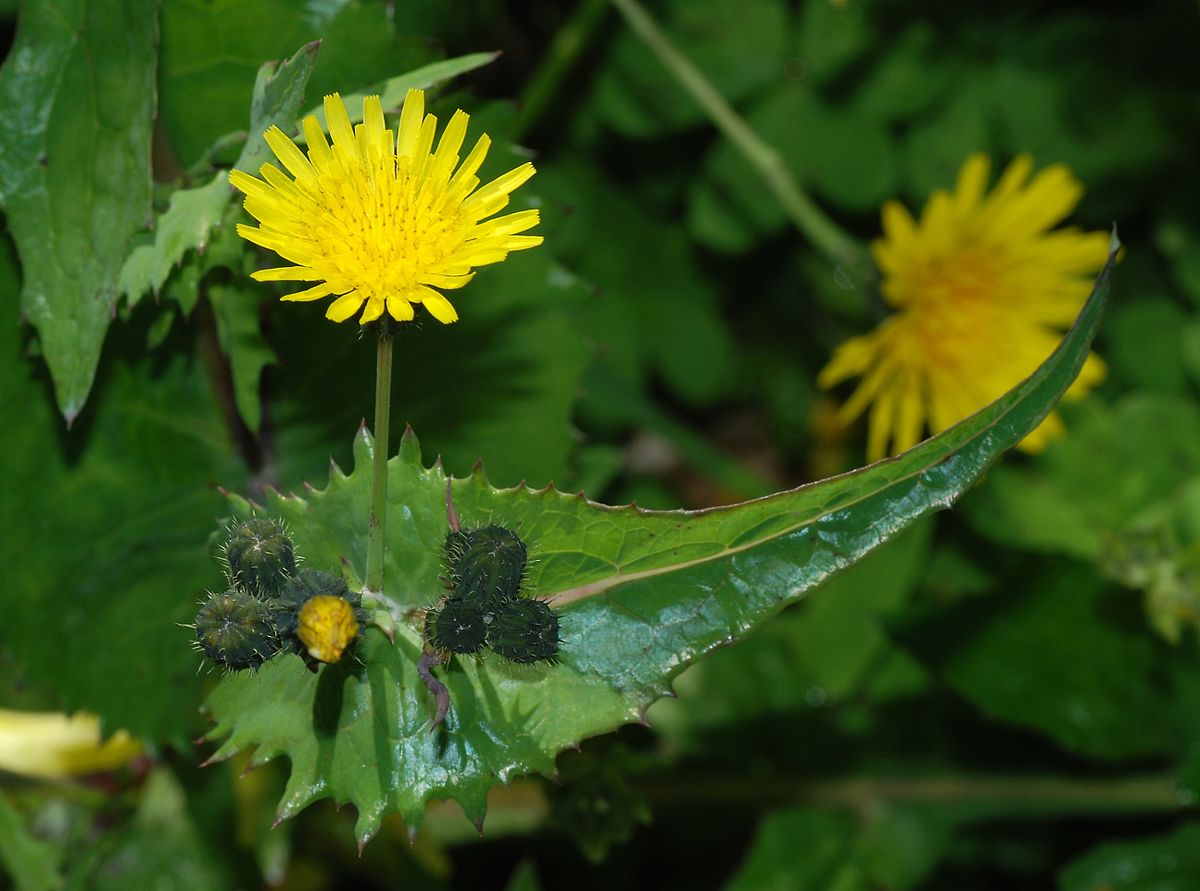

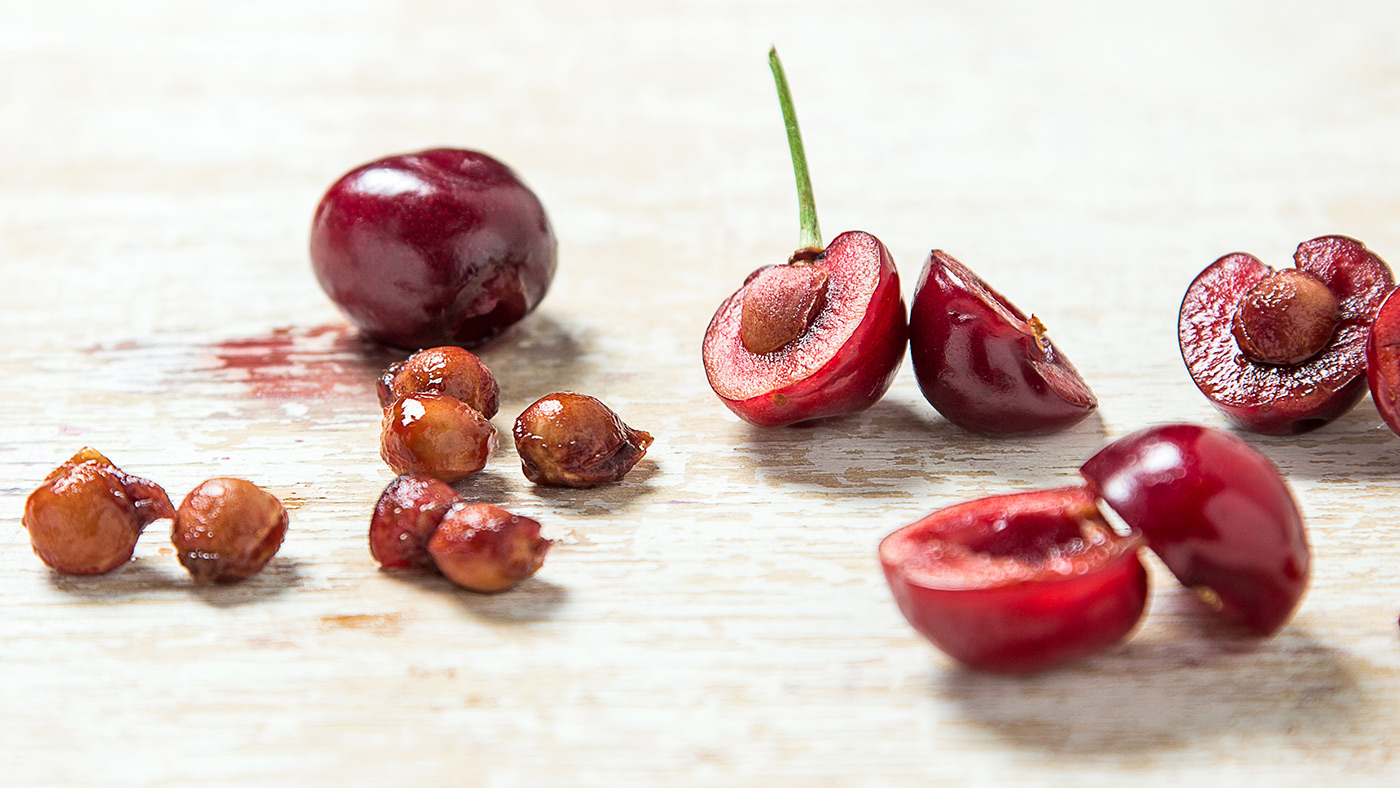
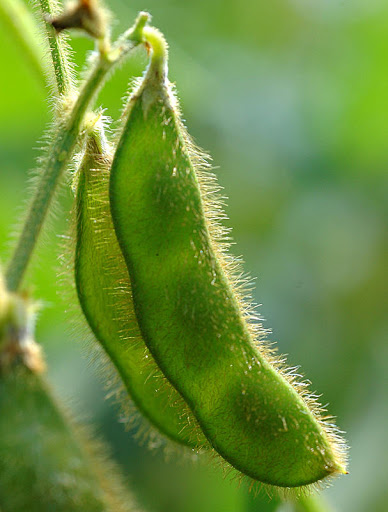
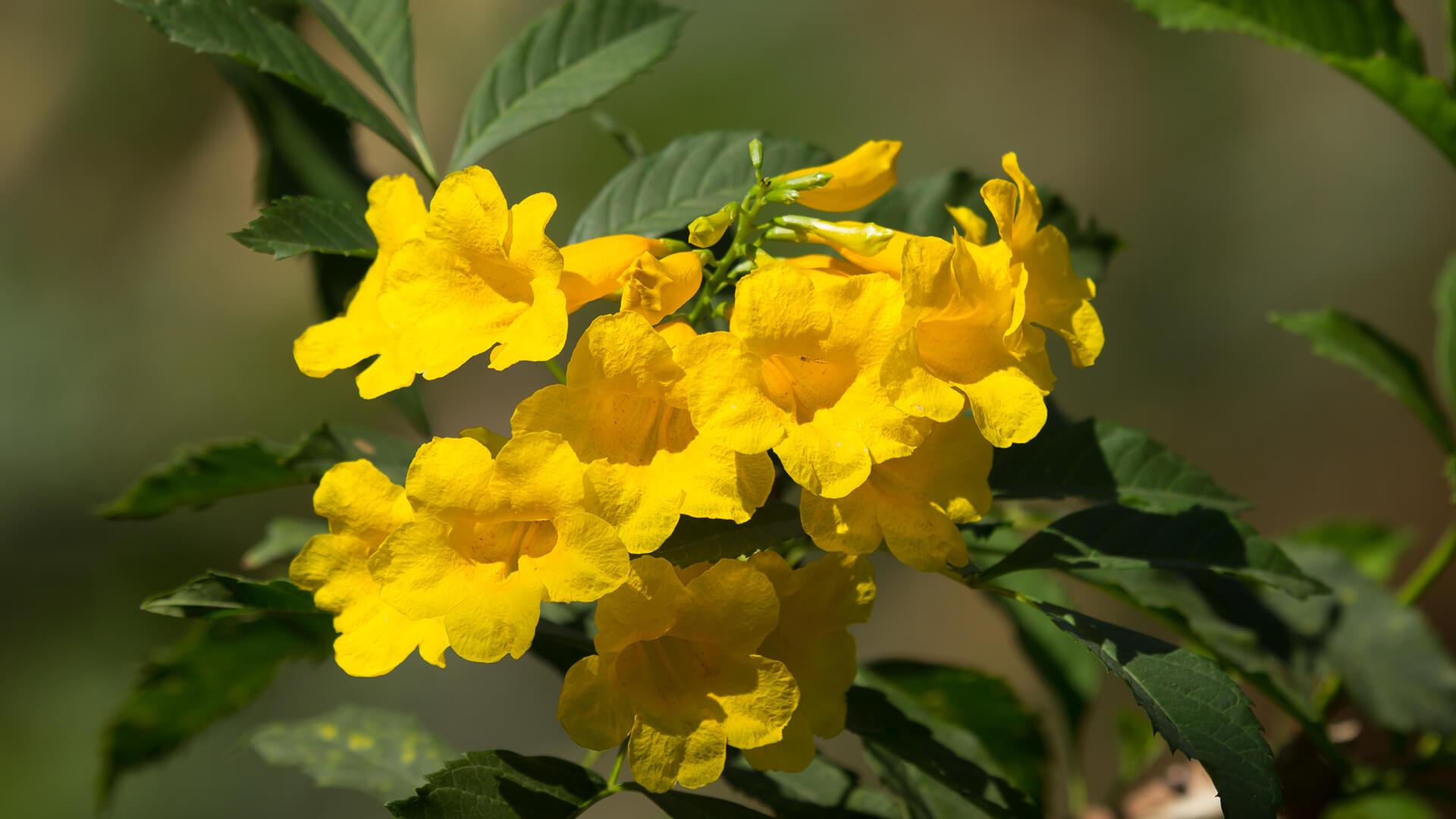
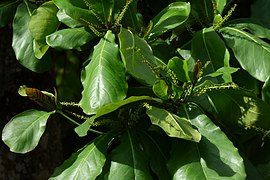
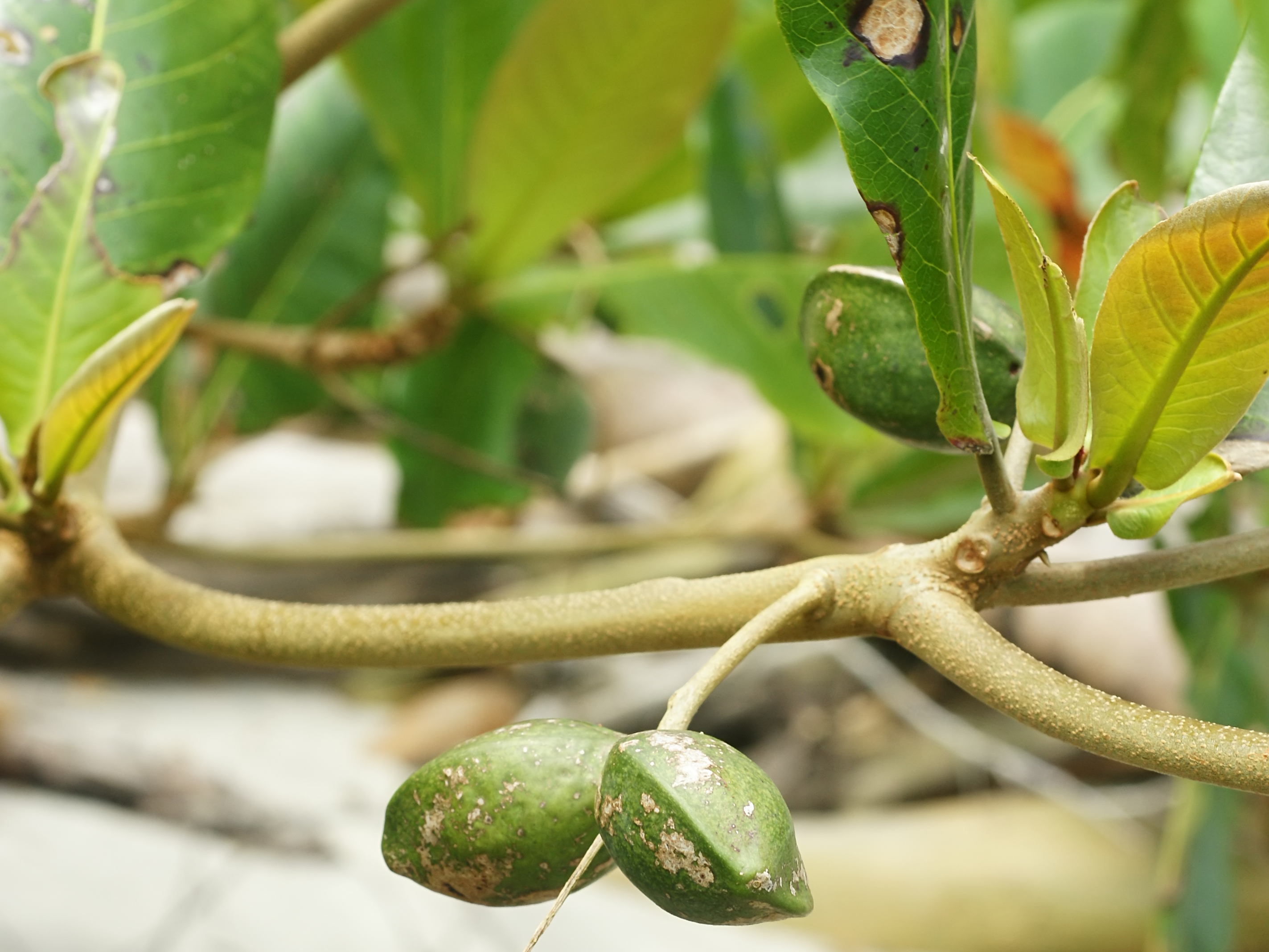

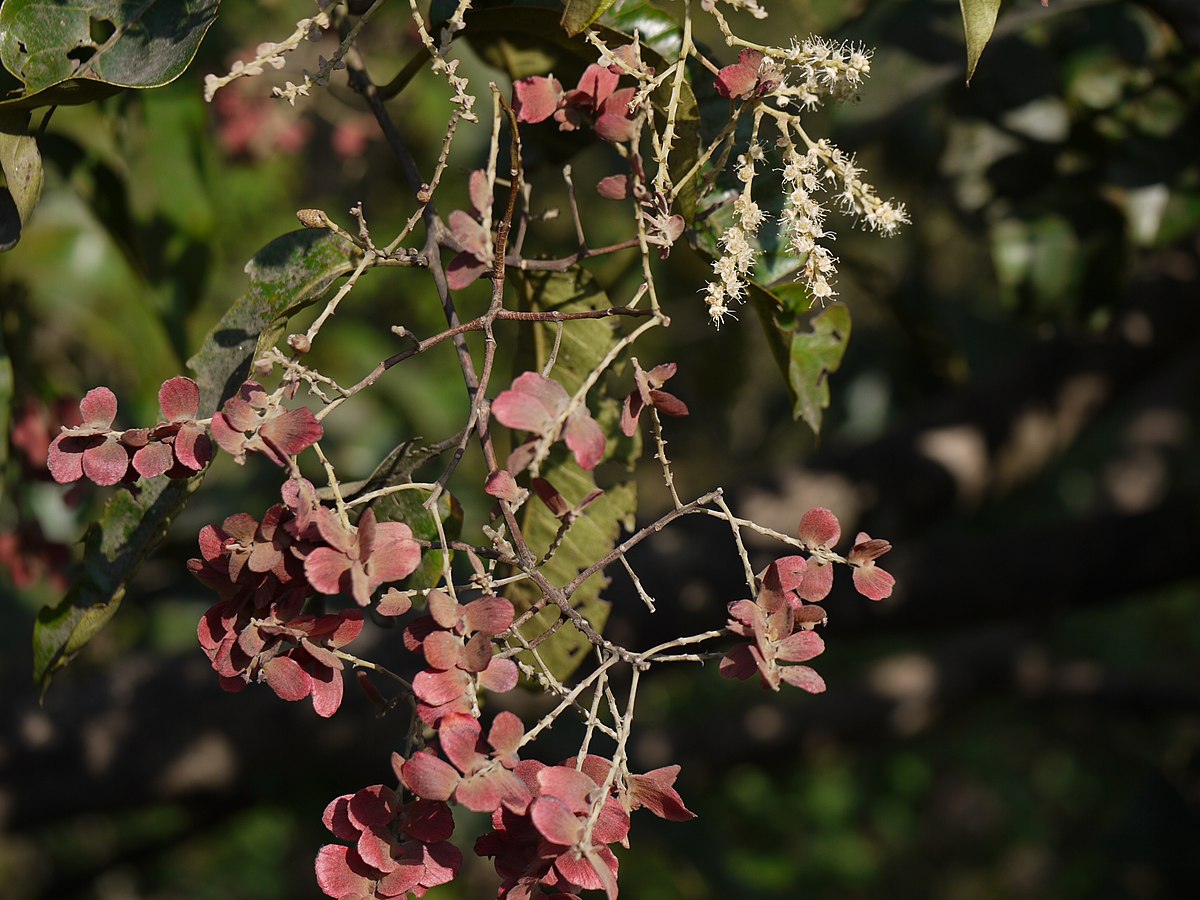

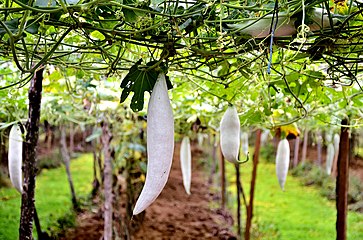
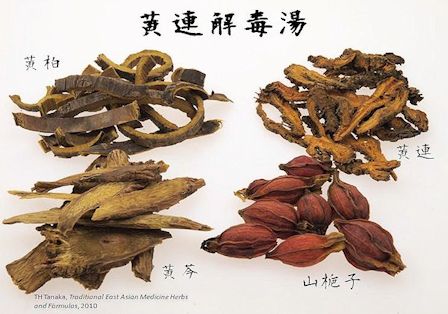


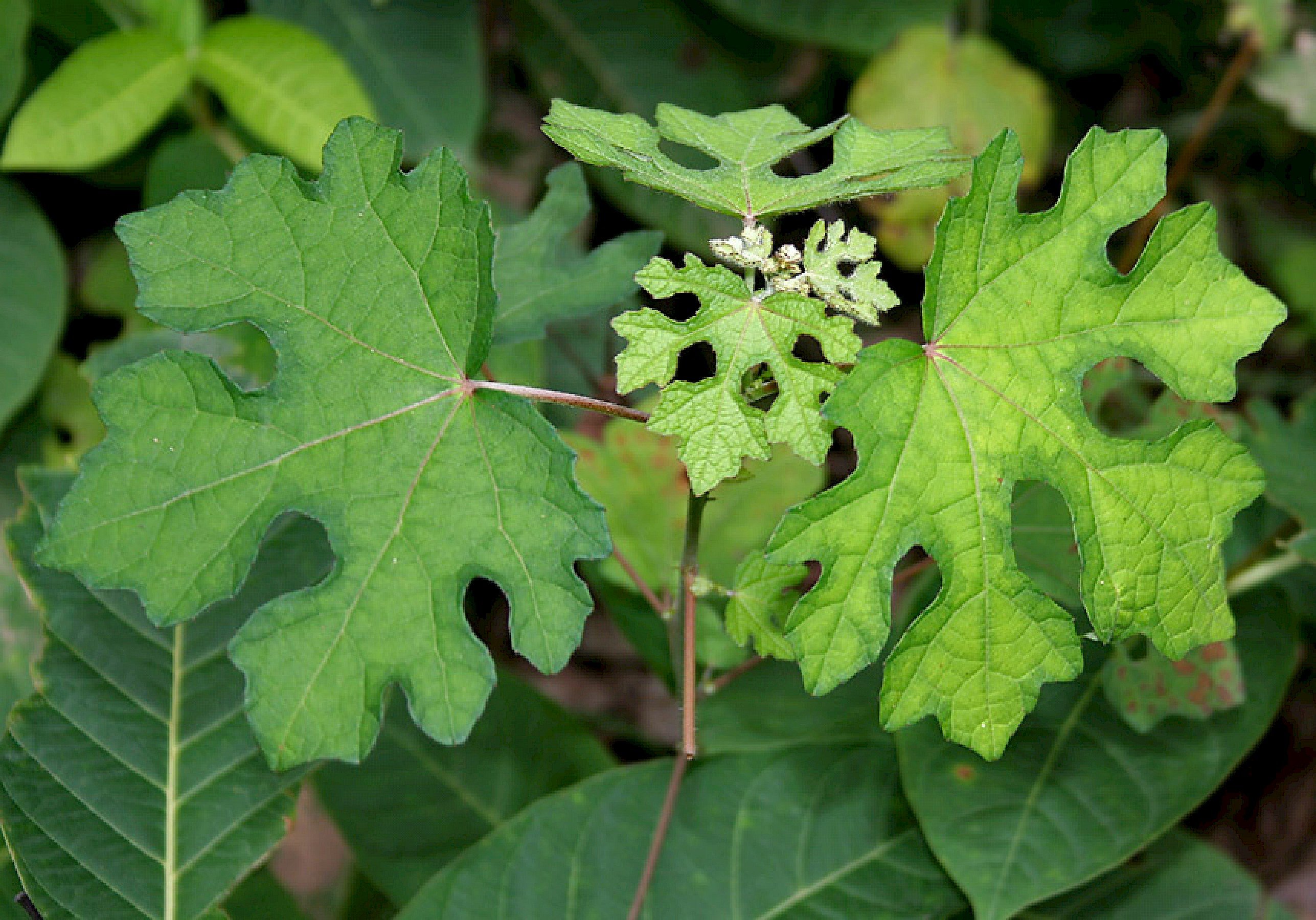
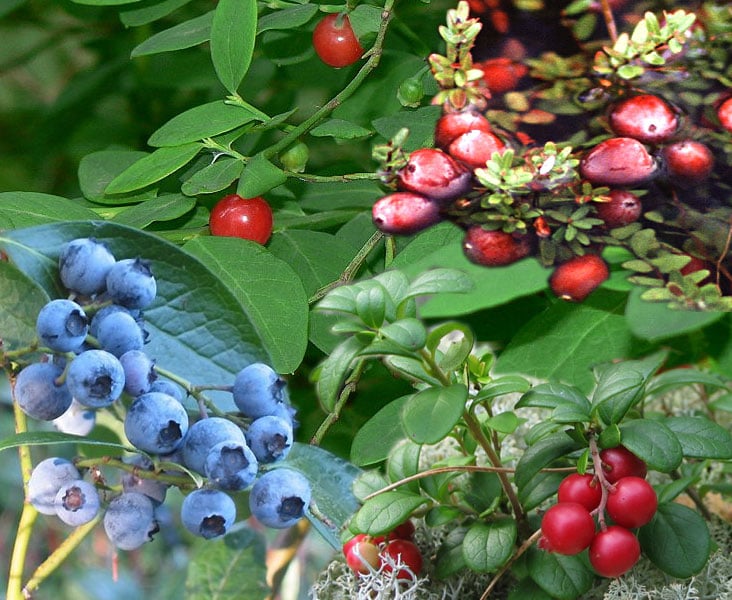
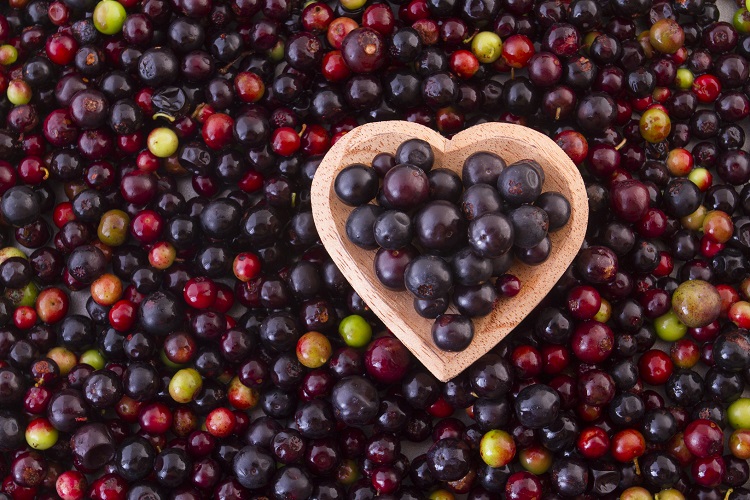
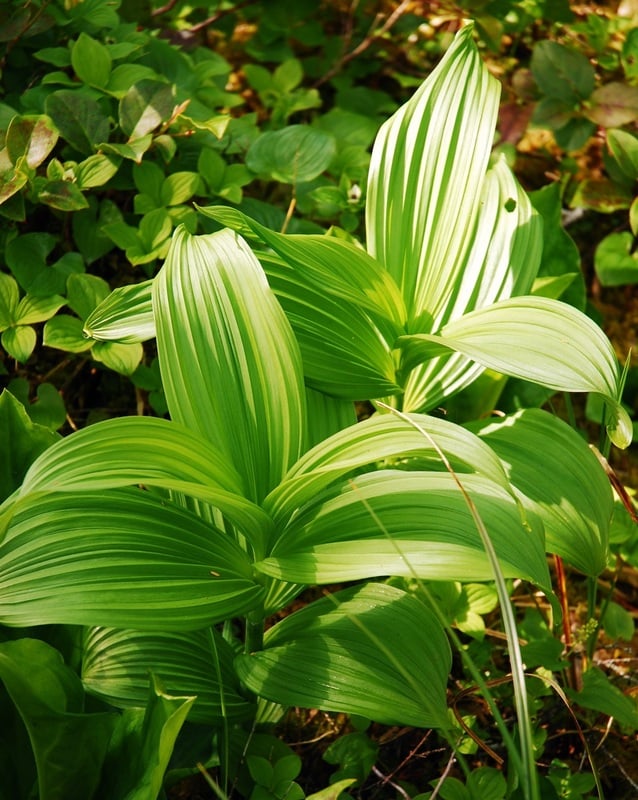

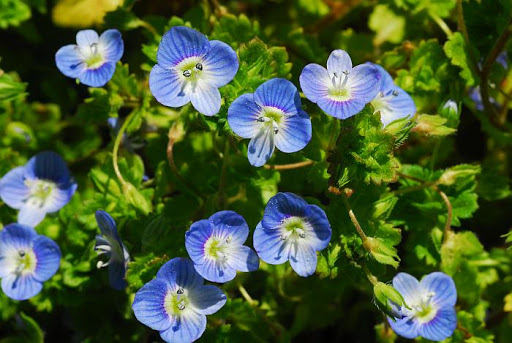
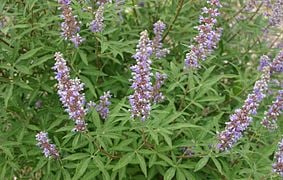
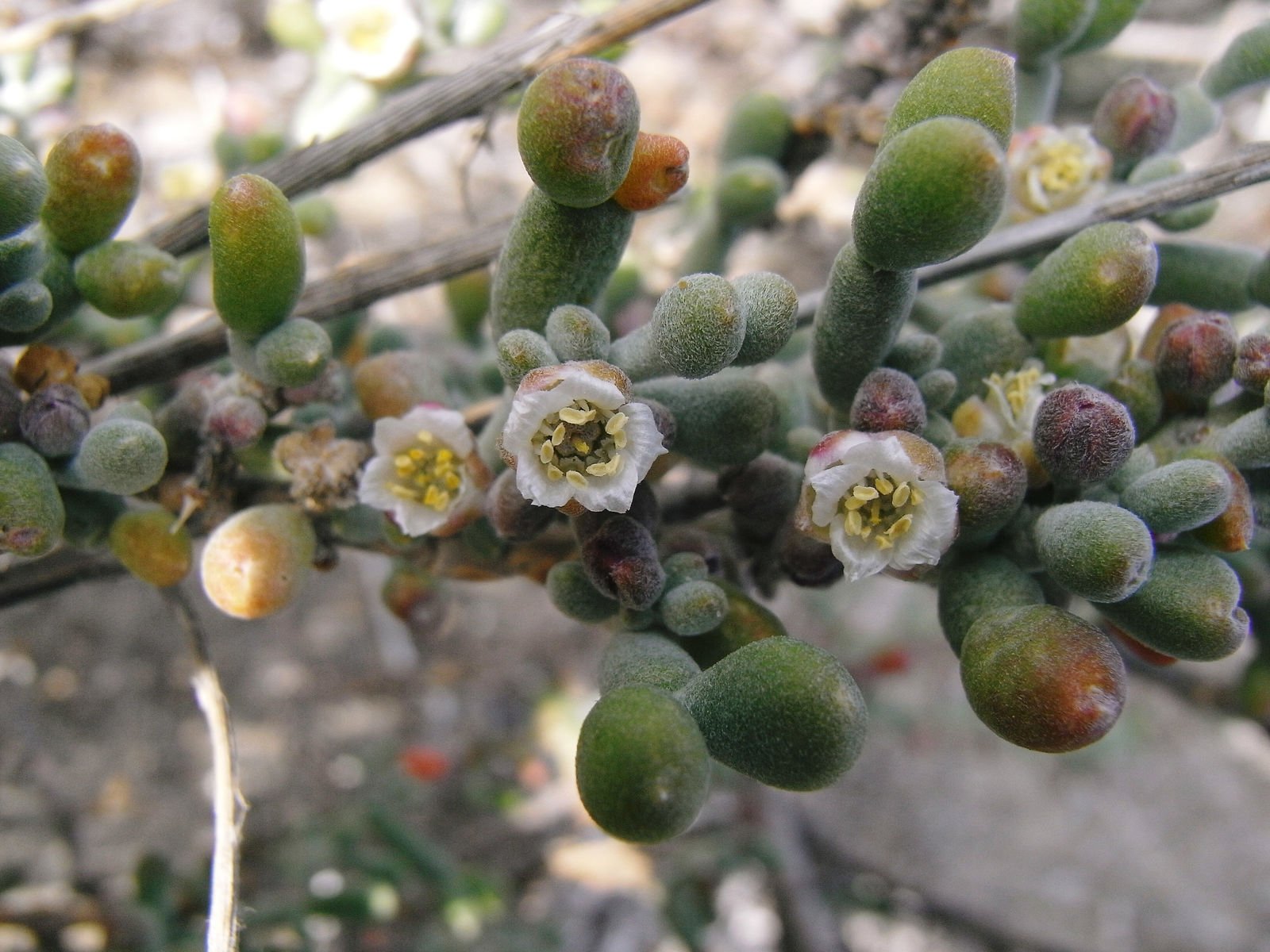
Rich Ryan –
Wow! This is my new favorite blend!
I’ve had heart issues due to blockages since I was 32. Now I’m almost 50, so this has been a 15+ year battle for me.
Immediately upon taking EKG I noticed my circulation improving. I felt more alert, calm and energized. Like a calm supporting hand lifting some weight off of me.
My whole body felt better and more relaxed than I remember feeling in awhile.
I will definitely keep taking this blend, probably twice a day in the years to come.
Another super duper herb masterpiece from Interstellar!
BRAVO!
Paul Benson –
Alright, this review is a bit overdue, but I wanted to have a chance to thoroughly test this because when you have a chronic heart condition, I don’t think you can just take something for a week or two and then make a judgment call.
So, if you’d like the short version: it’s good stuff, and I recommend it.
Now for my bigger review:
The very first time I took EKG I felt my heart muscle literally relax. It’s a very interesting/weird feeling, but it just sort of went “ahhh” and I felt my heart just relax and ease into the proper beat rhythm.
From there, the pain that I typically experience went down, and I was able to function normally again, which let me tell you, is a nice thing to have.
Normally, Spice is my go to–and please, if you’ve got heart issues take Spice–but, sometimes, if you’ve got a body like mine, it gets used to various treatments after a while, and you’ve got to switch up what you’re taking.
I’d emailed Gavin about this, and he recommended EKG, and I’m so grateful that he did.
Over the next few weeks, the pain and exhaustion throughout the day lessened, and the coronary artery spasms lessened.
For some reason at nighttime, I have extra issues. It feels like I’m getting a panic attack, and yet not at the same time. Let me explain: I’ll be meditating, and my body is super relaxed, my mind is relaxed, I feel no stress or anxiety, and then I’ll lie down and my heart starts racing and my legs start twitching. Mind remains calm. Body’s like WTF are you doing to me!
But here’s what’s interesting—taking EKG at nighttime lessens those nasty sensations! I haven’t found it to make me so alert I can’t sleep, but rather, it seems to help things just work like they’re supposed to.
Now, because I’m an experimenting guy, I also wanted to try mixing some of the other blends with this one.
For some reason, I don’t do well mixing Spice and EKG. My wife does great on this, and I’ll get to her story in just a minute. For me, I find that I have to switch on and off between the two to have the best of both.
However, I found that my absolute, hands-down favorite mix is EKG and Autonomous. Take those two together, and get ready for your brain to sing. I work creatively, and when your hearts giving you fits, the creativity just shuts down.
Not so with this little mixture. It’s like all of the lights are on, everyone’s home, and what do you know, the sun is now shining all at once. I can basically plan on having clear, interesting, helpful thoughts. (Autonomous is great on its own btw, I just love how these two mix.)
So, my wife has sometimes had a bit of an irregular beat. And when that happens, it wipes her out, physically, mentally, emotionally. I started giving her EKG and Spice together, and just this morning I was asking her about her symptoms and how she’s been feeling. And she’s been feeling great. I’ve also been watching for her signs that she’s not feeling well–and without fail, when she takes the EKG, she feels better. For her, it’s not as dramatic, what happens though, is that she just feels normal and doesn’t even need to think about her heart, which if you think about it, is probably how it’s supposed to be.
For the last bit of info–I just took a nuclear stress test.
Despite years and years of chronic pain and stress and multiple heart attacks, my heart is working like it’s supposed to. I still do get spasms, but typically not as many. But what’s wonderful, is that there was no lasting damage. For years and years, researchers and doctors said you cannot regrow nerves. Well then that was proven false. For years and years they’ve said you can’t heal a damaged heart. Well, I think that’s false.
At the end of 2019, I didn’t think I would live to see 35. I was in that bad of shape (and I don’t mean overweight, I had a six pack and and great muscle). I’ve been dealing with heart issues for close to 20 years. But now, I think I’ll actually get to see my kids grow up.
And I attribute that to these blends.
Thanks Gavin, your products mean the world to me and my family.
Patricia (verified owner) –
I’ve been taking the blends for over a year. LET ME TELL YOU, these are by far the BEST thing I stumbled upon. I have always been into alternative medicine and am never willing to take what big Pharma is pushing on me. I am a retired Registered Nurse and have pushed back against Pharma my entire career…weird right but my eyes were opened.
I have suffered with arthritis, pain, low energy but feeling of impending doom, thinning hair, and high blood pressure. Let me tell you….I tried many supplements to try and reverse these symptoms and nothing worked. Again by the Grace of God, I came across Gavin and his life saving blends. What a game changer!!
Here’s my results. By taking Peel and Spice for Arthritis, I have function back in my wrists and pain is under control. Low Energy and impending doom? GONE with NEBULA and TRINITY…I have never felt so calm and let things pass in my entire life! I use to be high strung and everything effected me. After having what I think was COVID..(never got tested) I started loosing my hair. How disturbing to me. I have been taking the hair blend and is thankfully growing back. Last but not least, EKG has brought my blood pressure into normal range. At every annual physical, my blood pressure was so high sometimes they didn’t want me to leave the clinic. This is a game changer for me. So happy I’m not in the critical zone anymore.
I could go on and on about the blends. Purge, Glucose Blocker, Anti Adipogenic, Thermo, and Autophagy for loosing weight…OFF THE CHARTS. I lost 10 pounds and have kept it off for over a year.
This is getting long so just try them….you’ll never go back! Thank You Gavin so much for your life saving and beautiful blends. They are filled with Love.
Berenice (verified owner) –
I like all the blends in general and some in particular. EKG is one of the ones I love. I’ve been taking EKG for more than 2 years already and also giving it to my mother for high cholesterol. My mother has been taking Statins for several years, but since starting EKG she stopped taking it, and her cholesterol are still within normal limit.
My cholesterol was also borderline high a couple of years ago and now, it’s within normal limit. My doctor asked me at my last physical, what I was doing differently, because a couple of years ago, my HbA1c was at prediabetes level, my cholesterol was high and I was 25 Ibs heavier. But because of the blends, all the numbers are back to normal. I feel younger and stronger.
Jay Church (verified owner) –
Firstly, big thank you to Gavin for creating this blend.
So I’ve just finished the pack and all i can say is wow. The healing powers that this blend possess are immediate and they last. Immediately after taking this blend your body feels relaxed and heart feels as it should feel. It gives you peace of mind that you are healing within.
This is certainly one of my favourite if not THE favourite blend that i have tried and will be on repeat orders for the future.
Big thank you GAVIN!!!
Lori Lines (verified owner) –
I can’t express how grateful I am for discovering EKG by Interstellar Blends nearly two years ago. It was a time of great concern when I suddenly experienced a spike in my blood pressure, something that had always been in the normal to low range. Desperate for a solution, I reached out to Gavin, and he recommended EKG. Along with making significant dietary changes to embrace a low-carb, no sugar lifestyle and adopting a 22/2 intermittent fasting regimen, I began taking EKG as part of my daily routine. The transformation was nothing short of miraculous; within just two weeks of following this regimen, my blood pressure returned to its normal healthy levels.
EKG has truly been a life-changer for me, and I can’t recommend it enough. Not only did it help me regain control over my blood pressure, but it also contributed to my overall sense of well-being. The natural and holistic approach of EKG aligns perfectly with my health goals, and I appreciate how it complements my lifestyle changes seamlessly. Gavin has created a product that has made a significant difference in my life, and I couldn’t be more grateful for his expertise and commitment to helping people like me achieve optimal health. If you’re searching for a natural solution to support your cardiovascular health, EKG is undoubtedly worth trying.
In summary, EKG by Interstellar Blends has been instrumental in my journey to restore my blood pressure to normal levels. Combined with dietary adjustments and intermittent fasting, EKG played a crucial role in my swift recovery. I wholeheartedly endorse this product and encourage anyone facing similar health challenges to give it a try. Thank you, Gavin, for providing a holistic and effective solution that has positively impacted my life.
Ivonne Bohorquez (verified owner) –
i like to be proactive knowing that heart disease still the #1 killer is simply mind boggling. I suffer from anxiety and in the past my heart rate and blood pressure were a little higher than normal compared to before i started suffering from anxiety and panic attack and indigestion. In 2019 i had my gallbladder removed. So i knew i had to start taking care of myself for the long haul, there is no point in life w/out good health at least in my opinion.
This not only made my palpitations which they were random go away but it also made me a little stronger. i noticed more vitality in my workout i was also breathing better which was good because i do suffer from nasal congestion which is not better too, yes you do have to fast and eat better but thats the whole point. I truly am grateful that i ran into these blends by luck or by the universe since we are all connected in this cosmos i like to believe is no coincidence and that i was meant to find a healer like Gavin that uses his knowledge to come up w these amazing formulas. It TRULY is a gift.
I also saw improvement w my mother as she got some similar blends such as ekg trinity hypnotic autonomus which i will be reviewing as well. My mother does not use a computer or a phone is this manner but to my surprise she also was noticing immediate health benefits from this blend as well. As she has a diagnosed murmur so i wanted to make sure she had this blend so i could worry less about her health and she told me wow these blends really do something. Over the years i spent 100 if not thousands on other supplements for me and her but she never really was like wow i feel this working so i knew right there that these blends would be a forever thing!!!!!!!!!